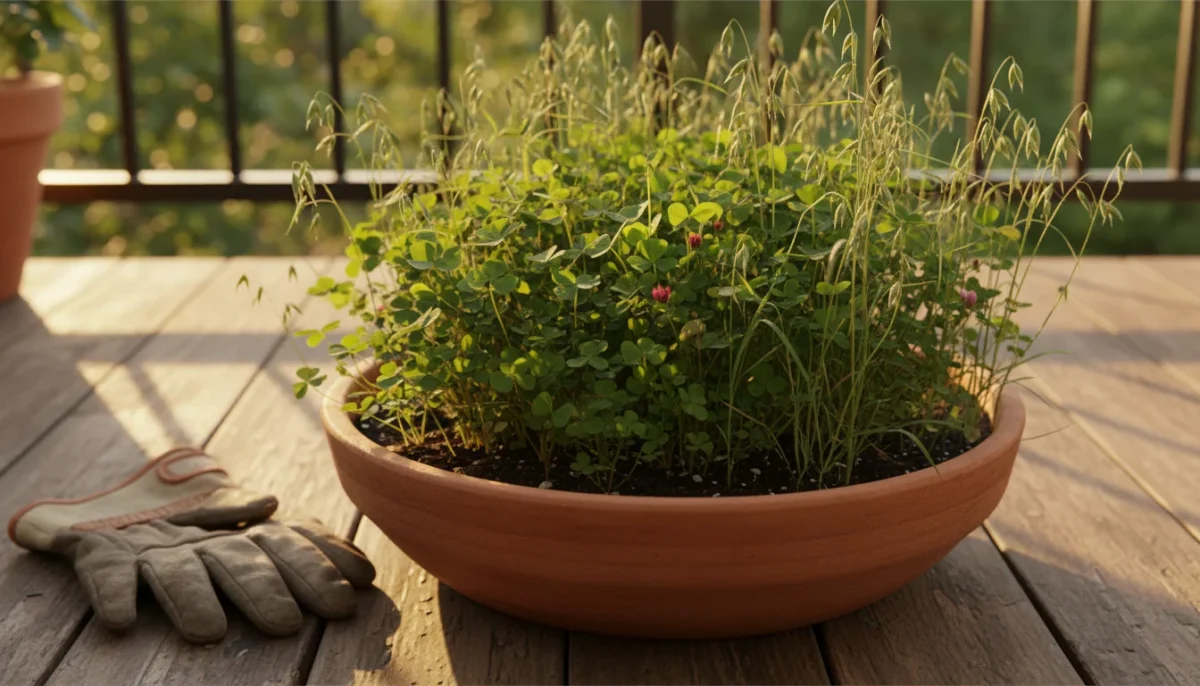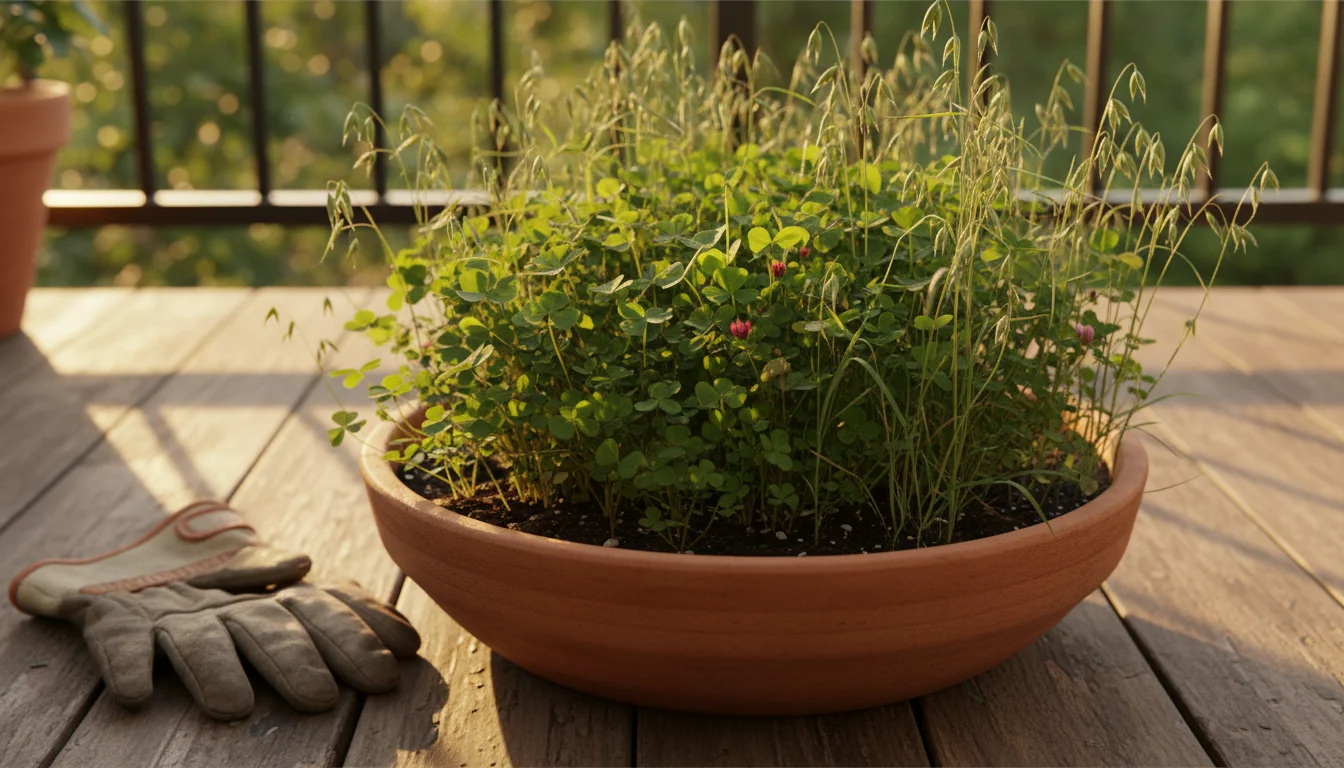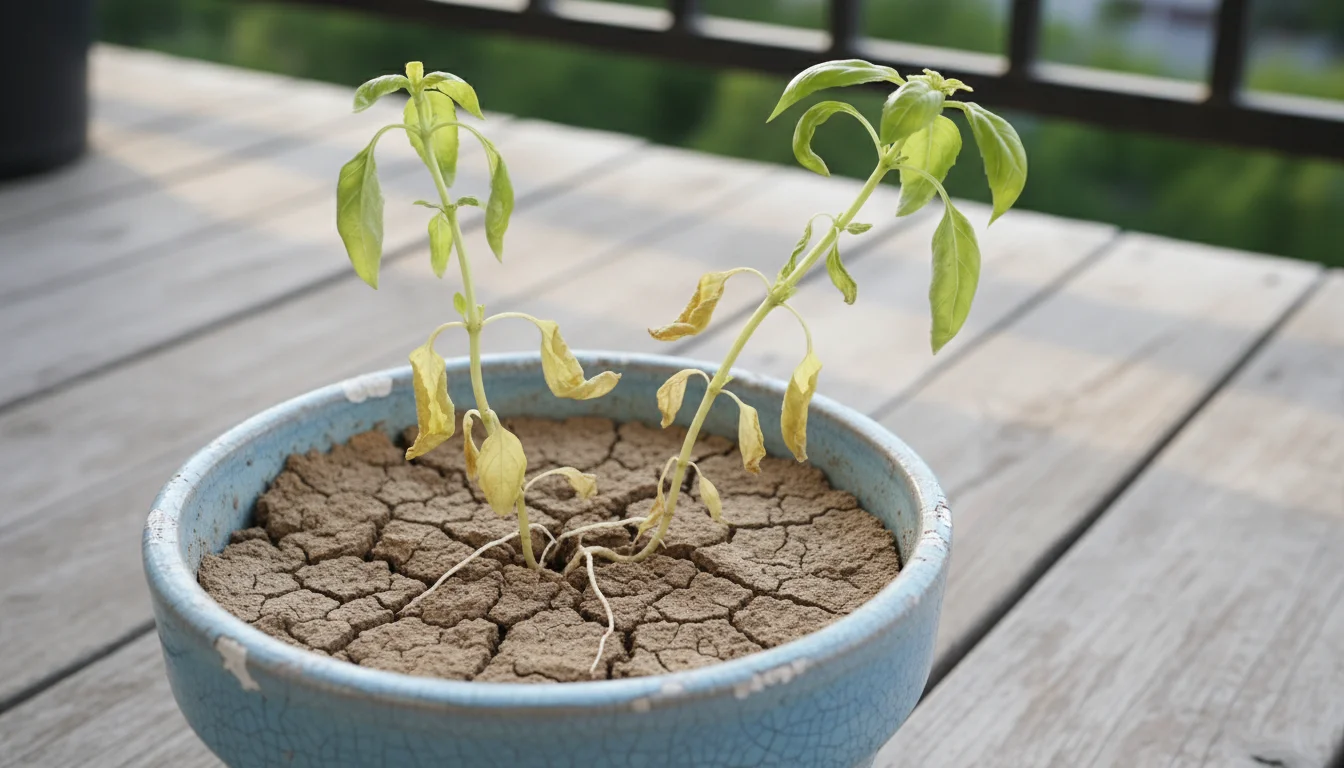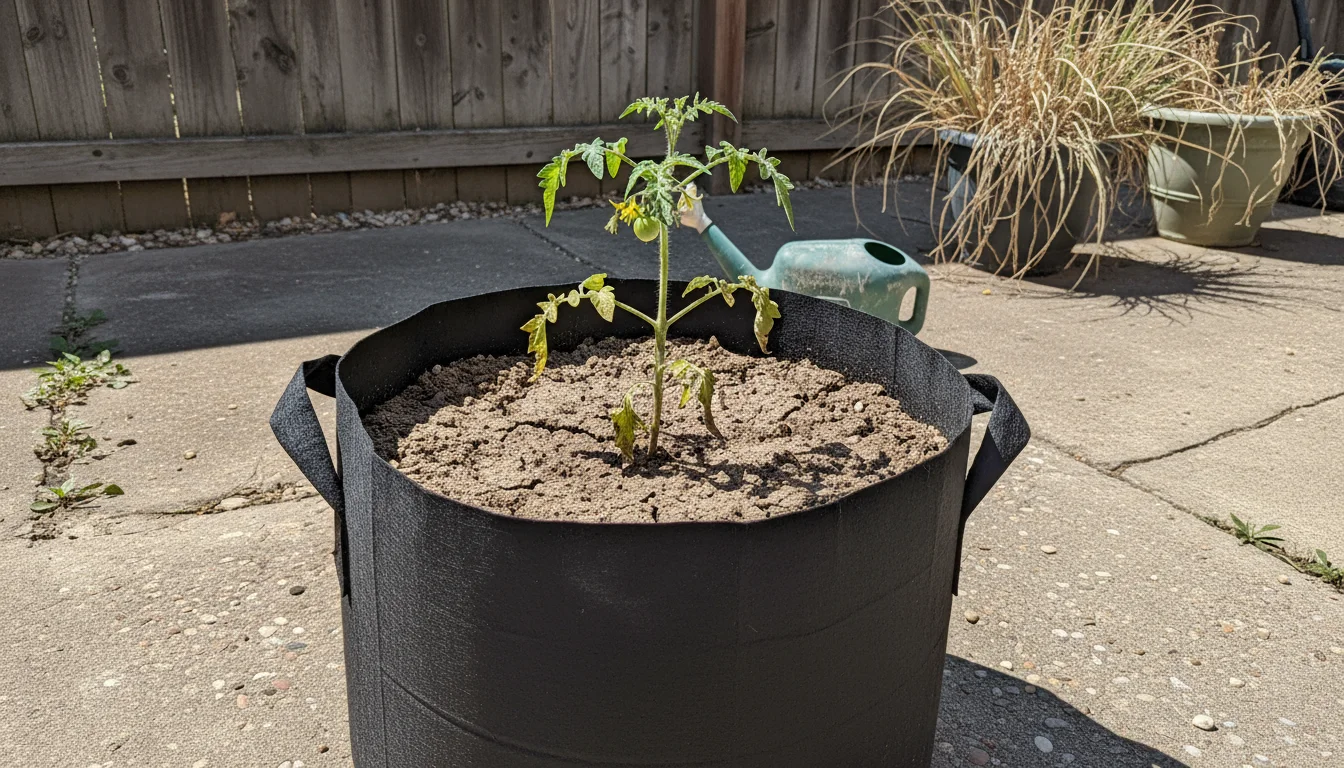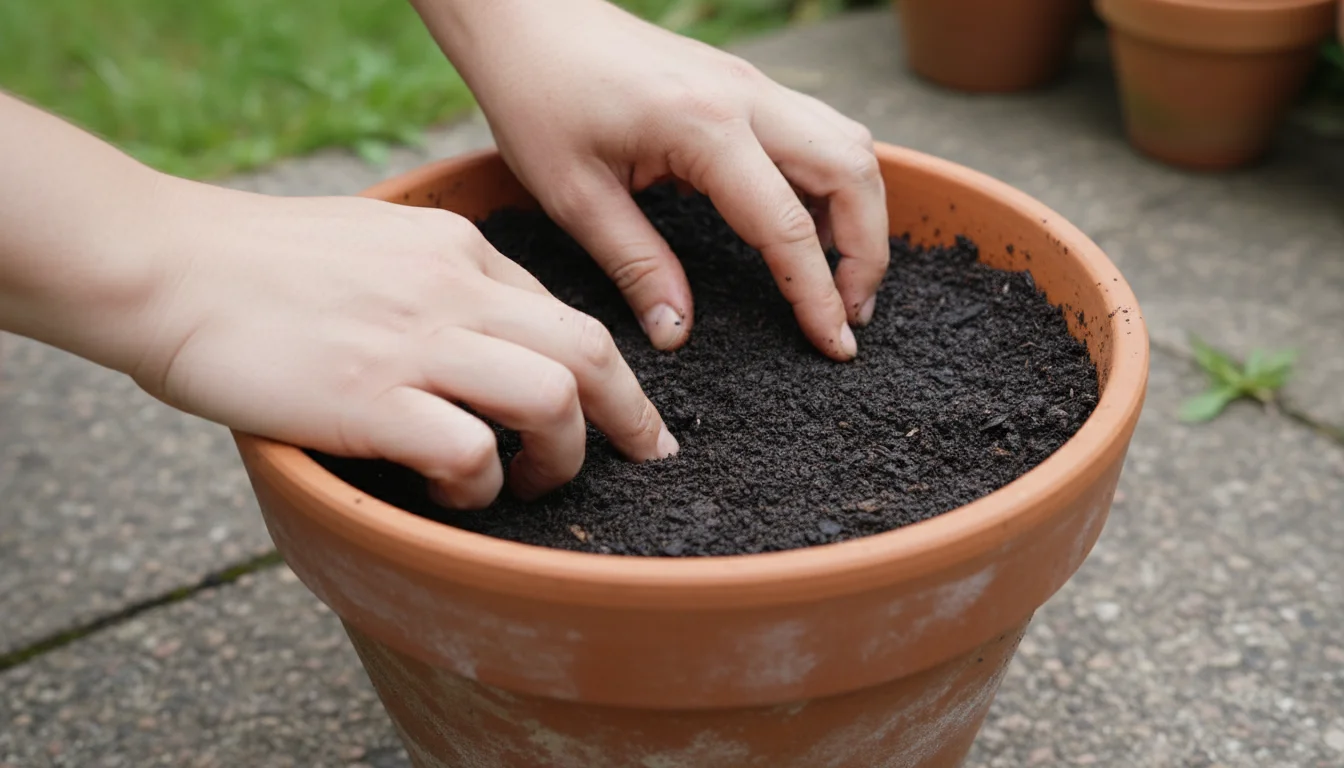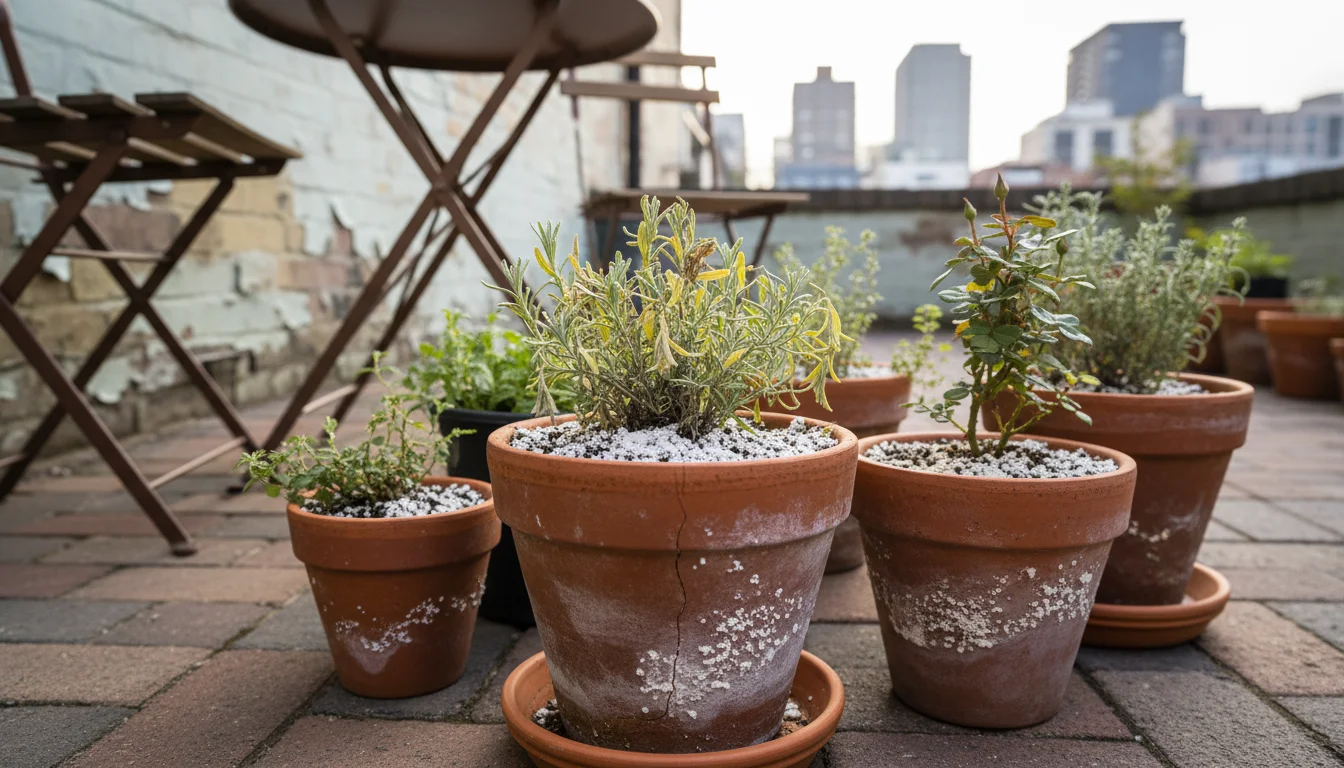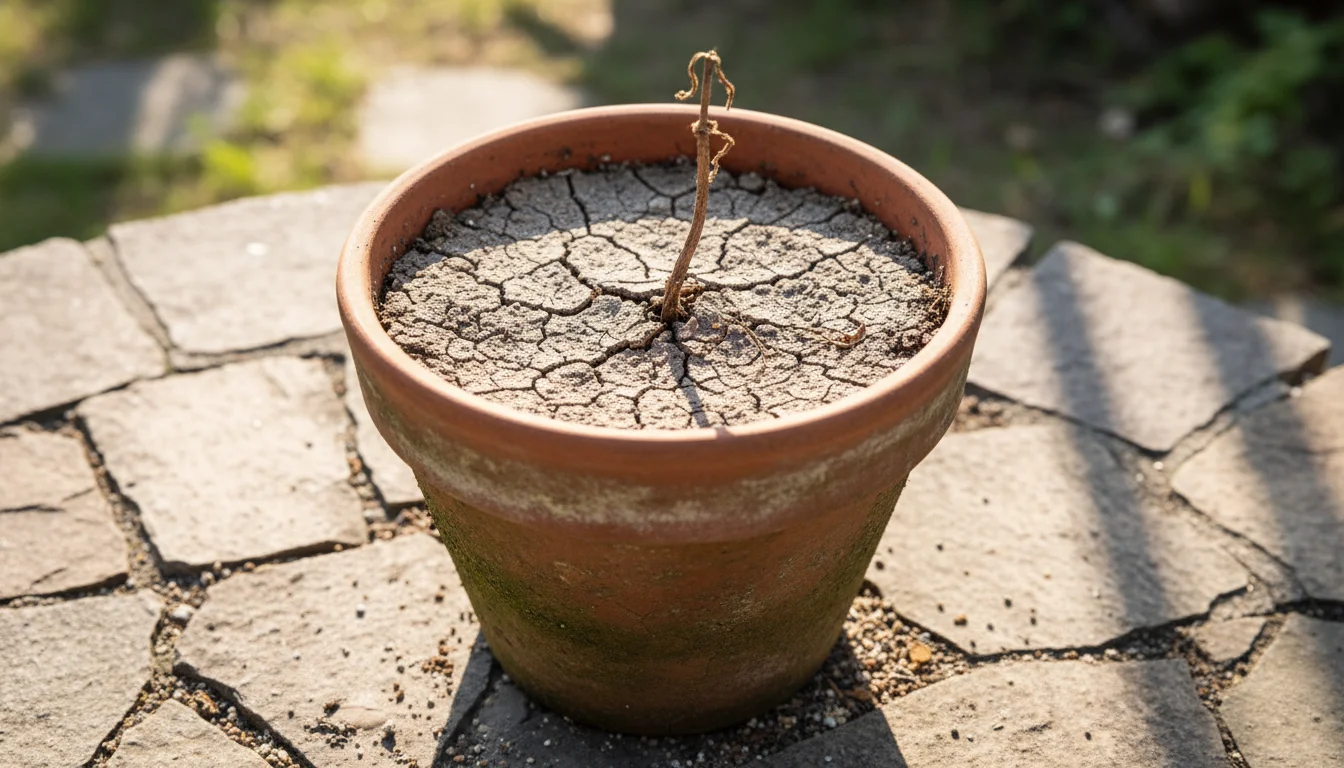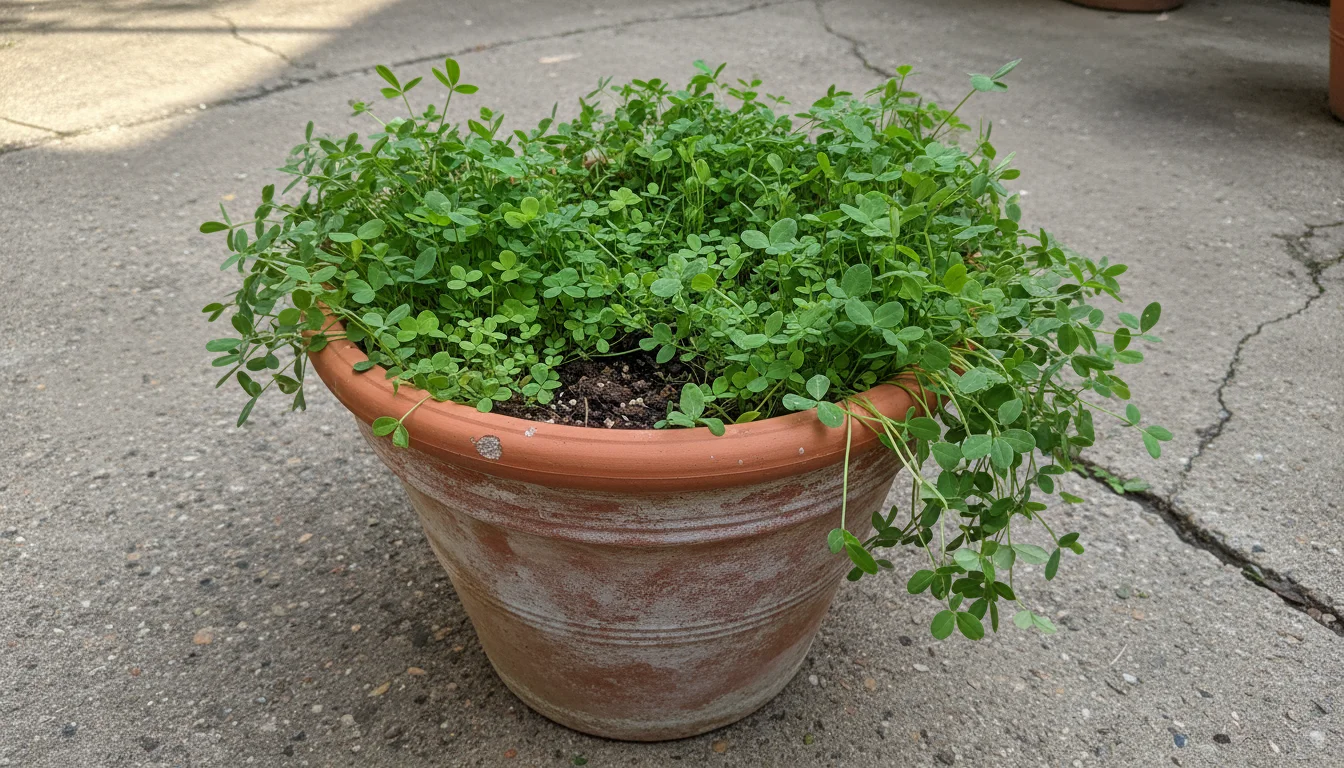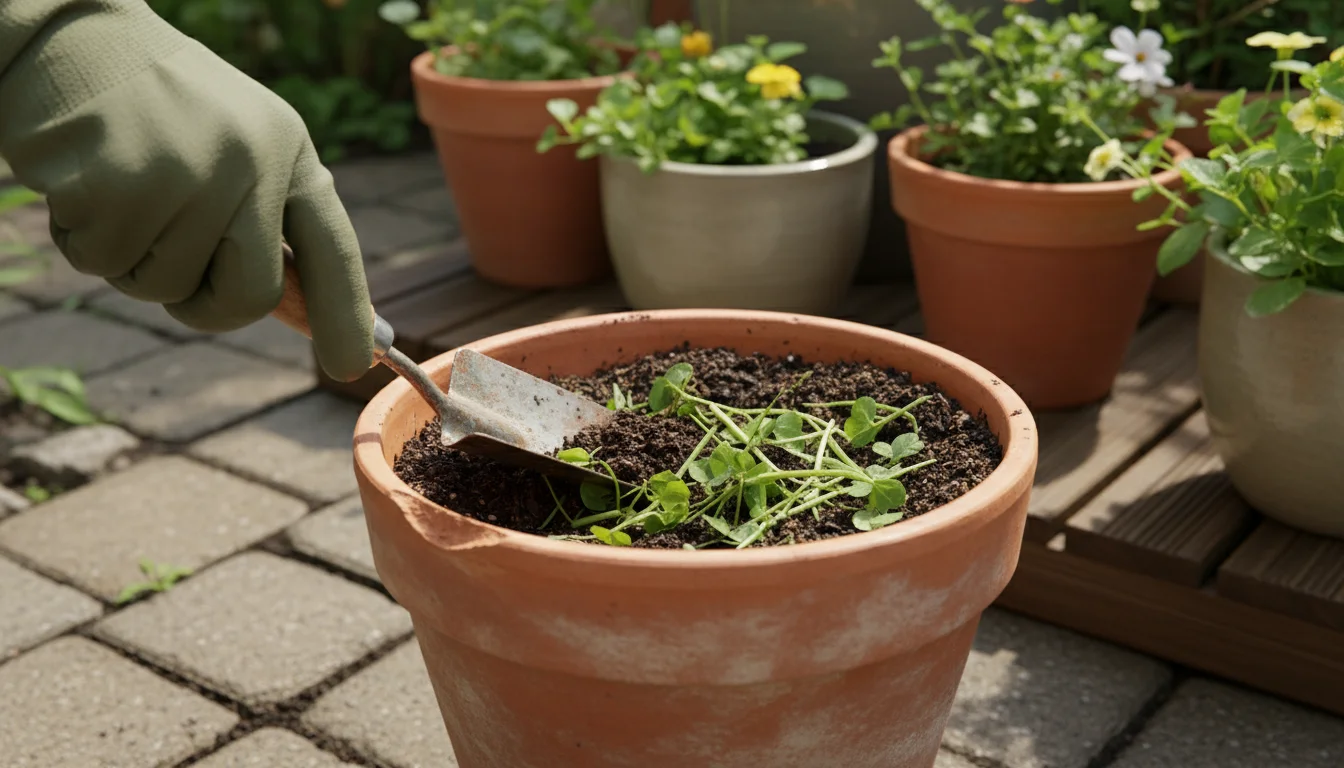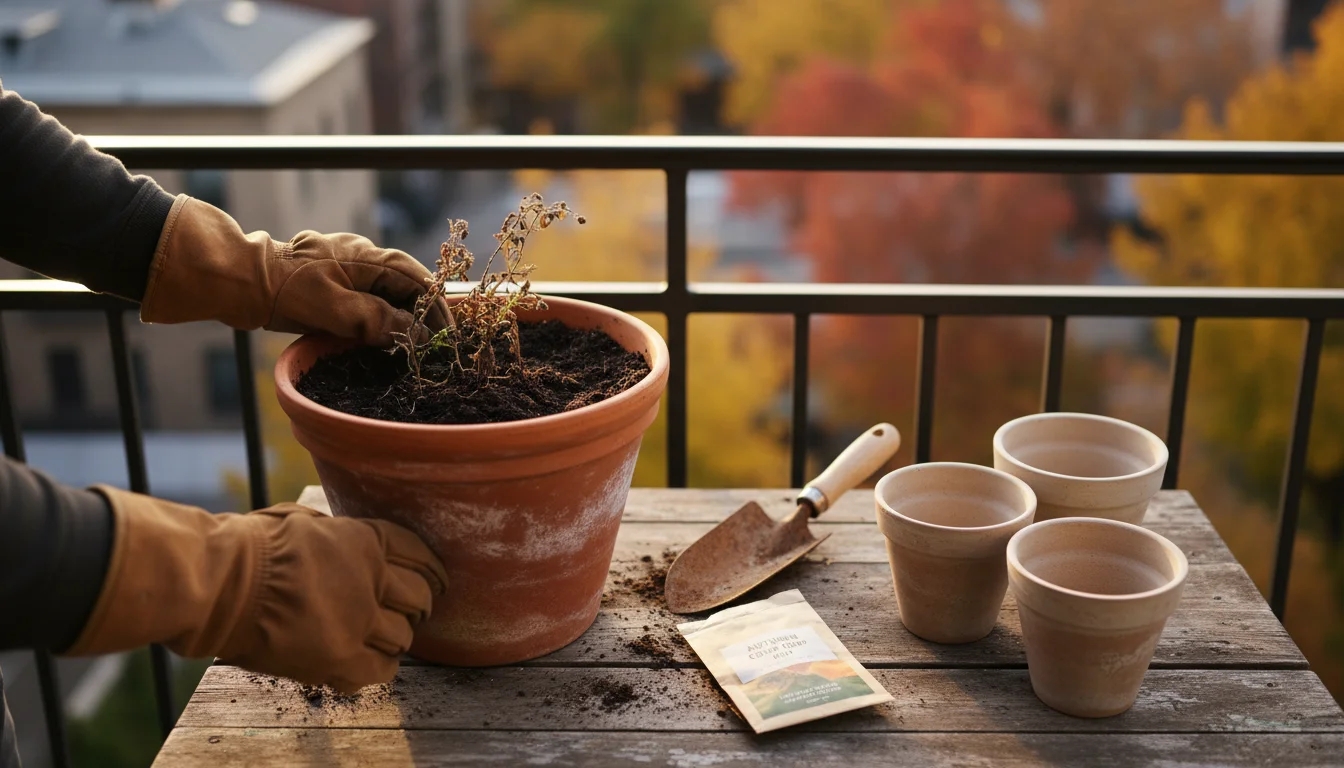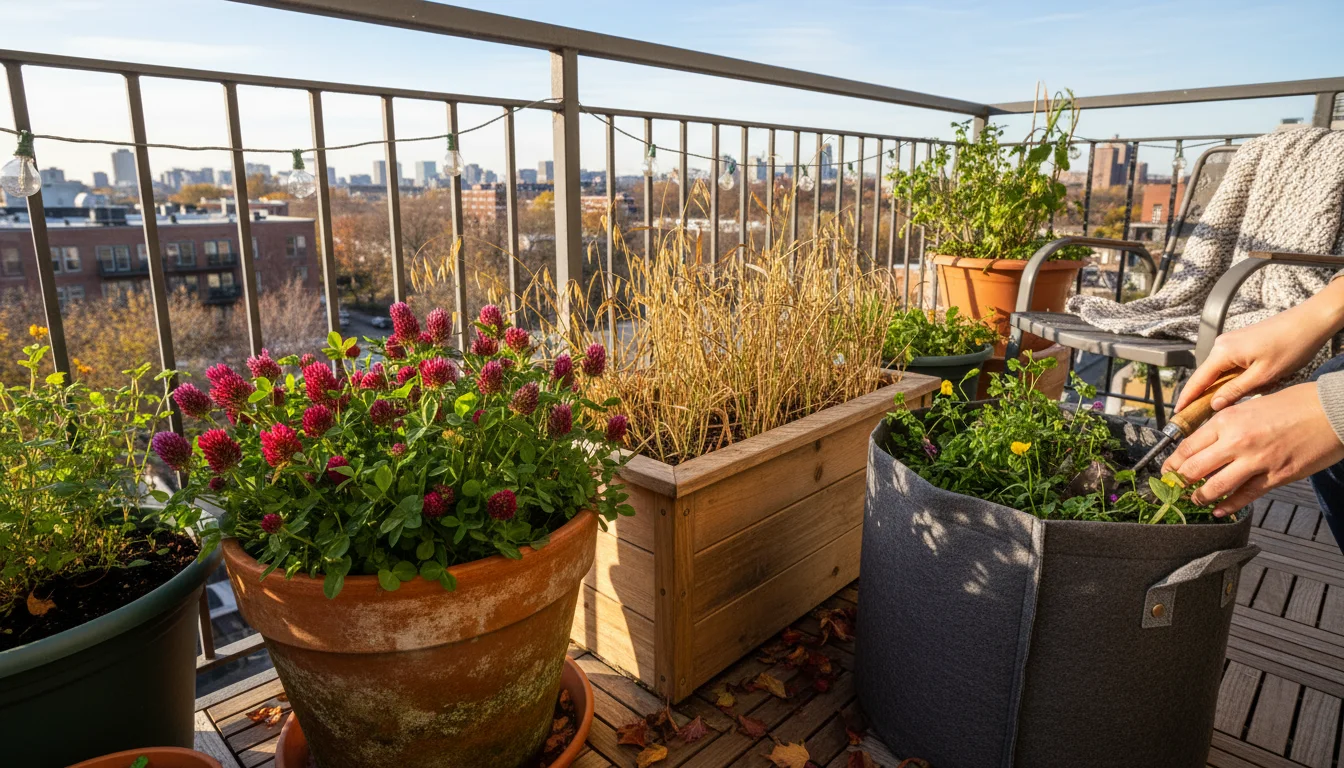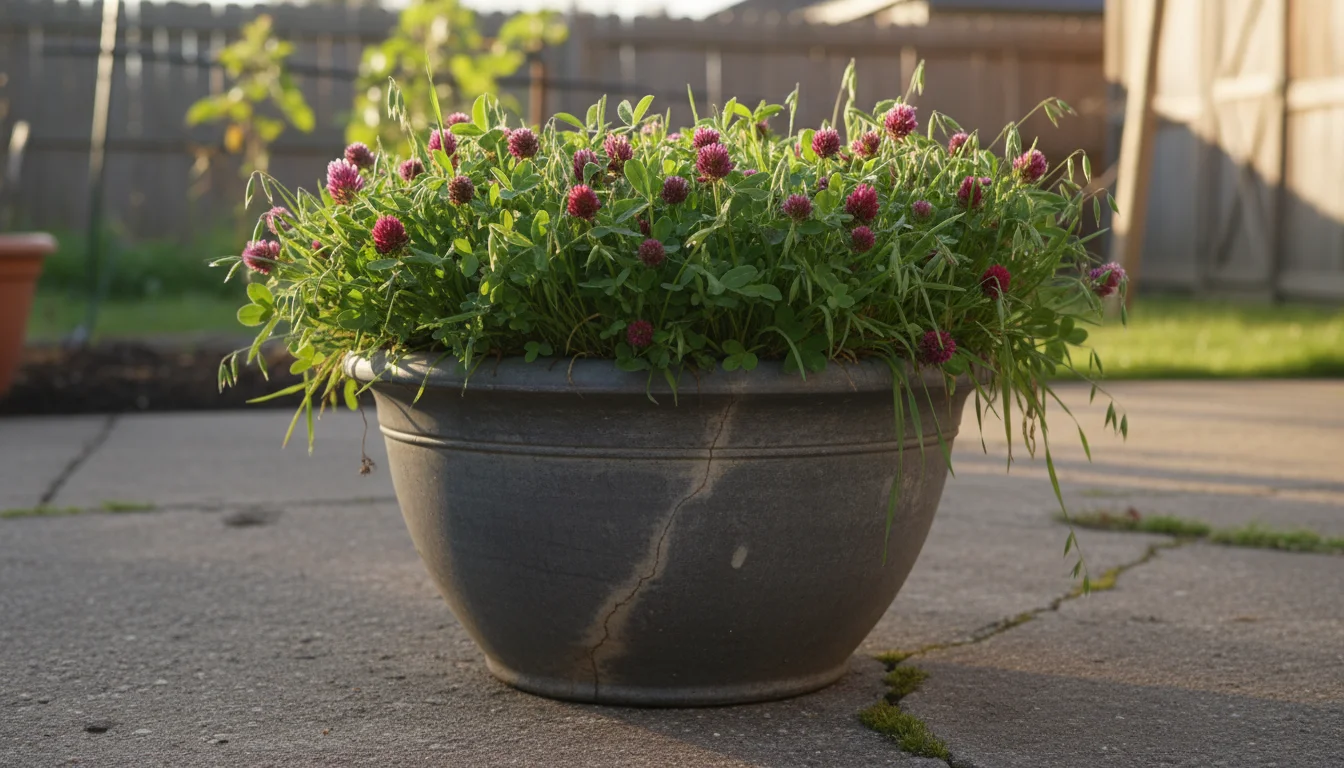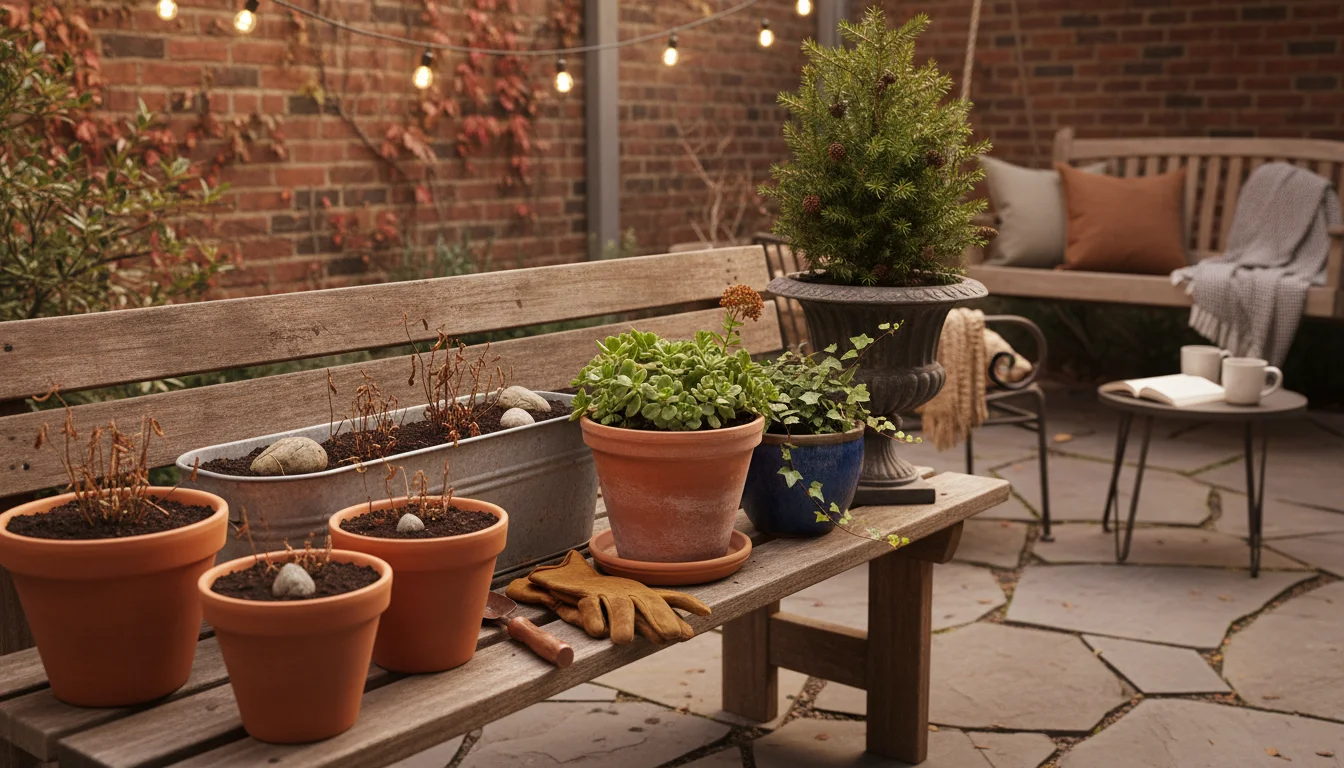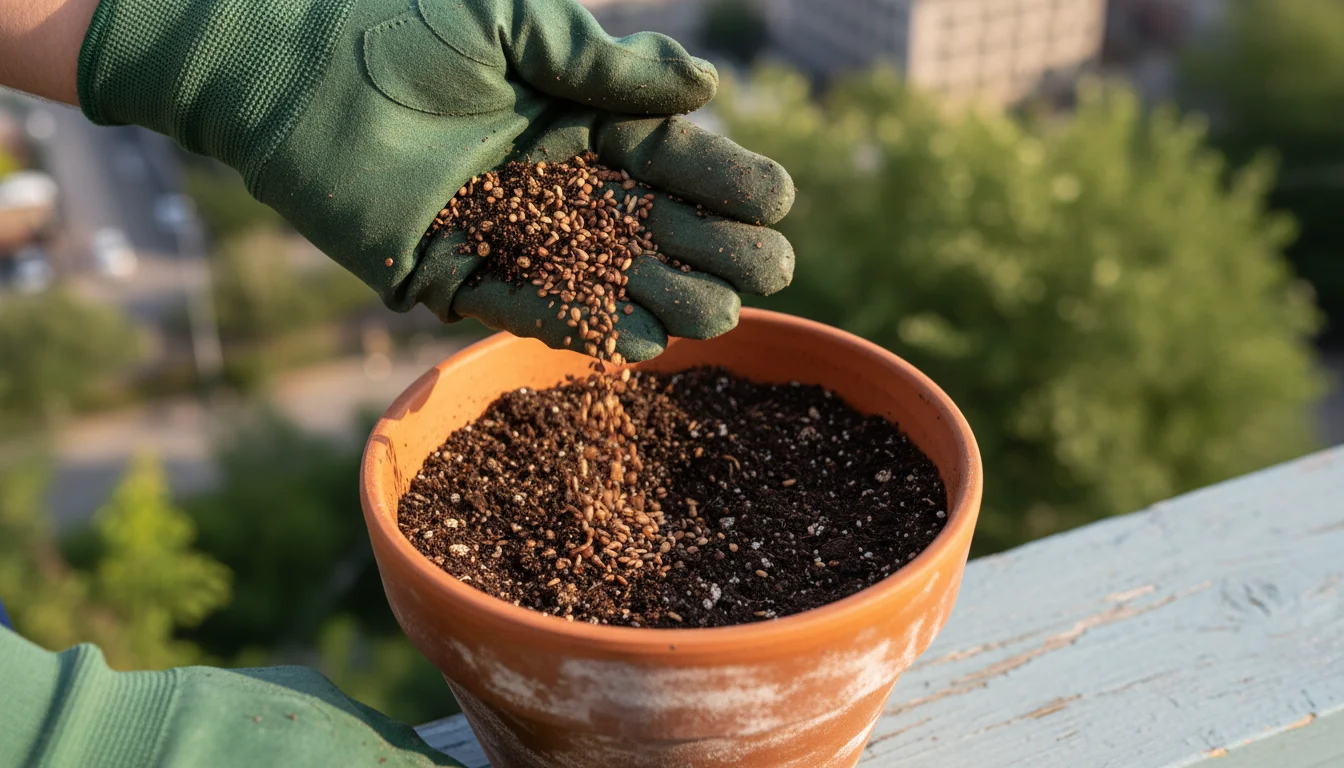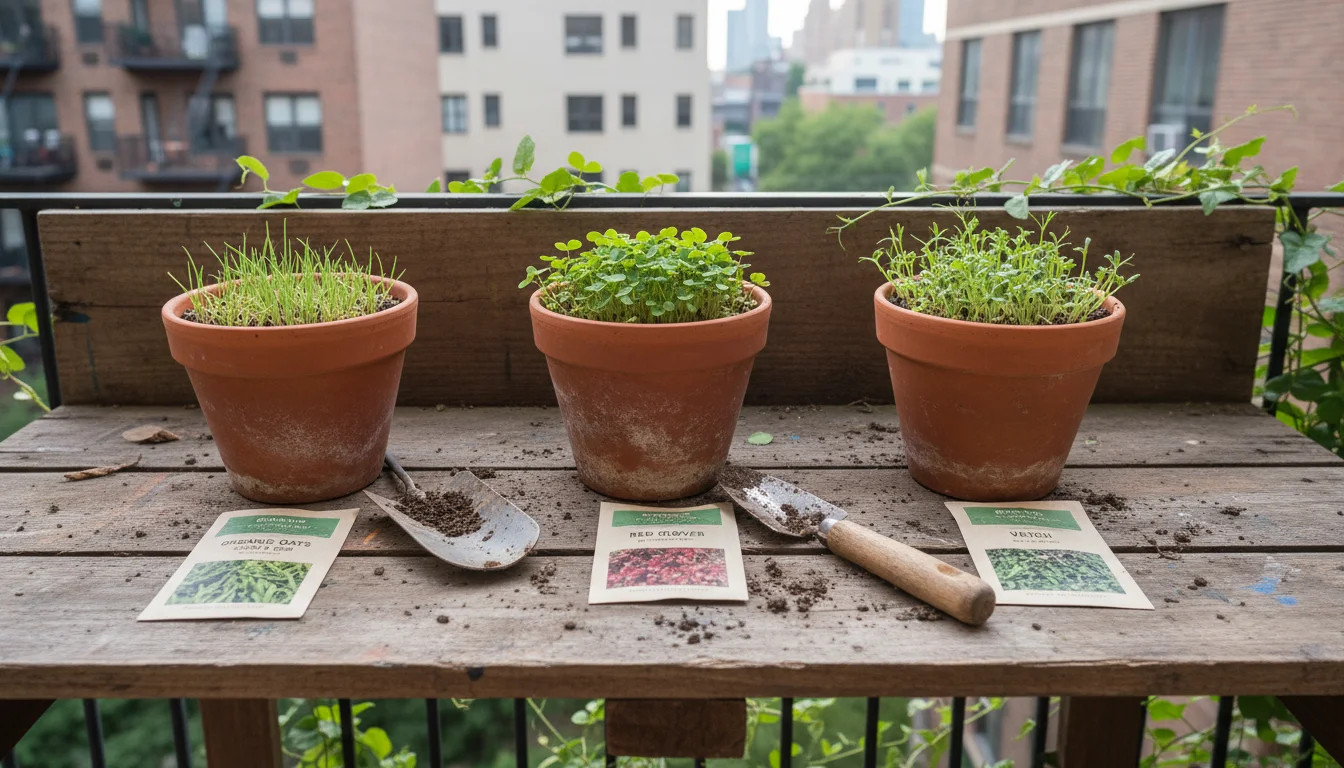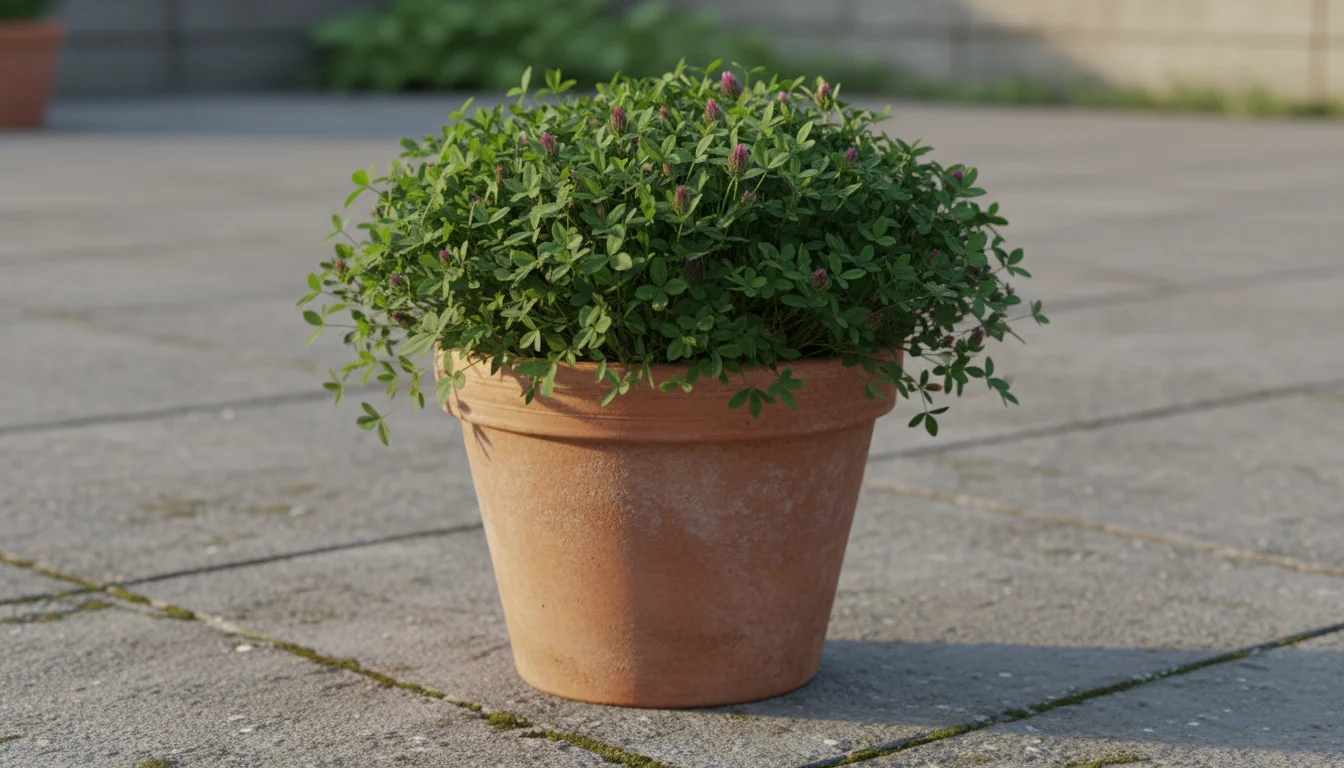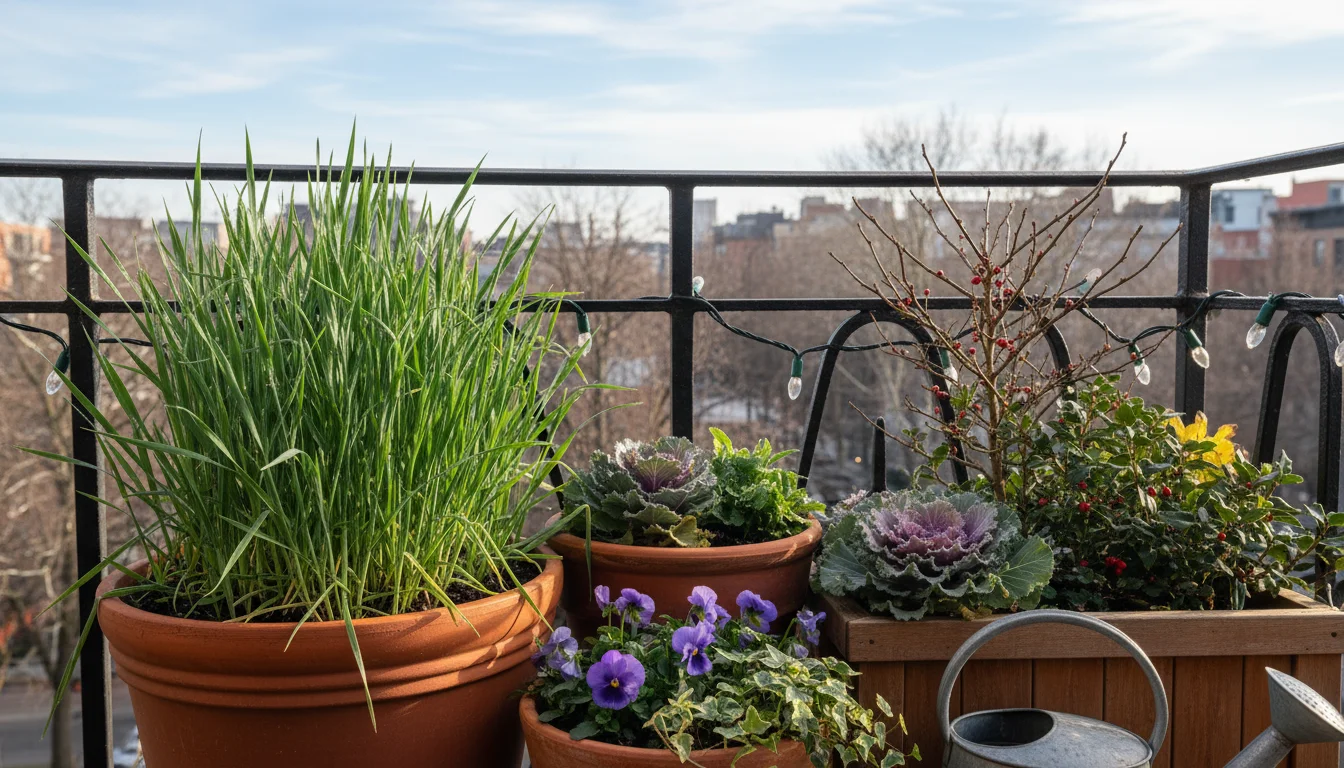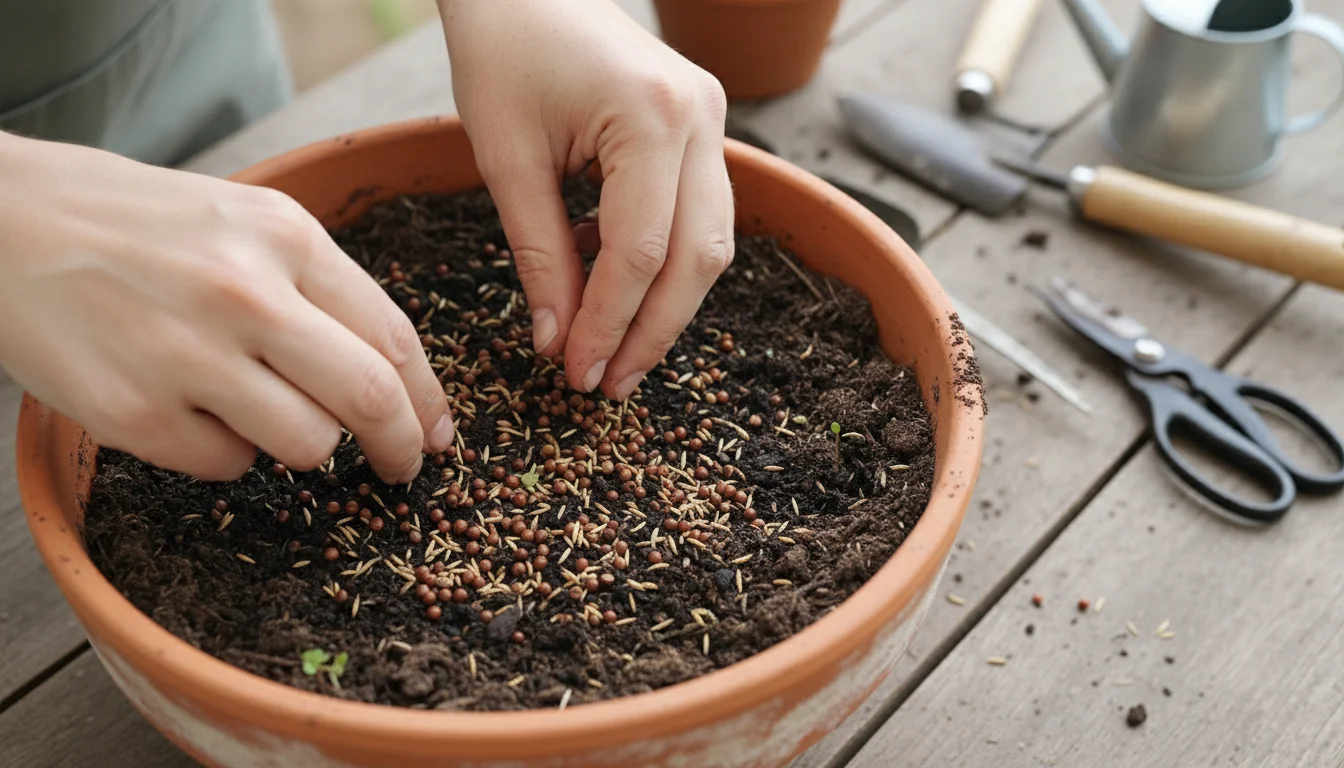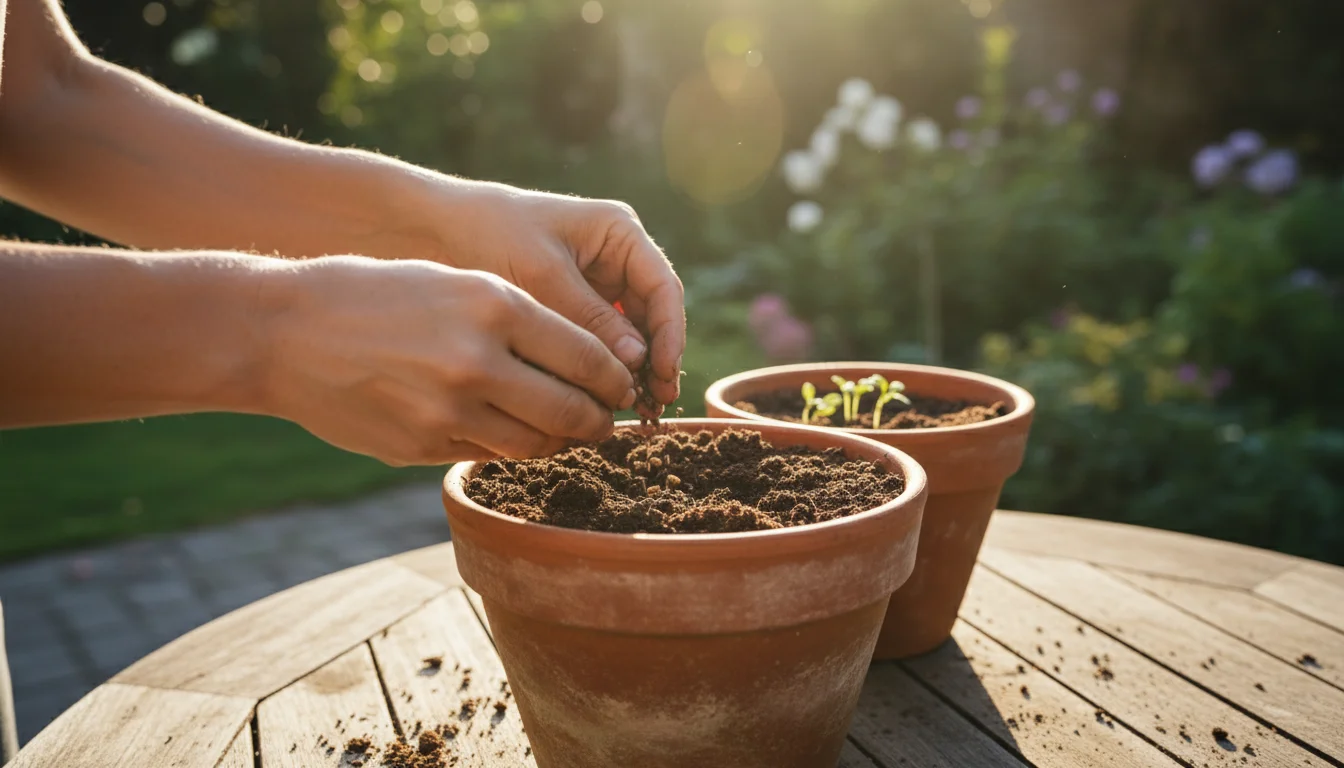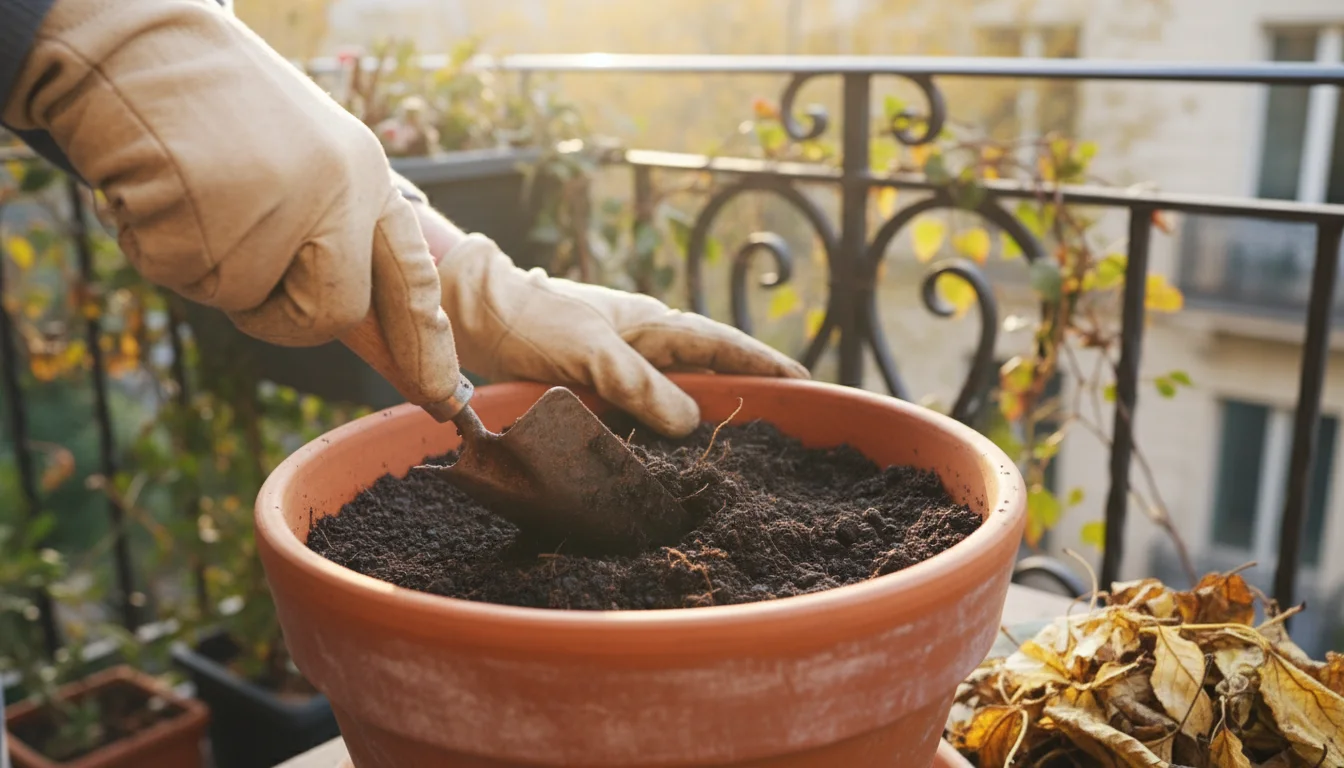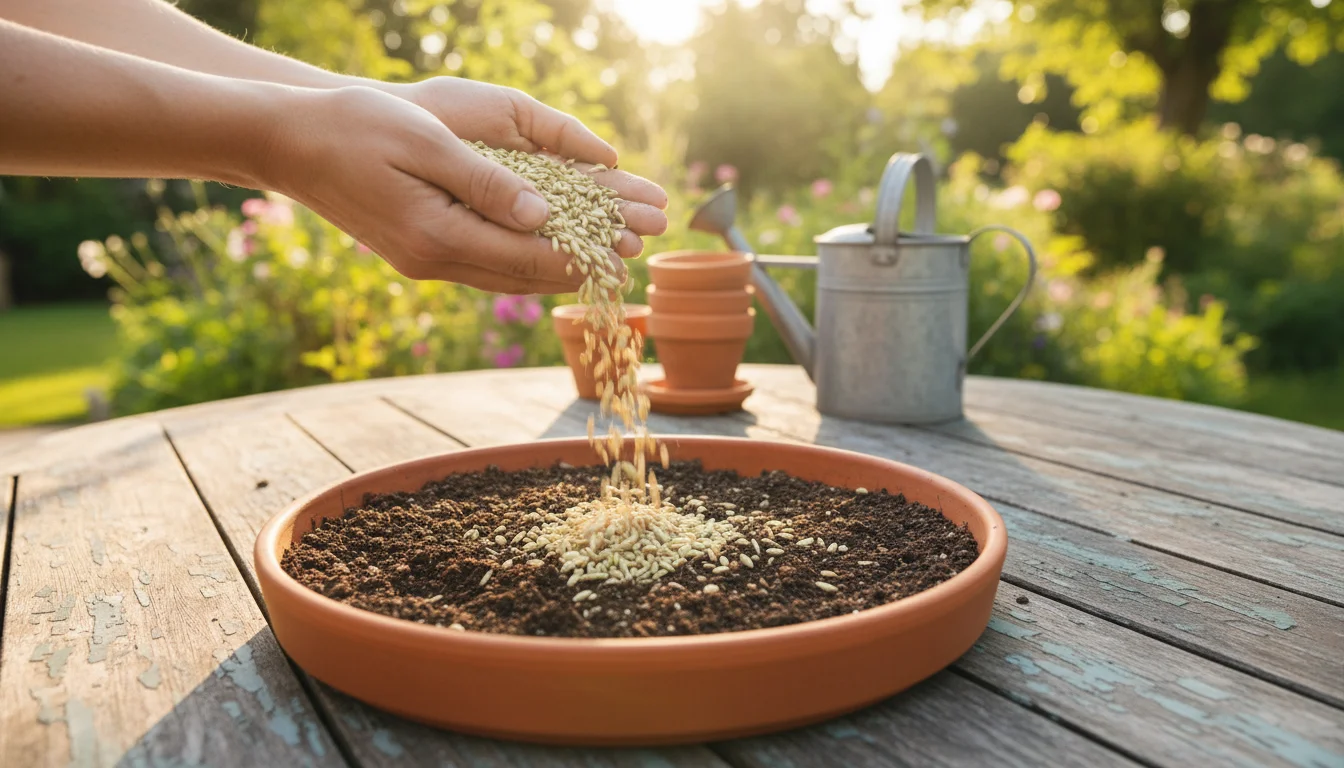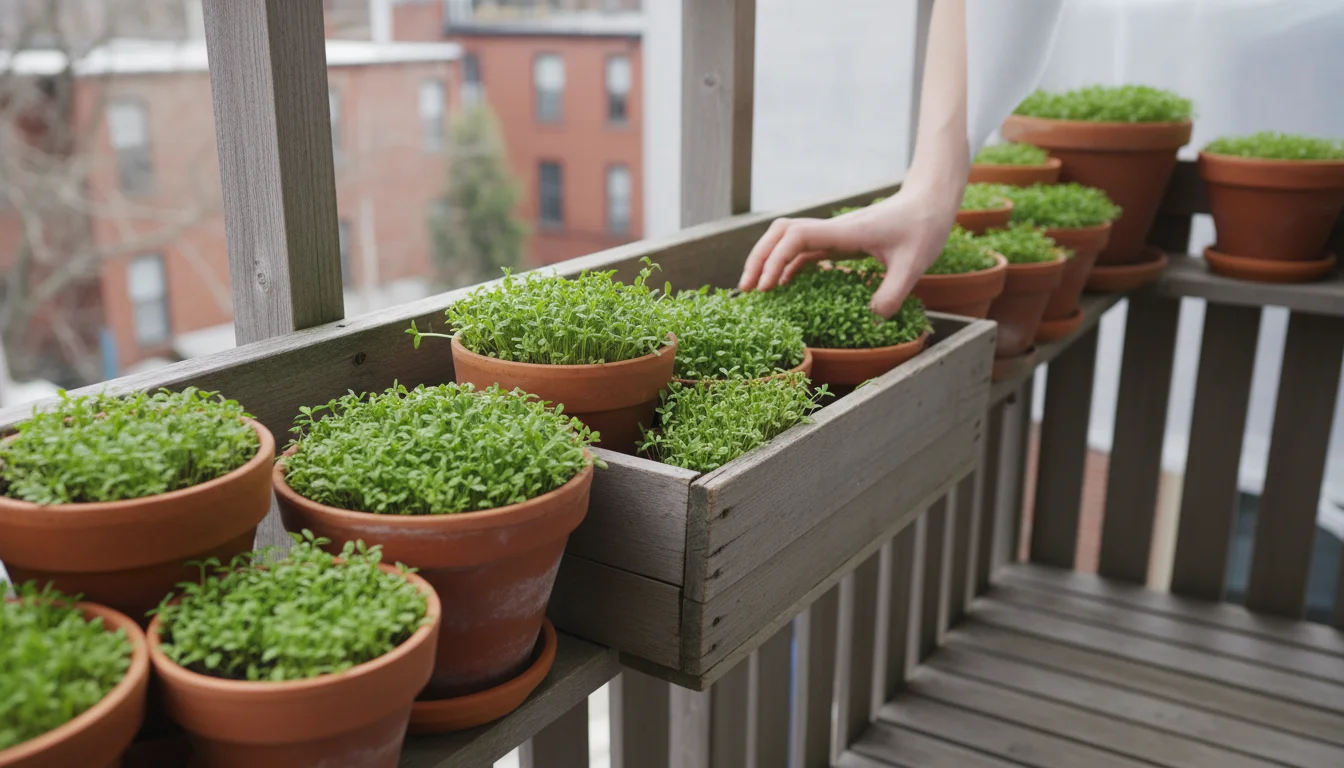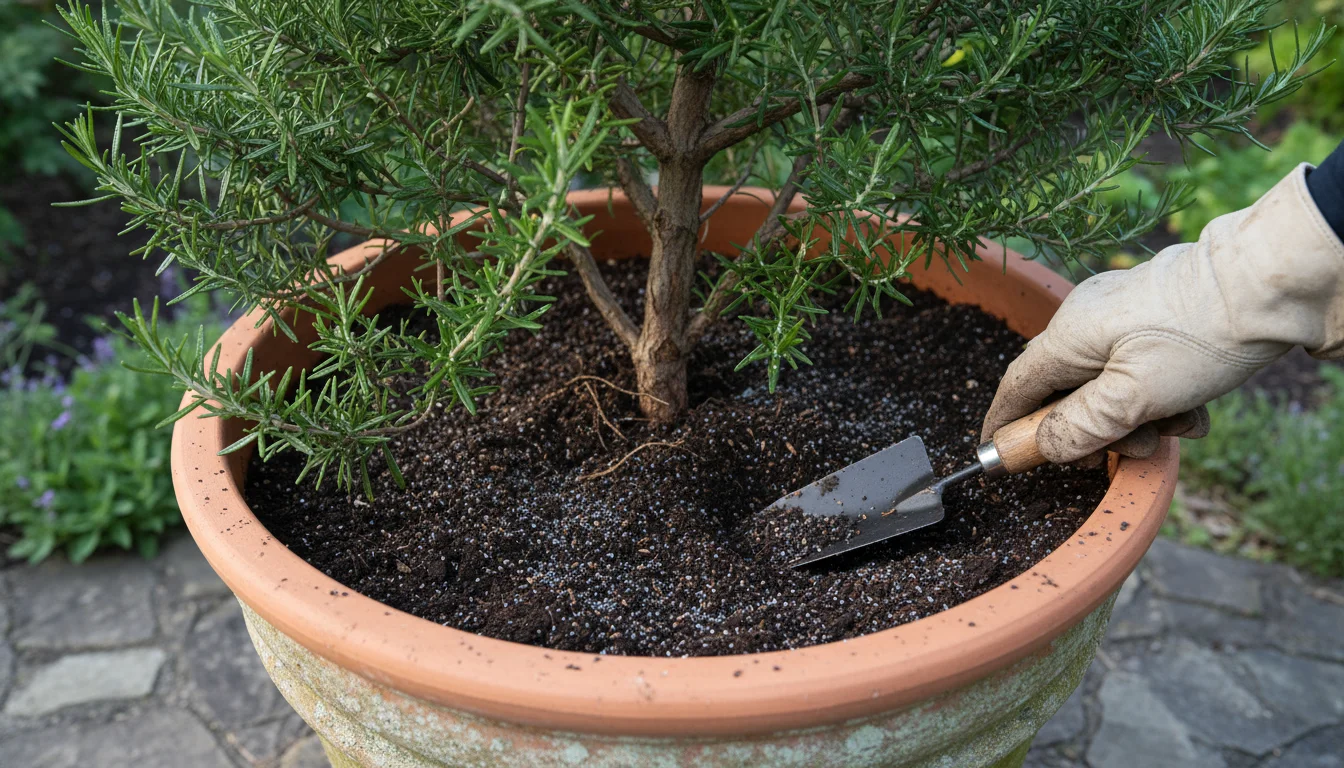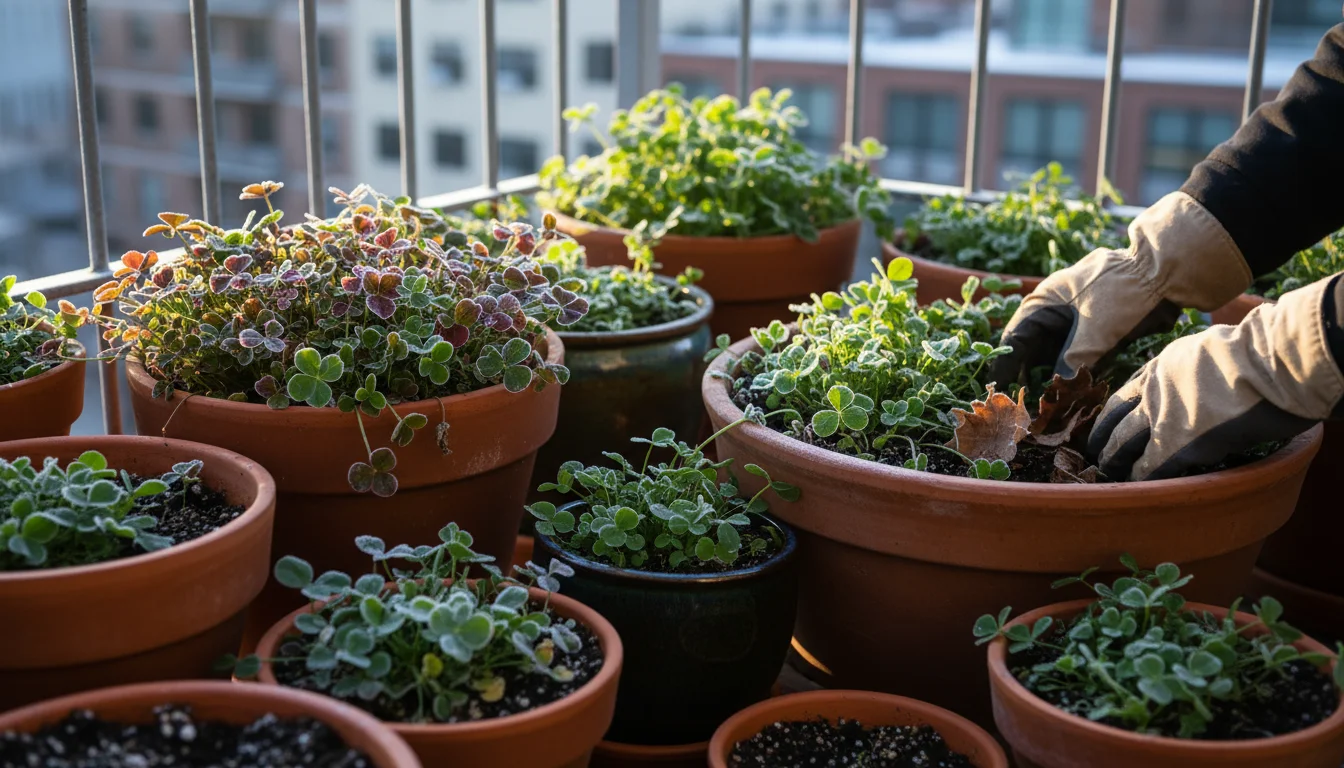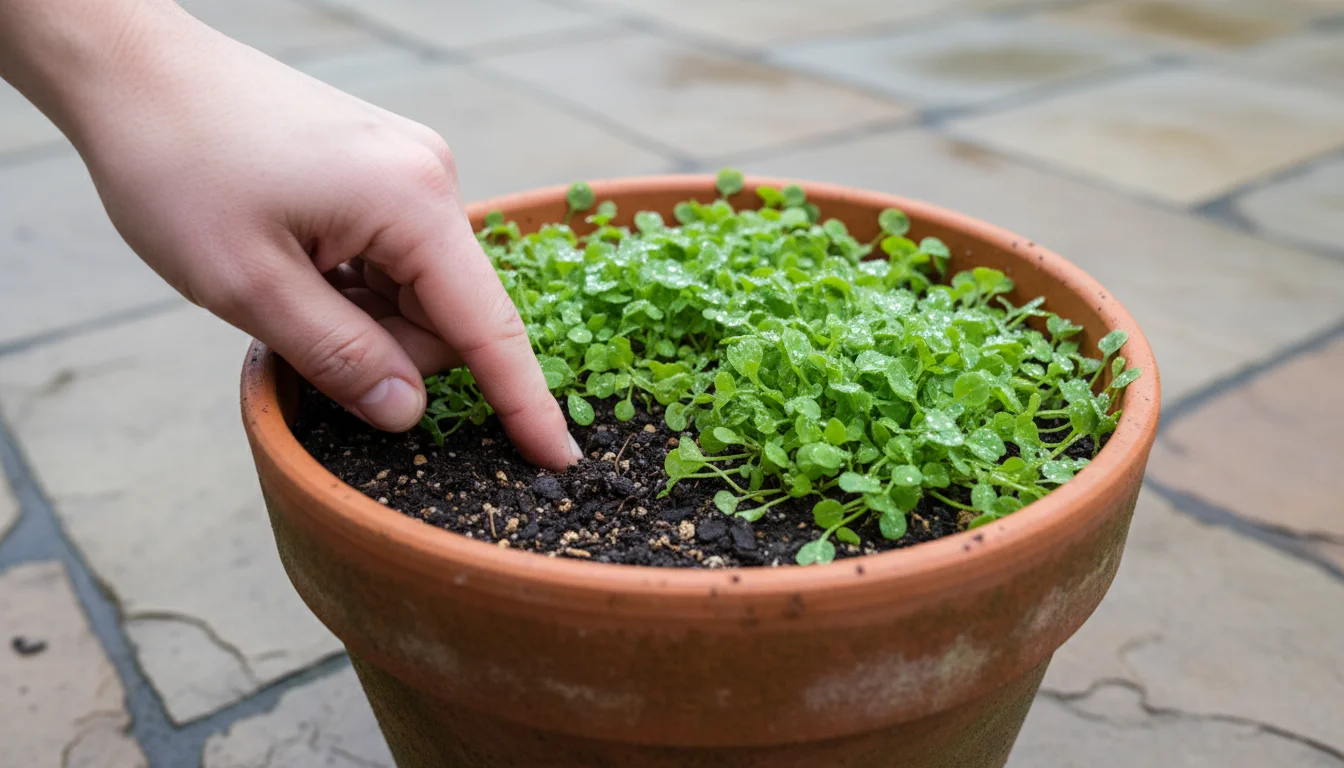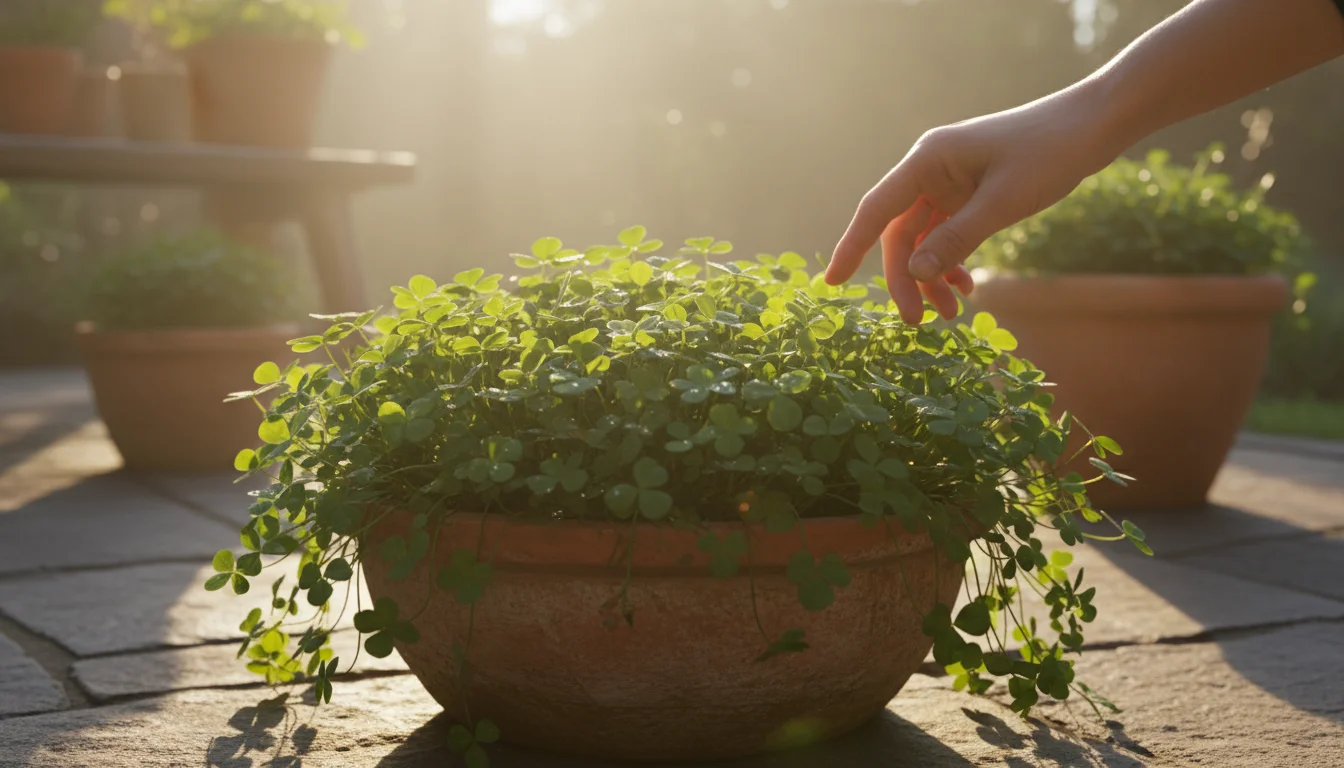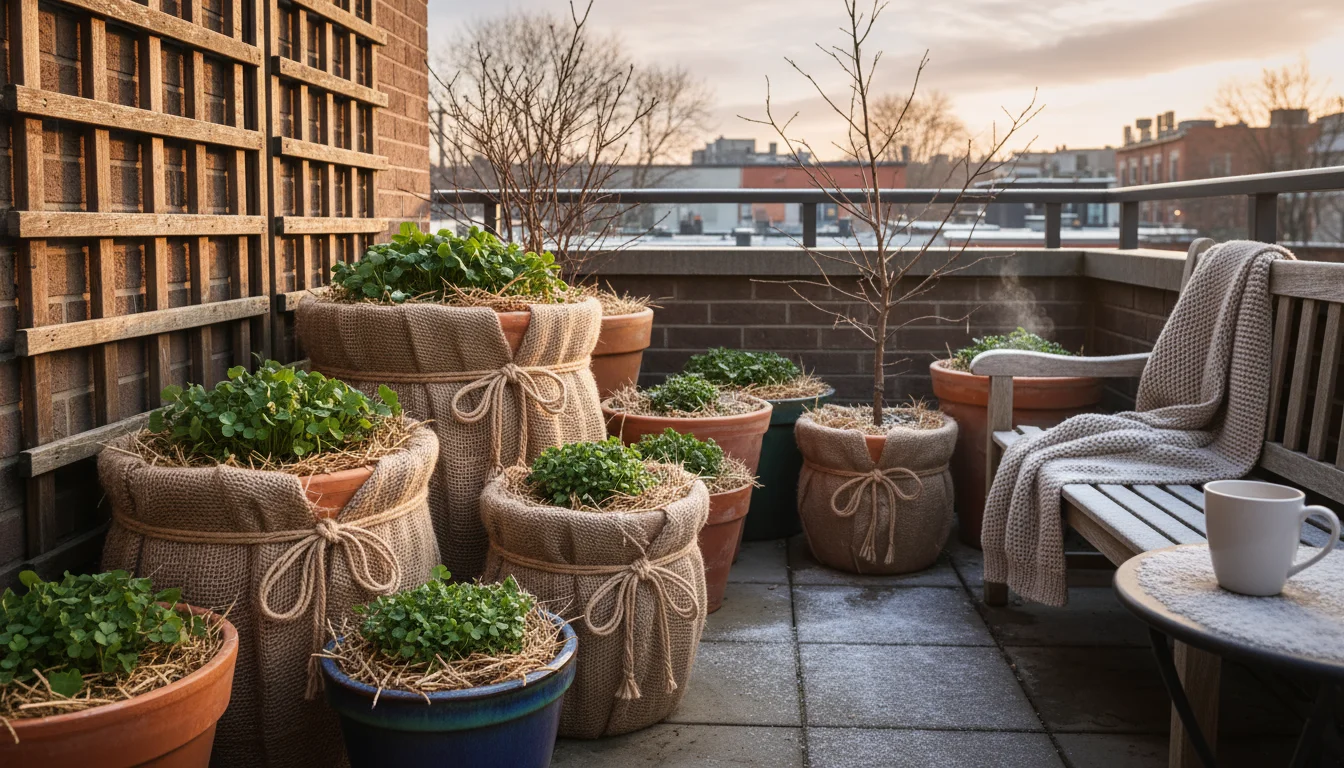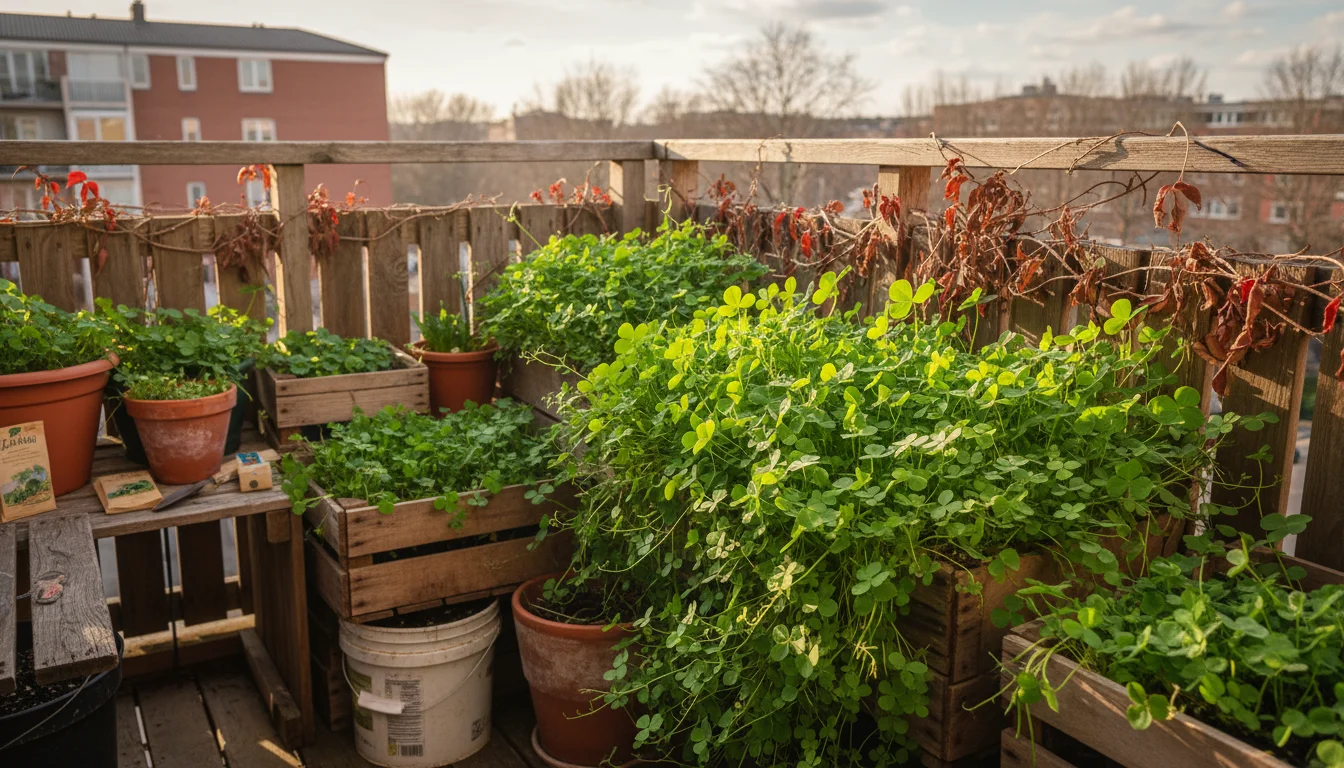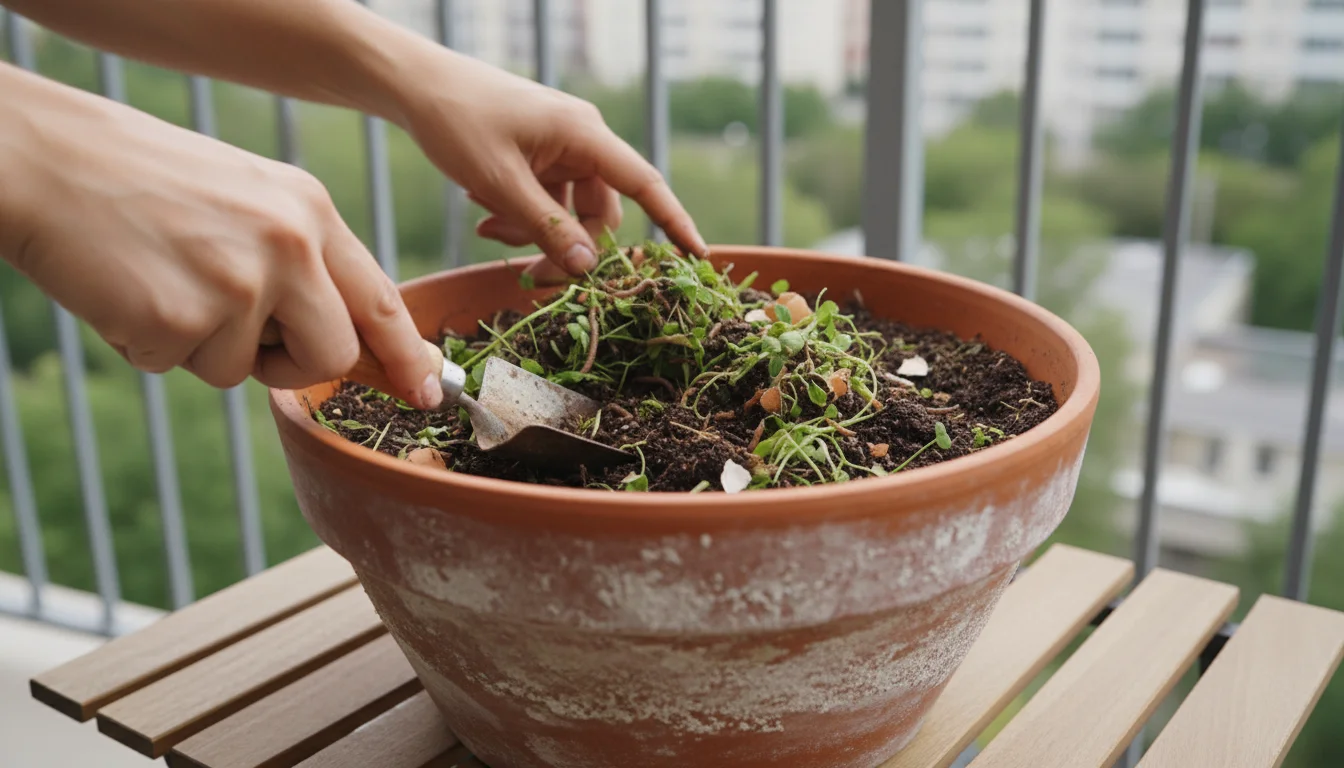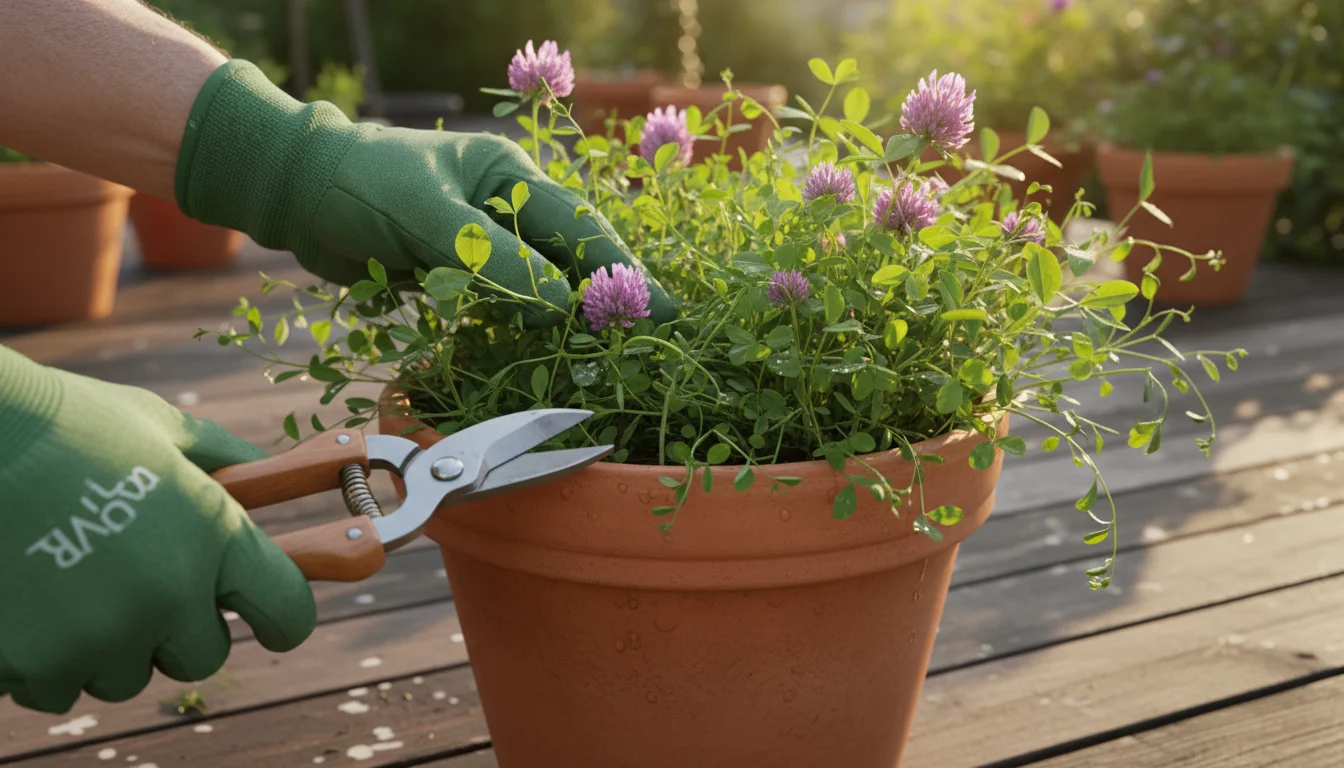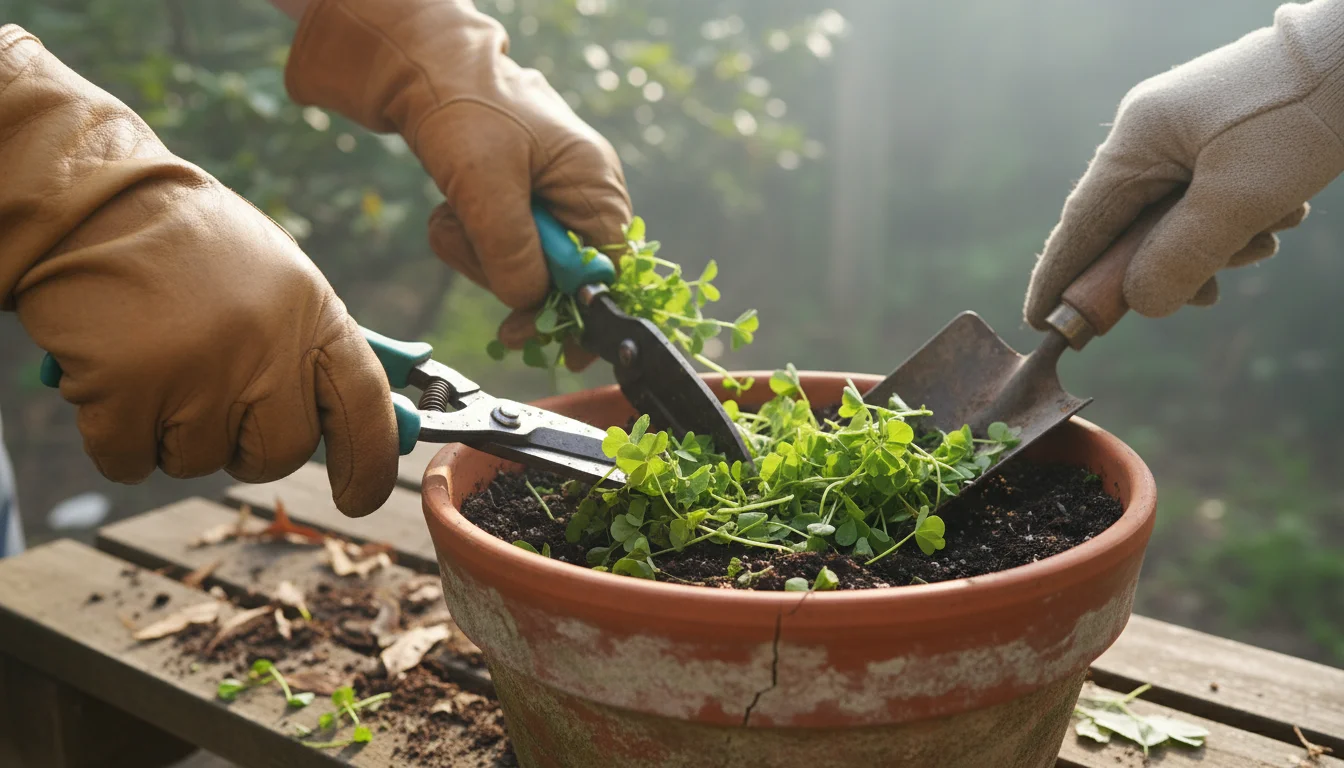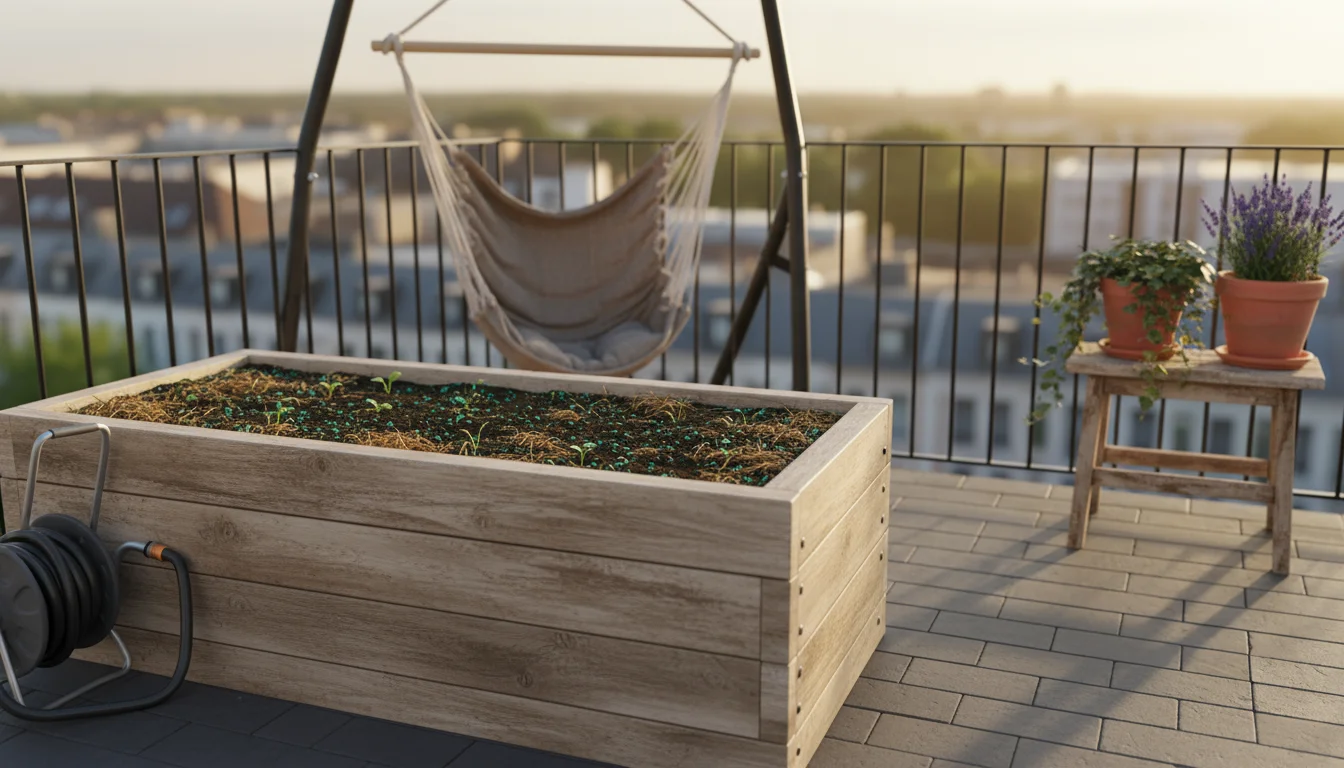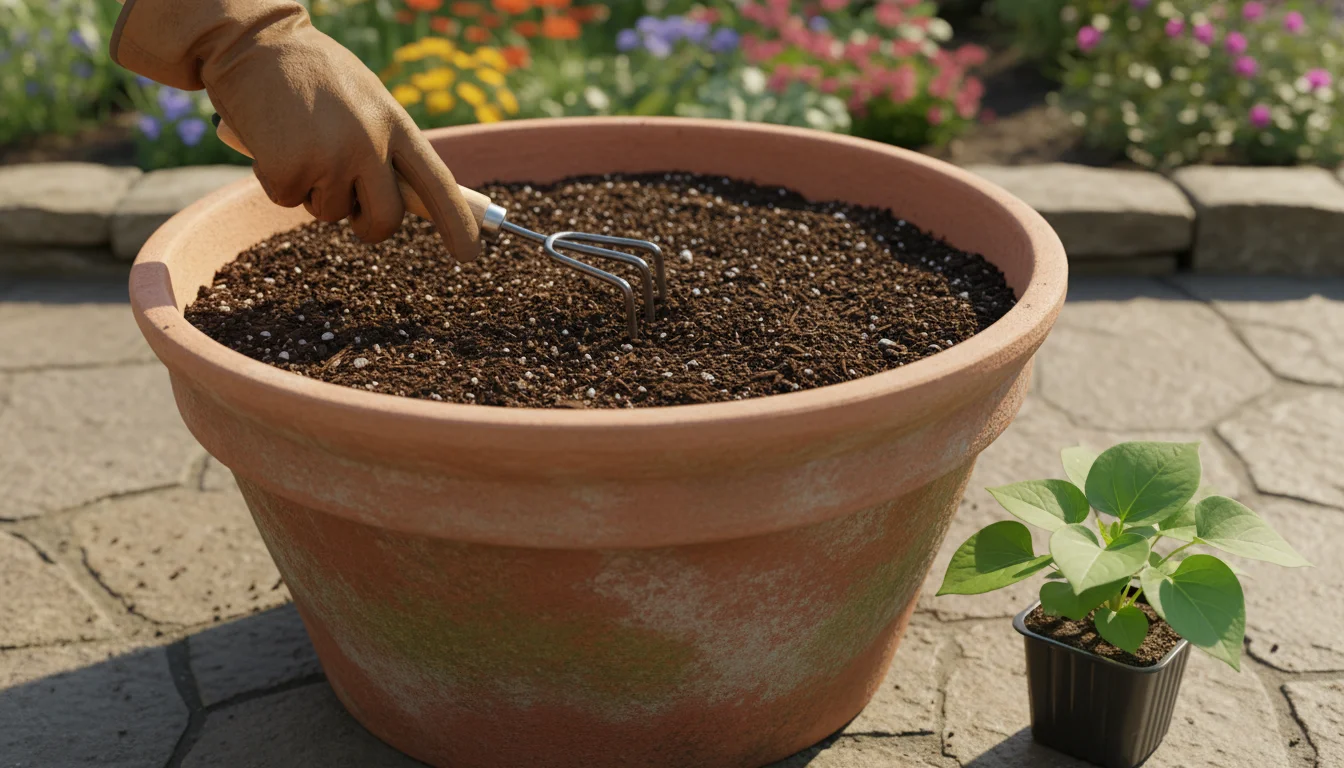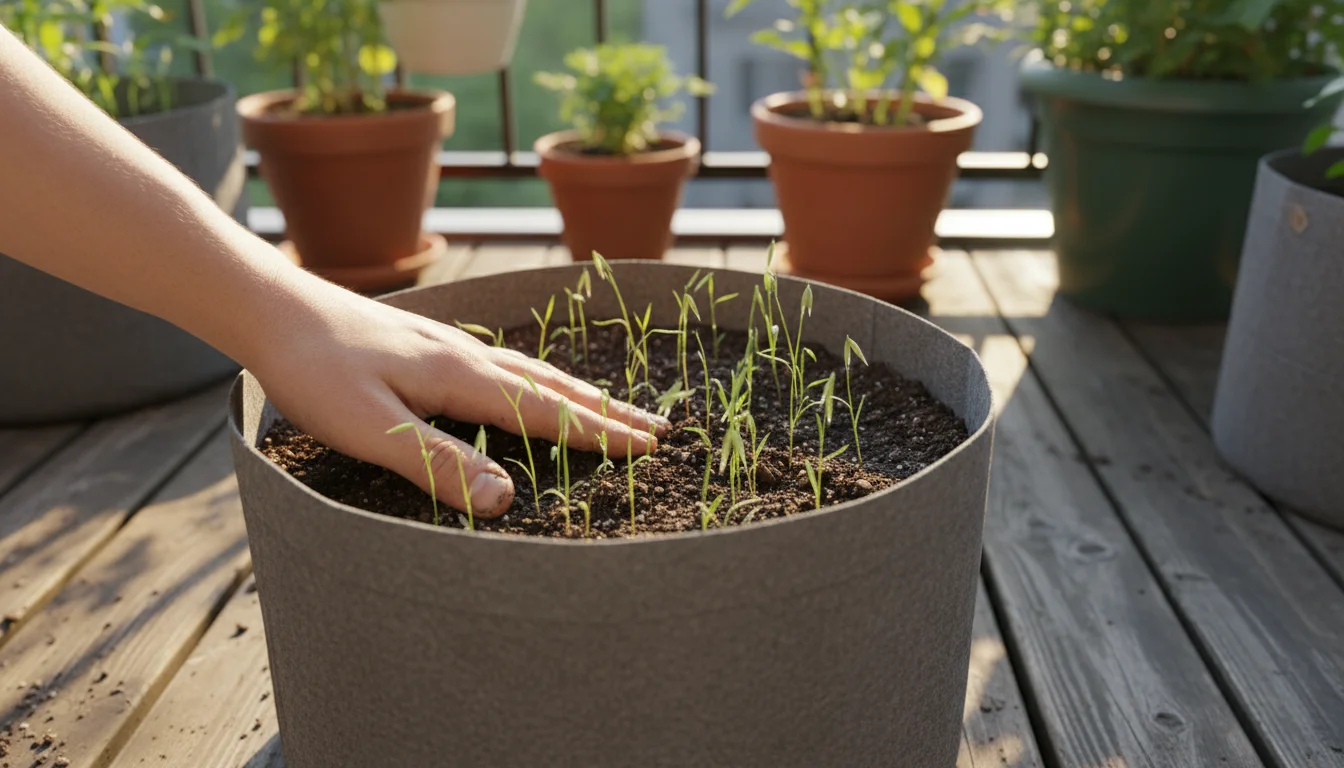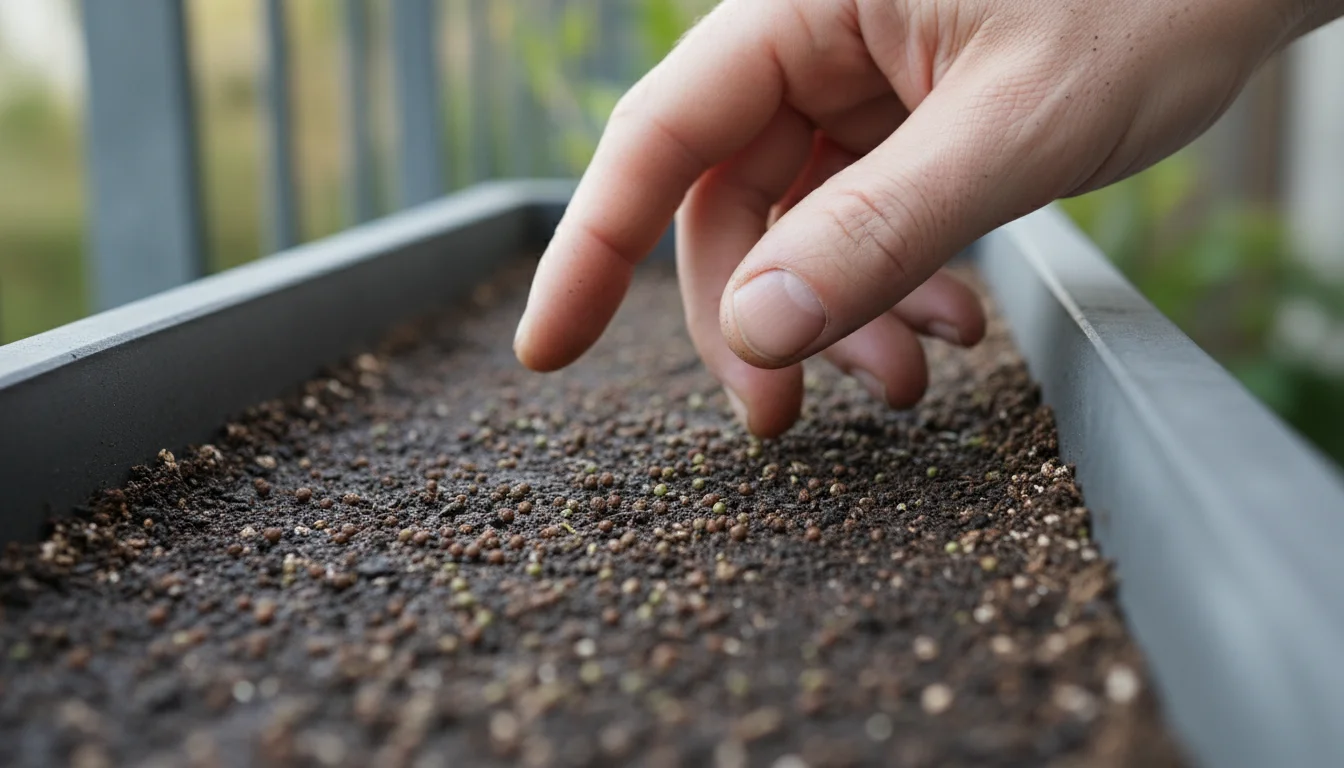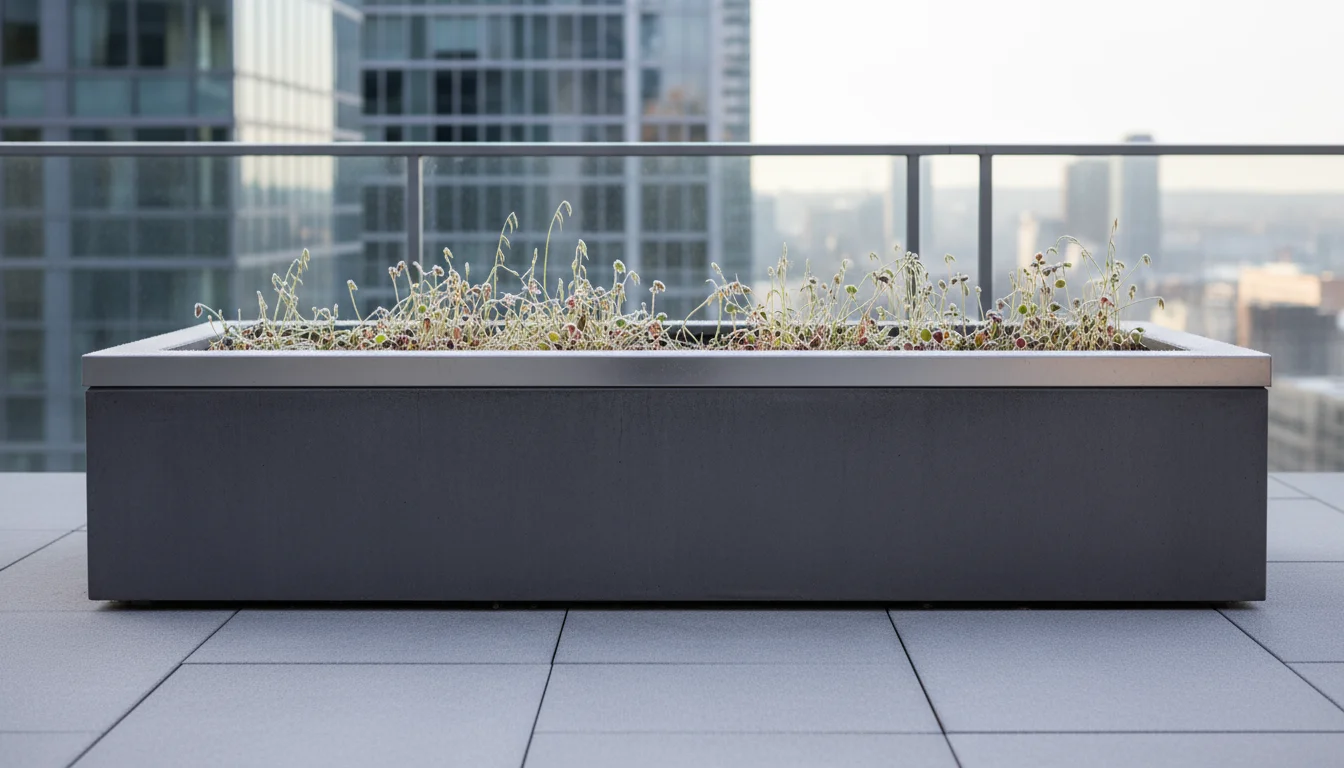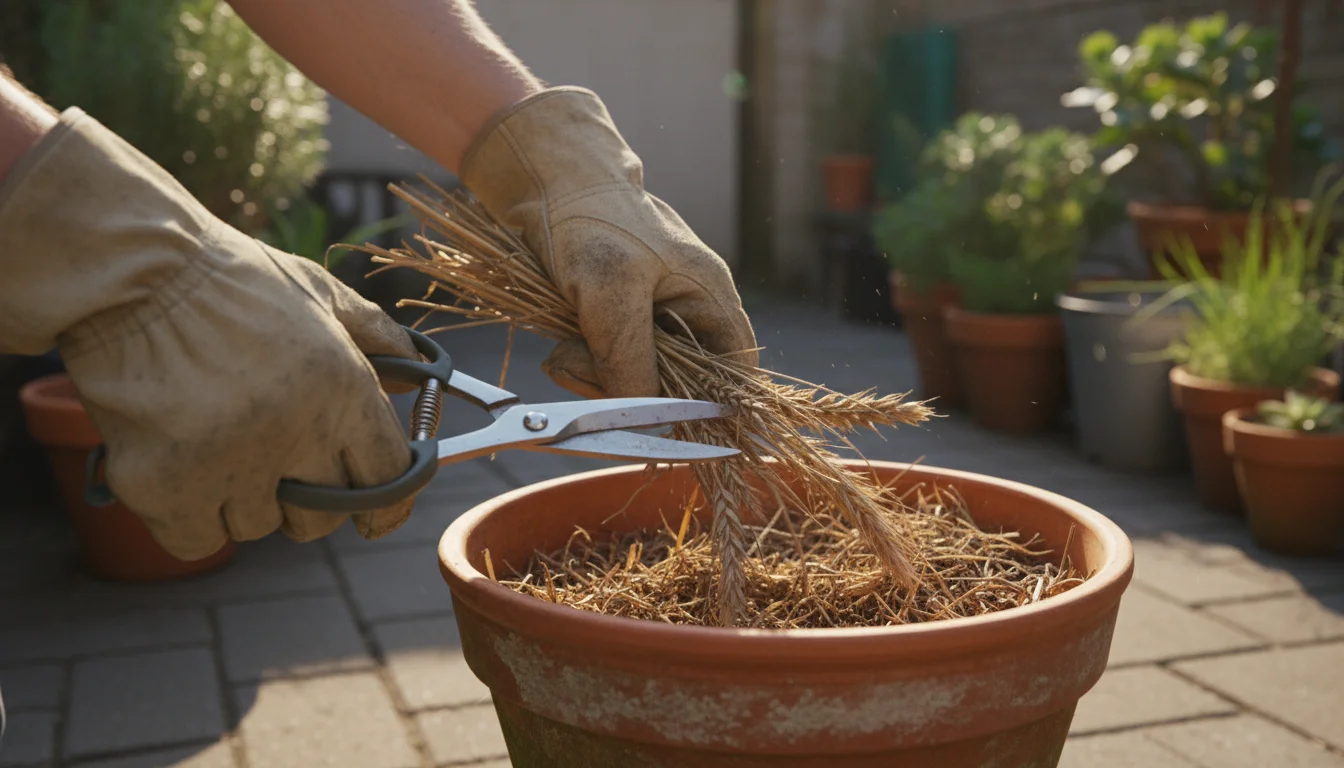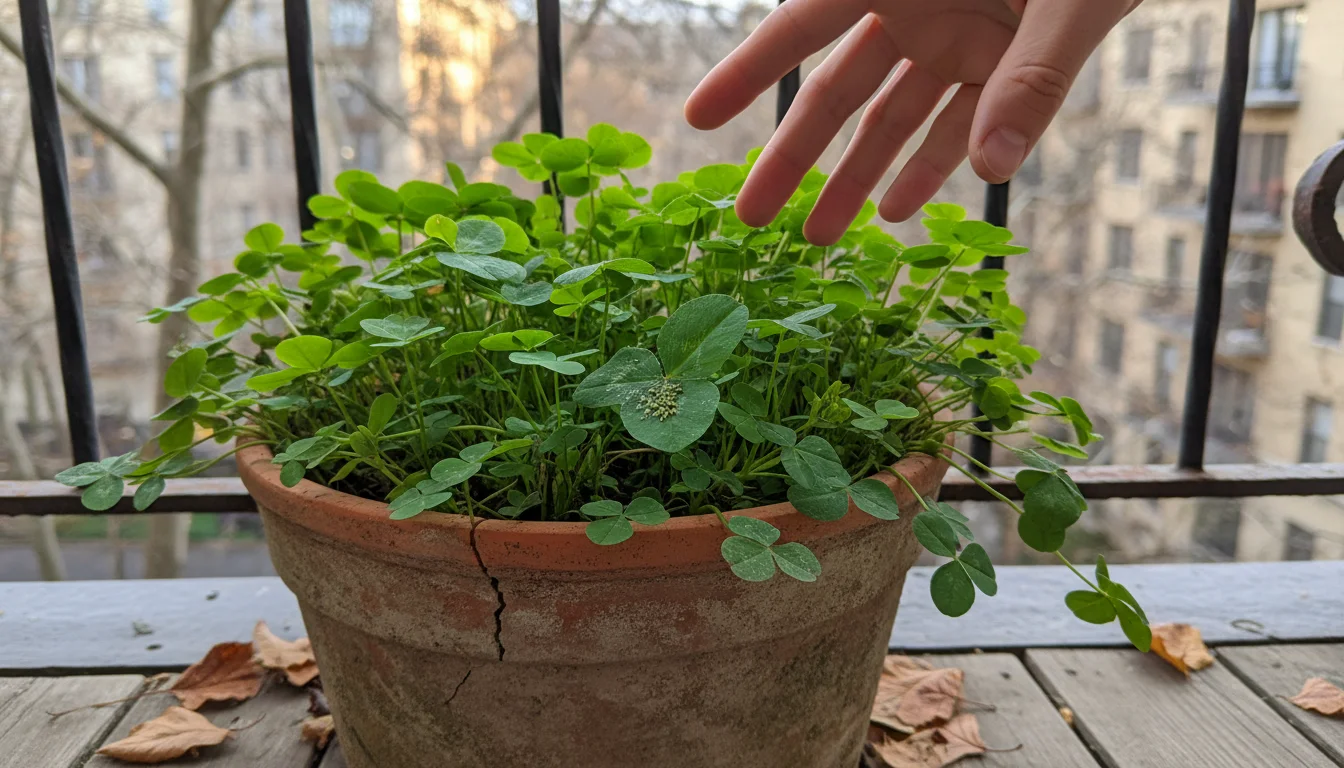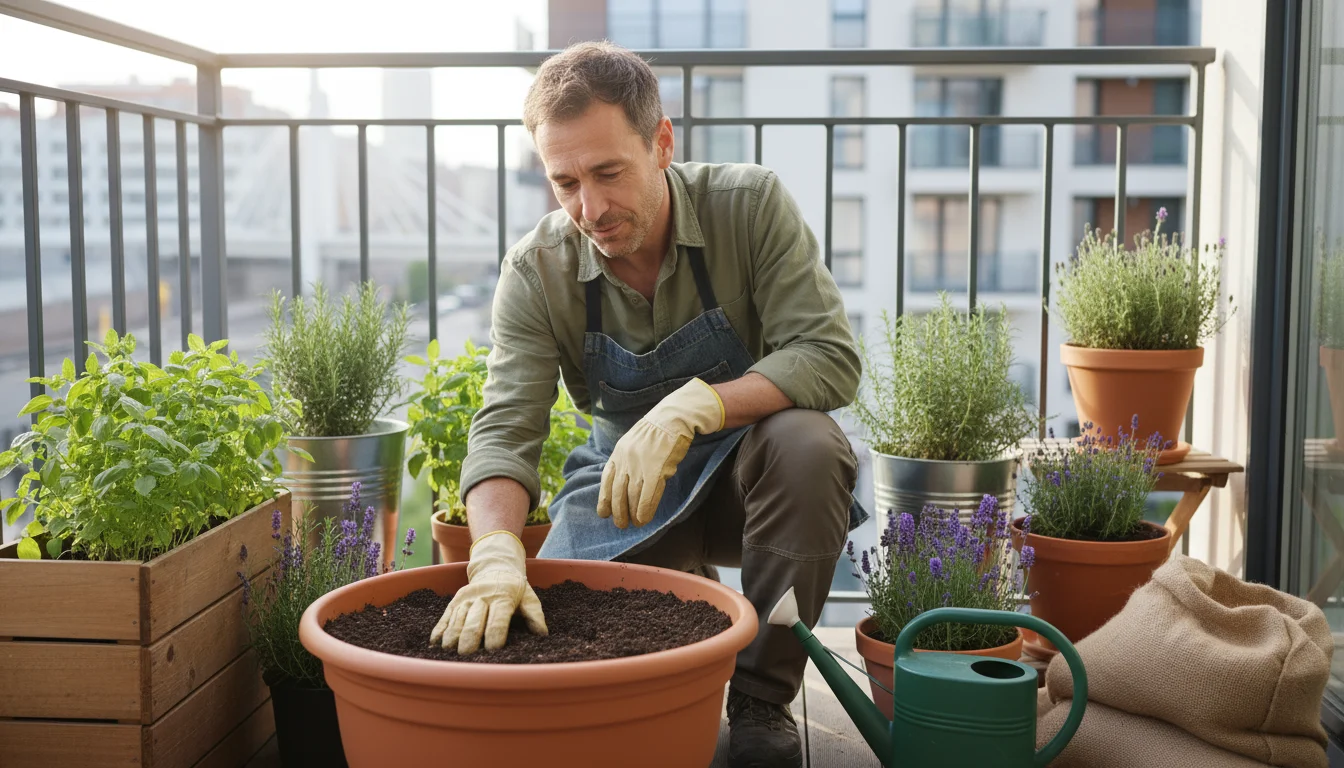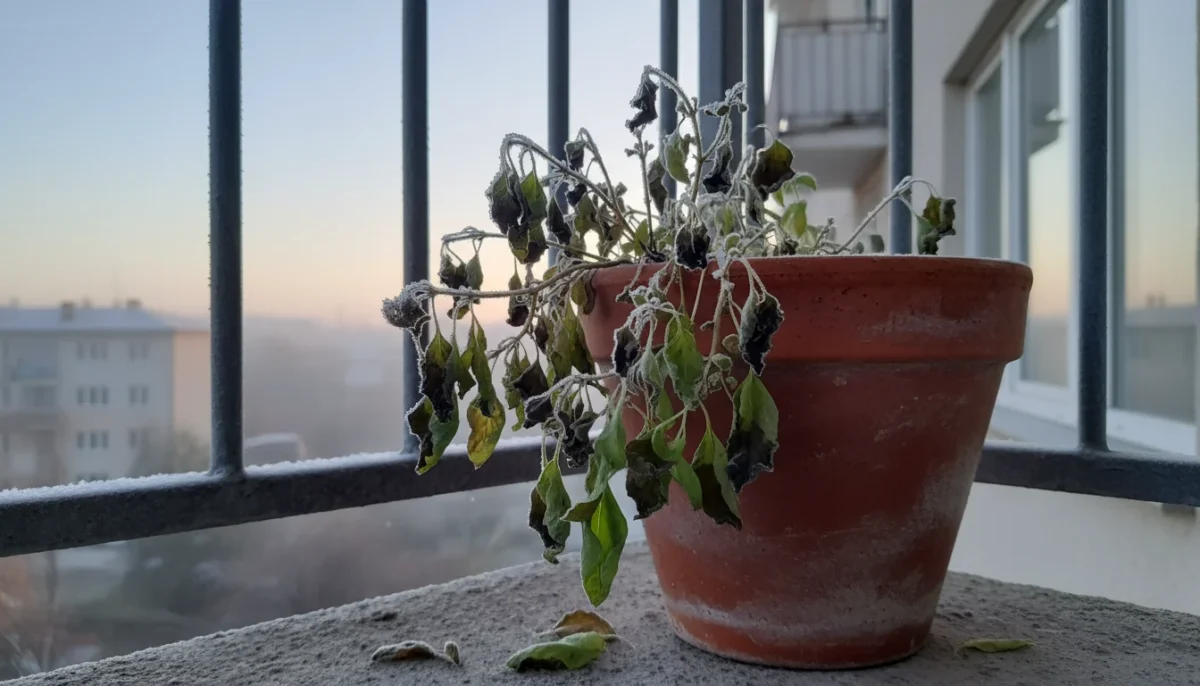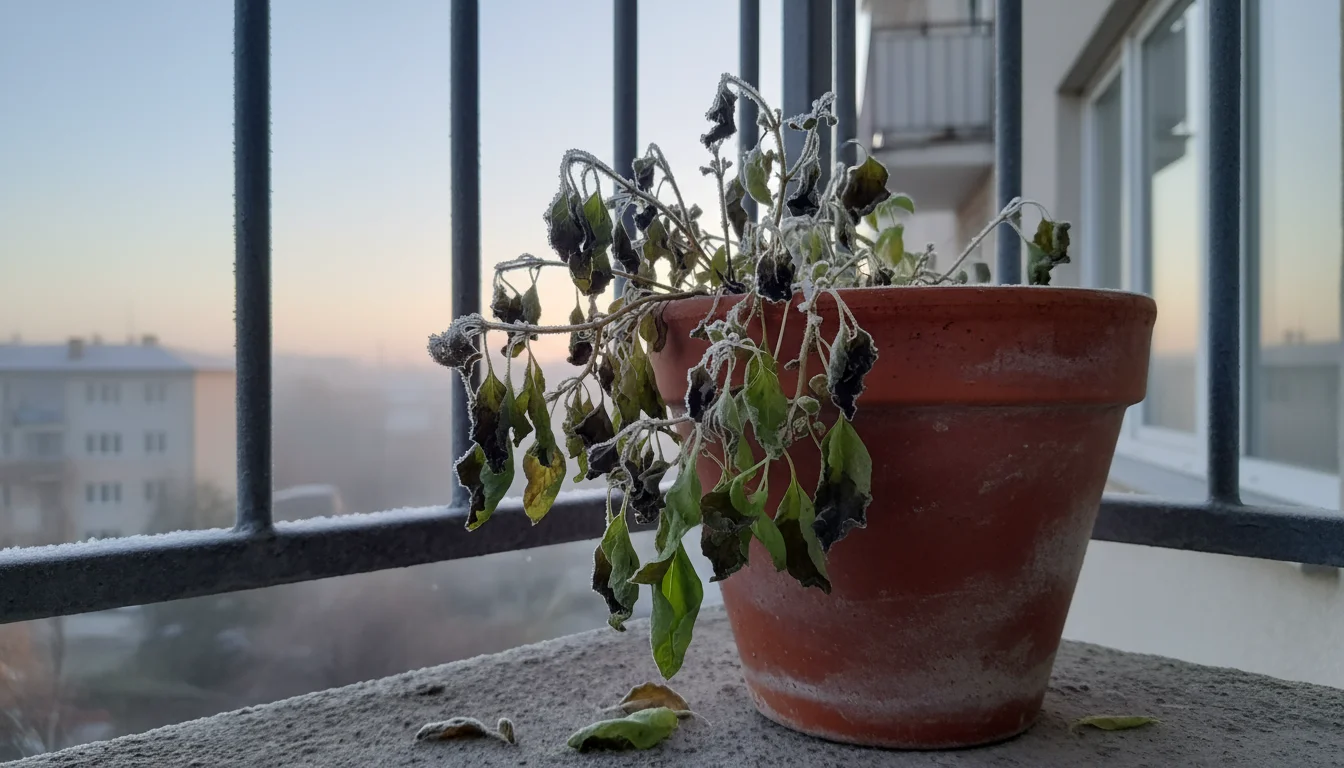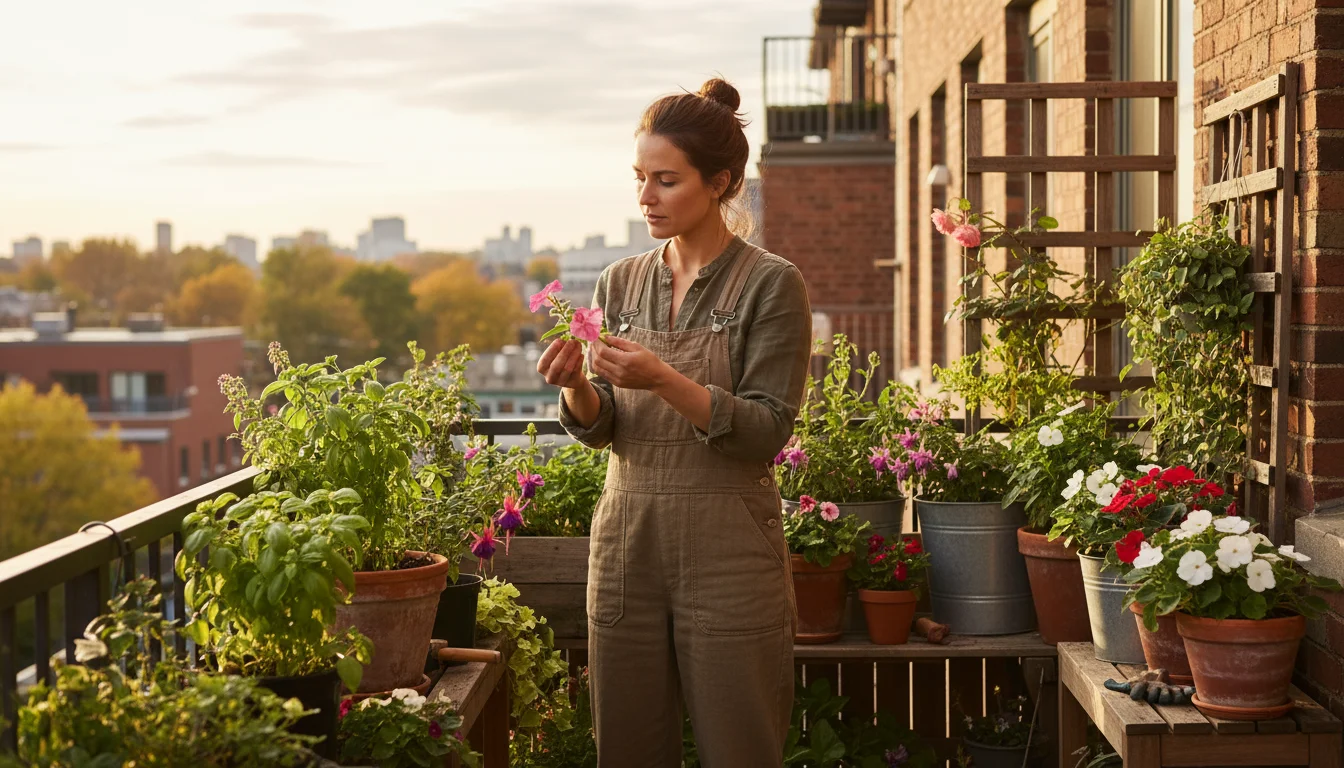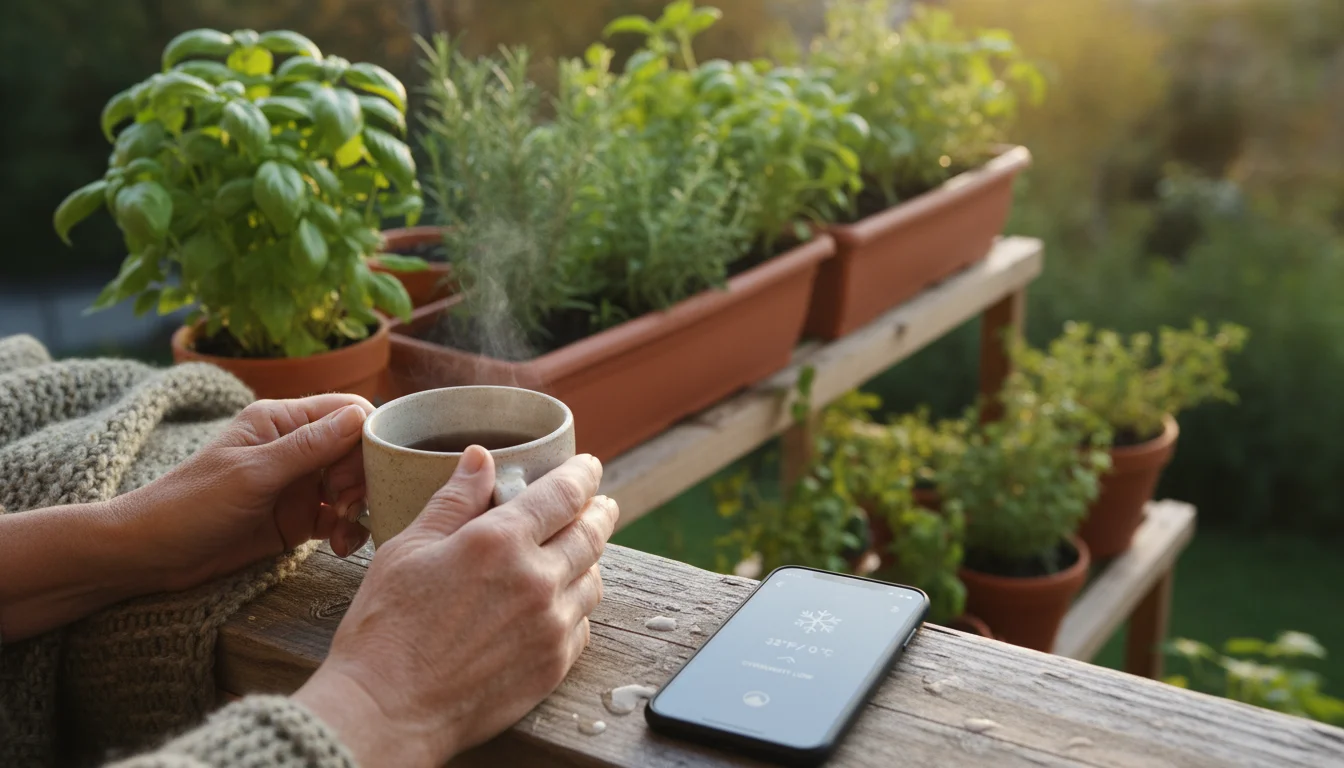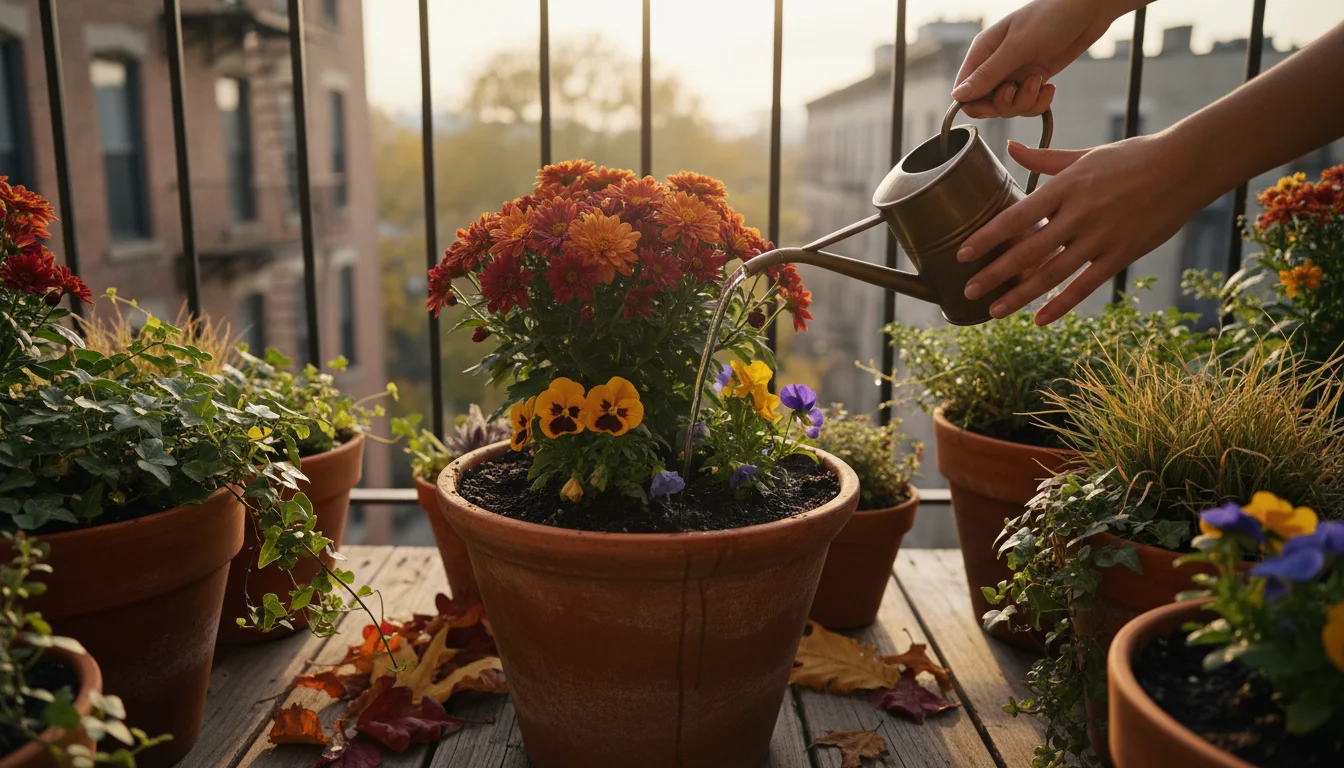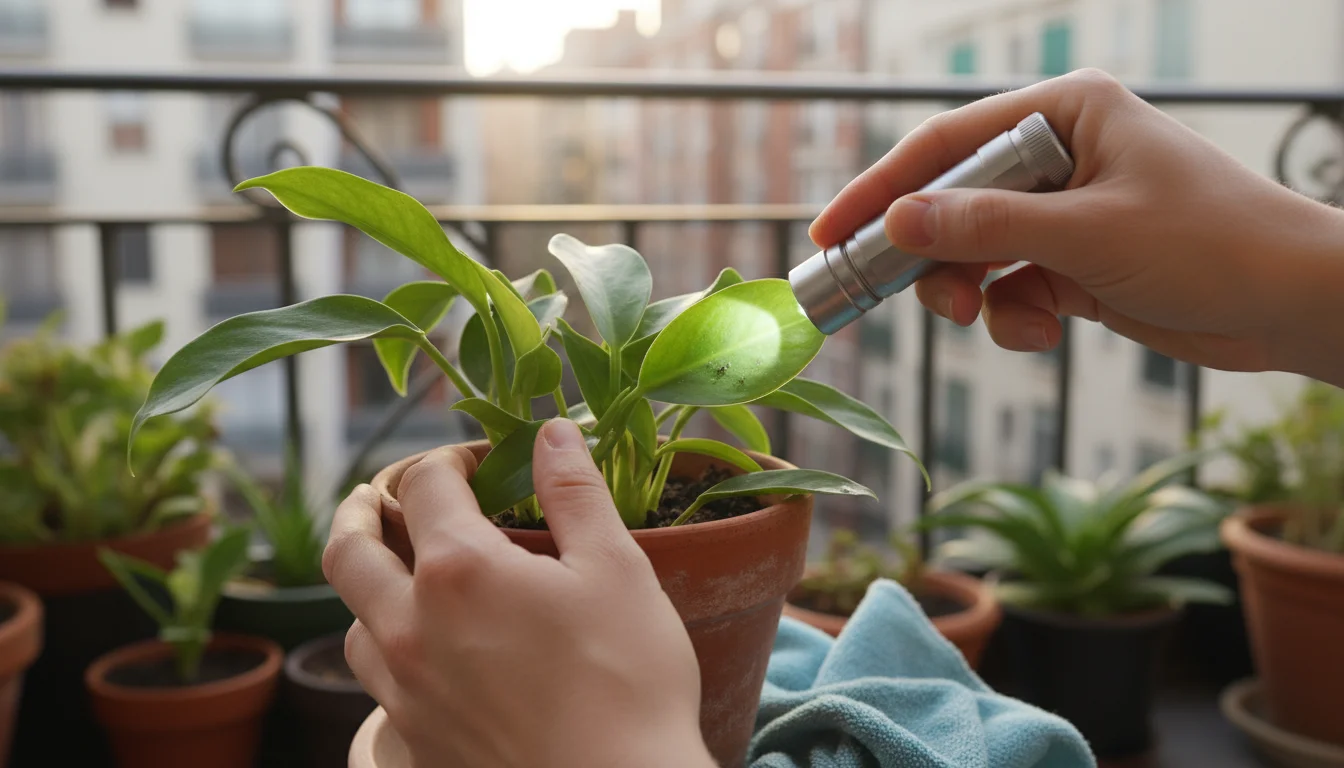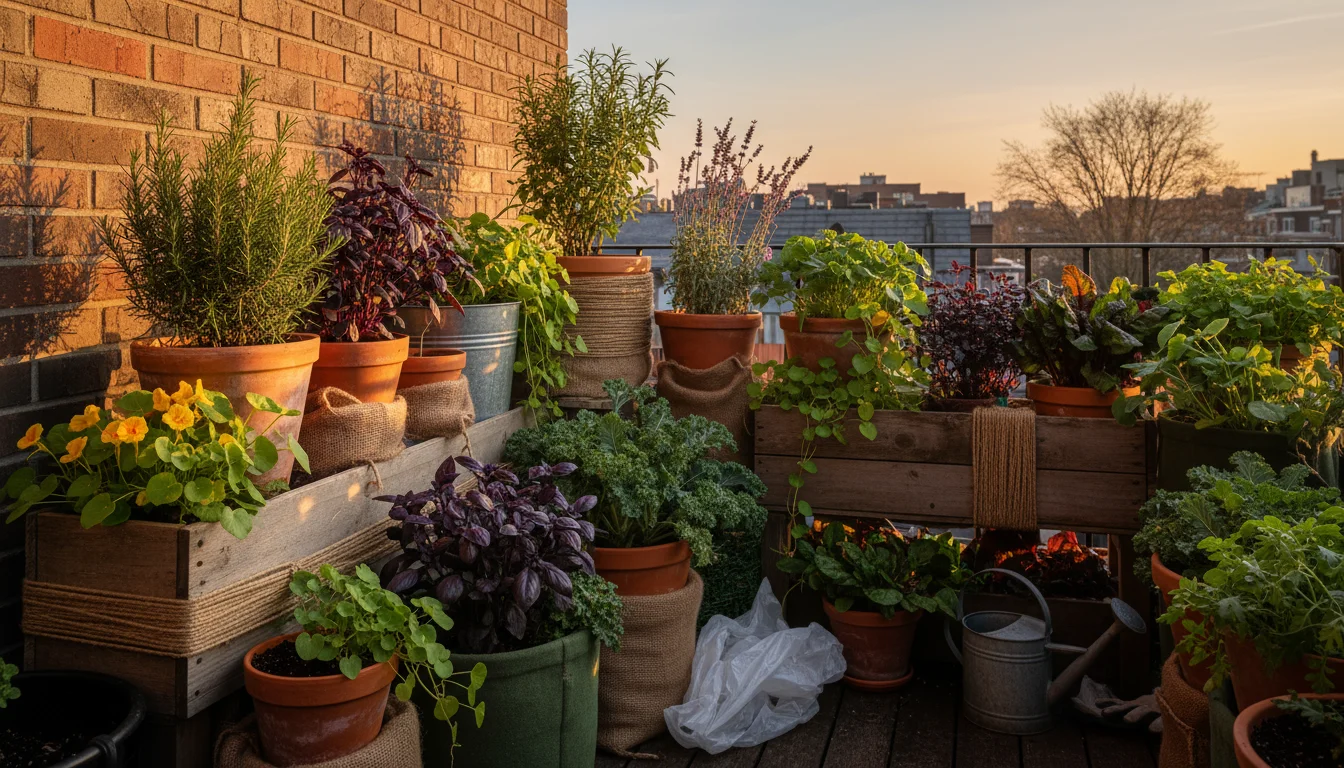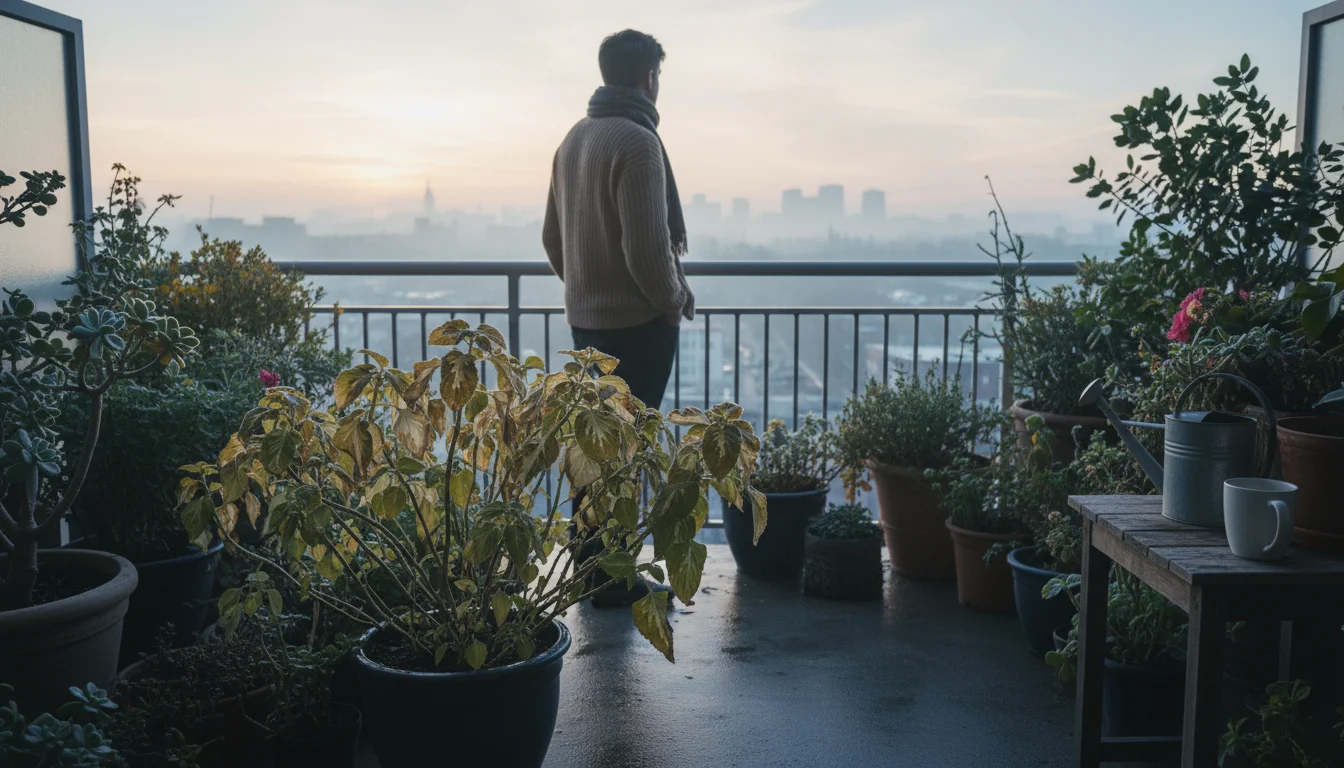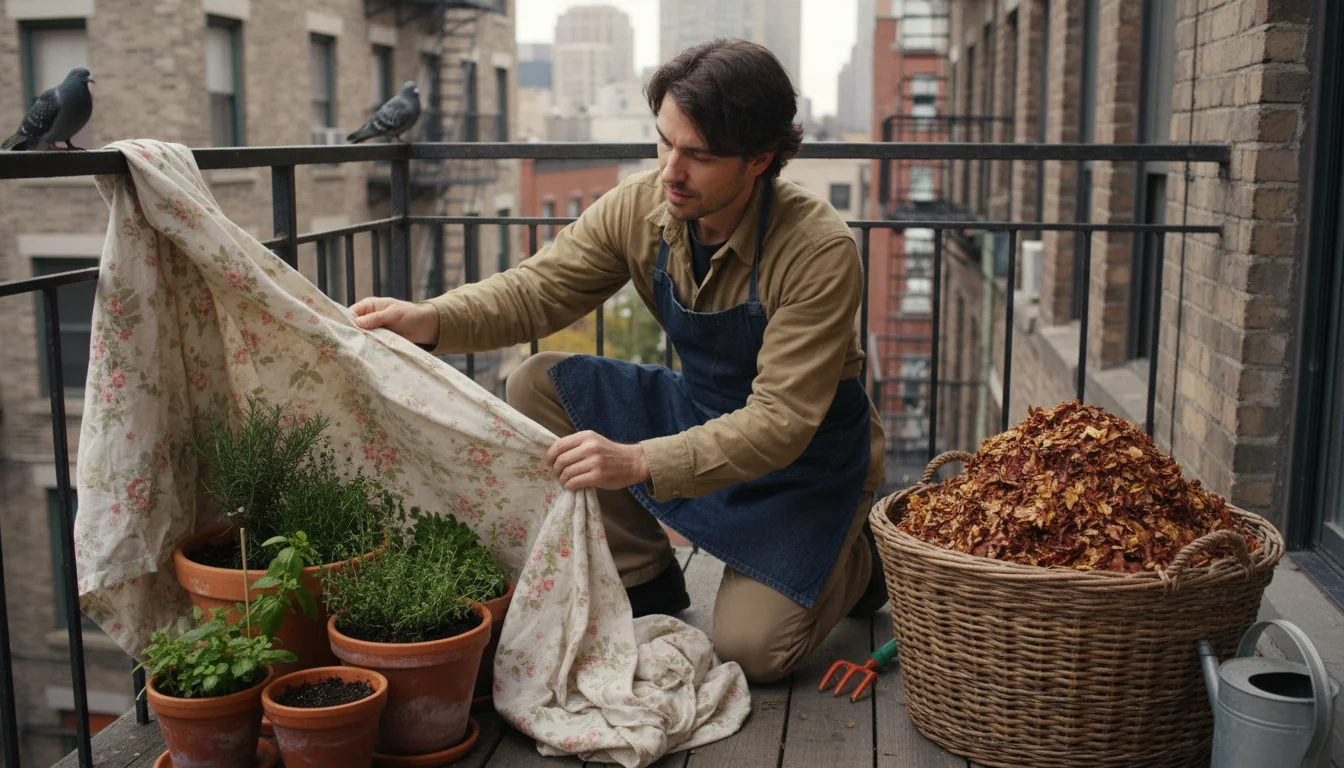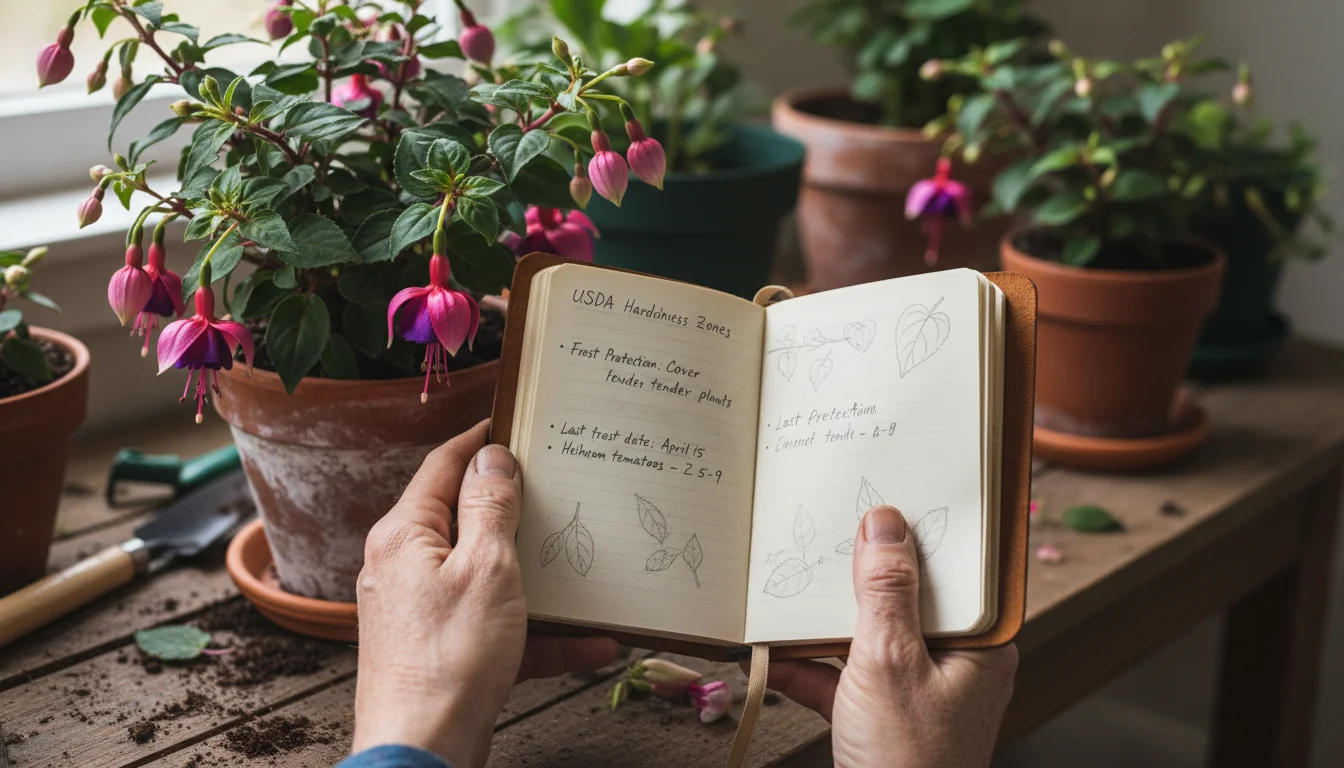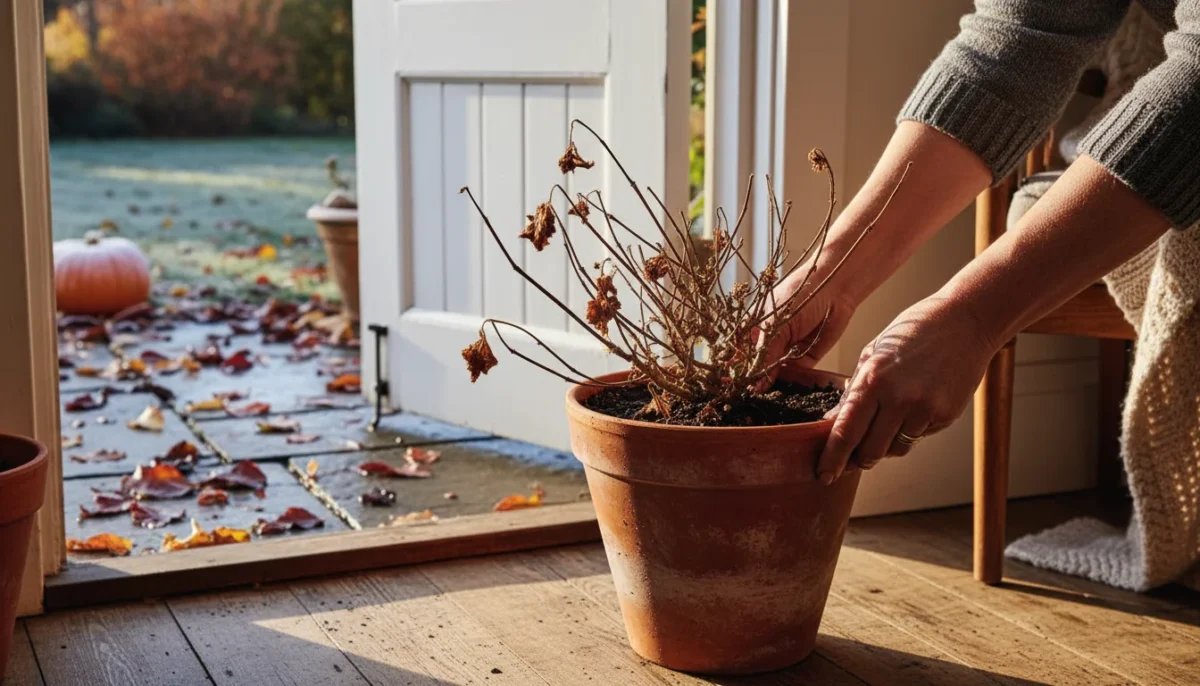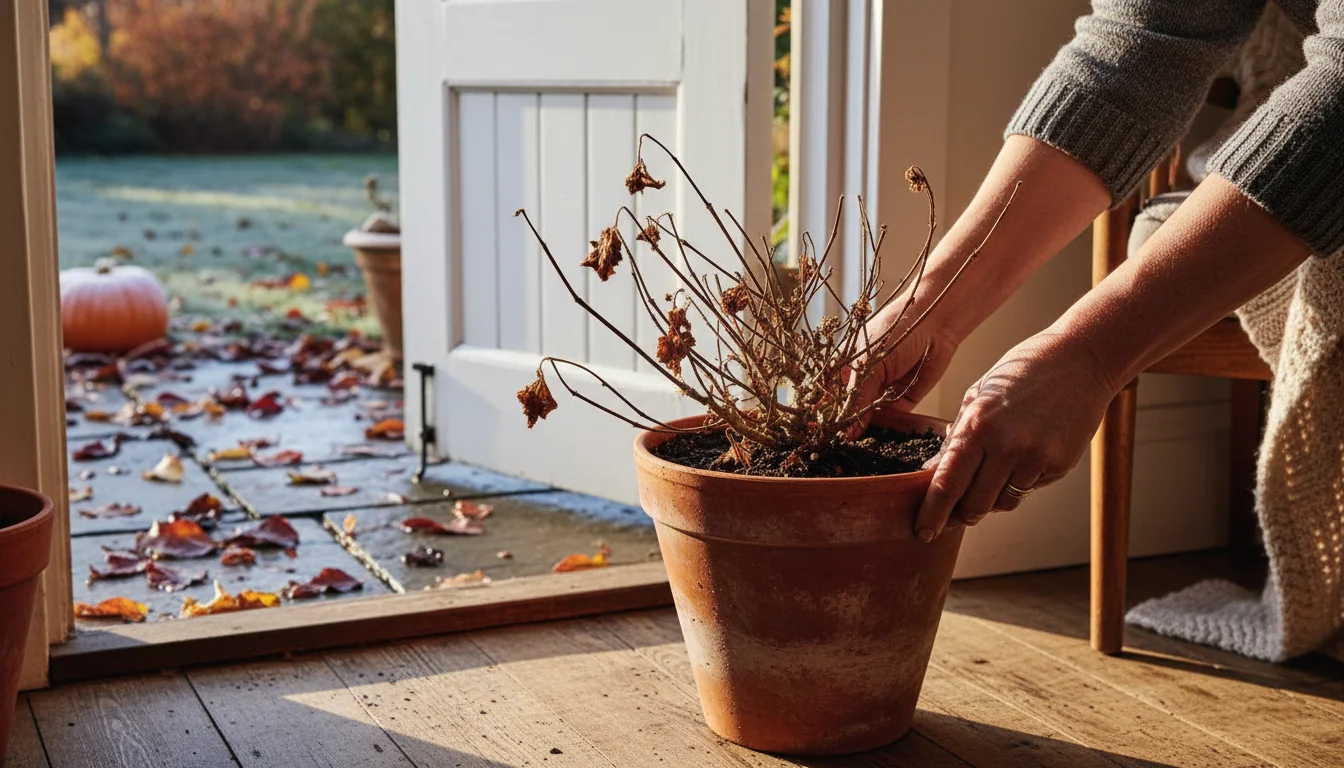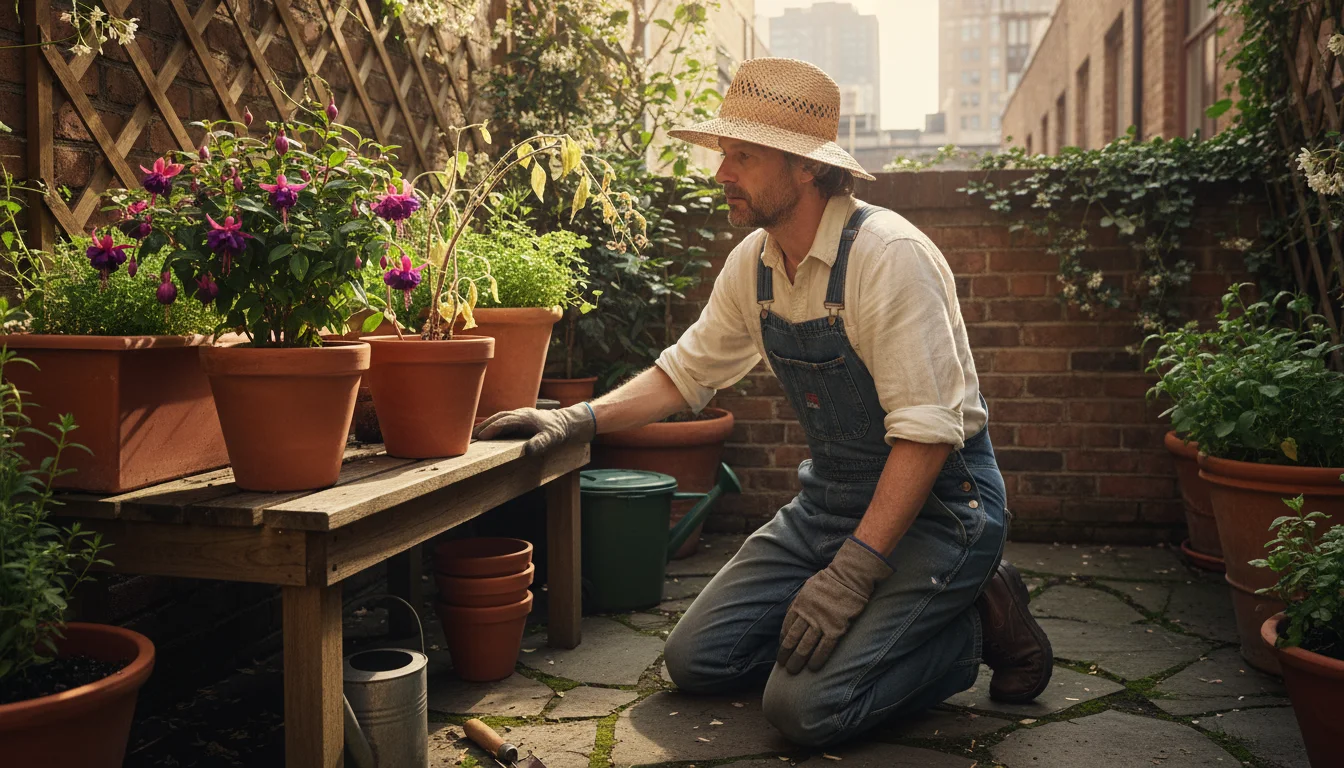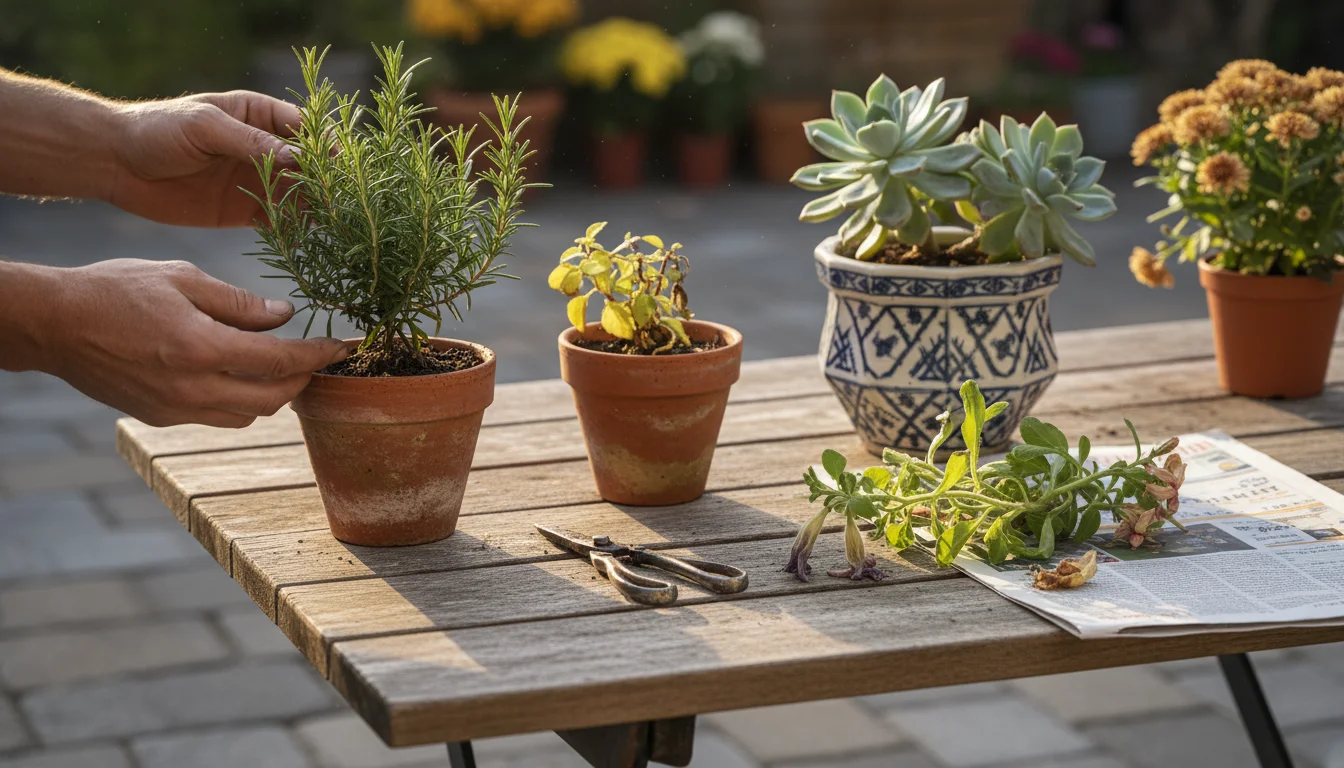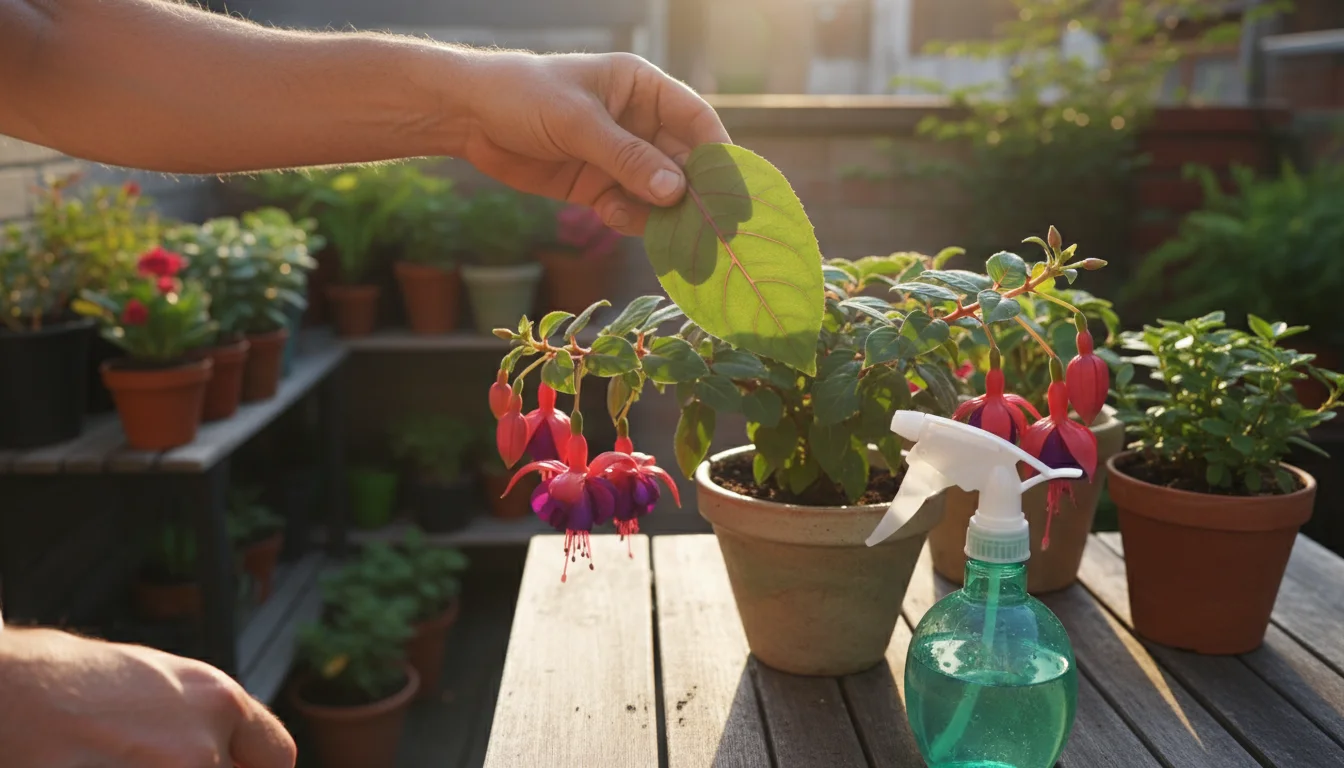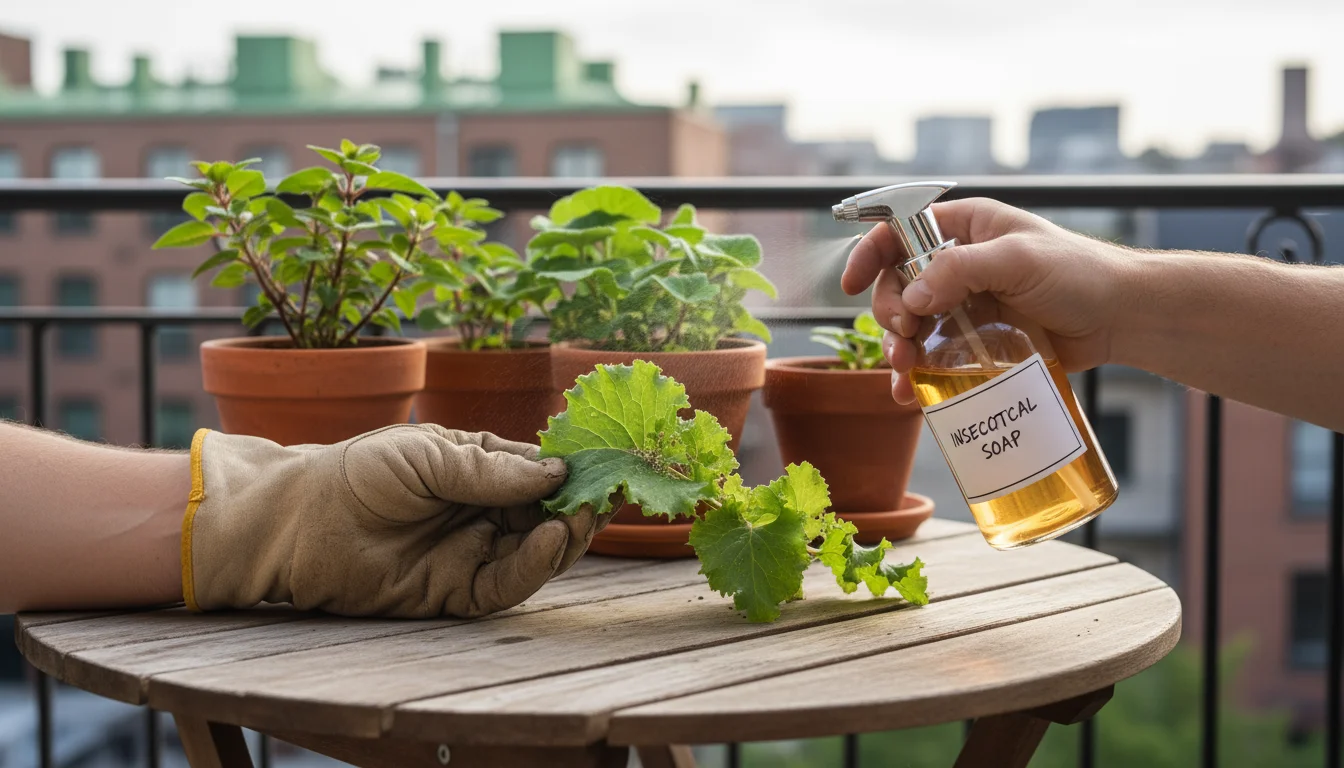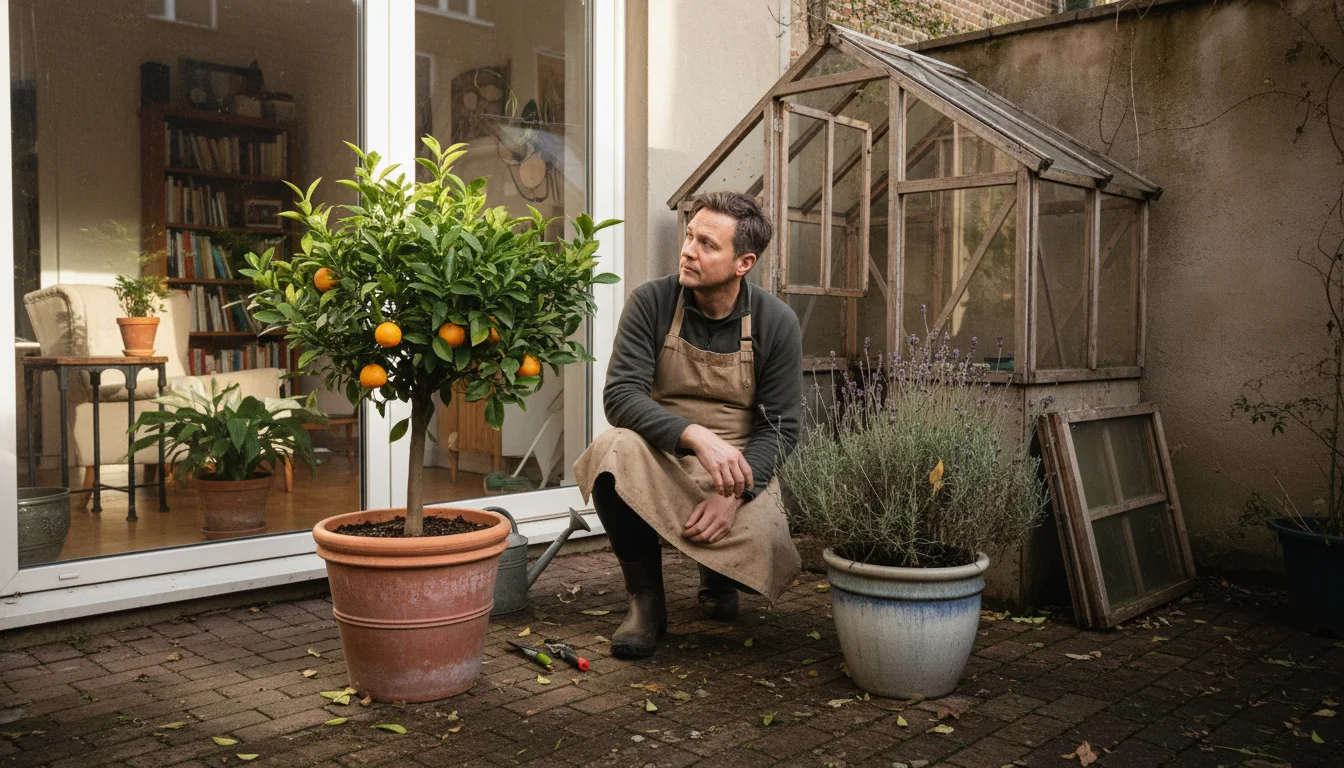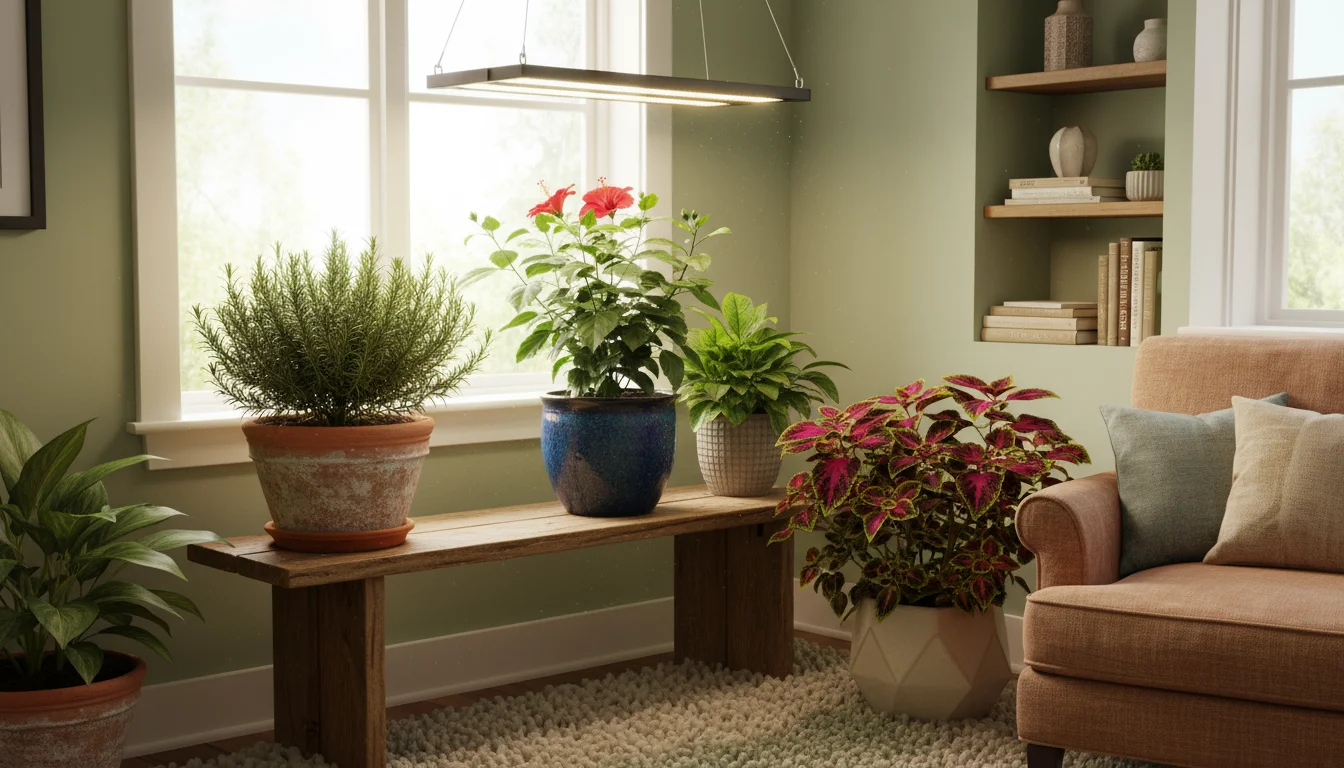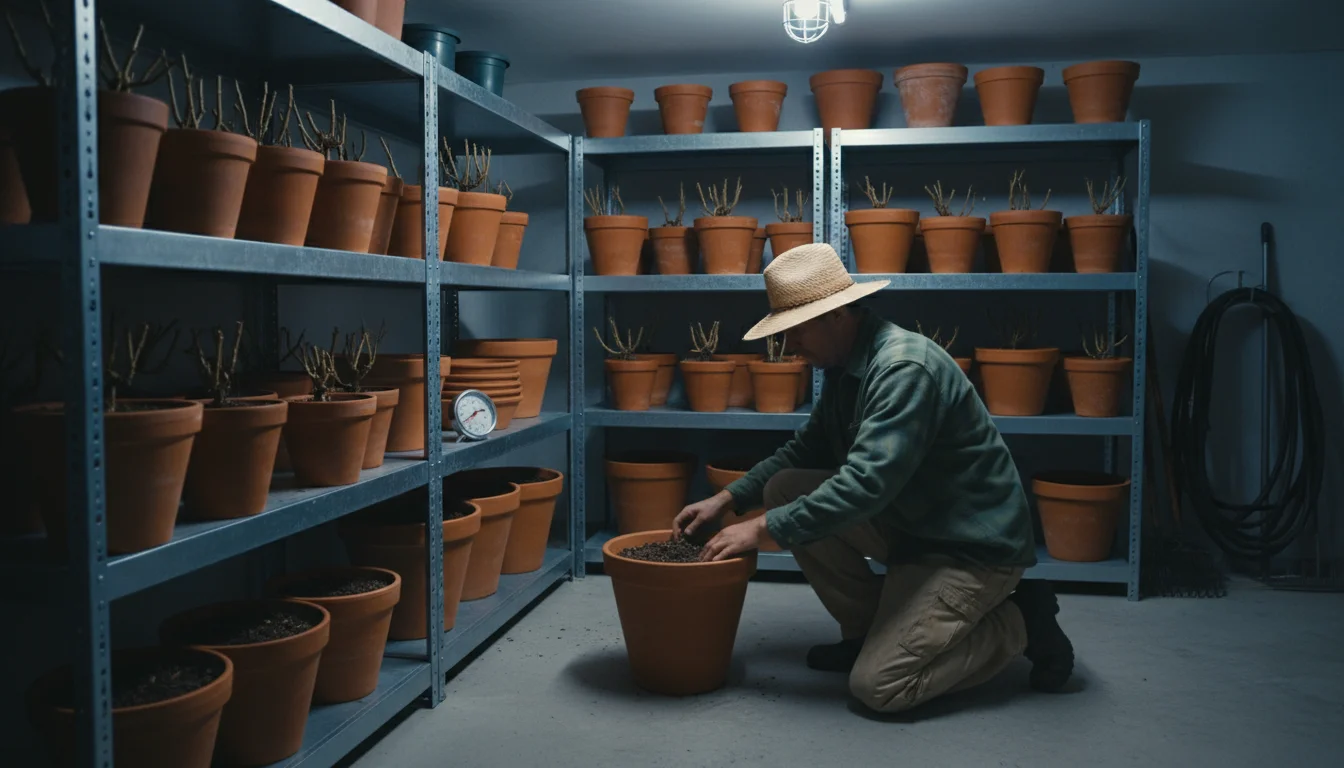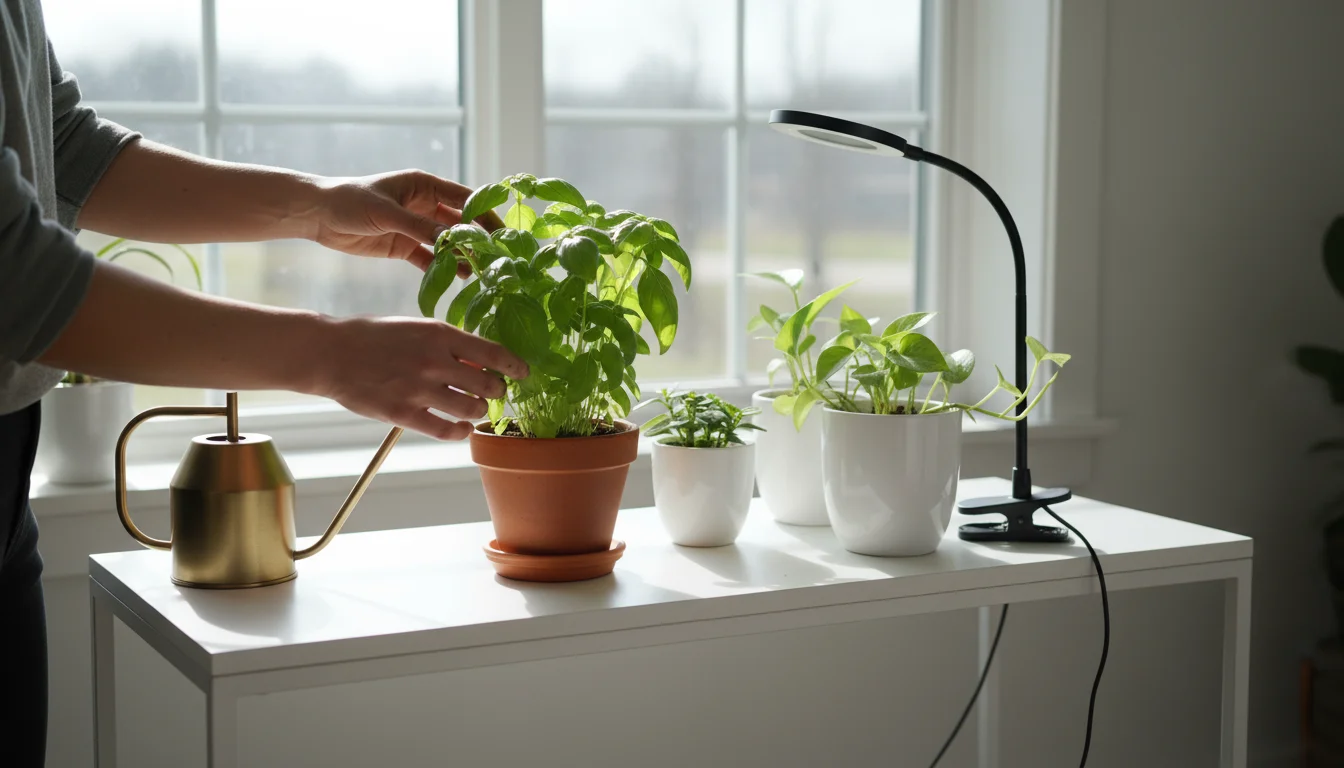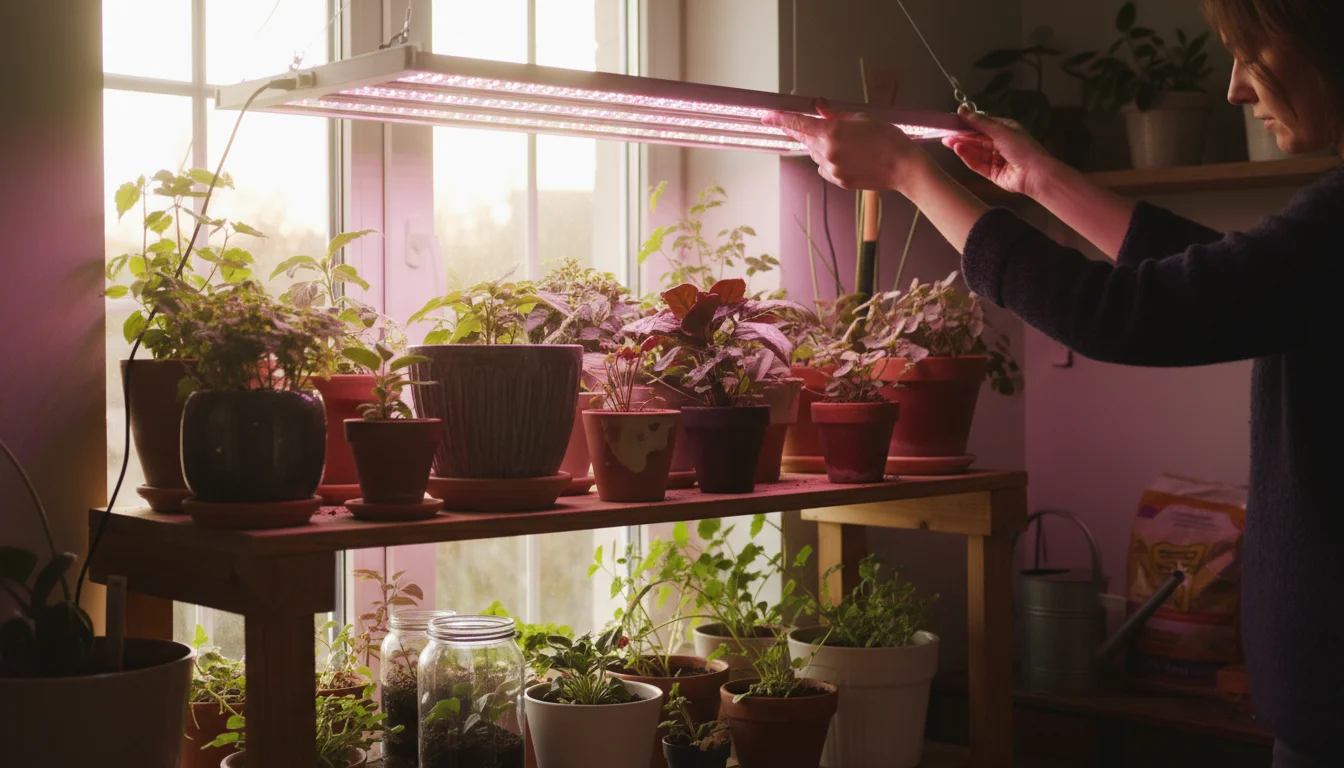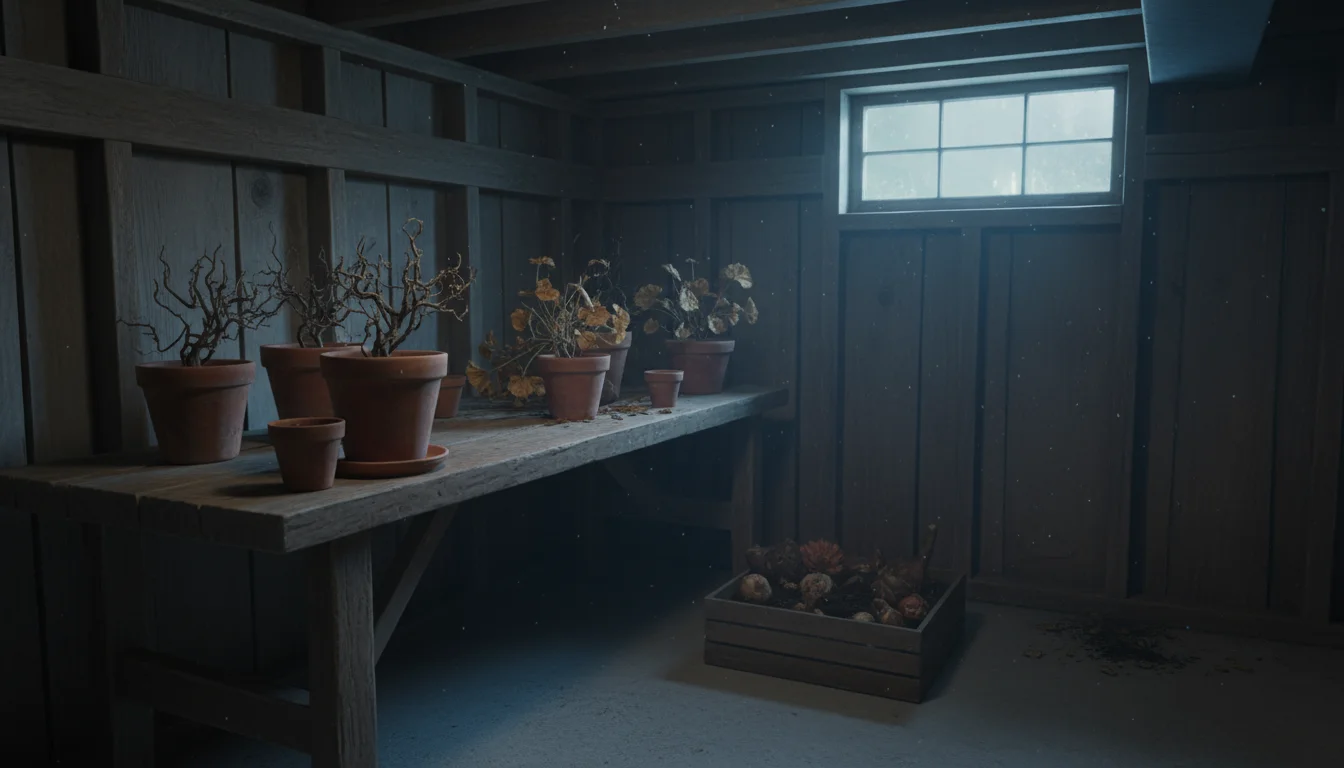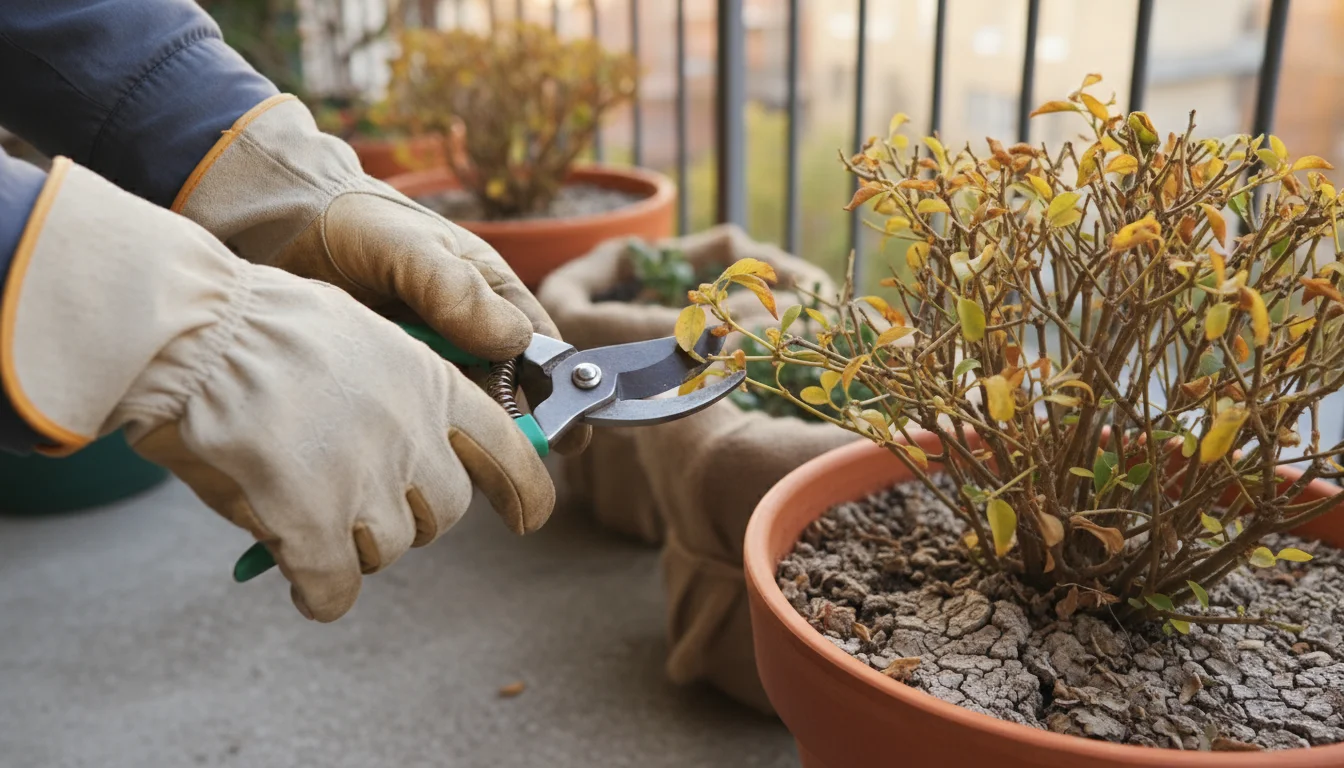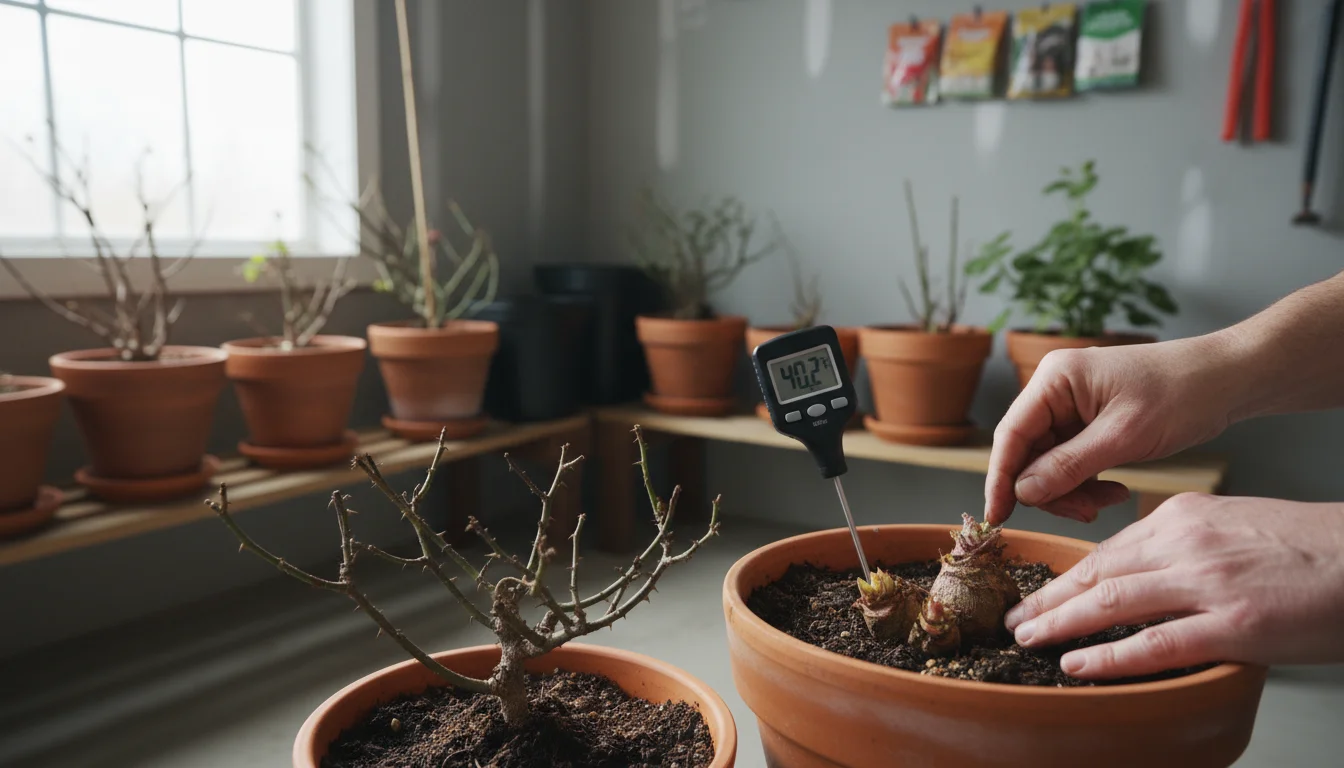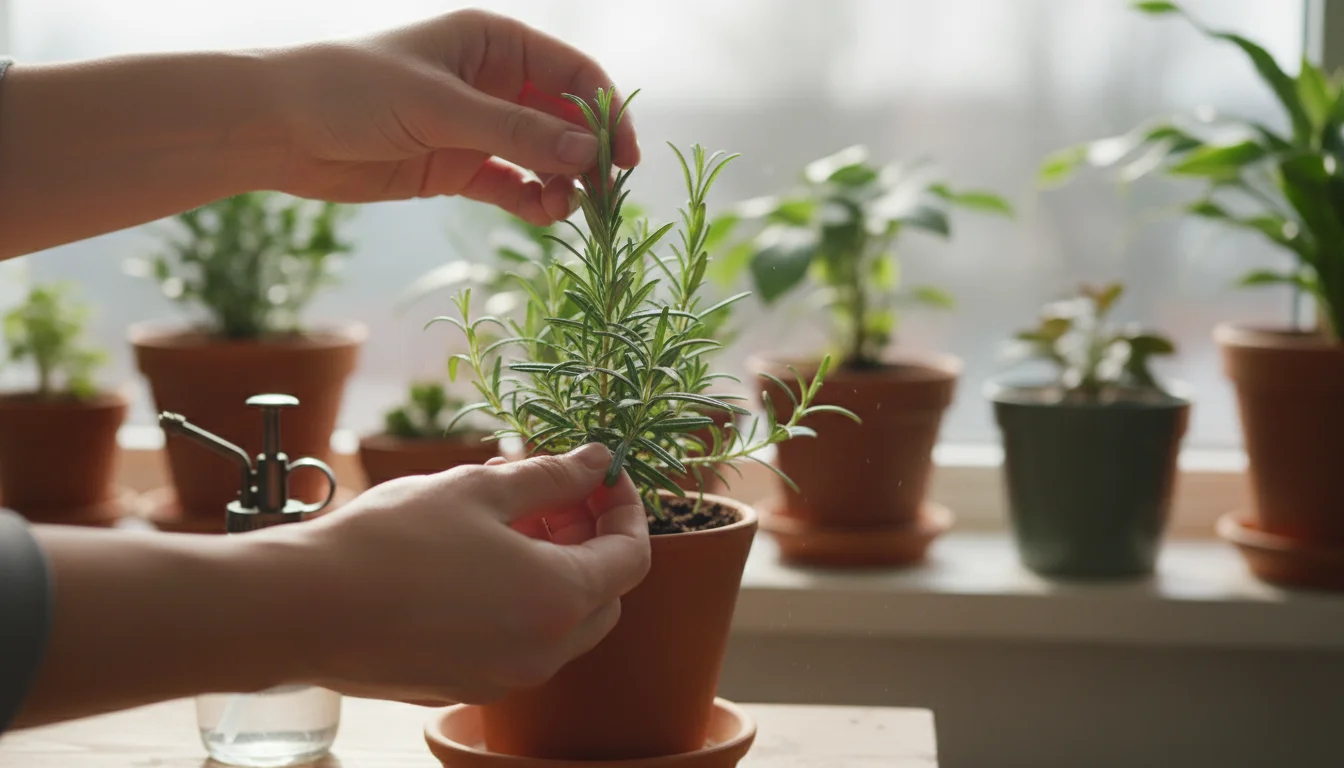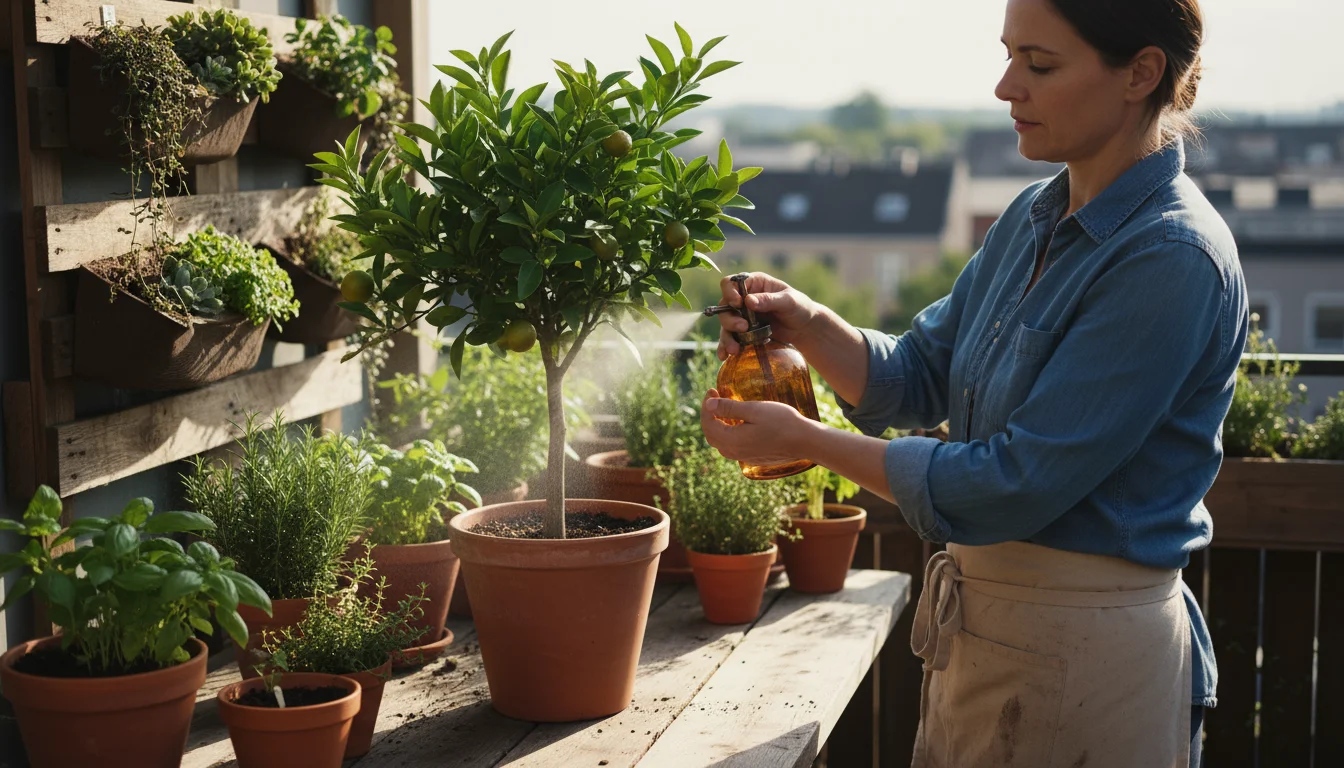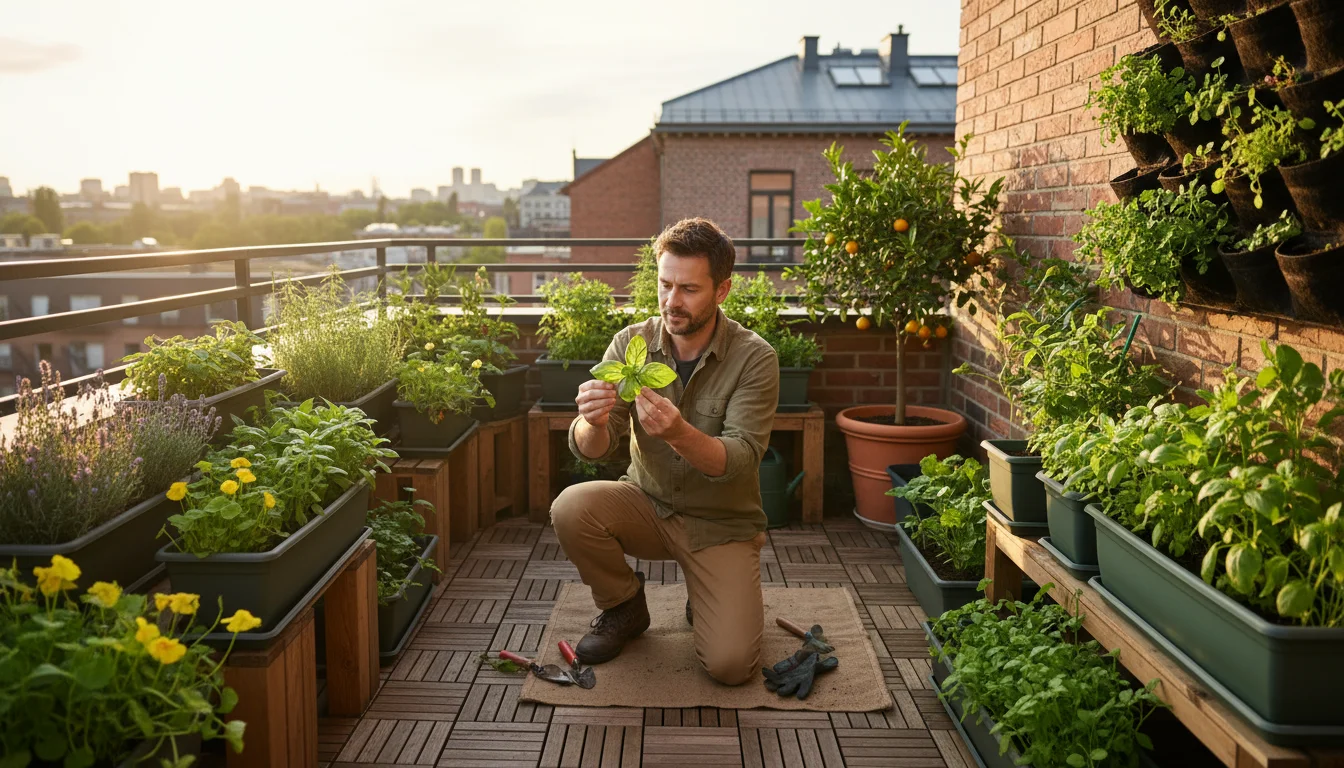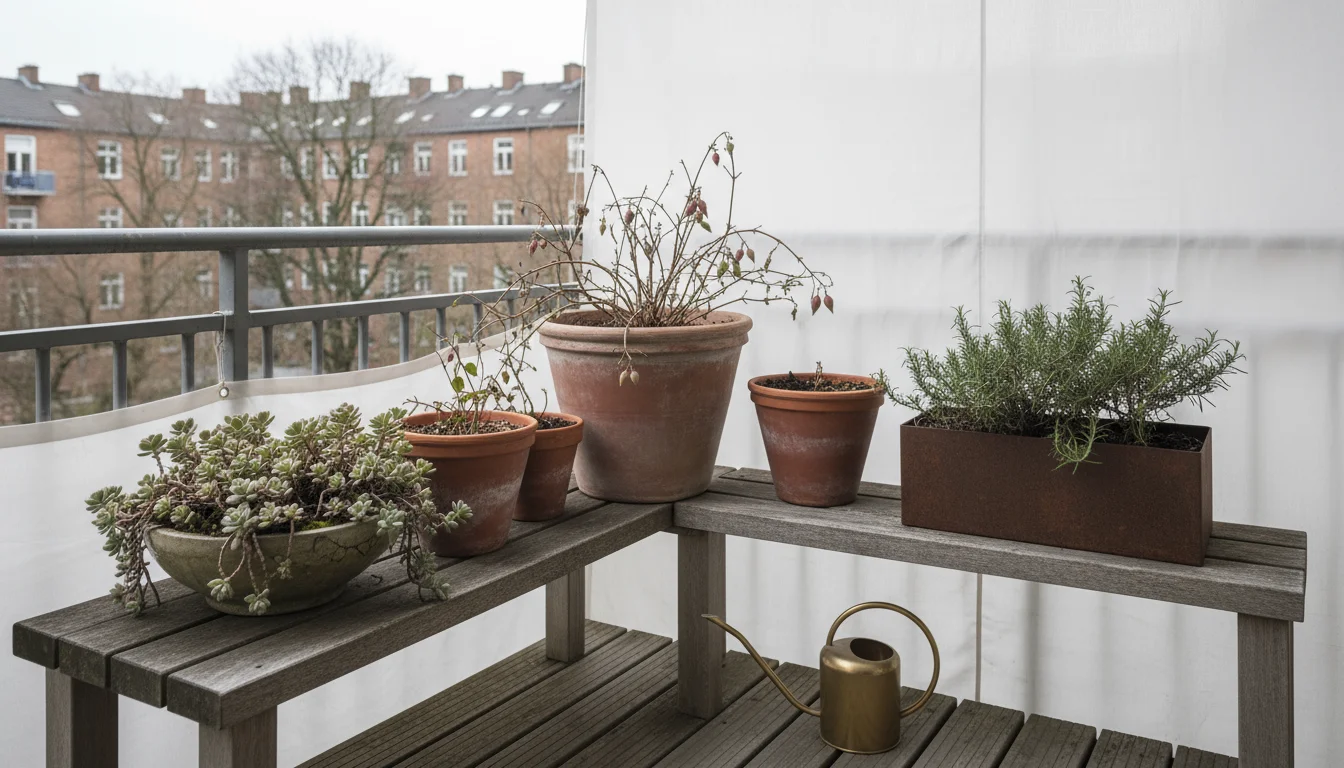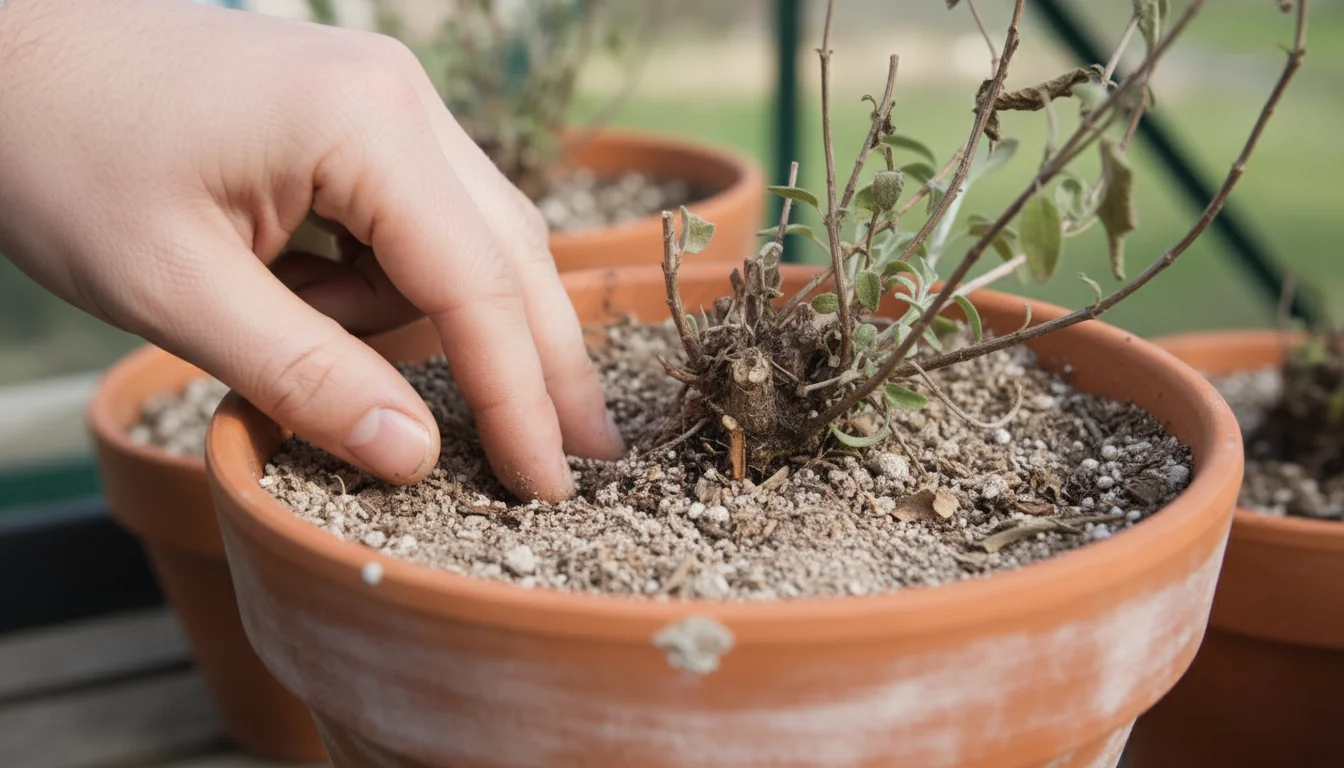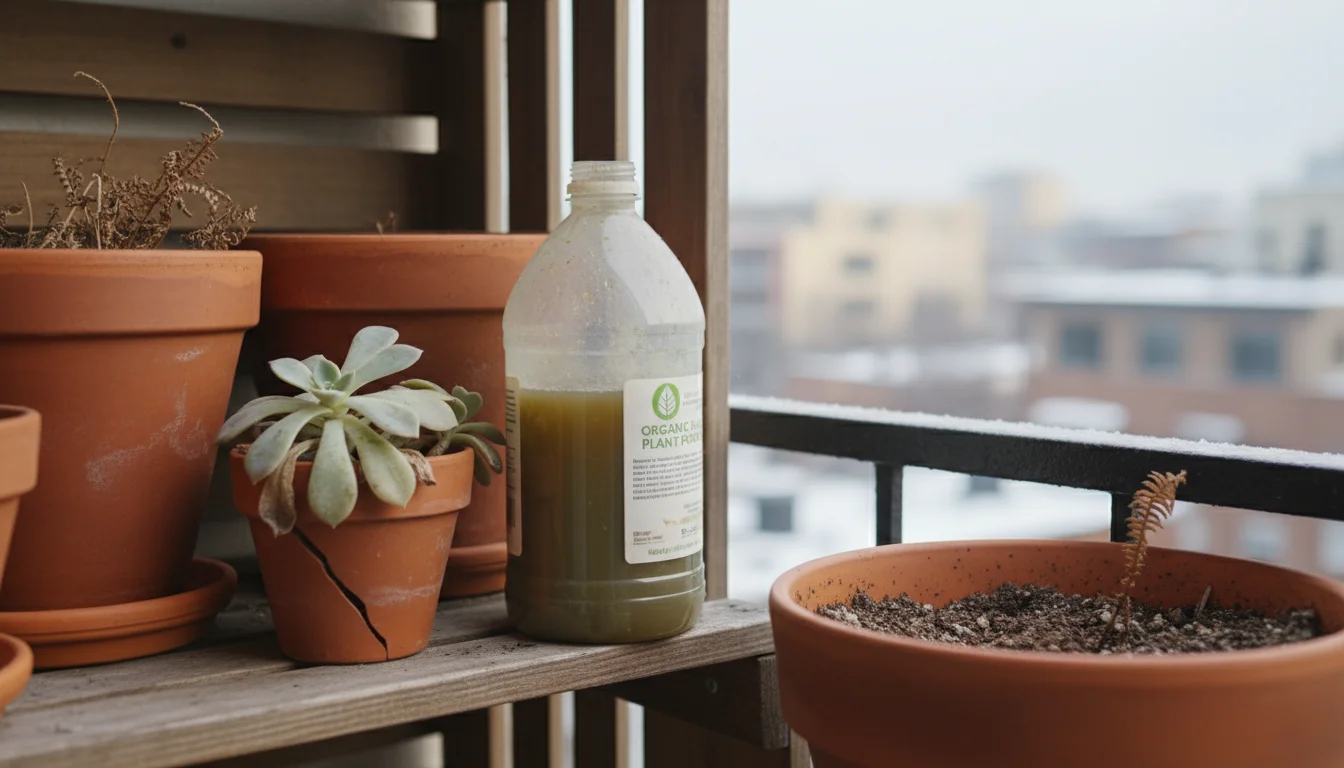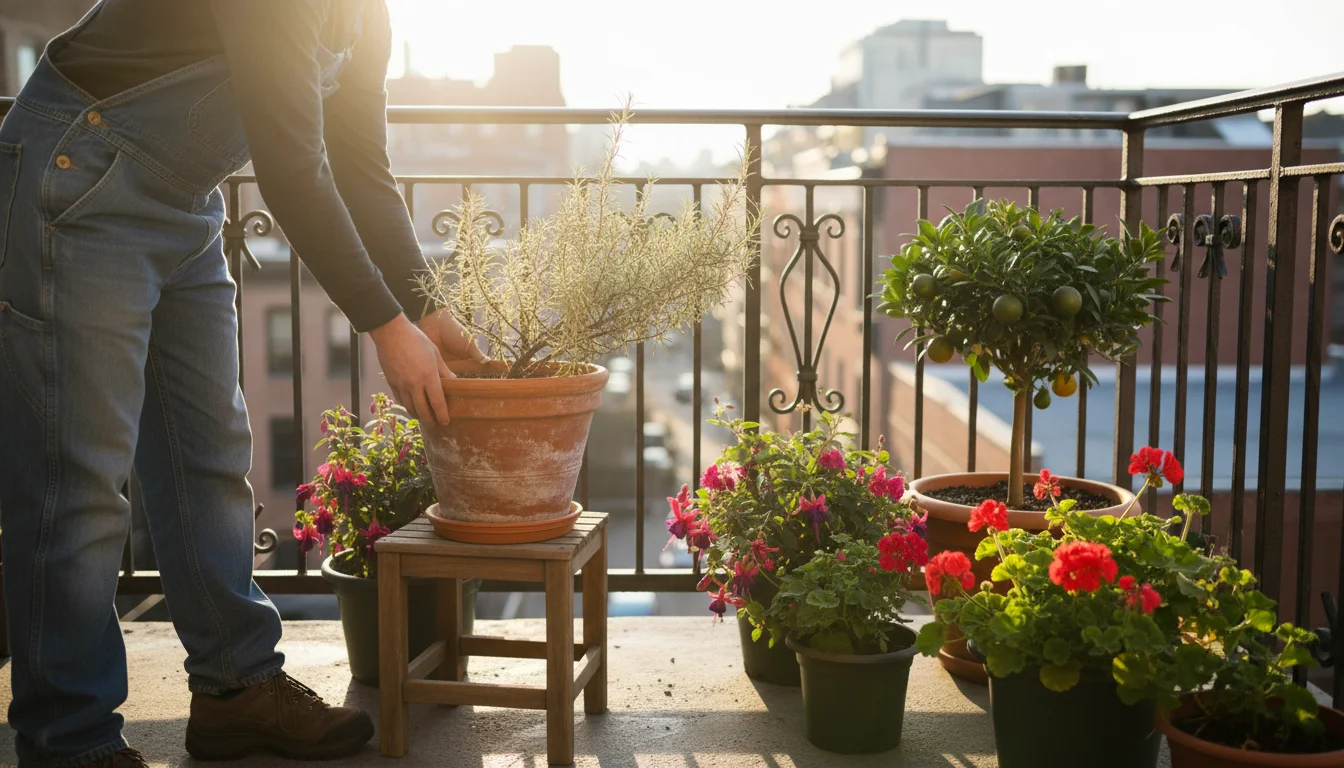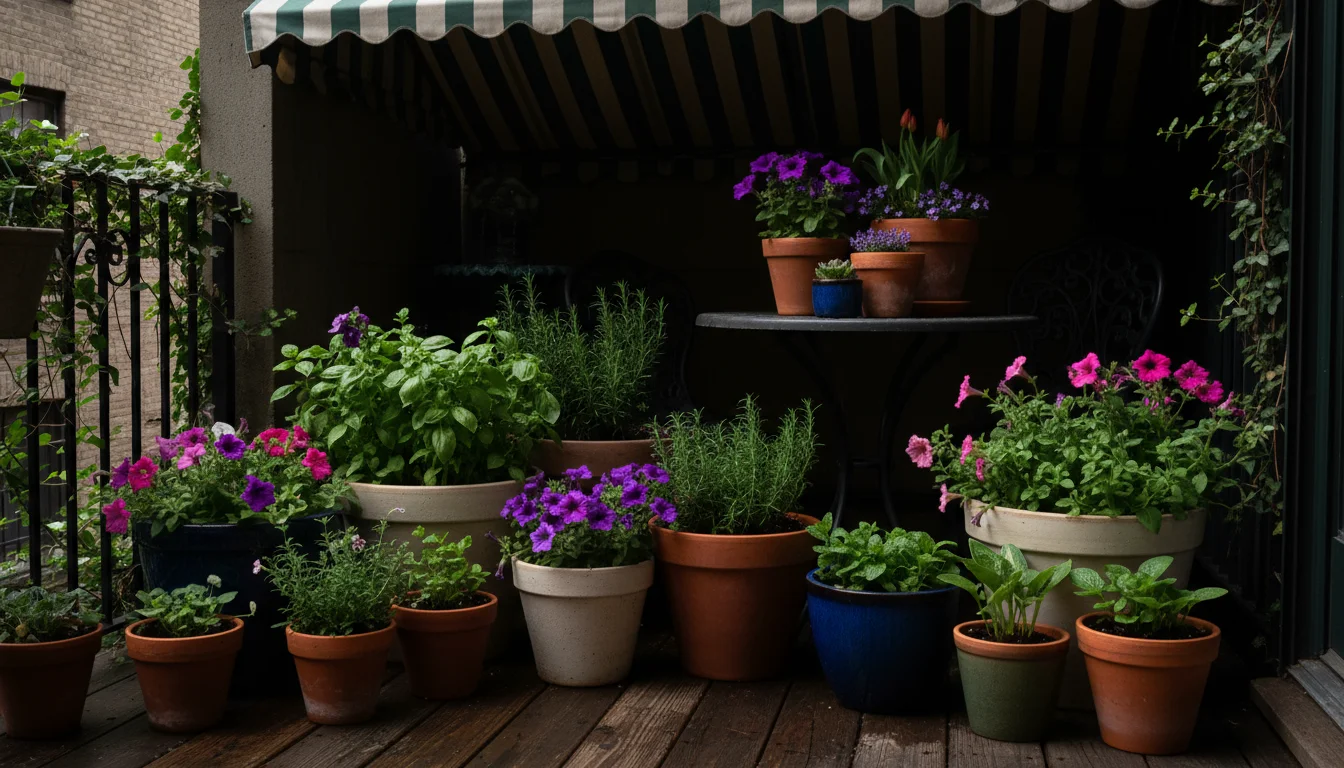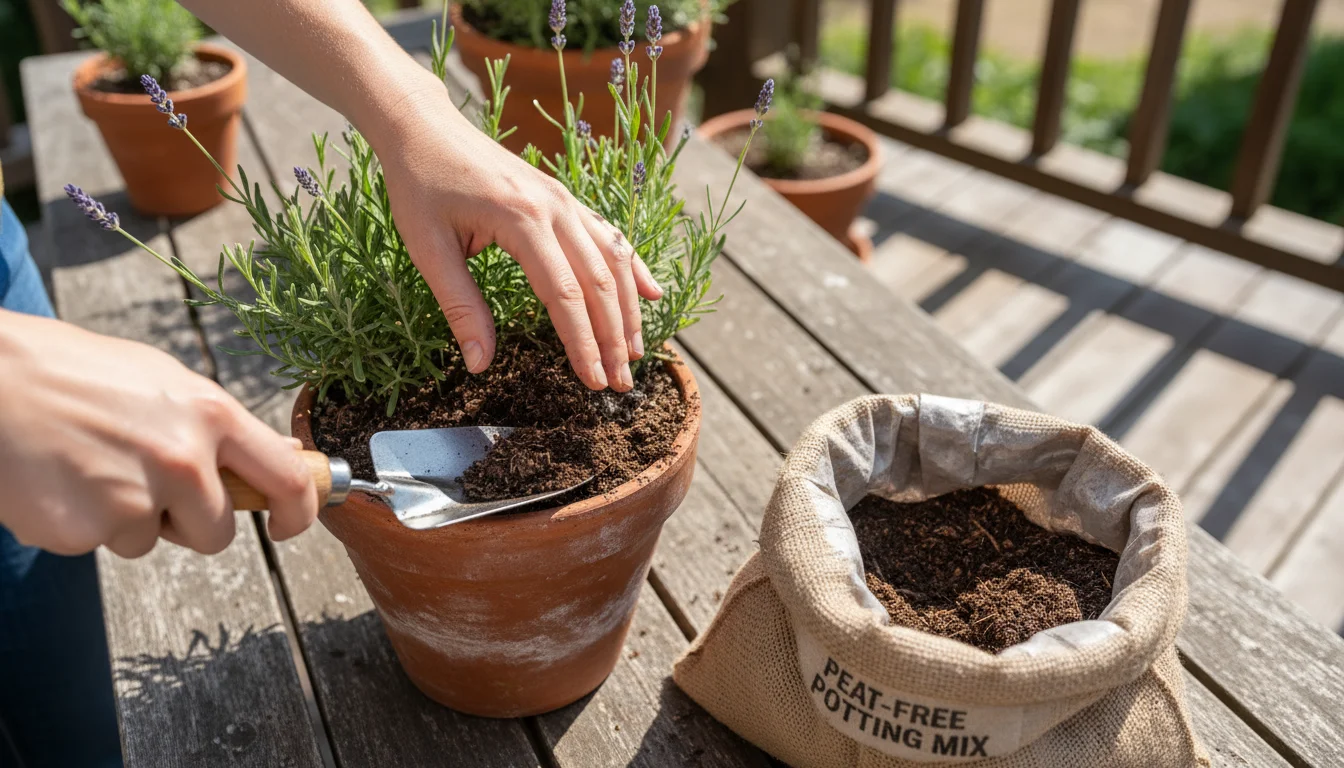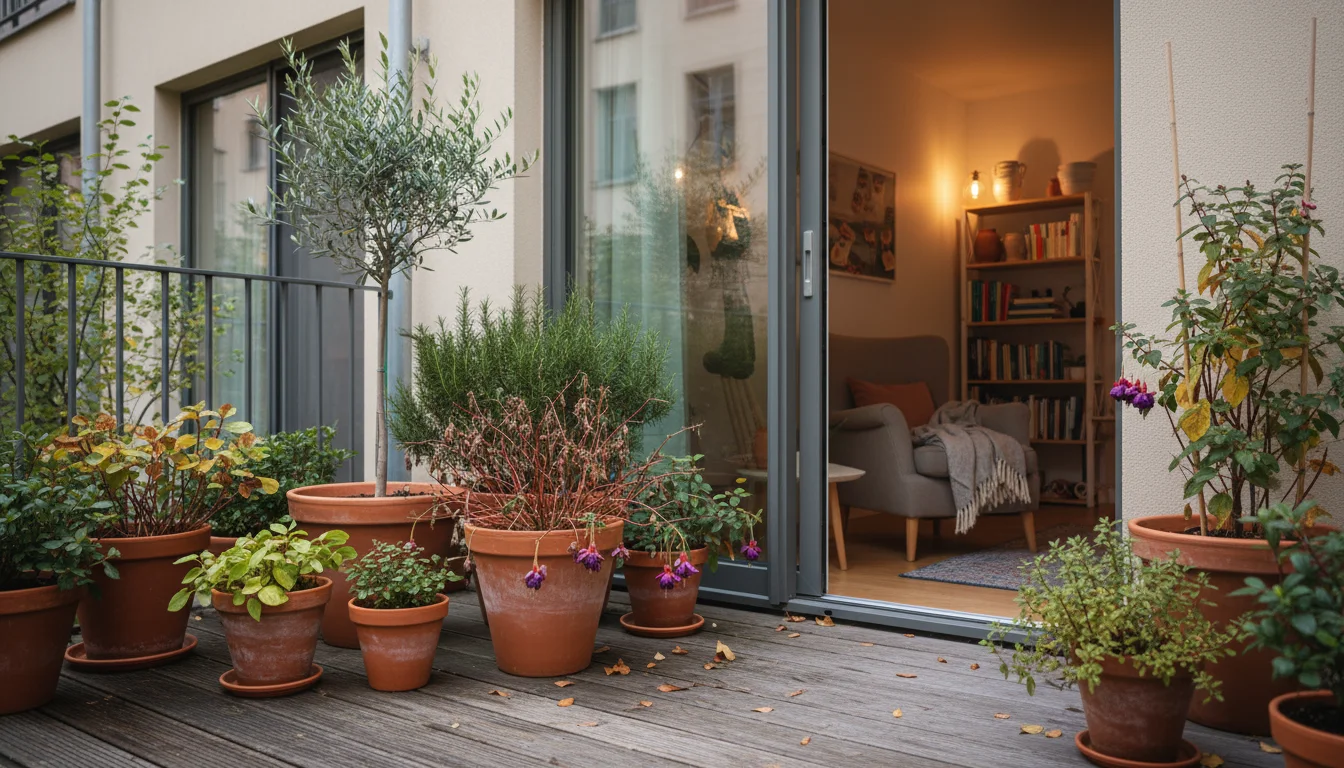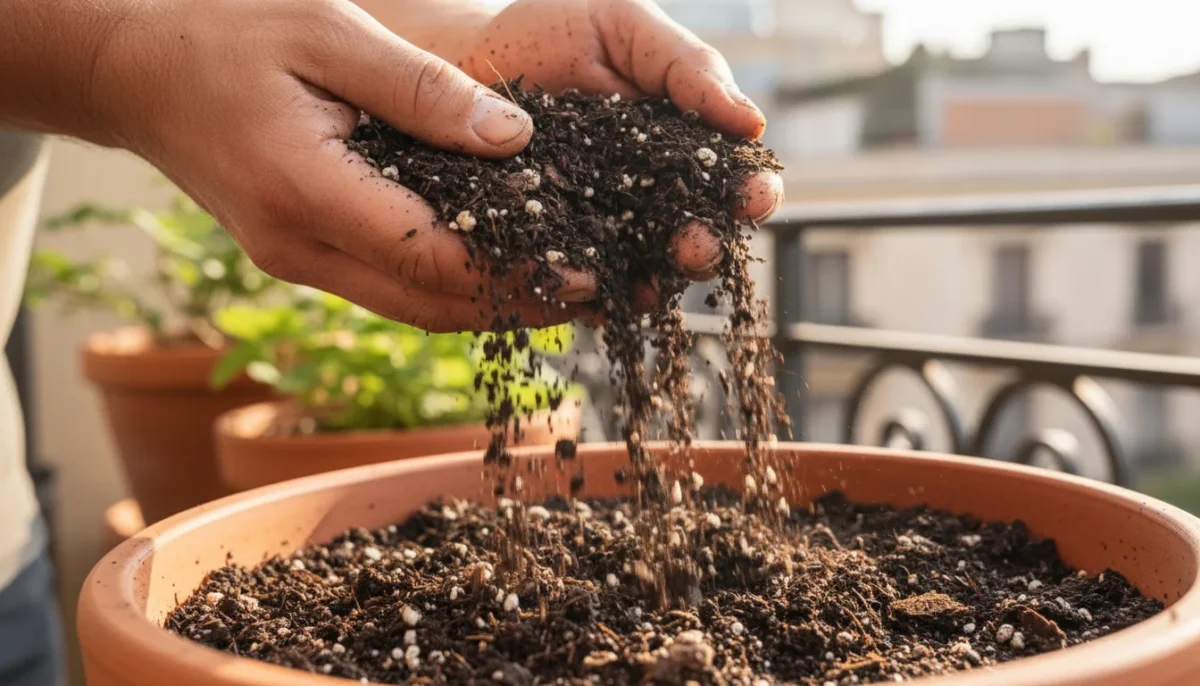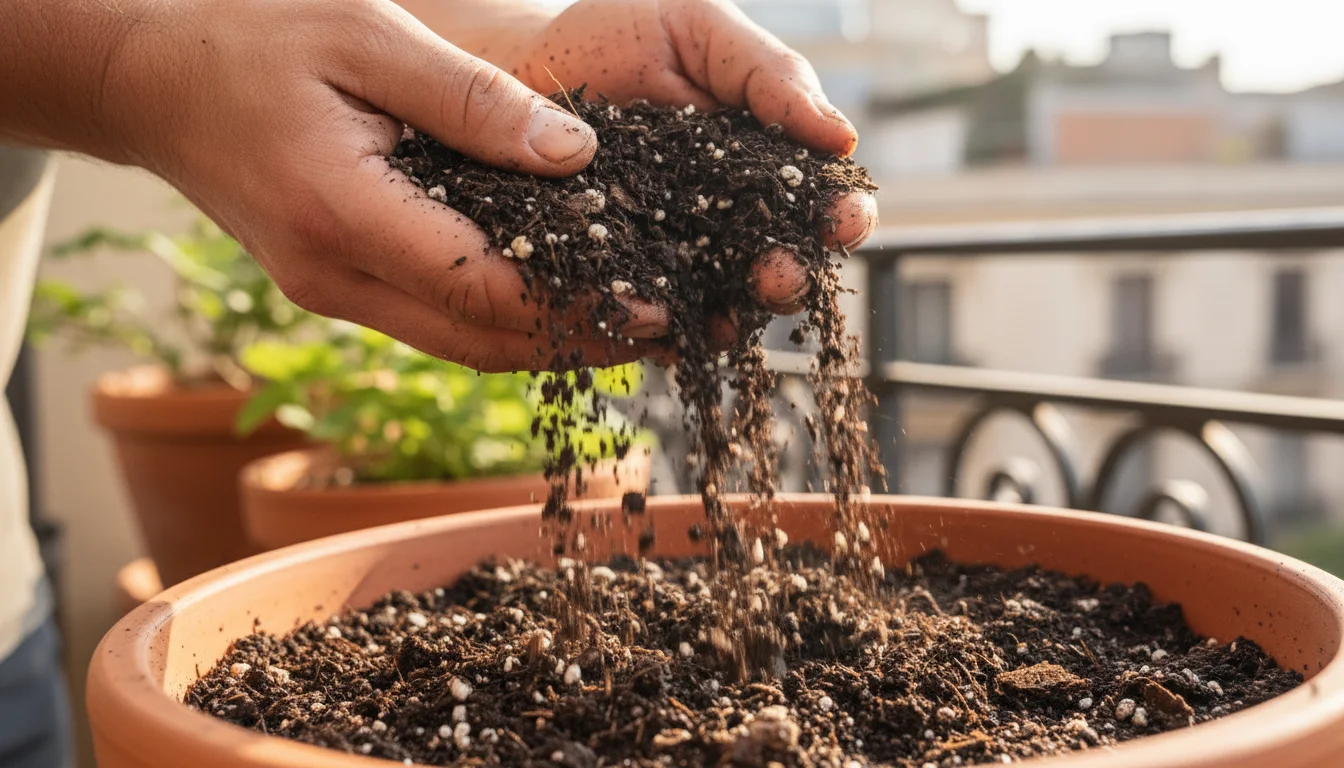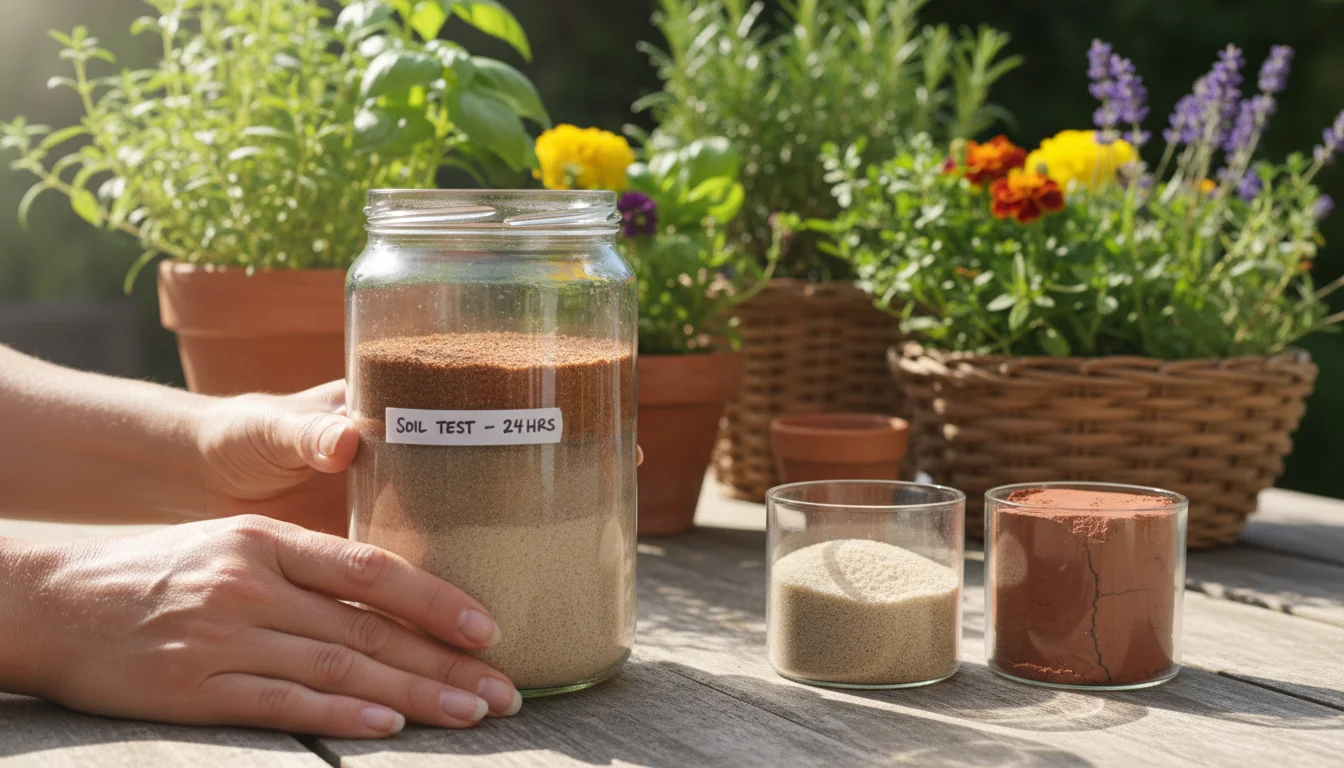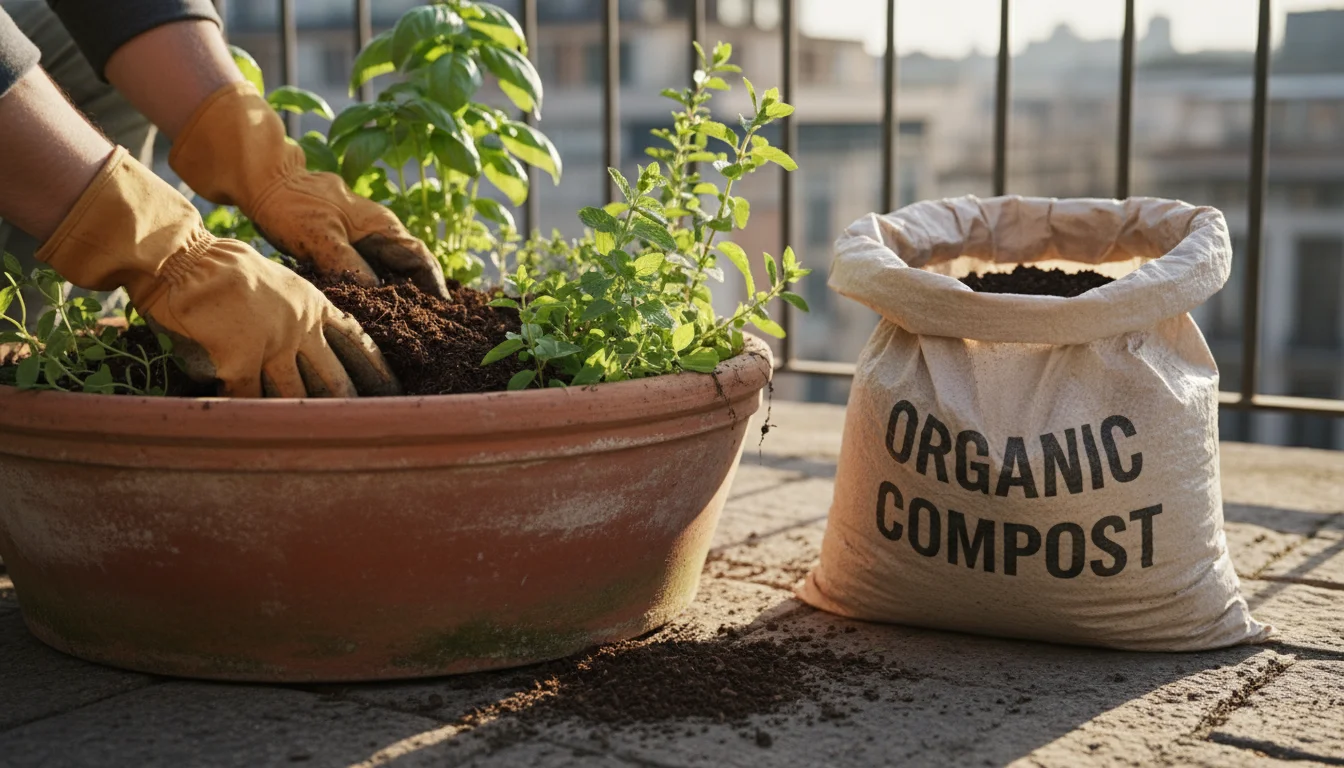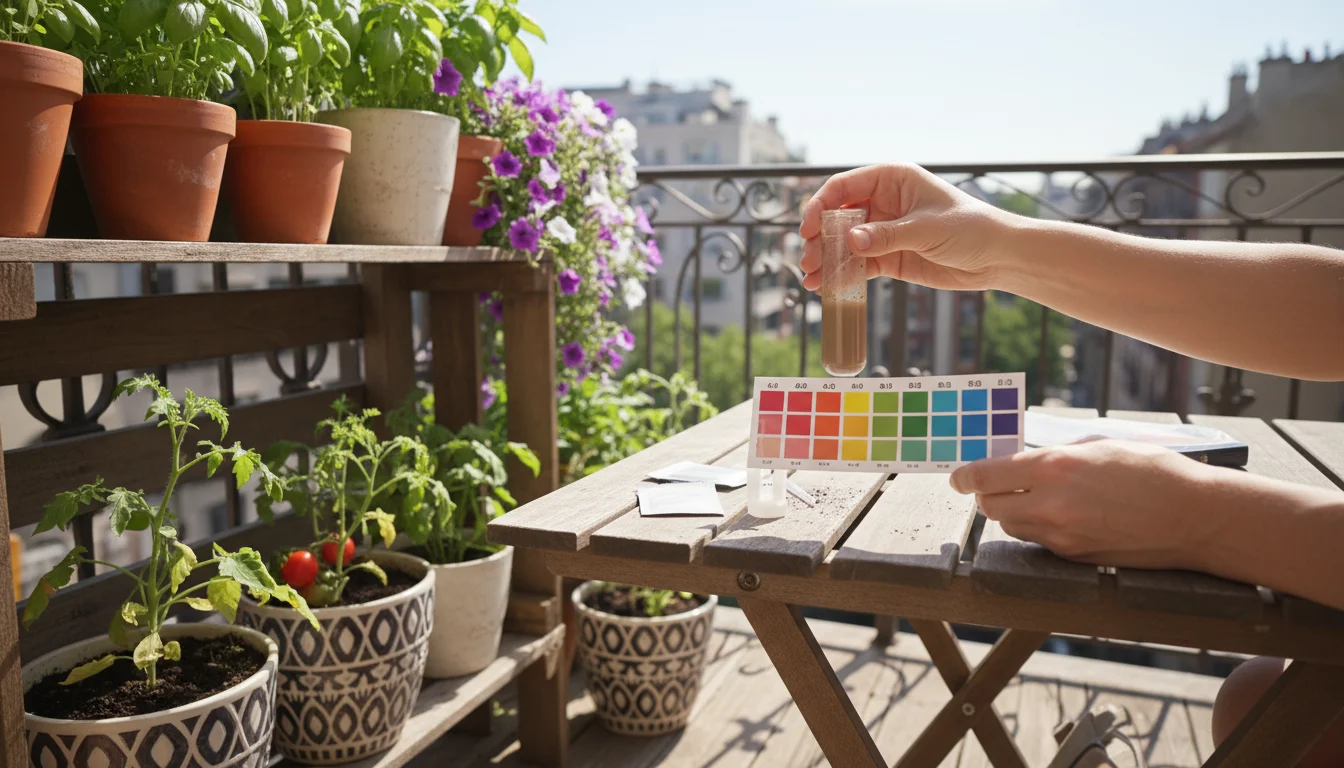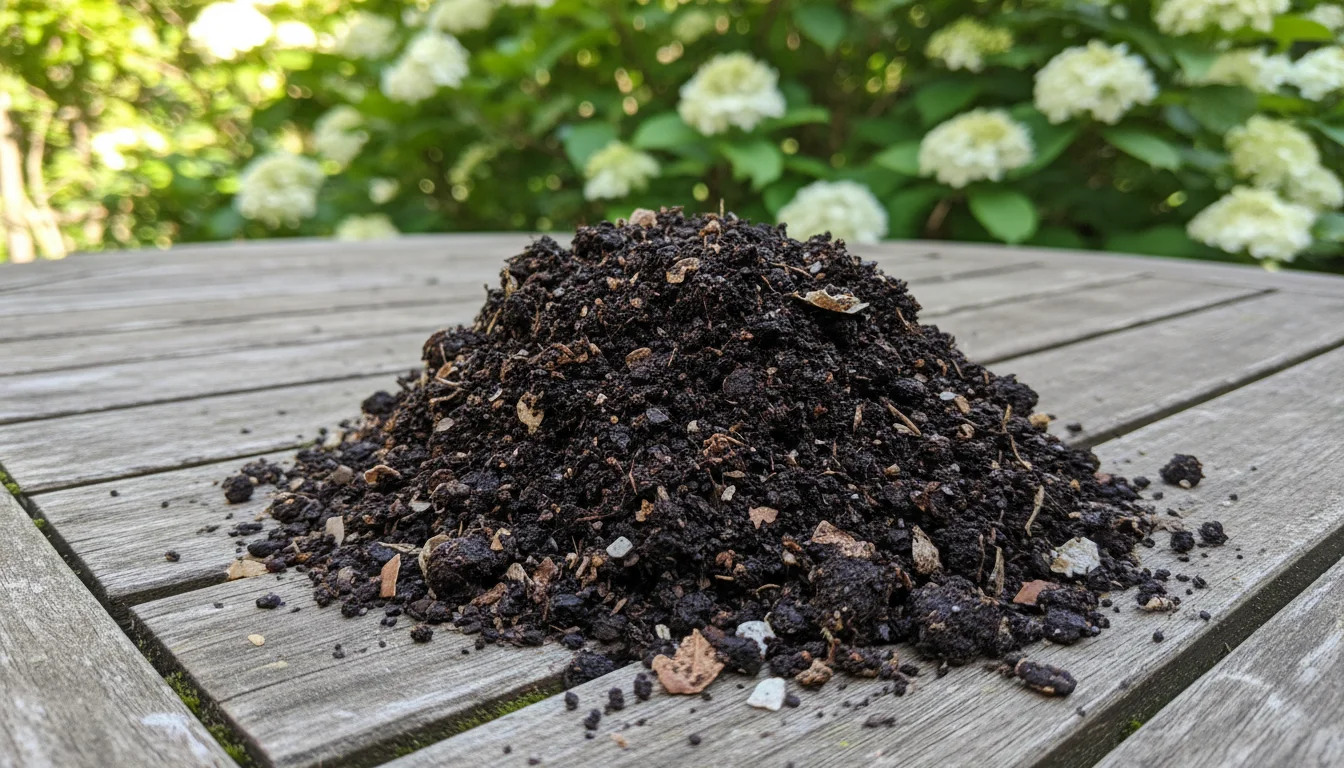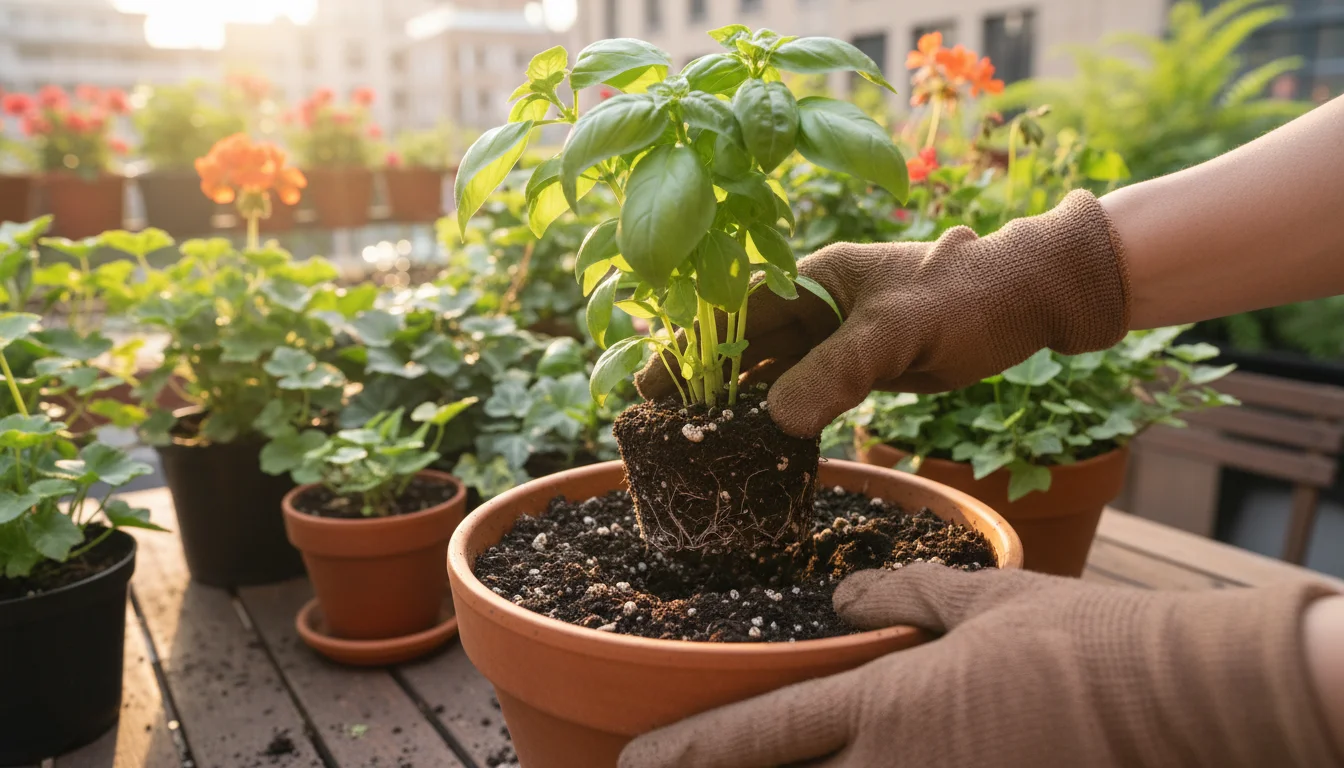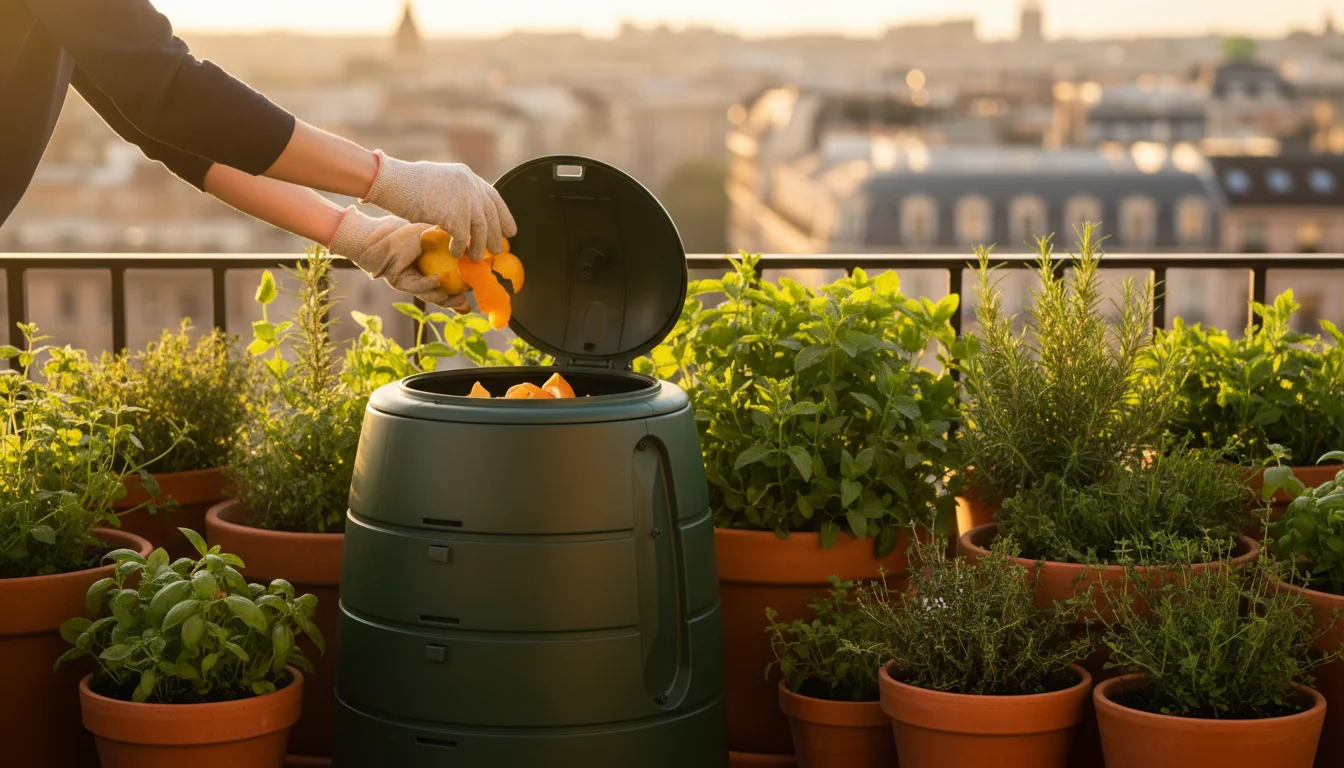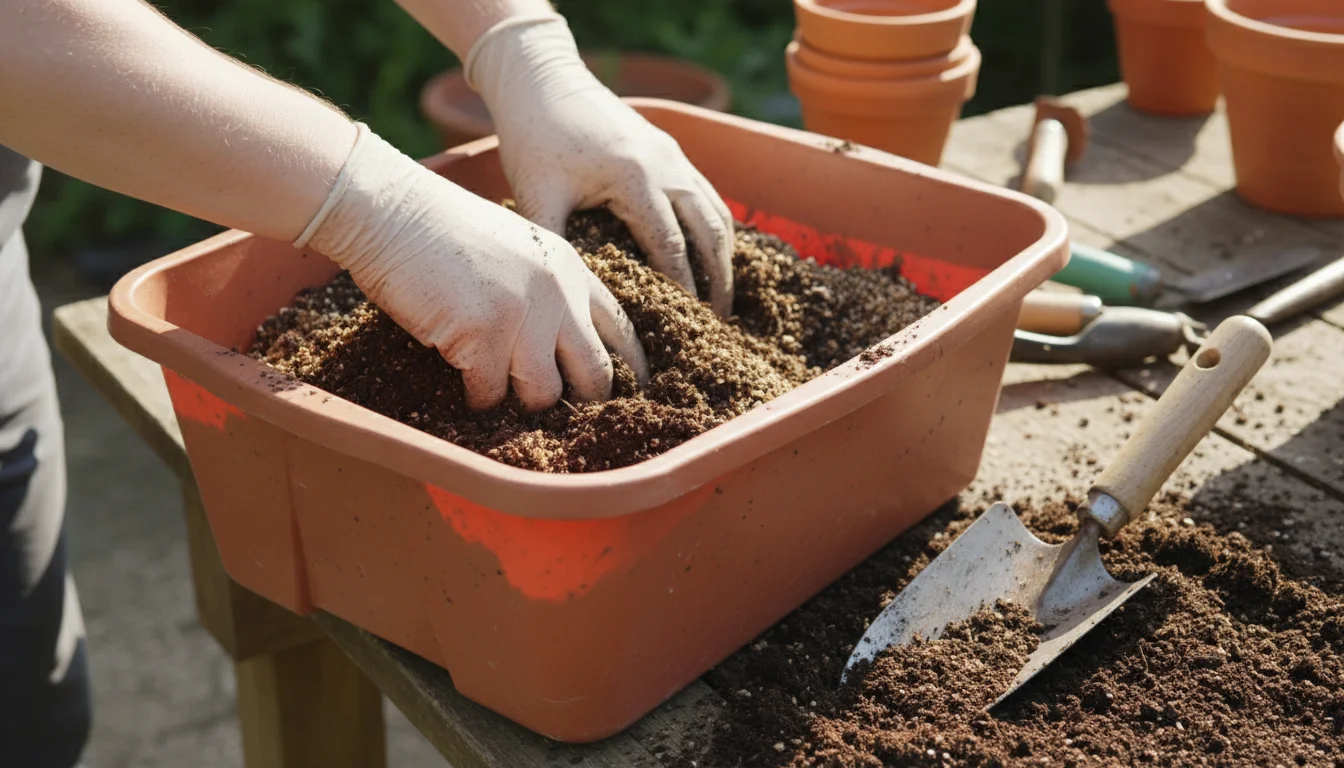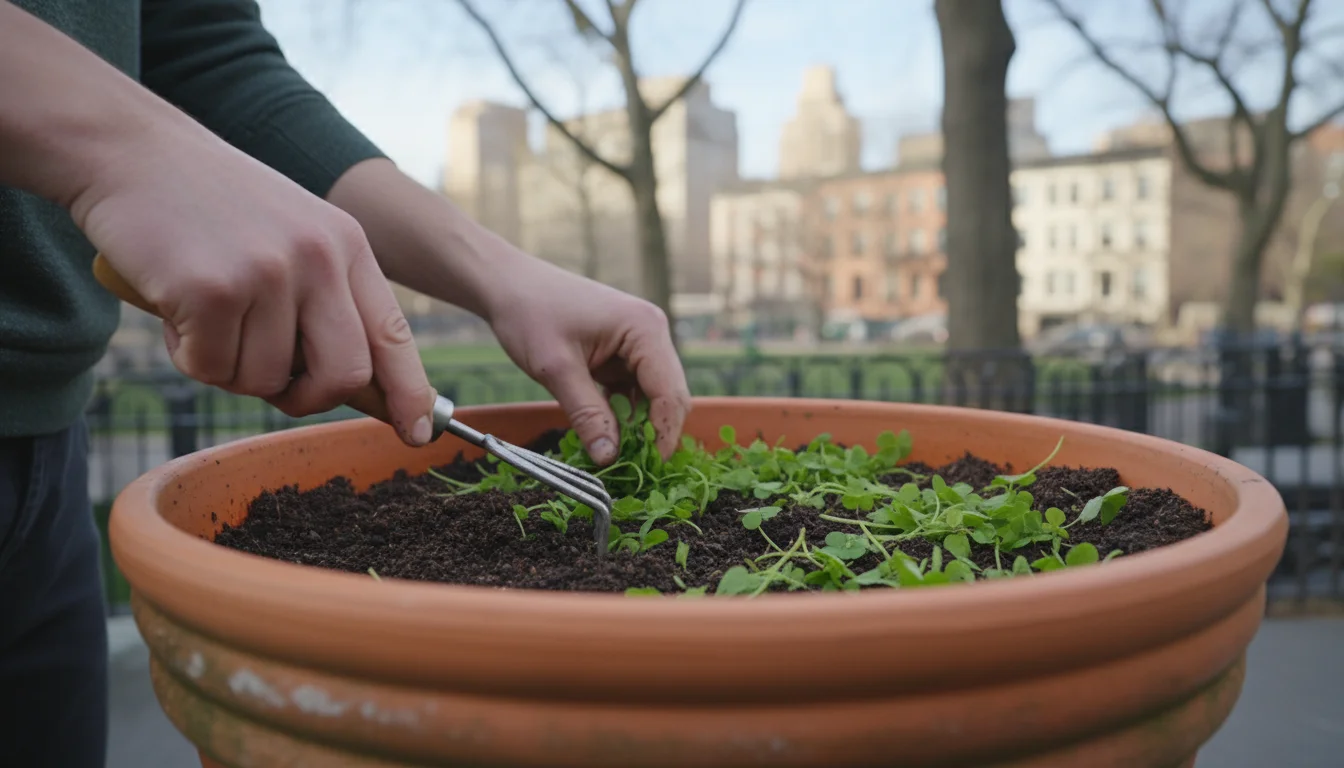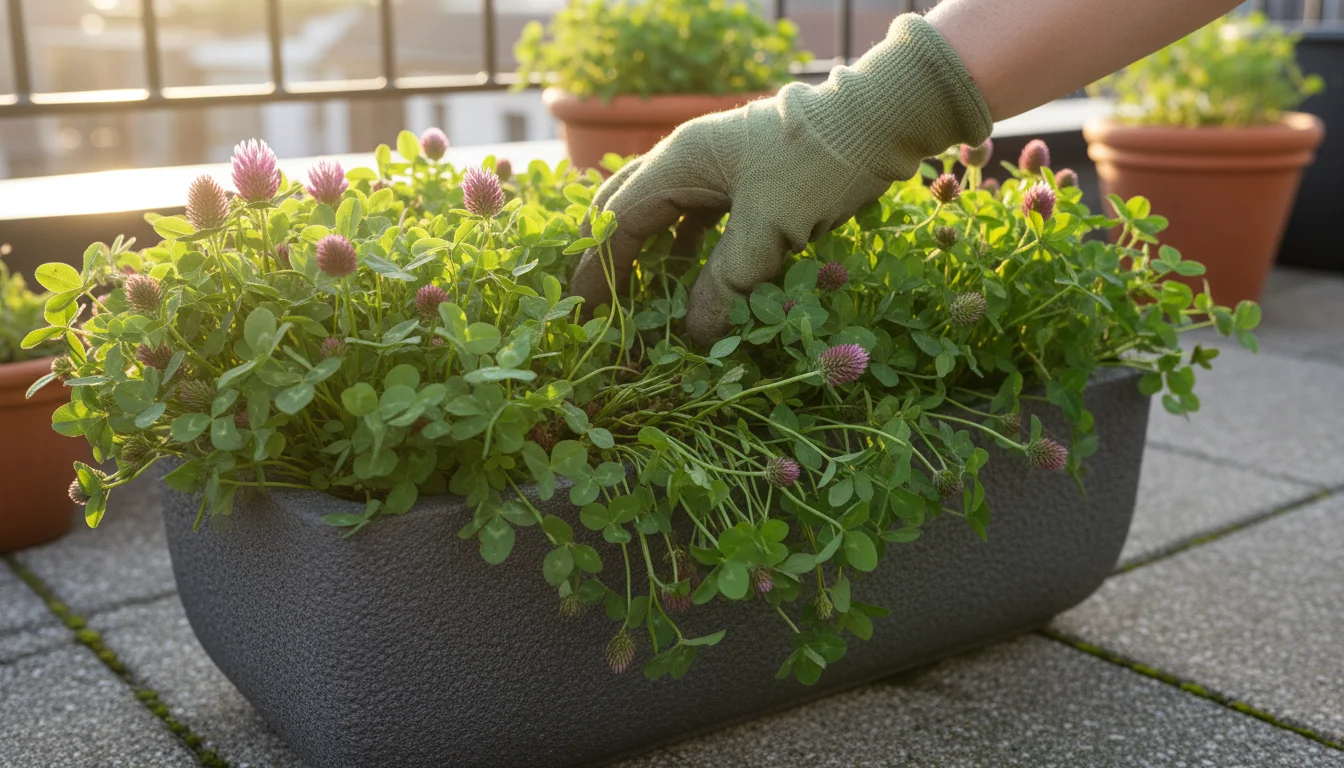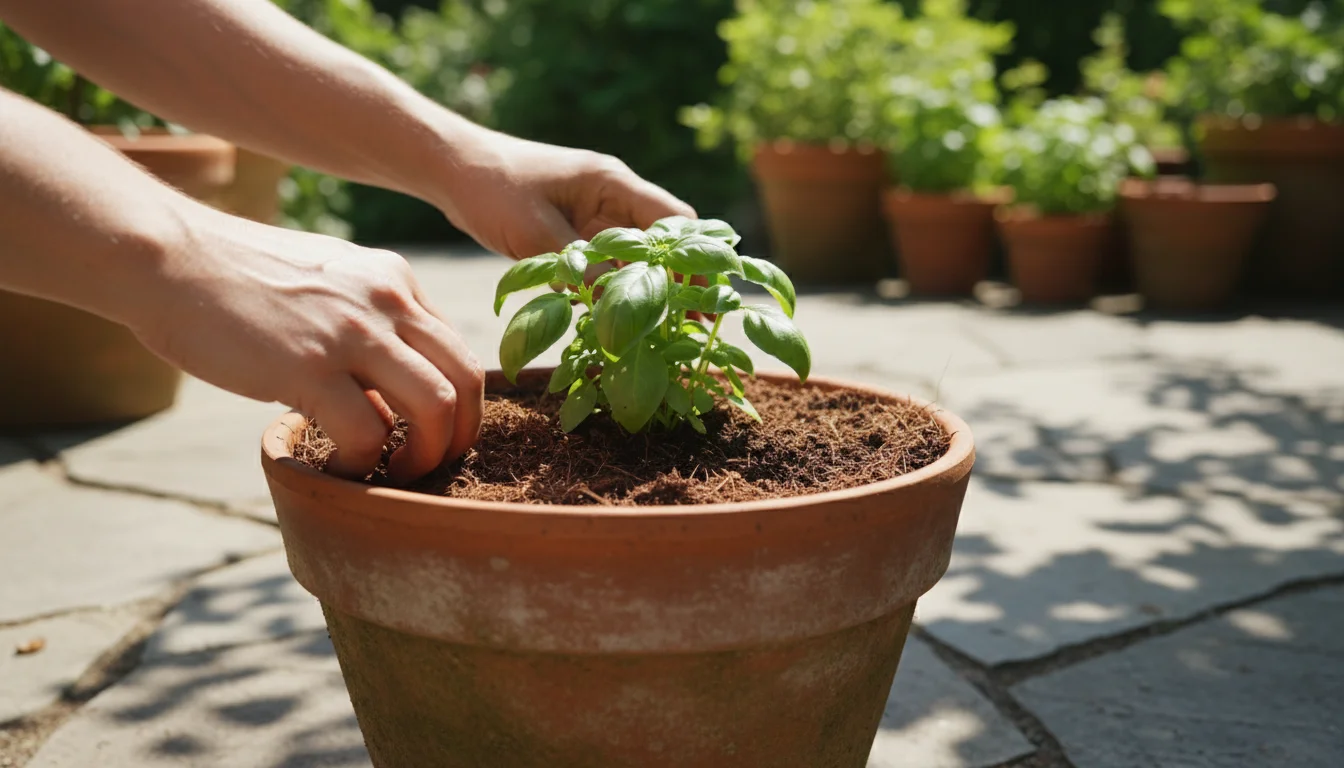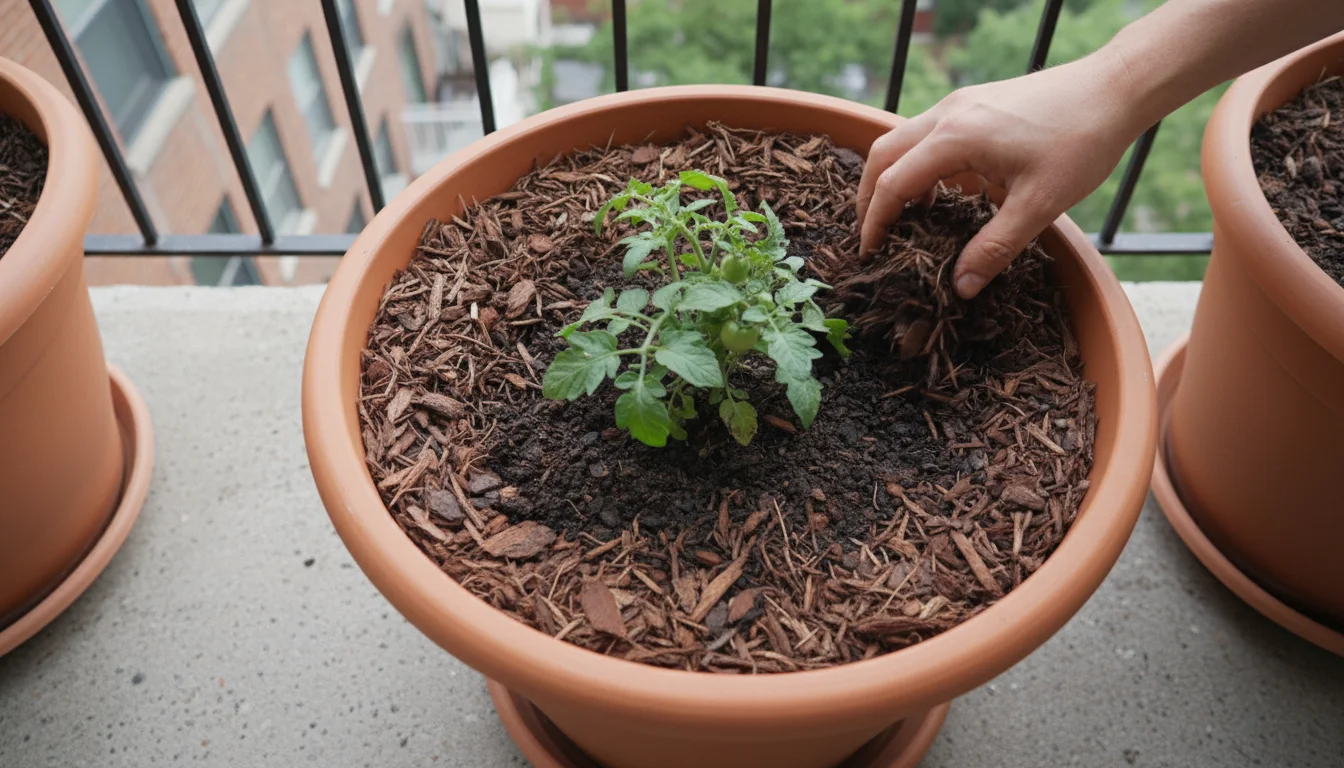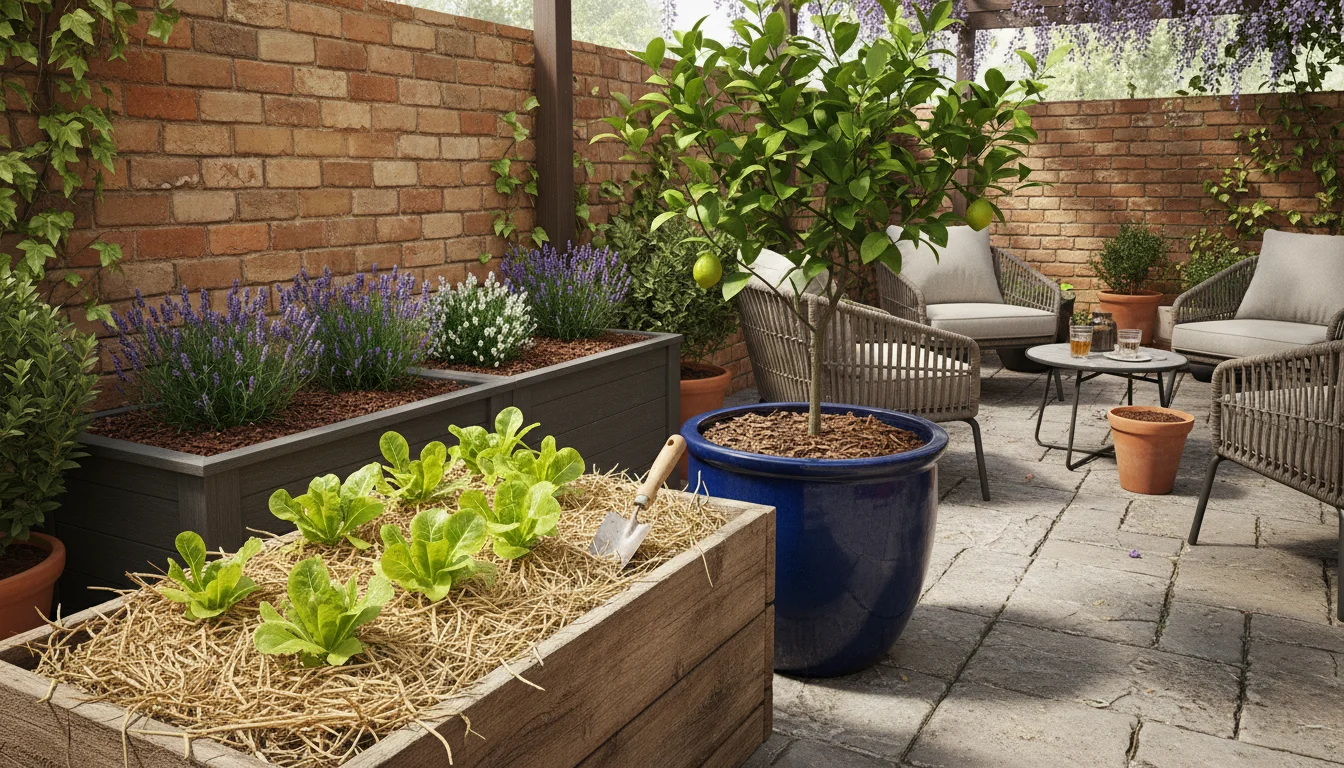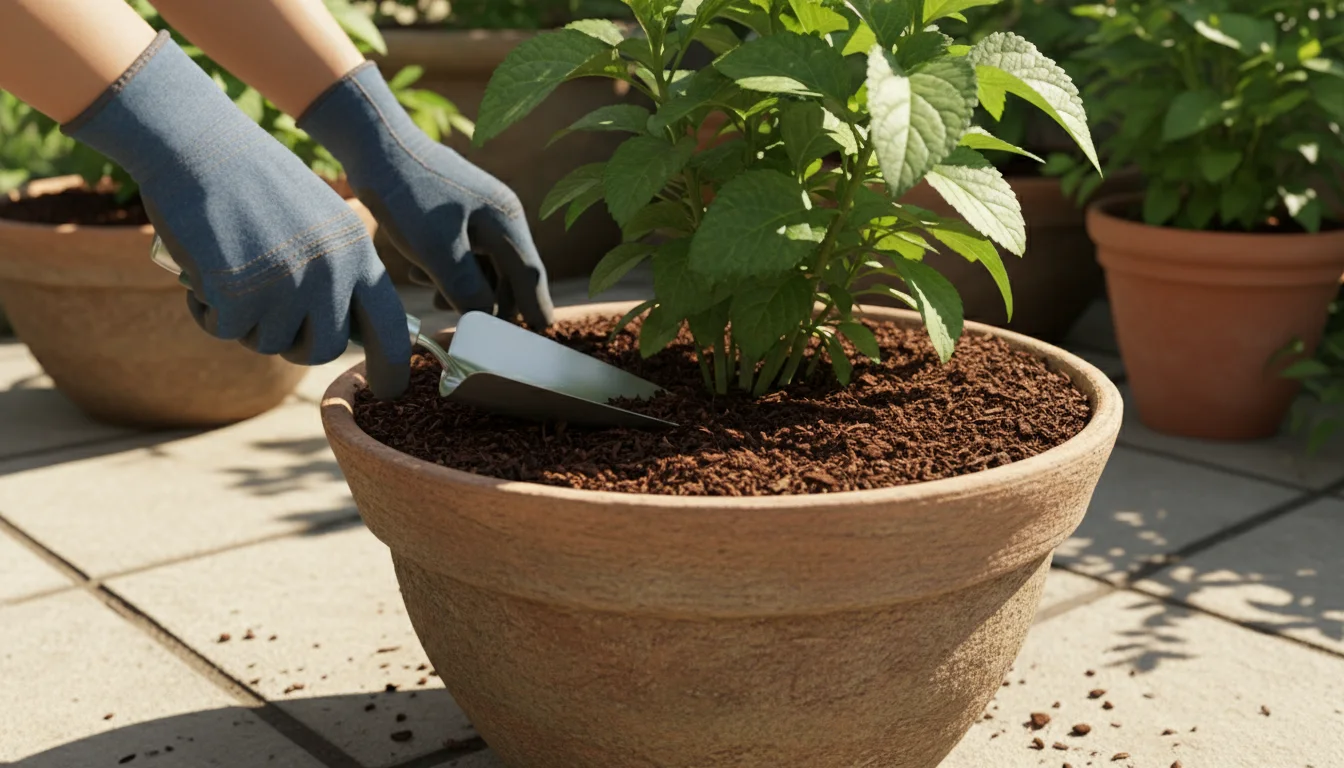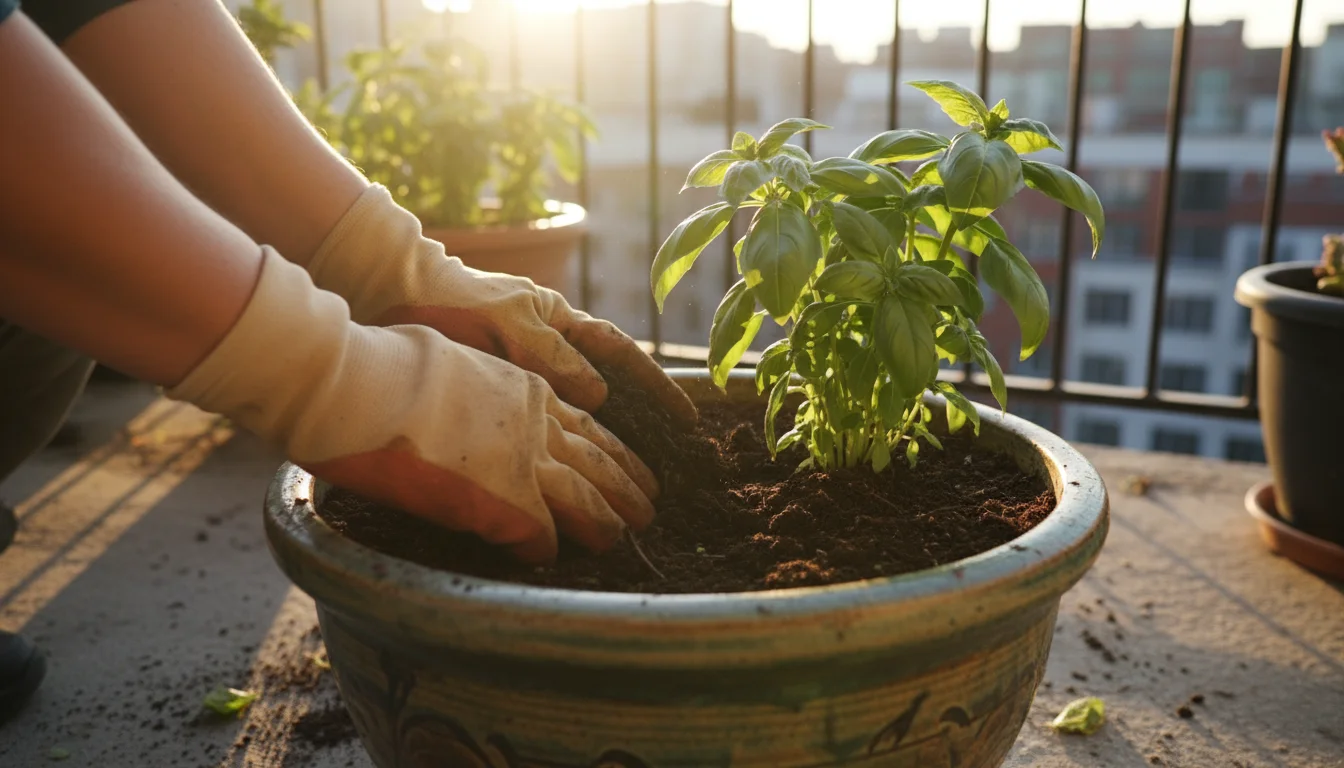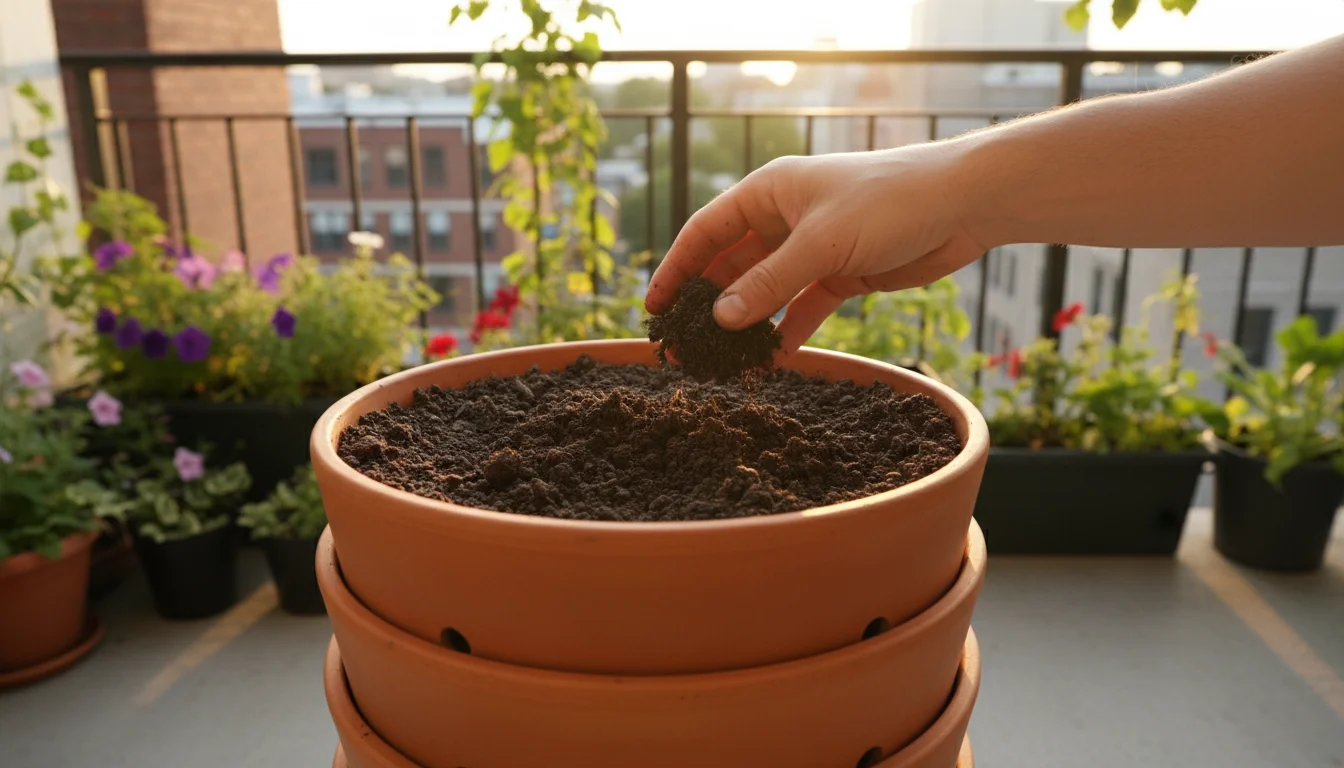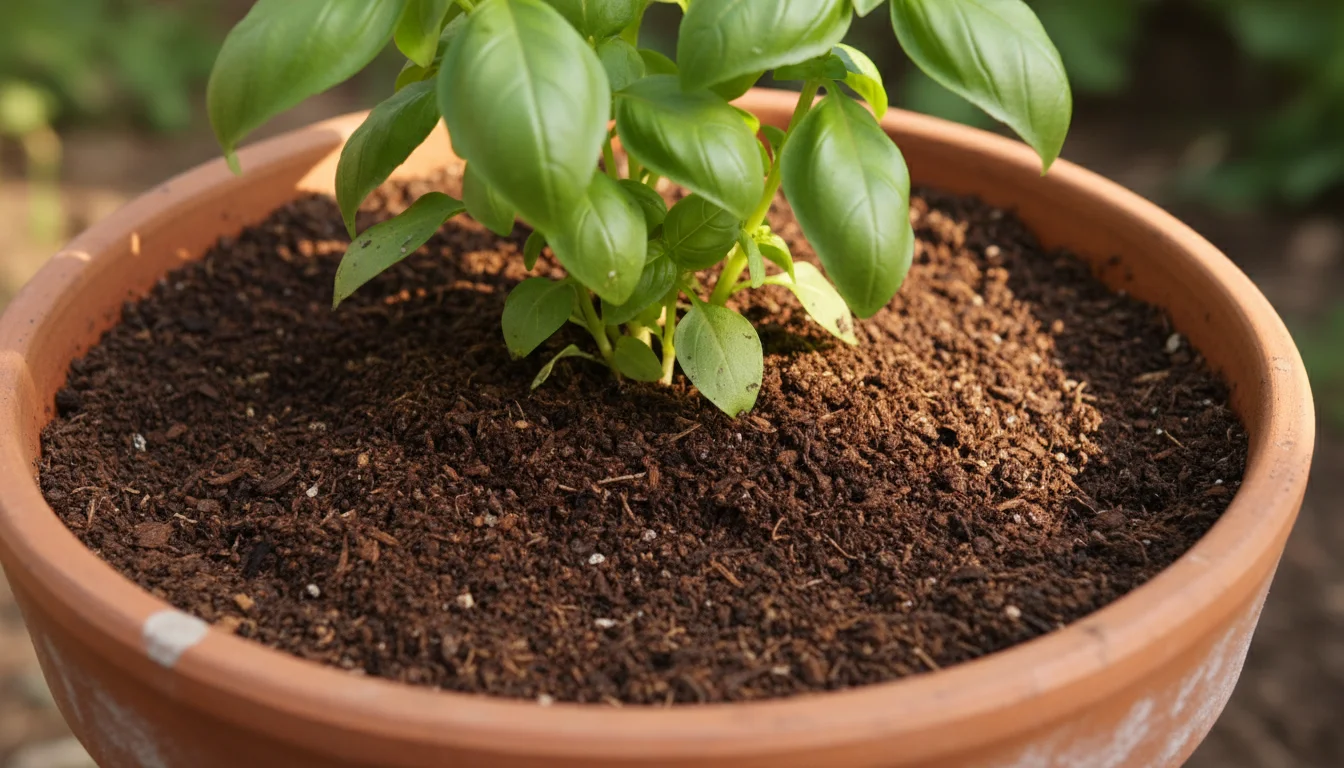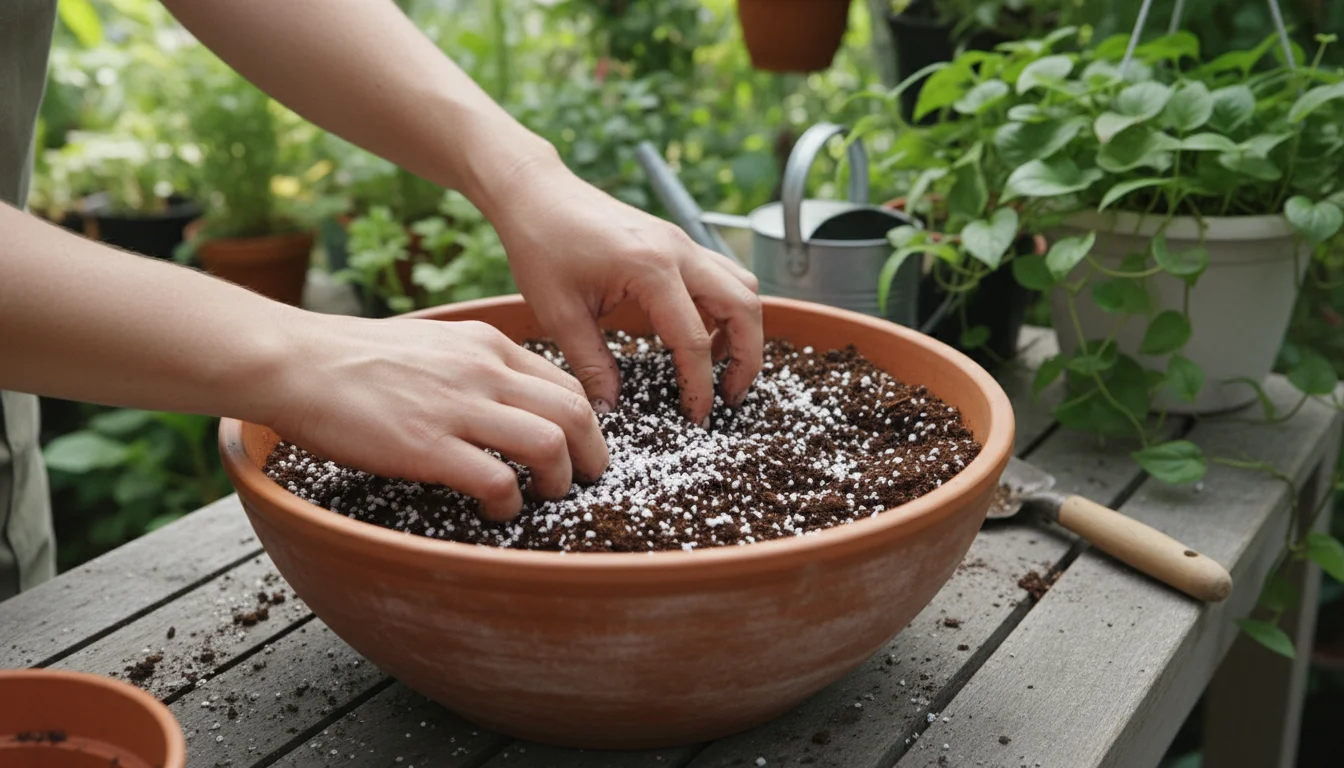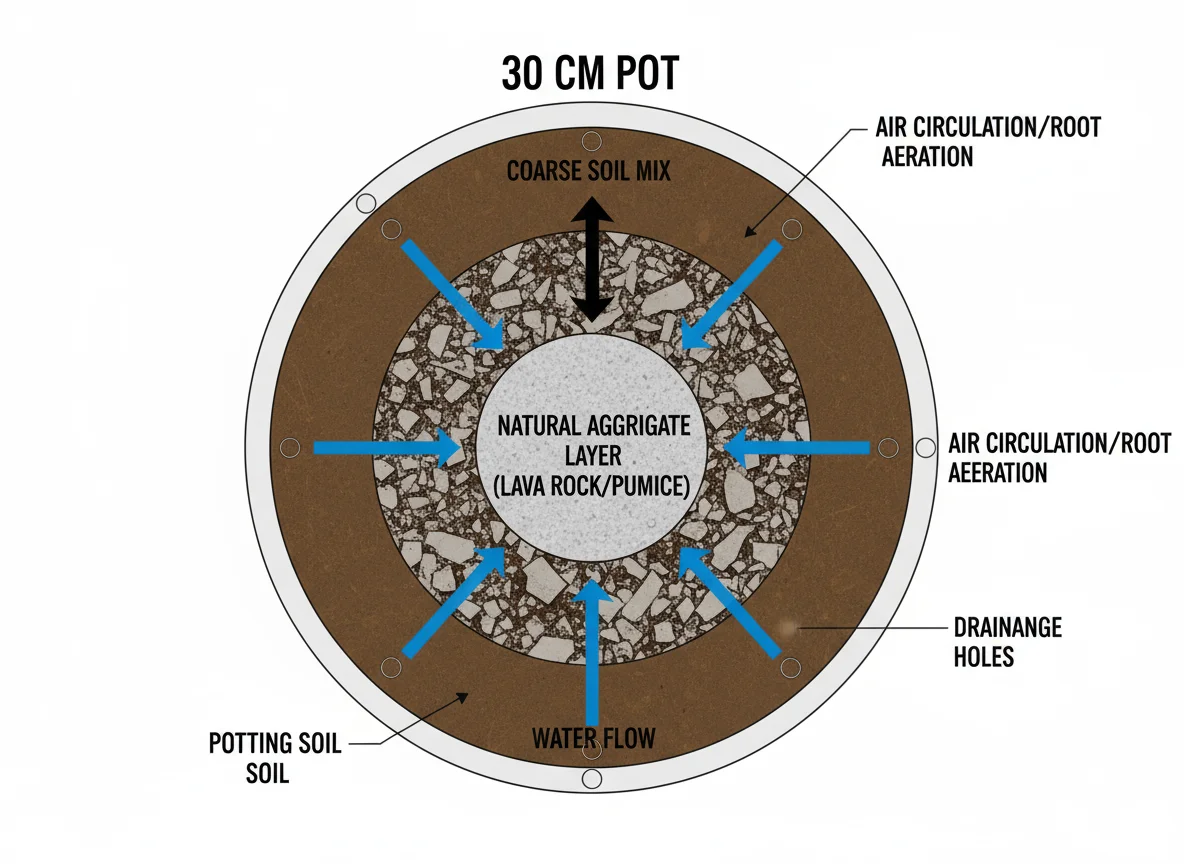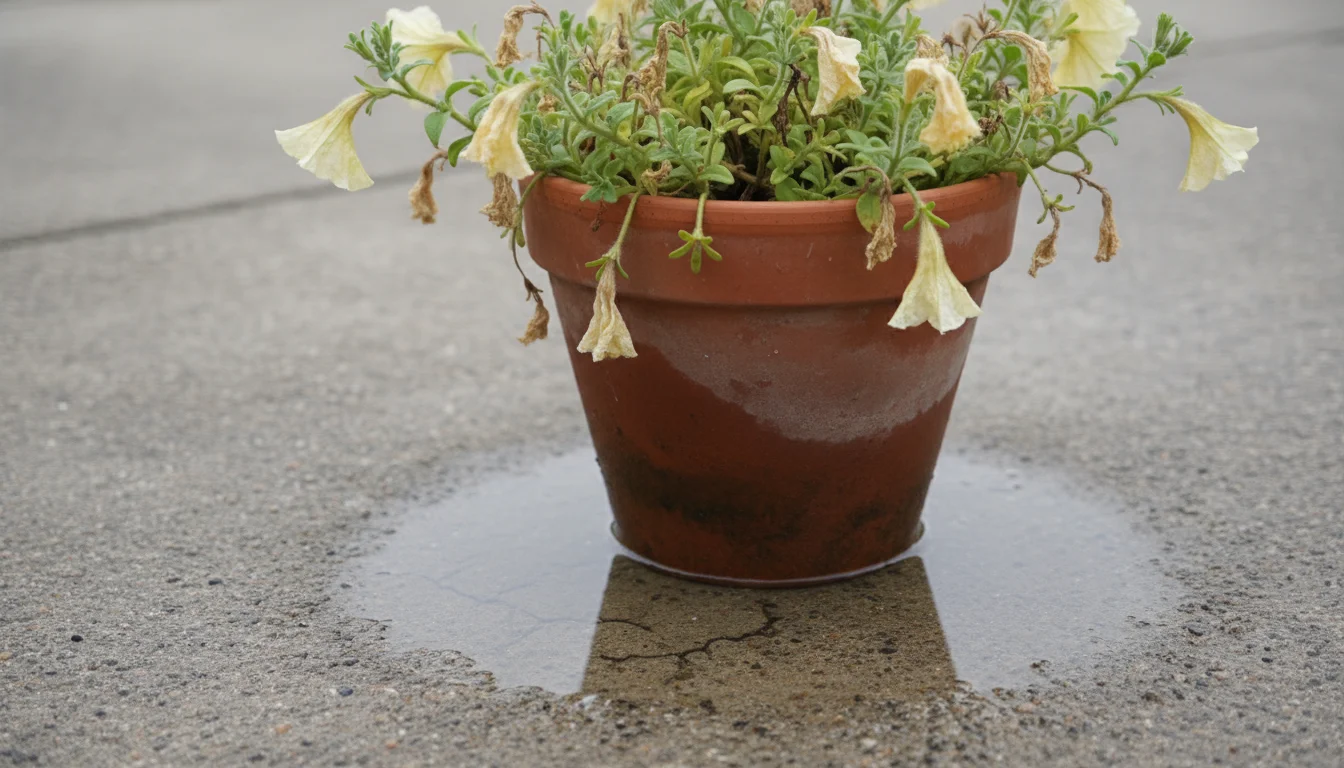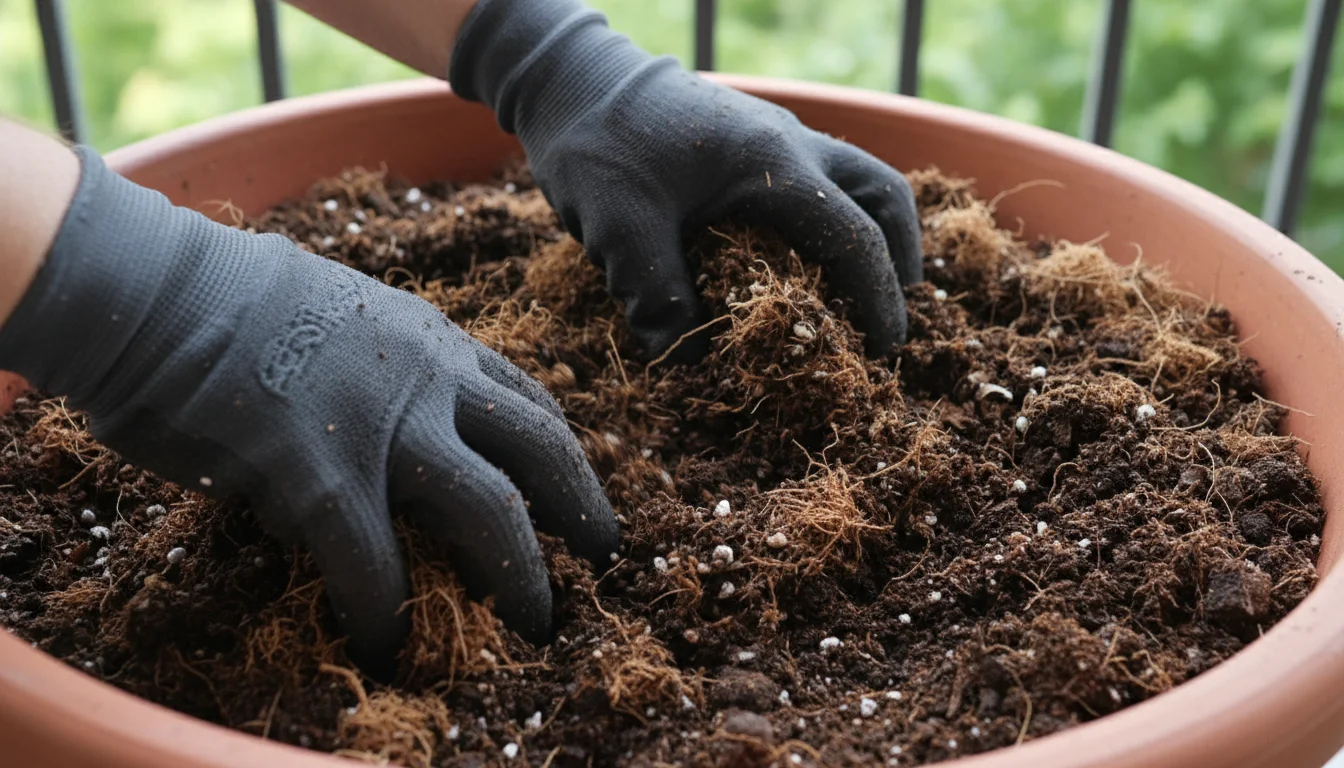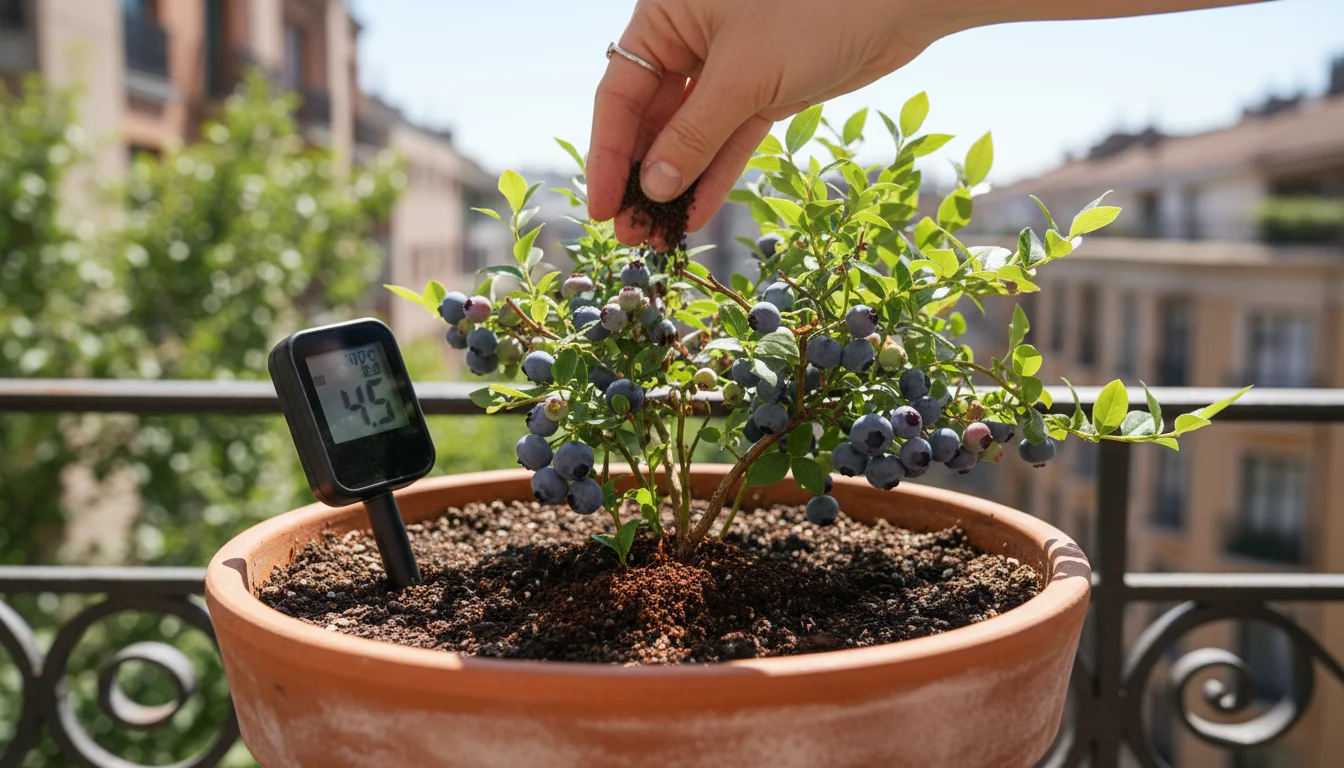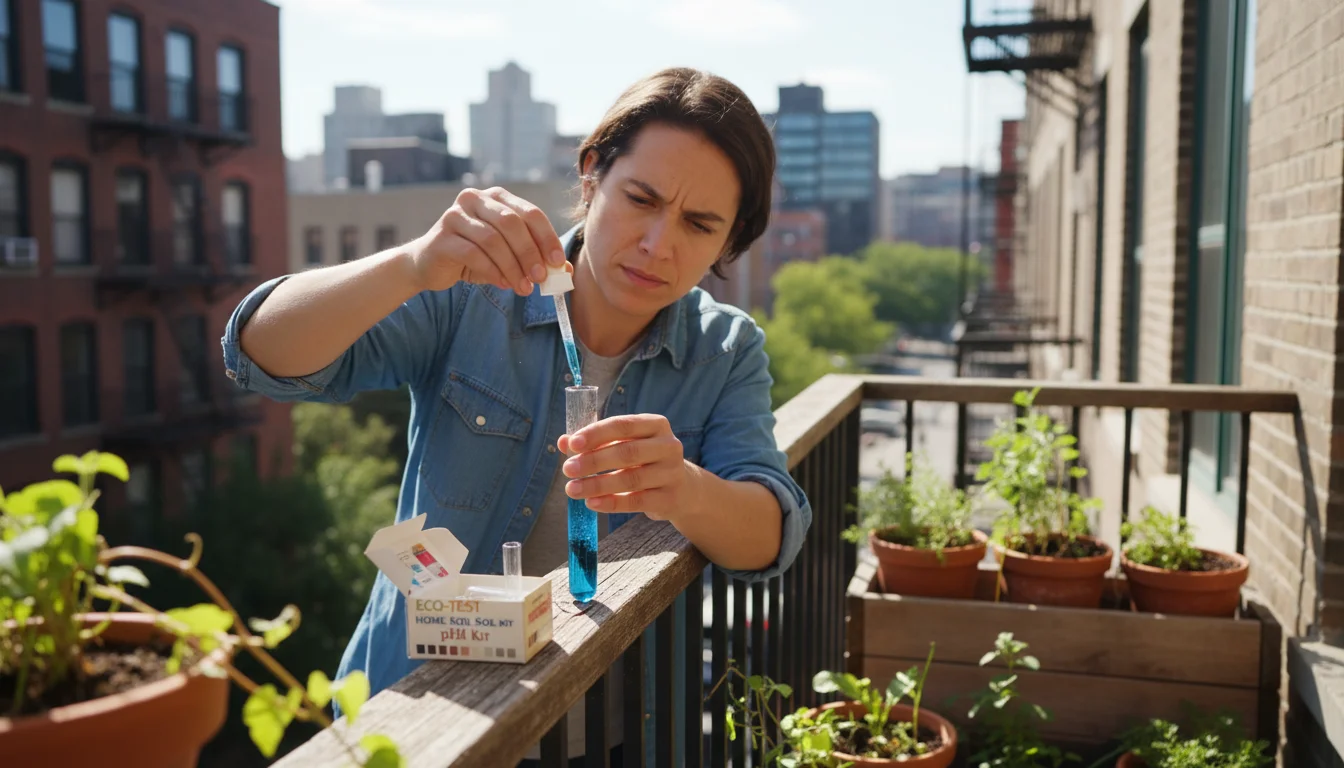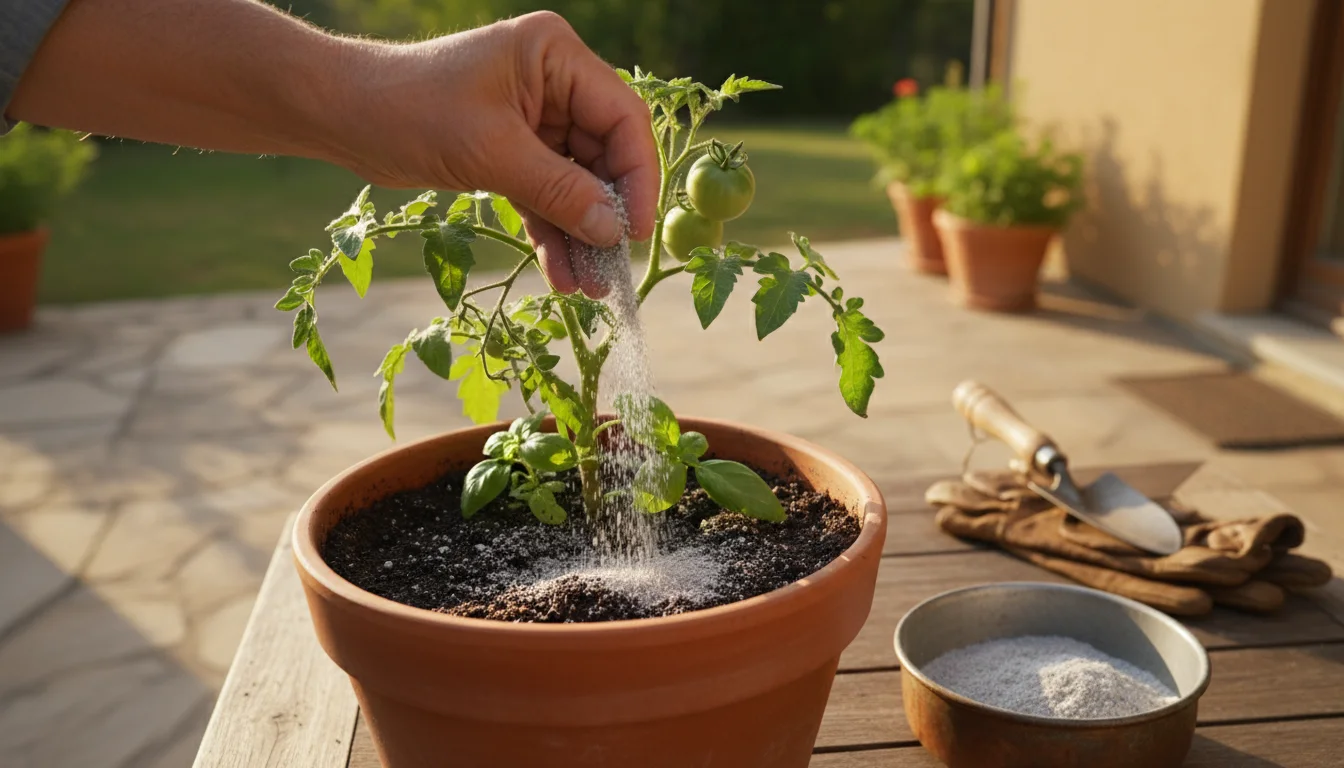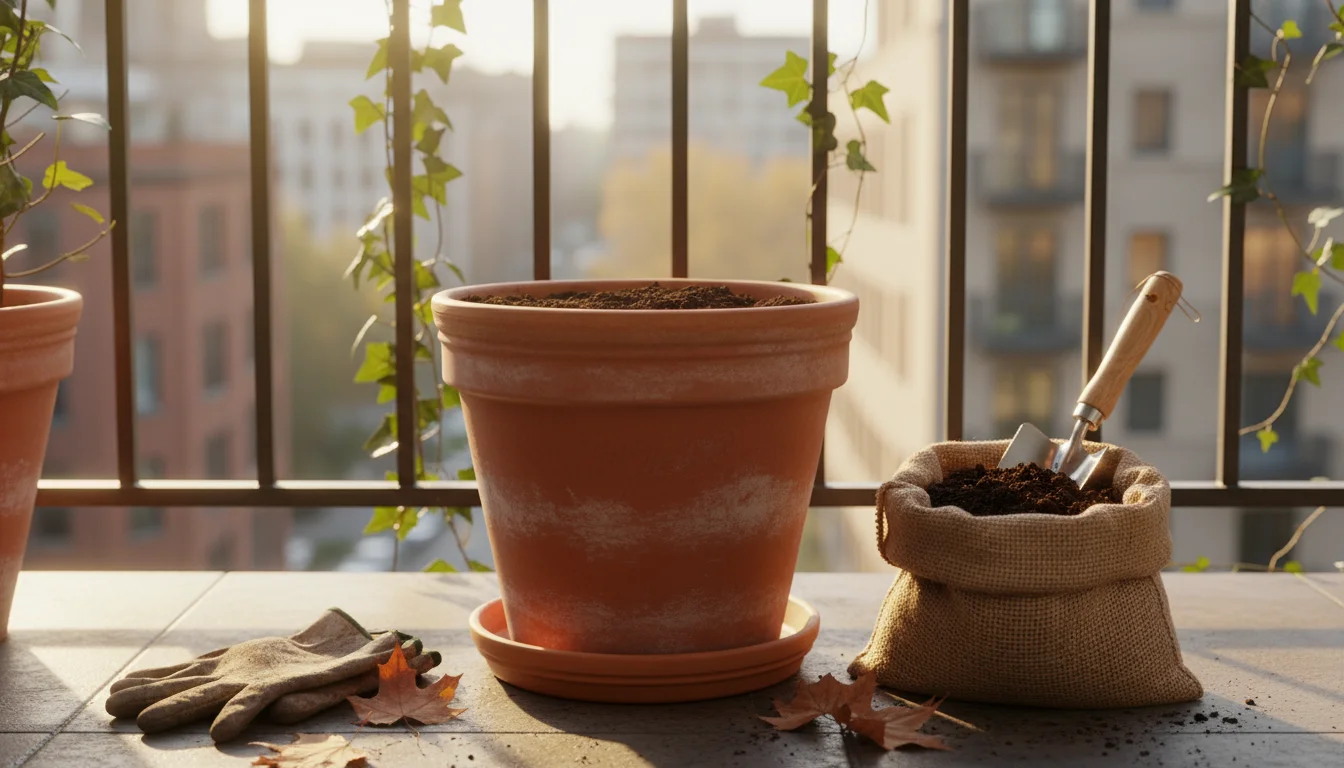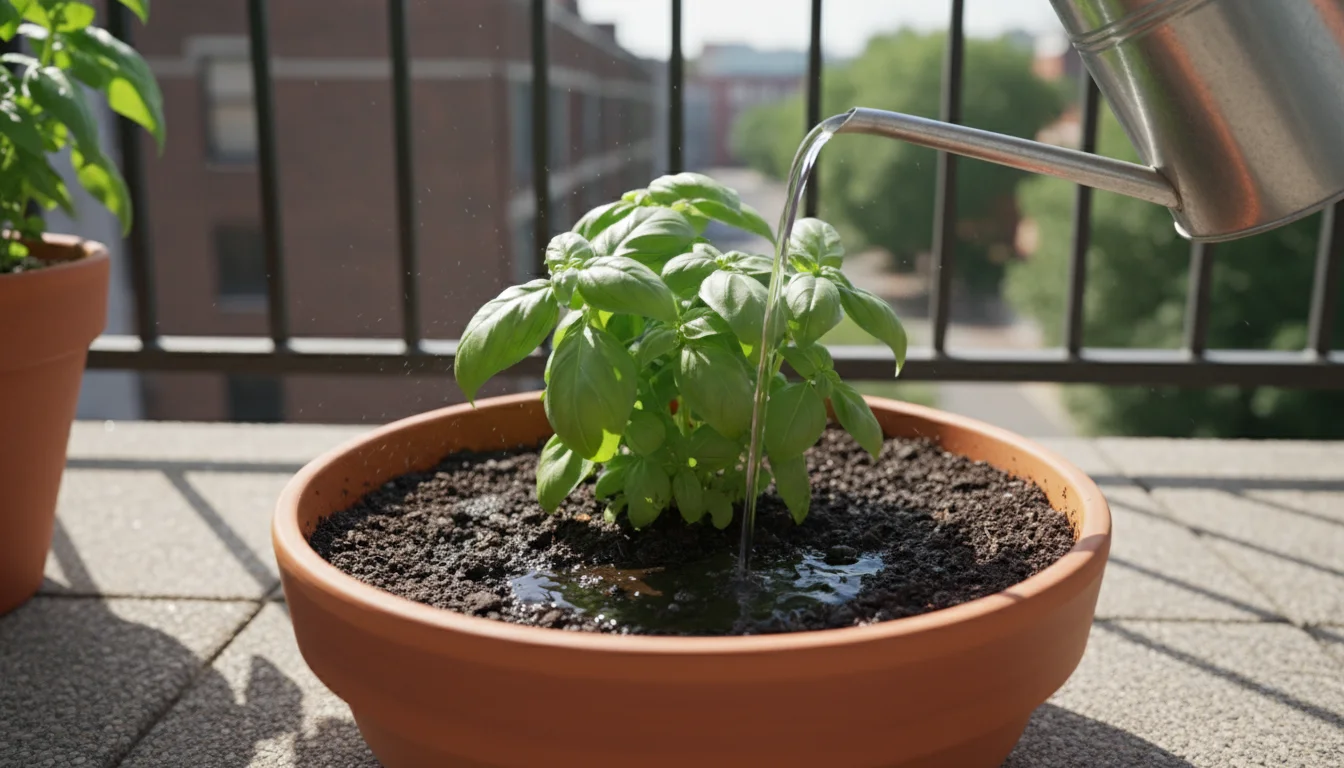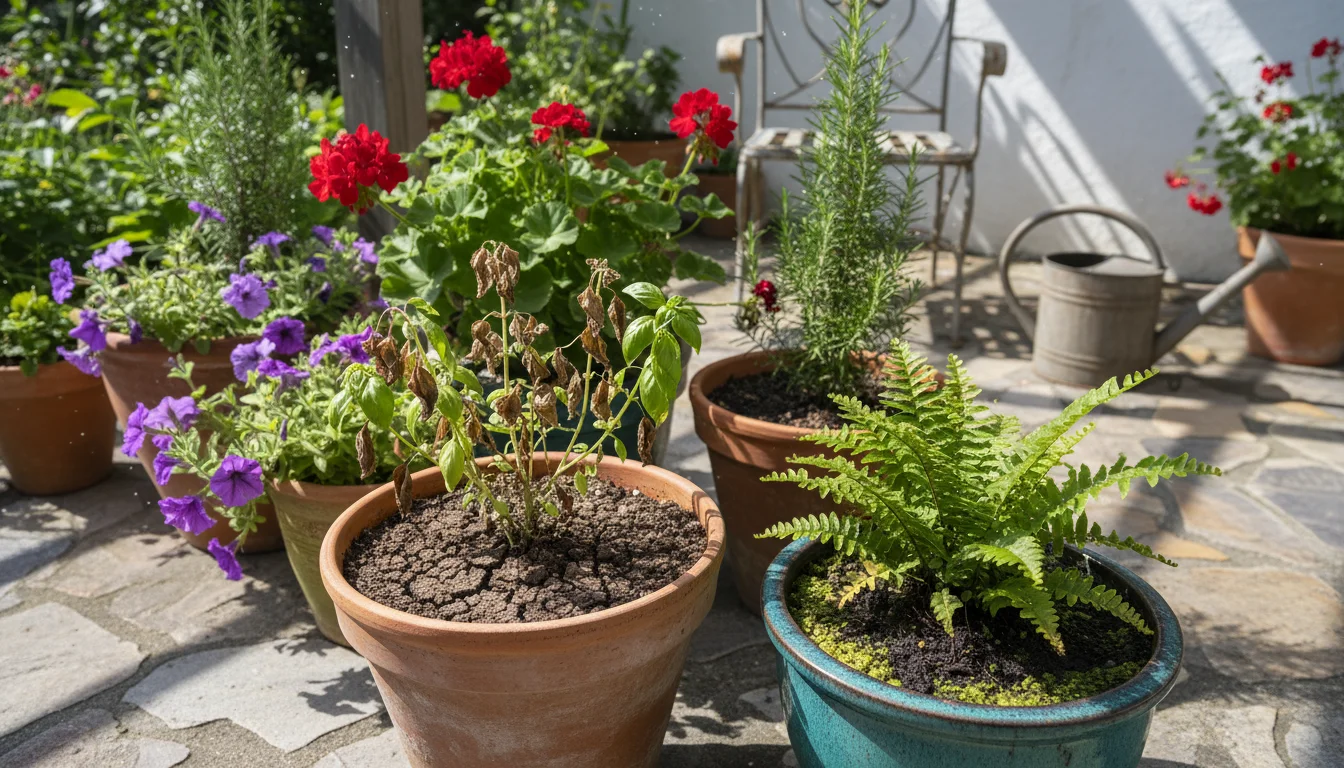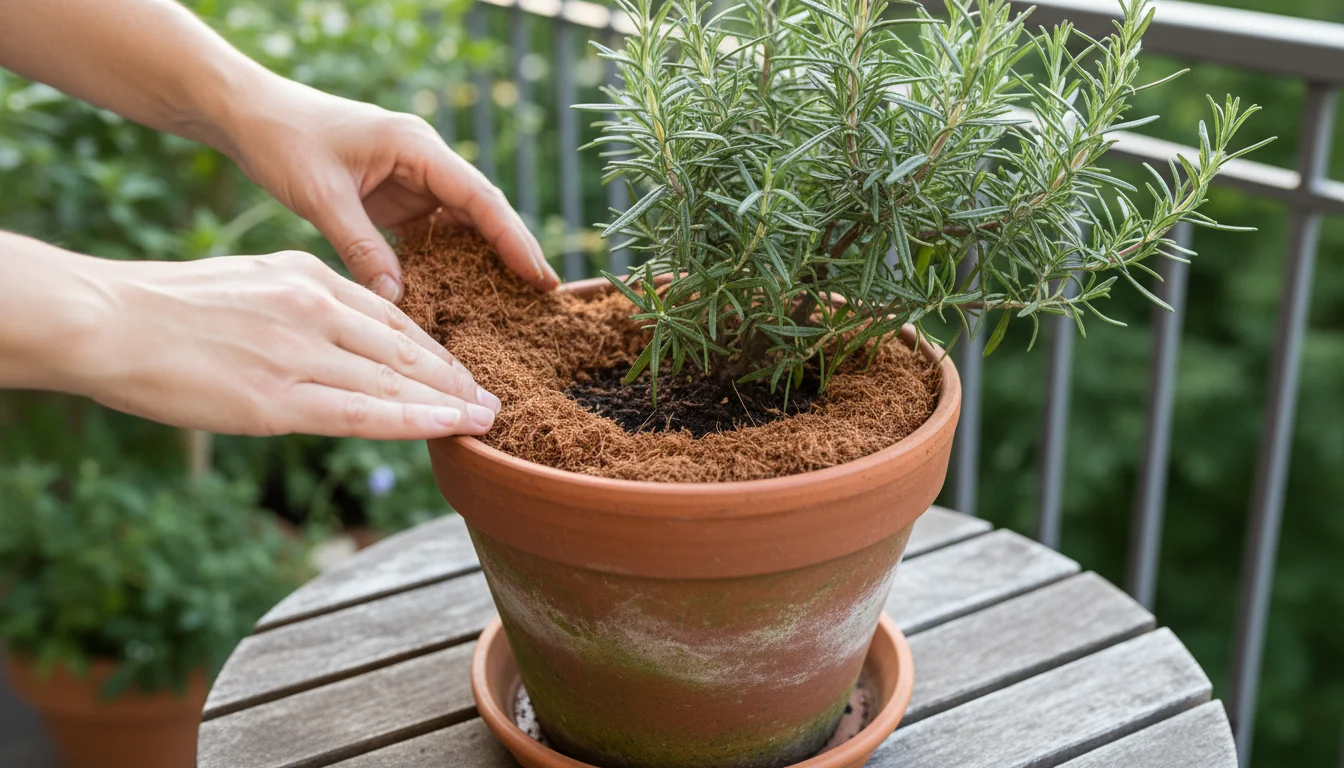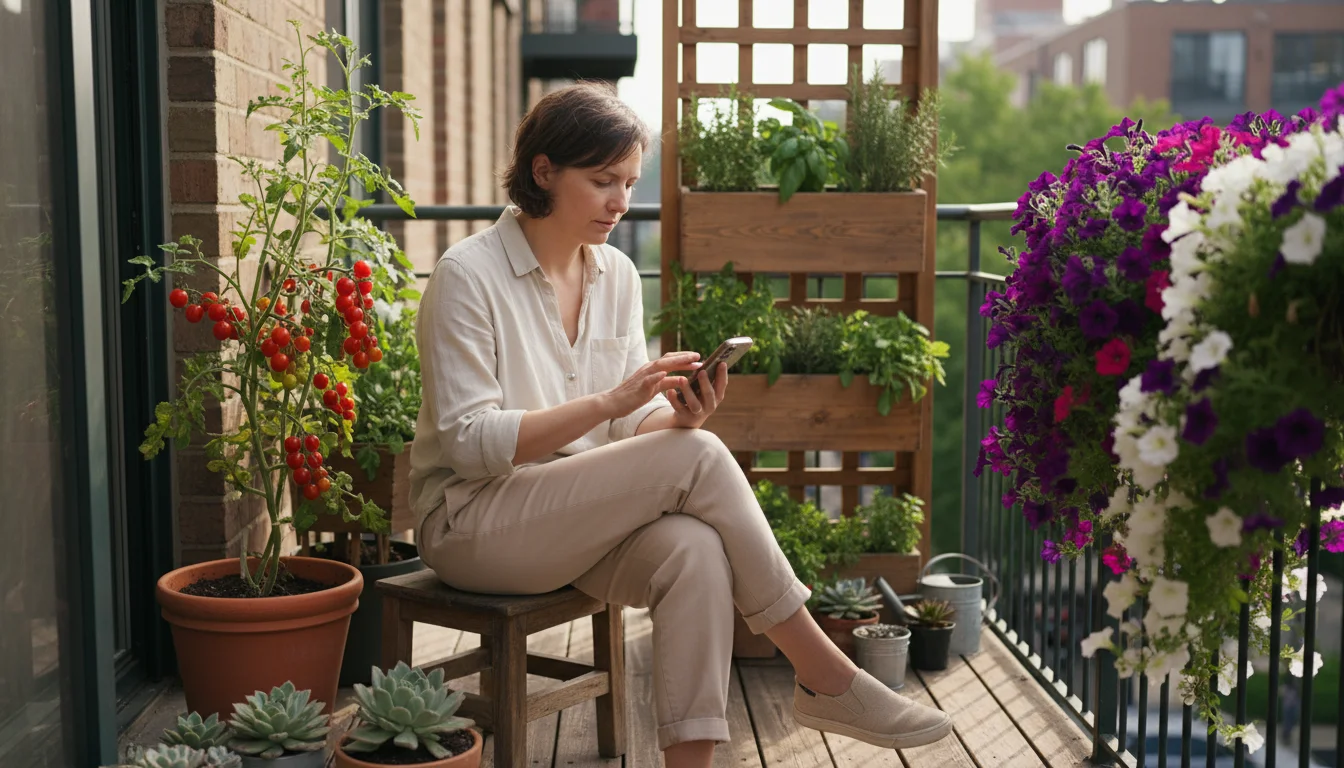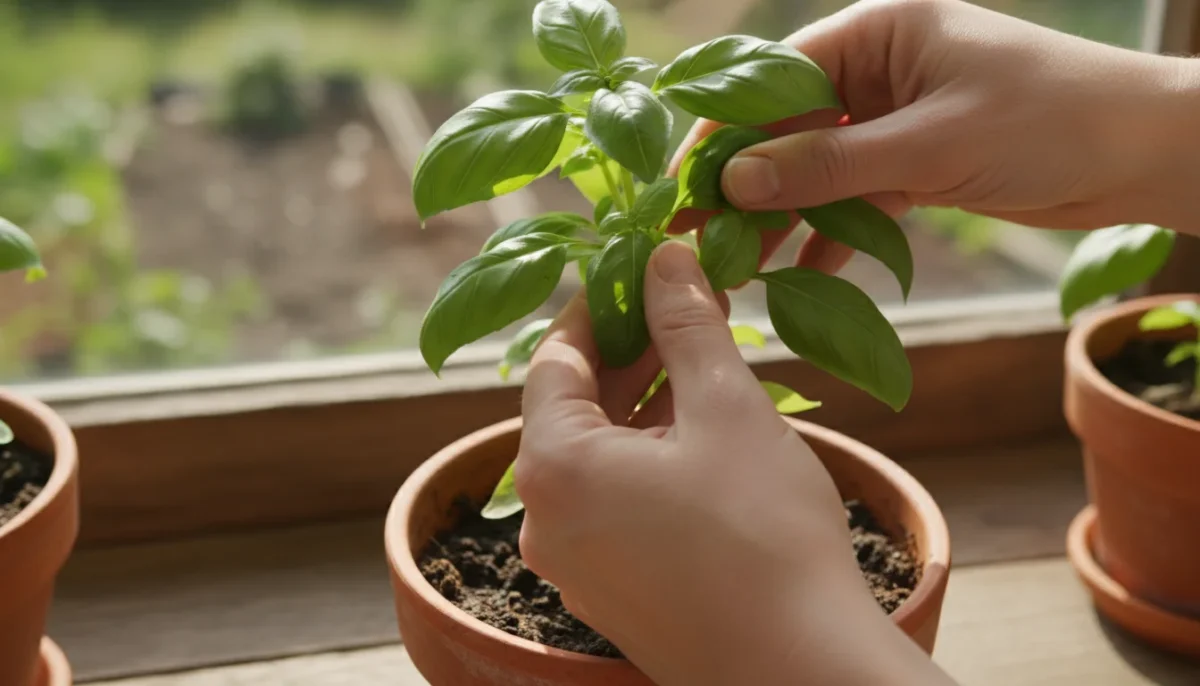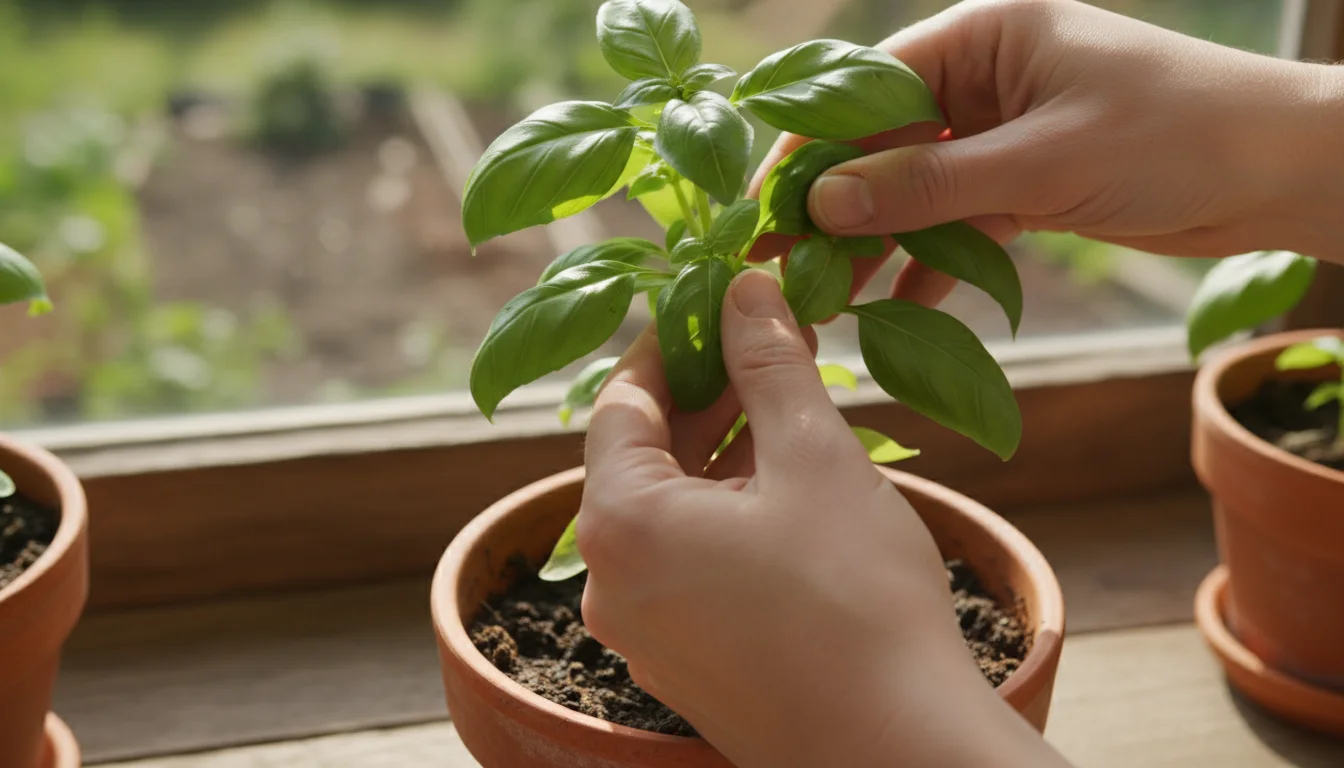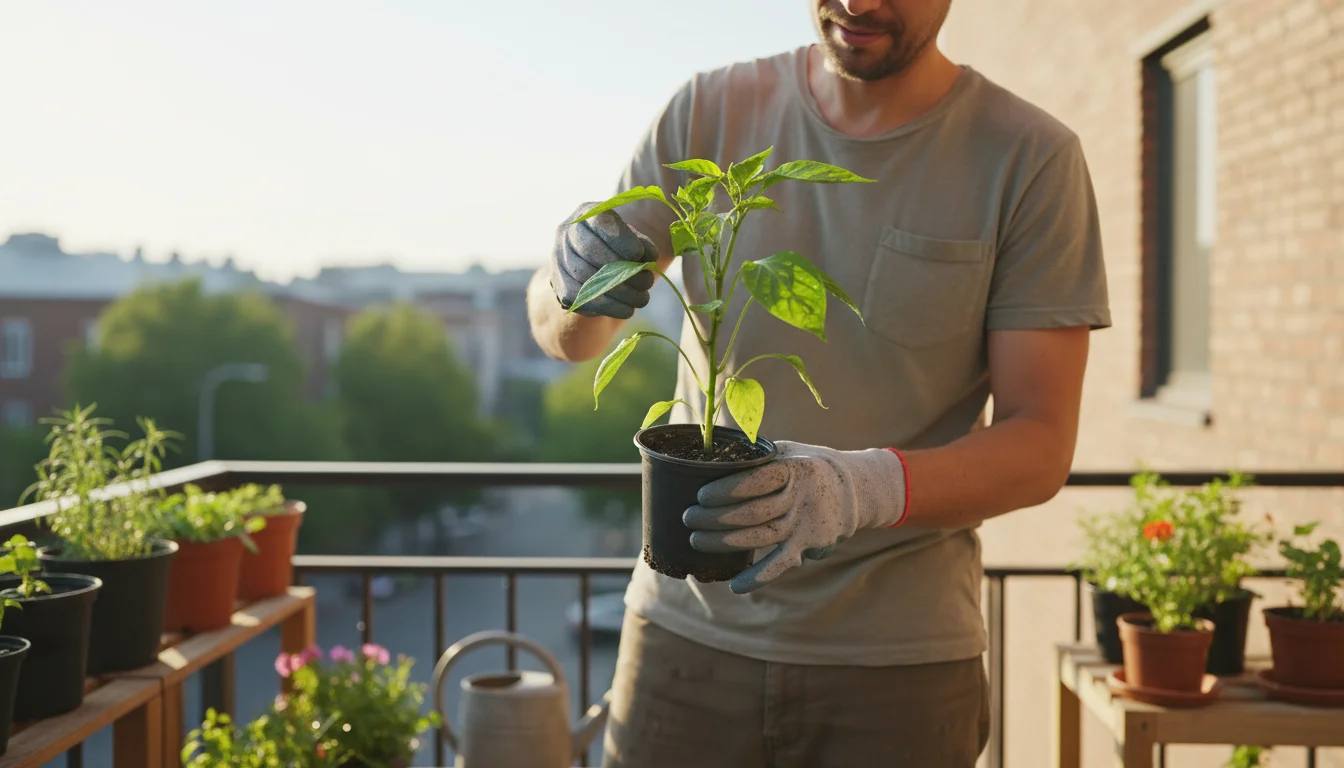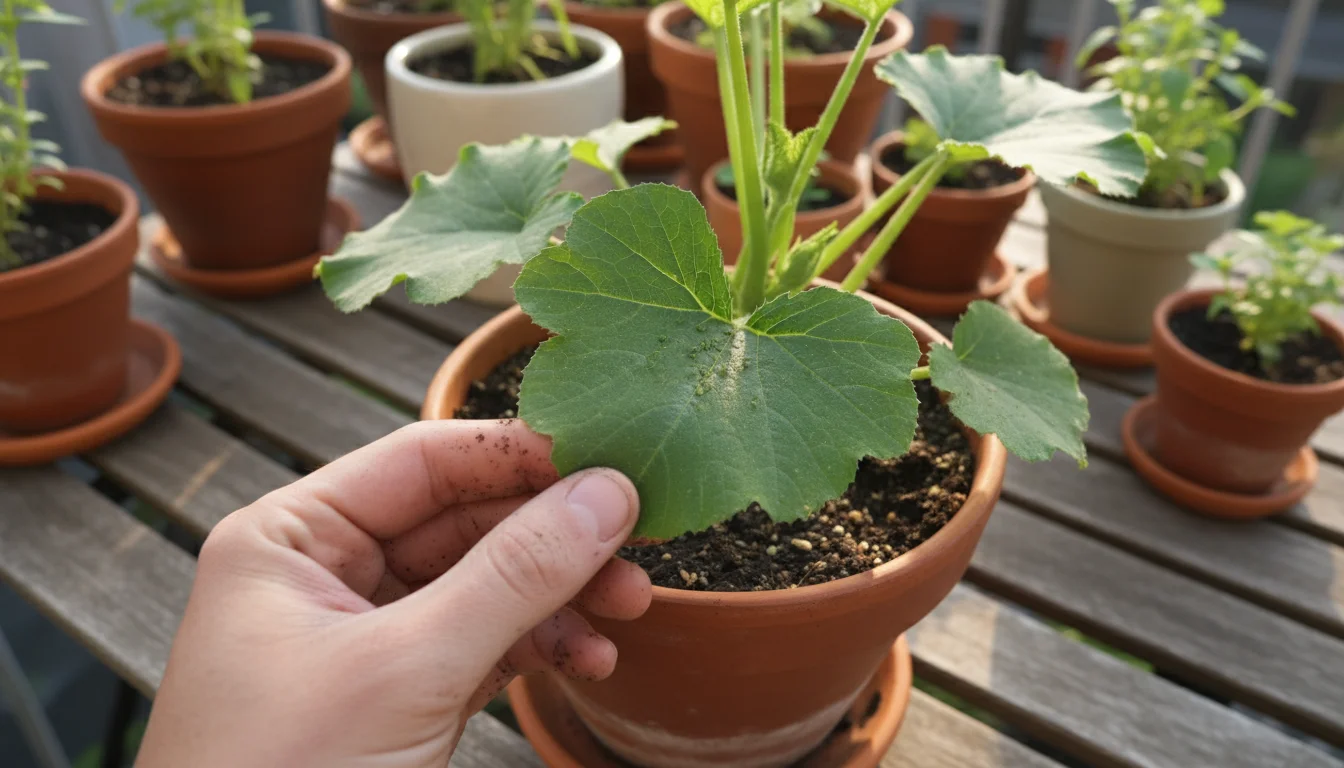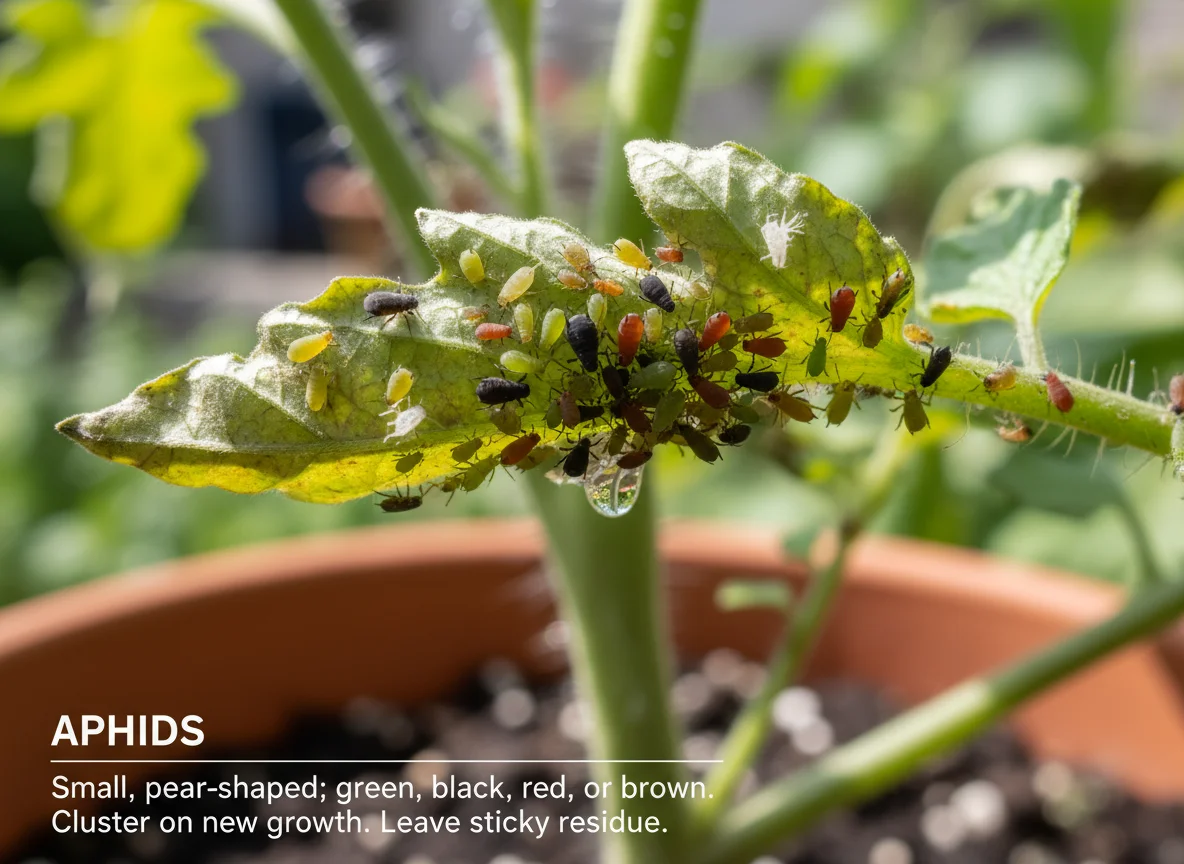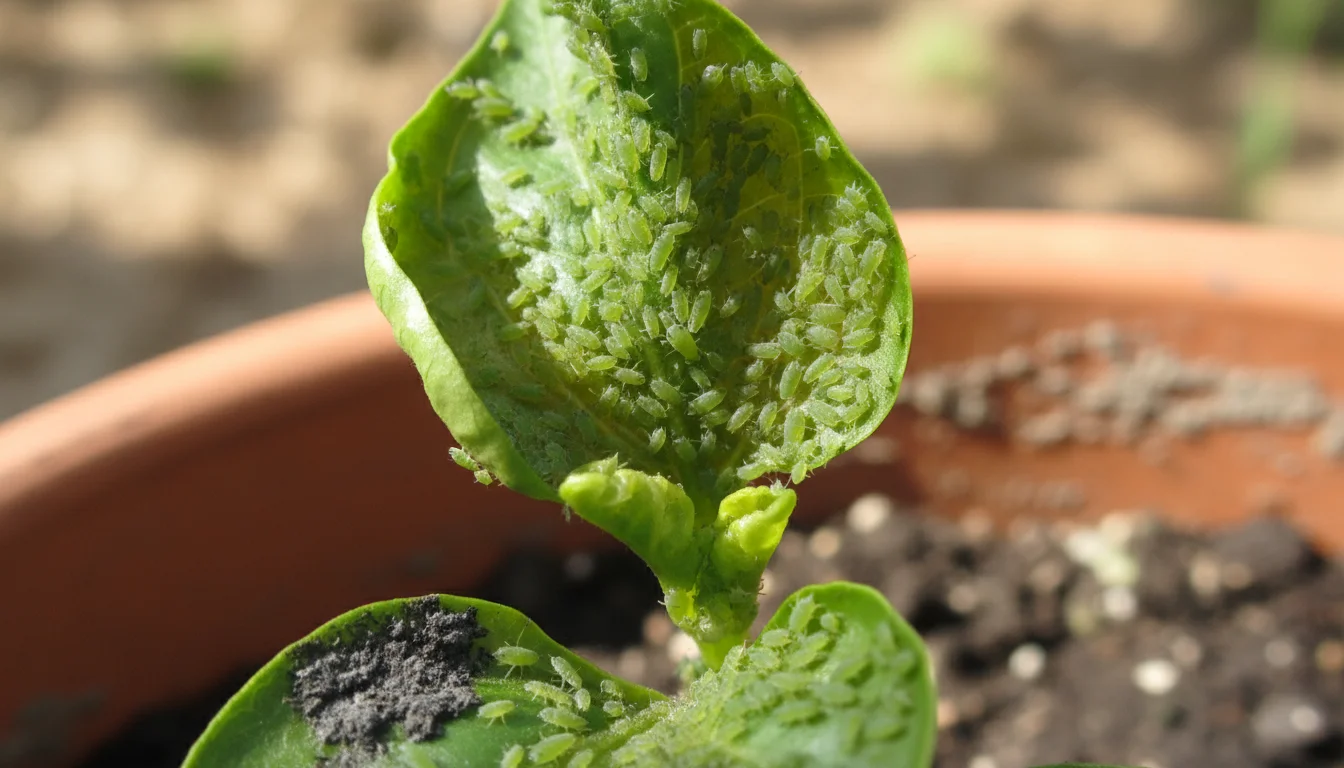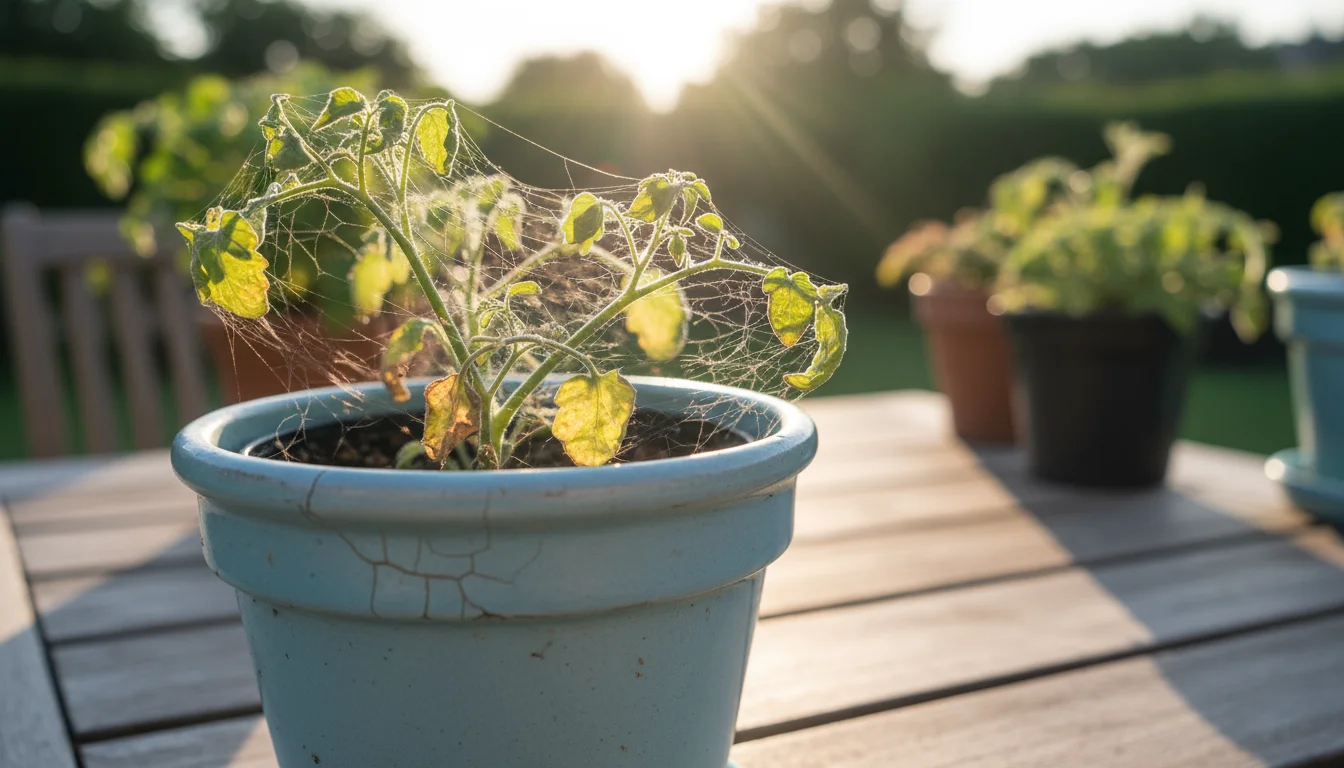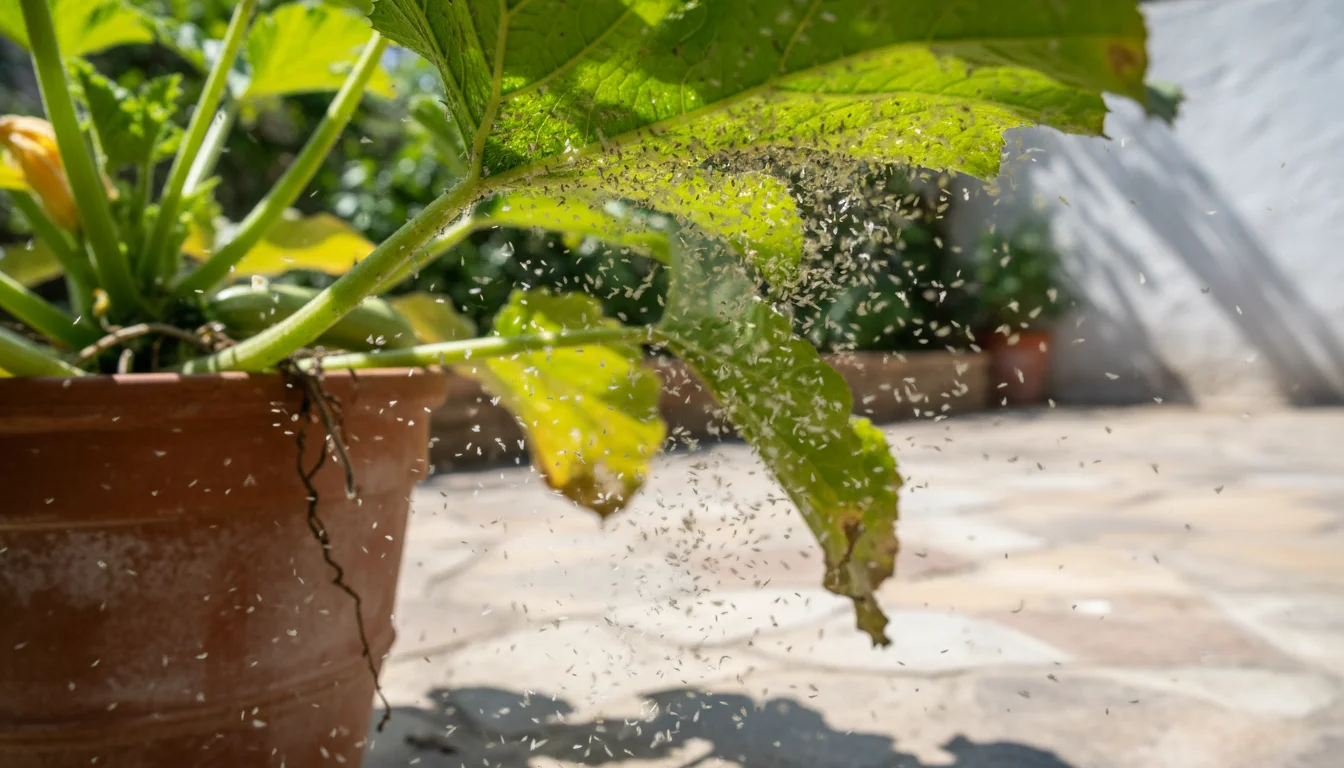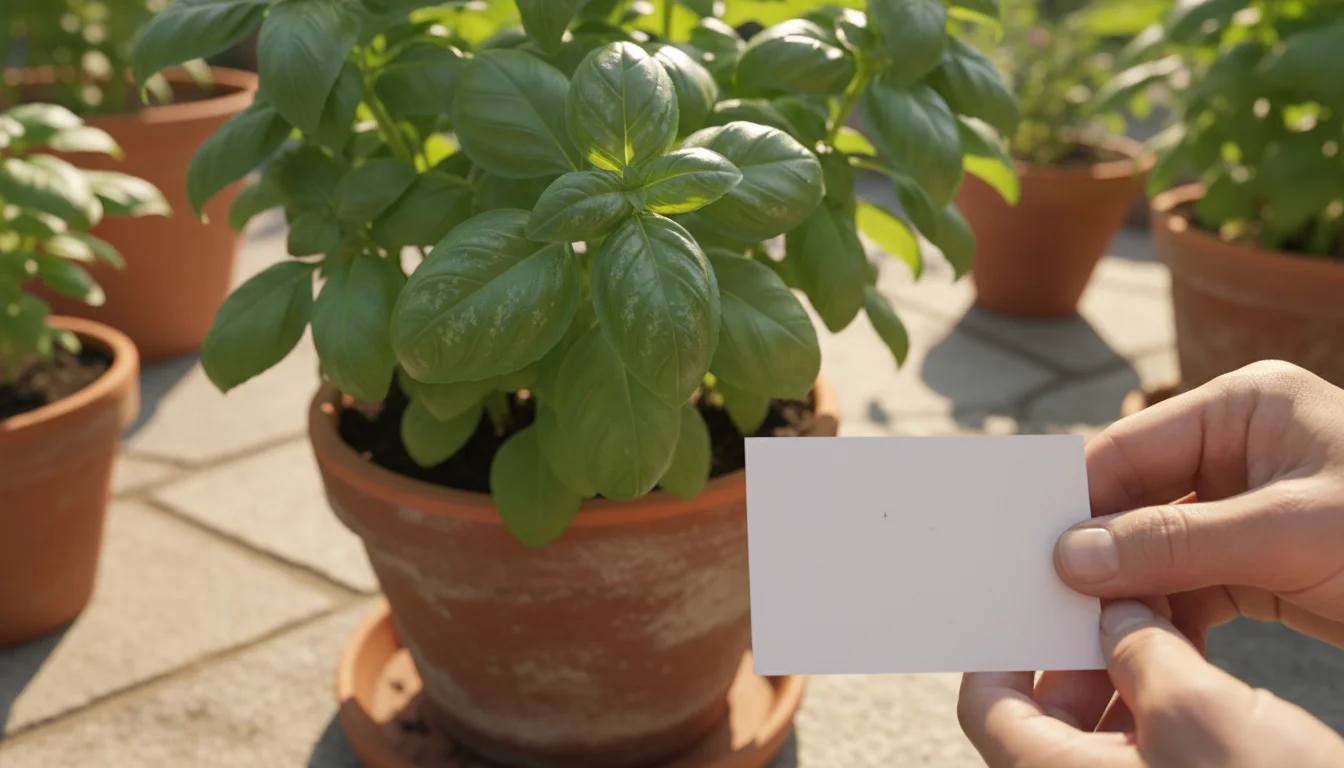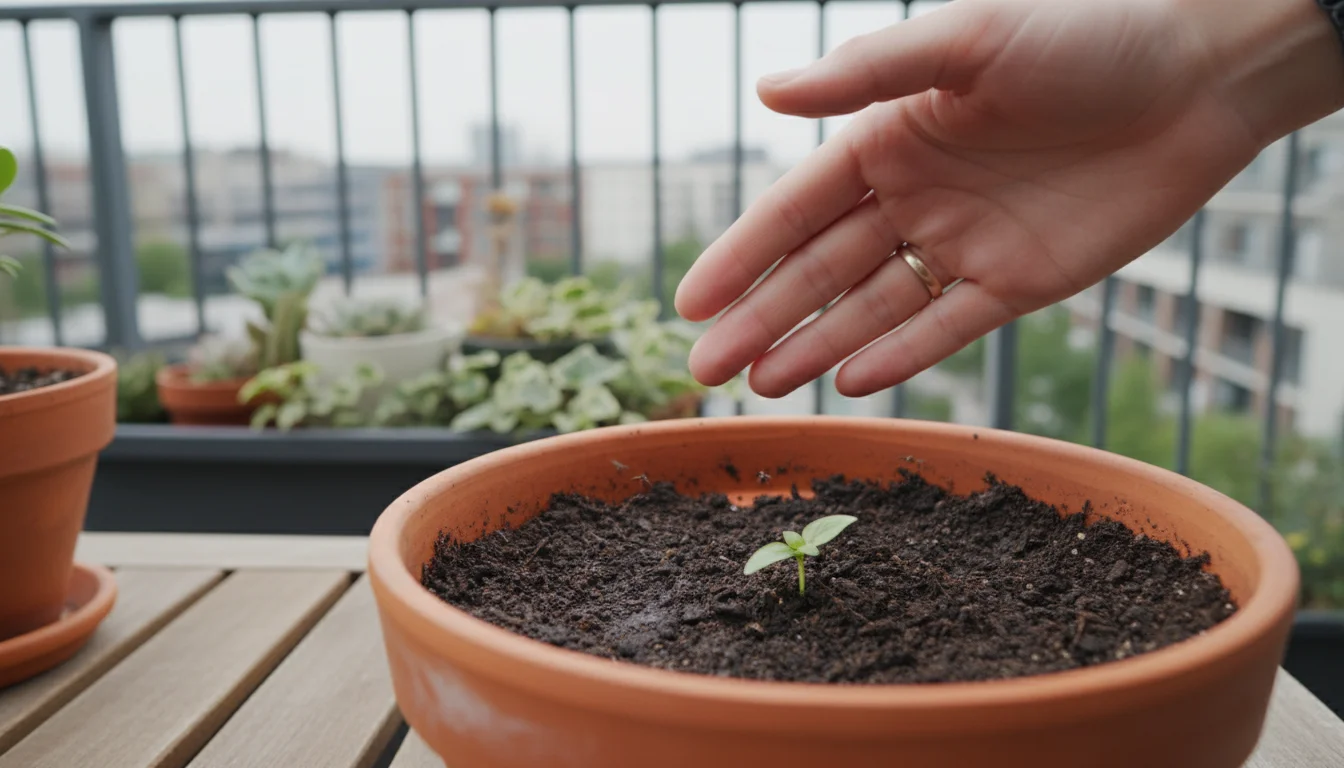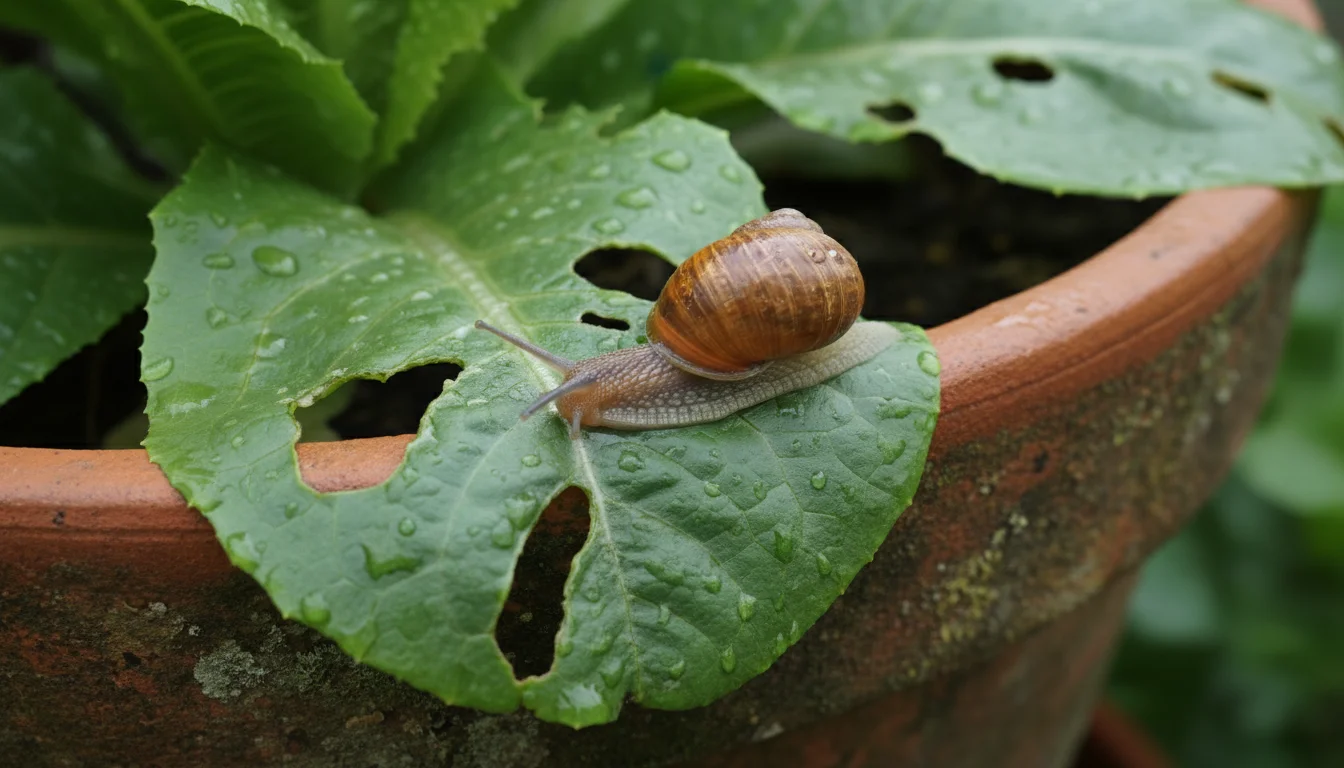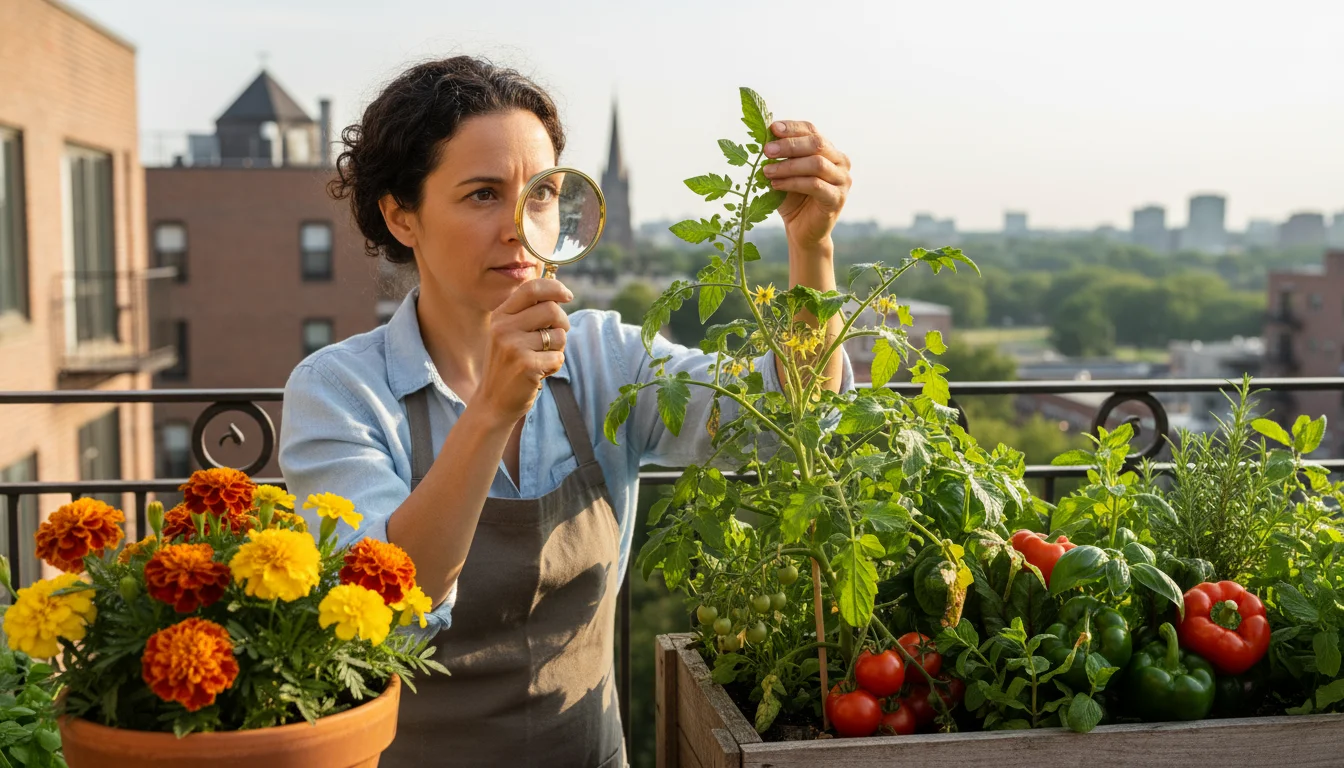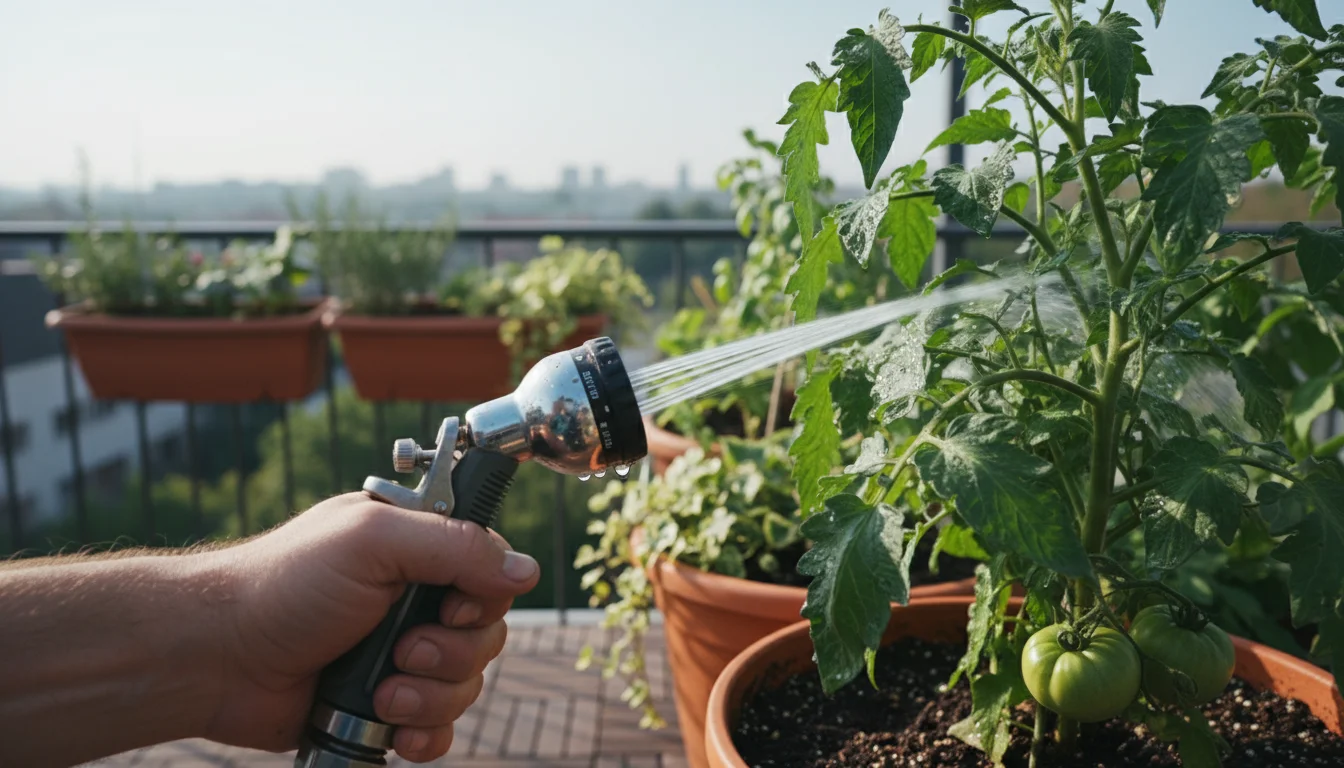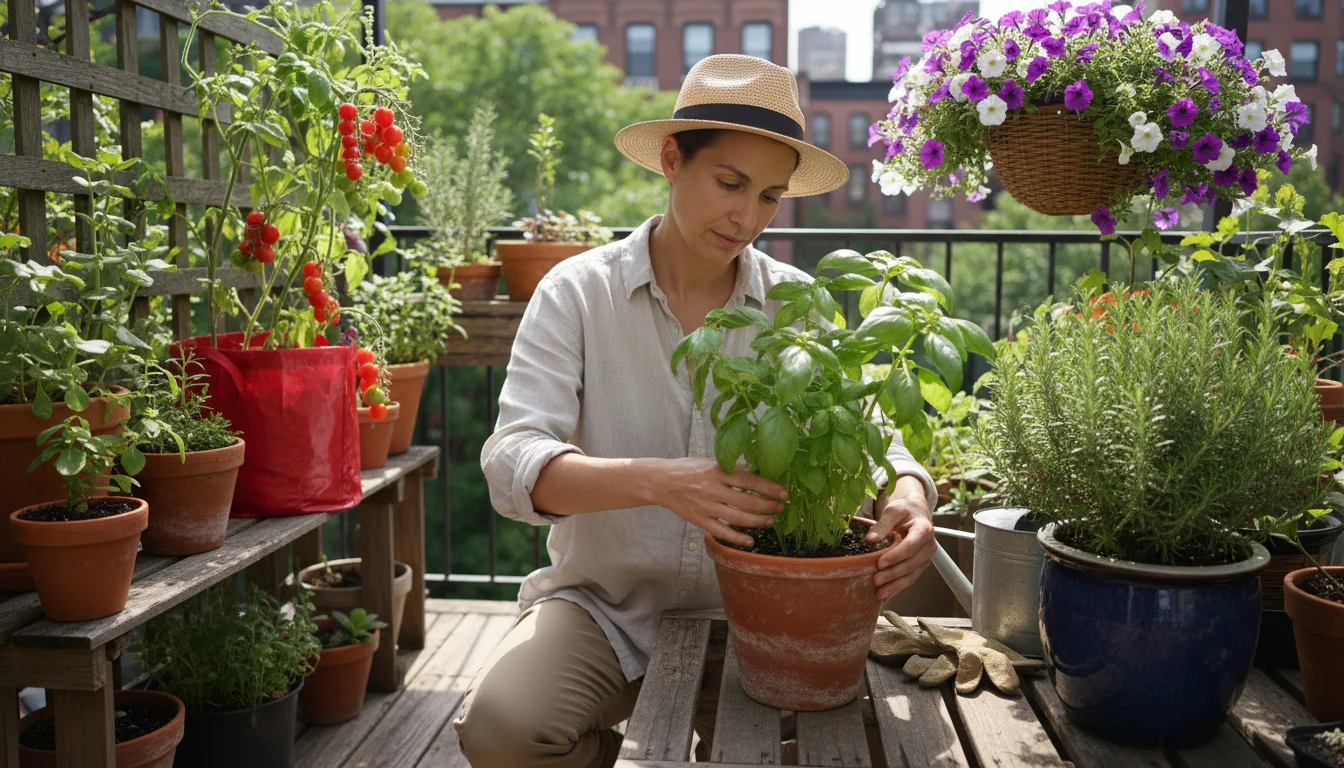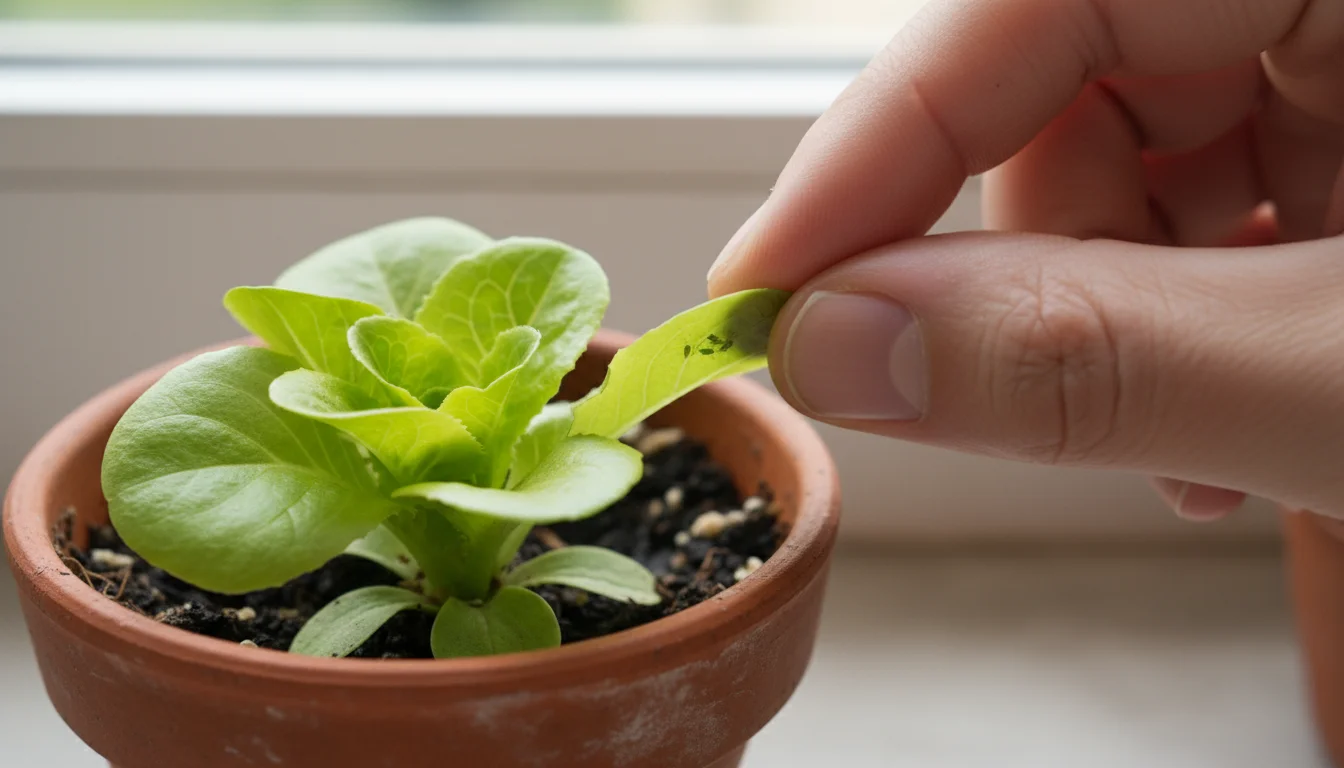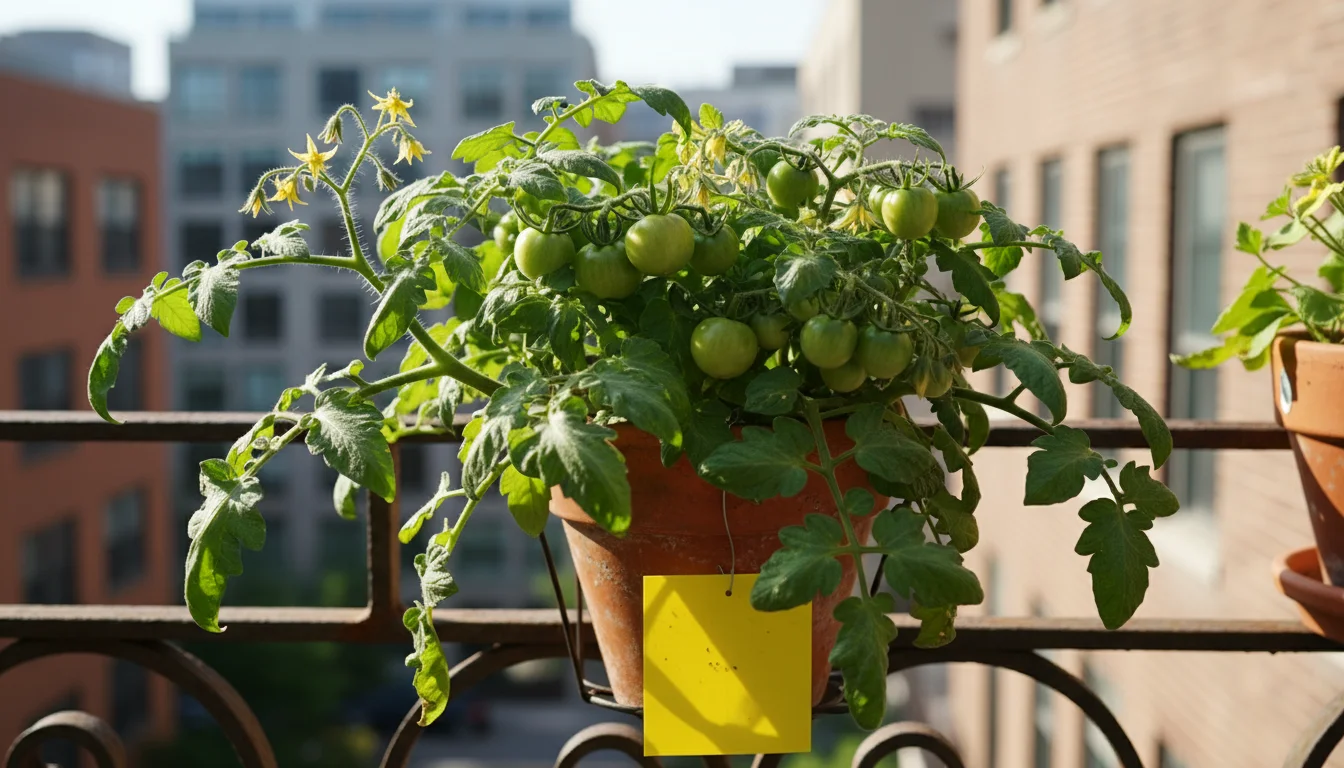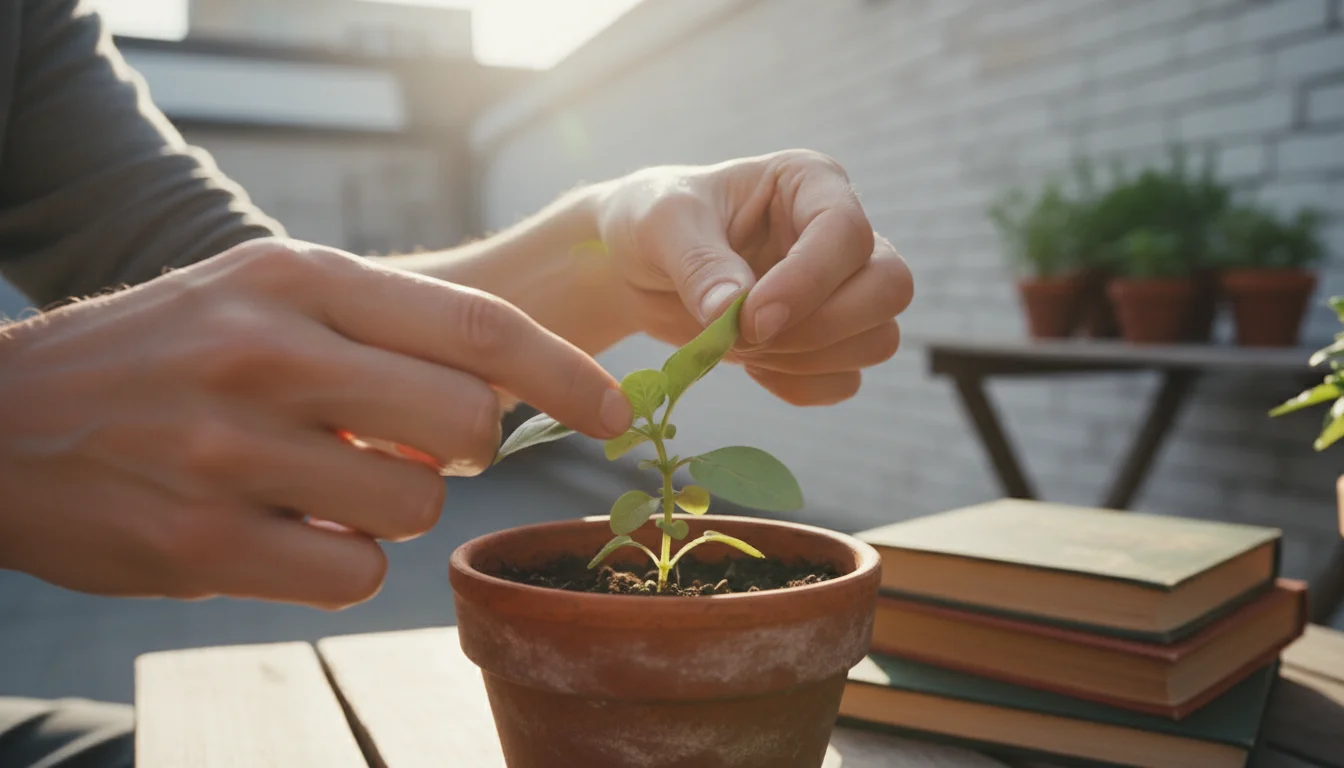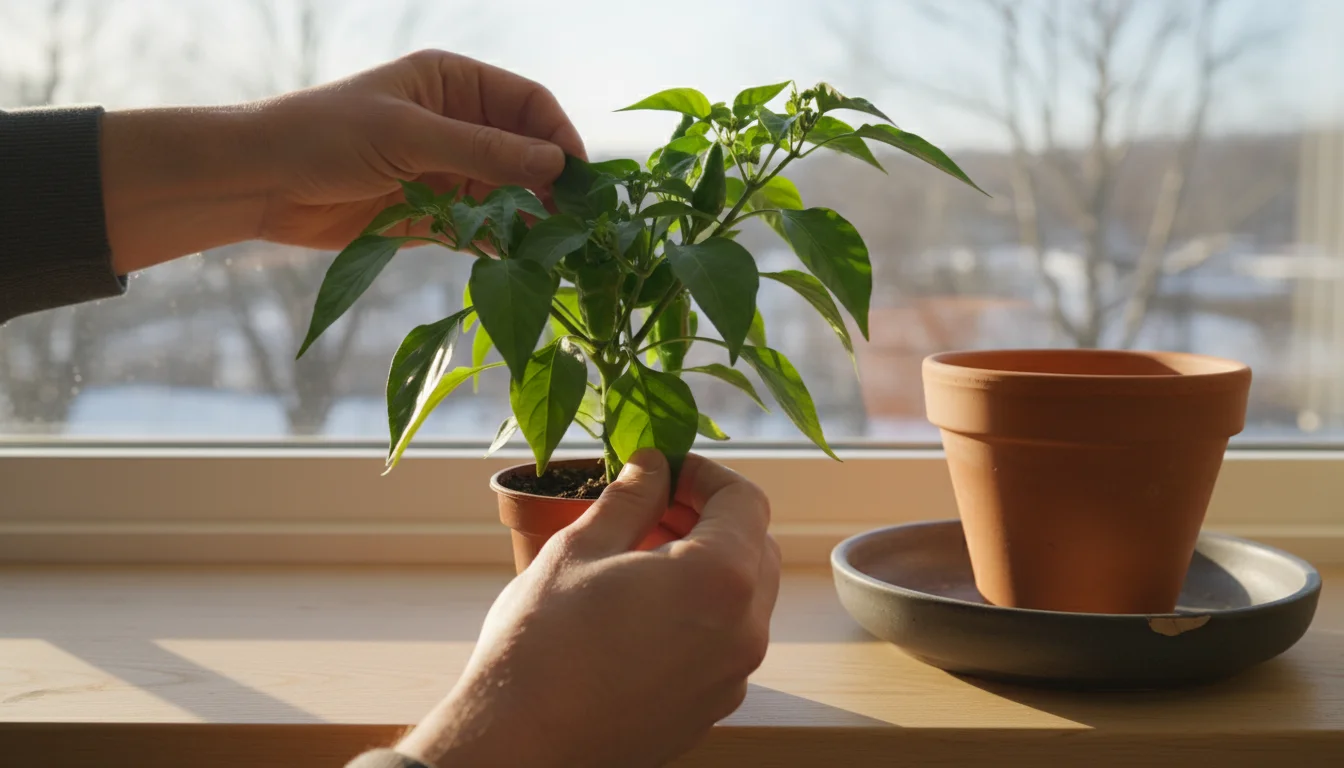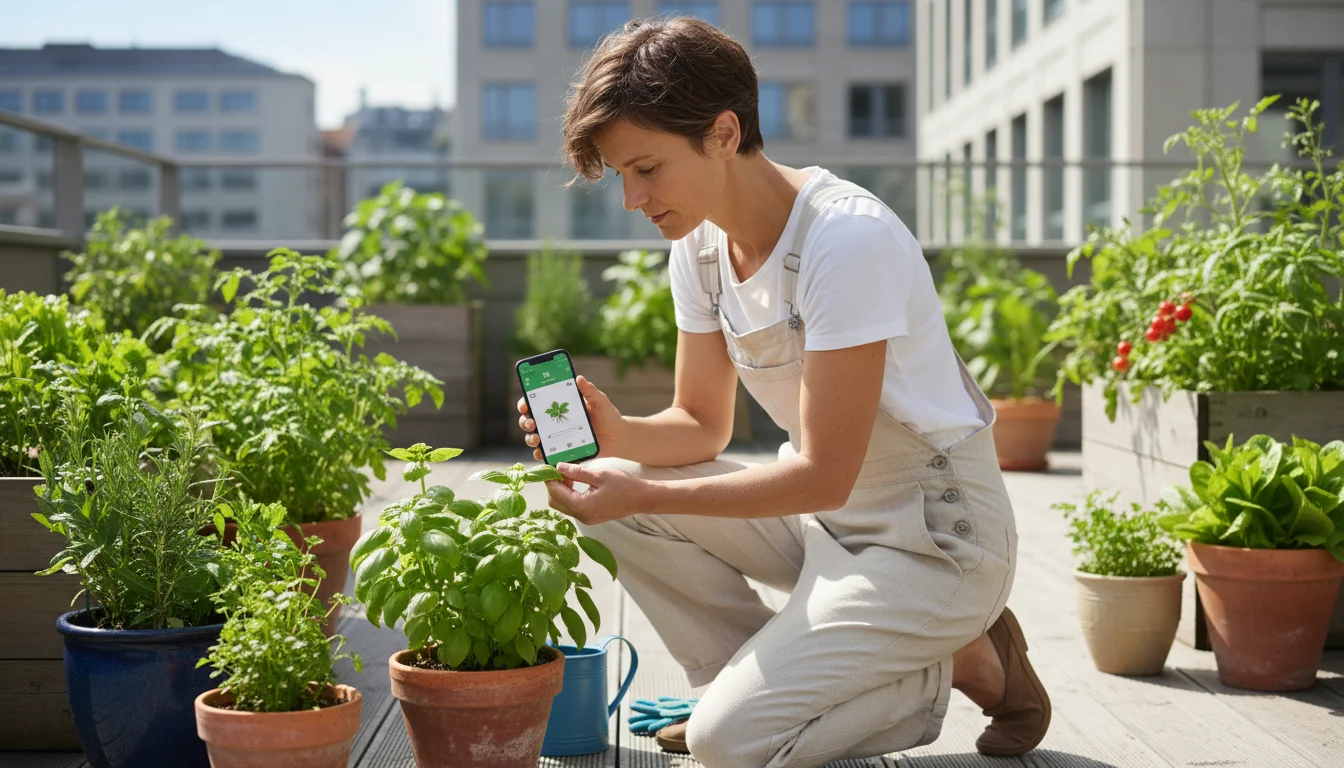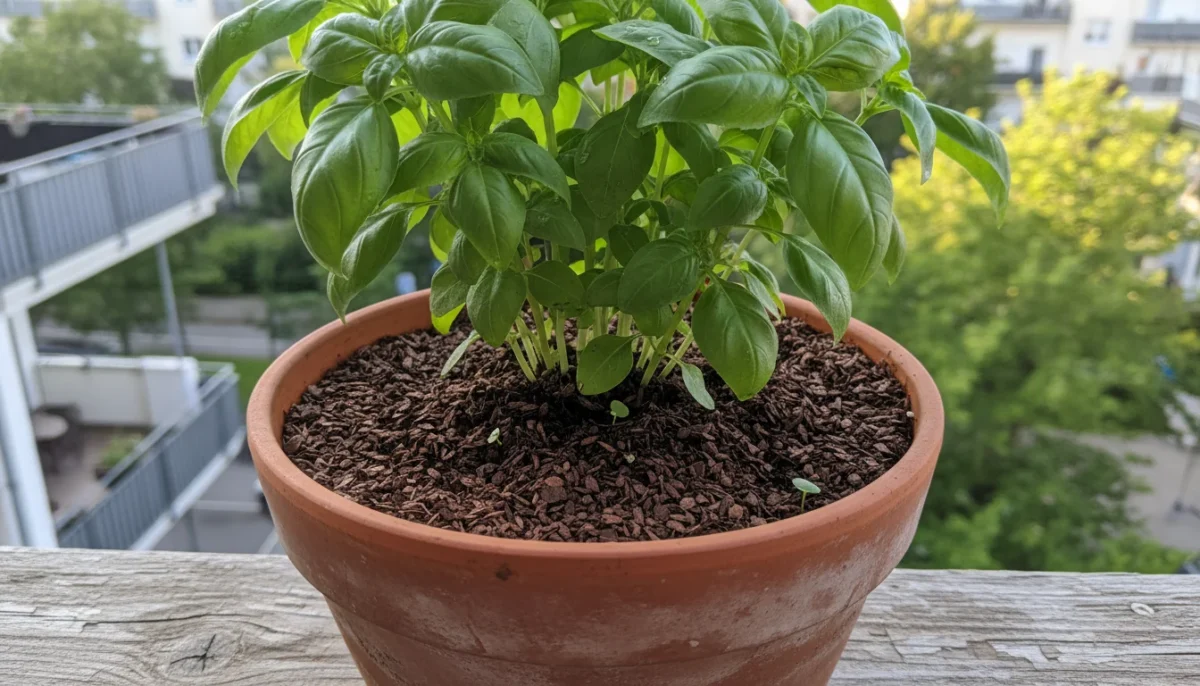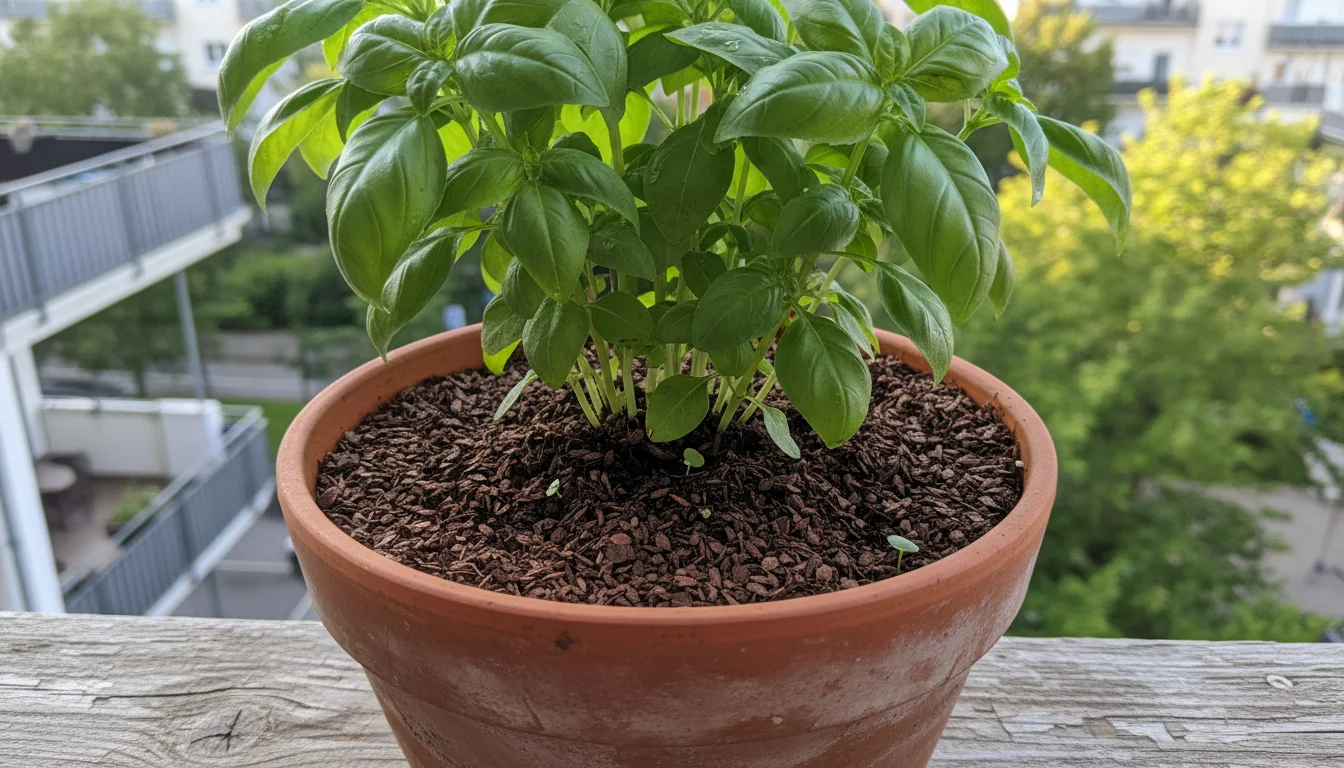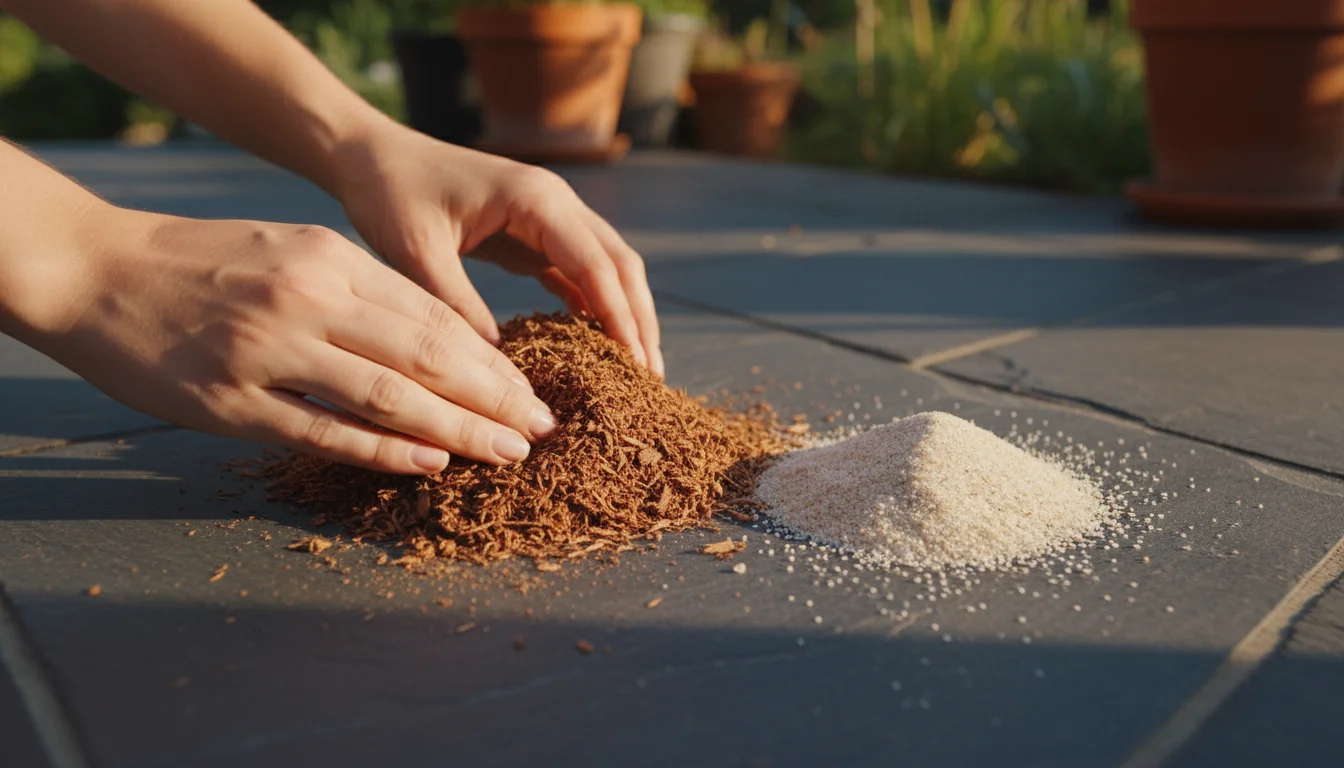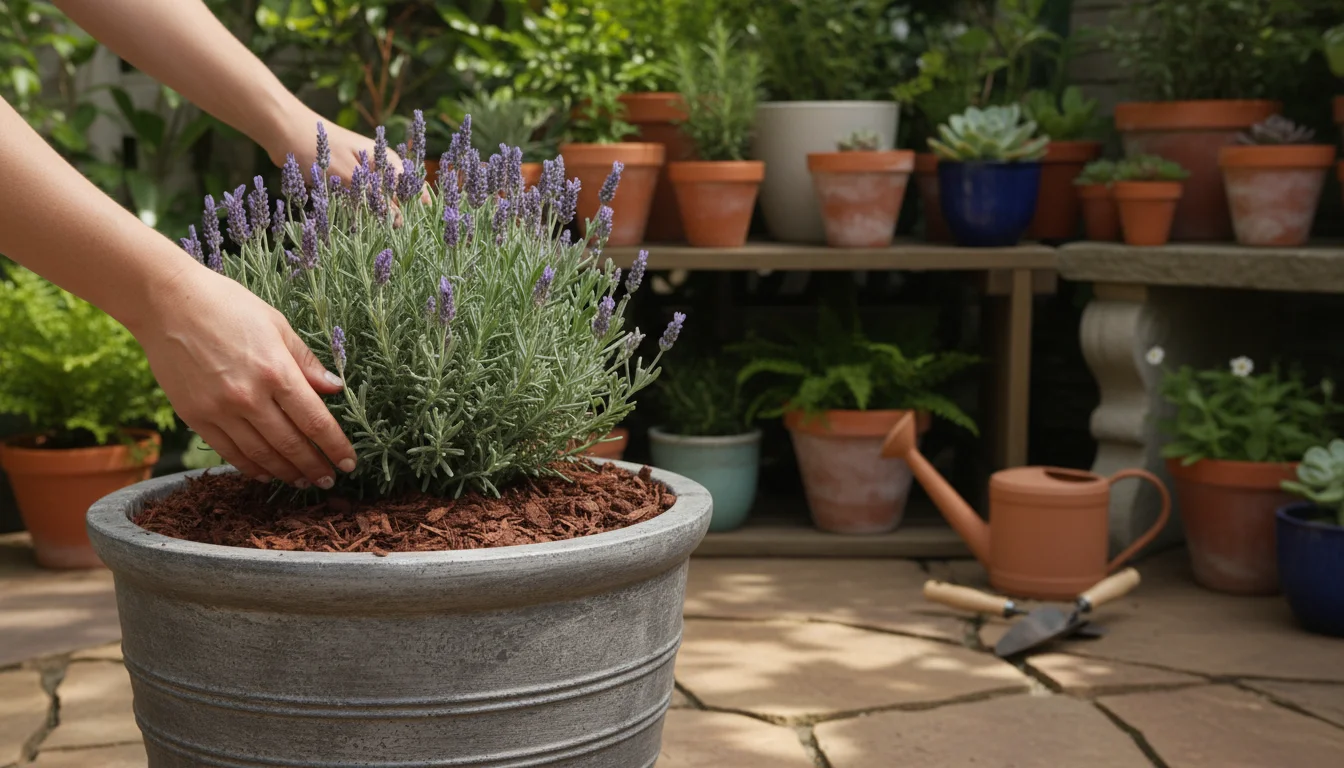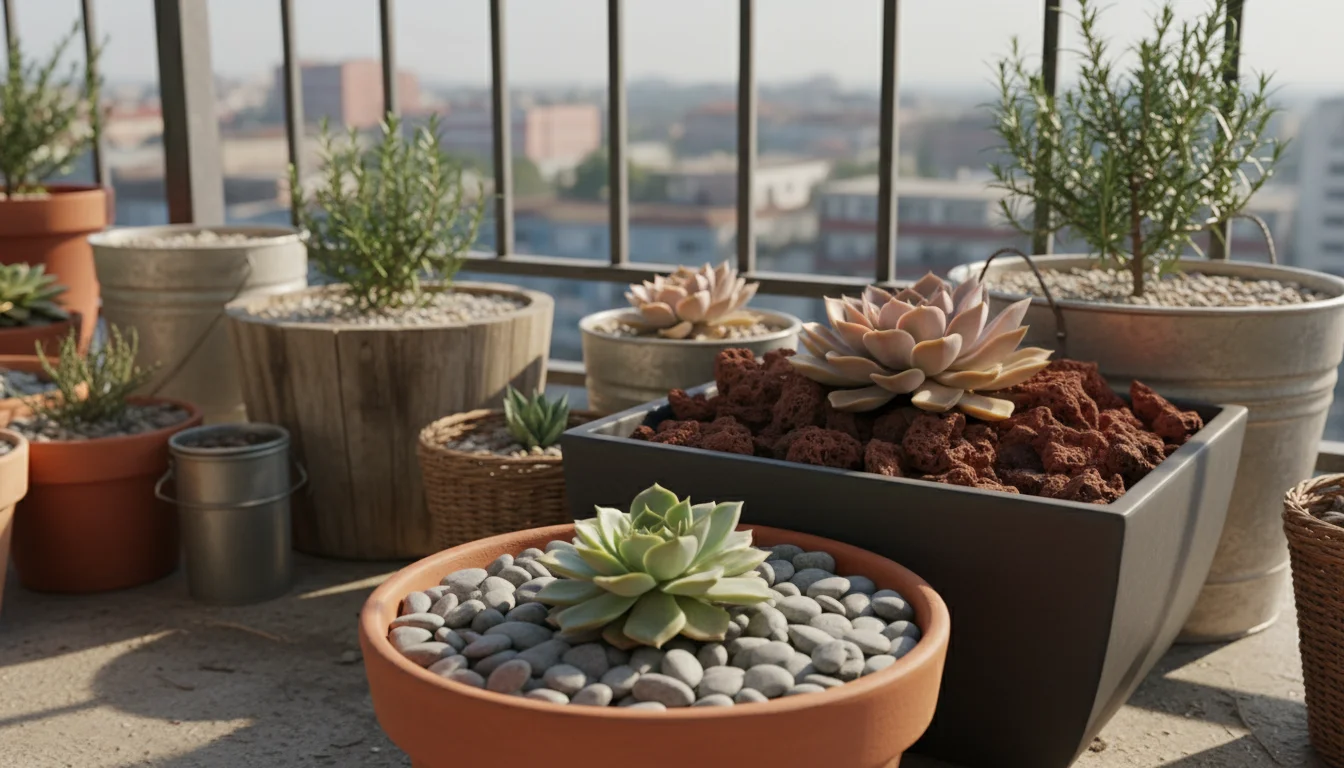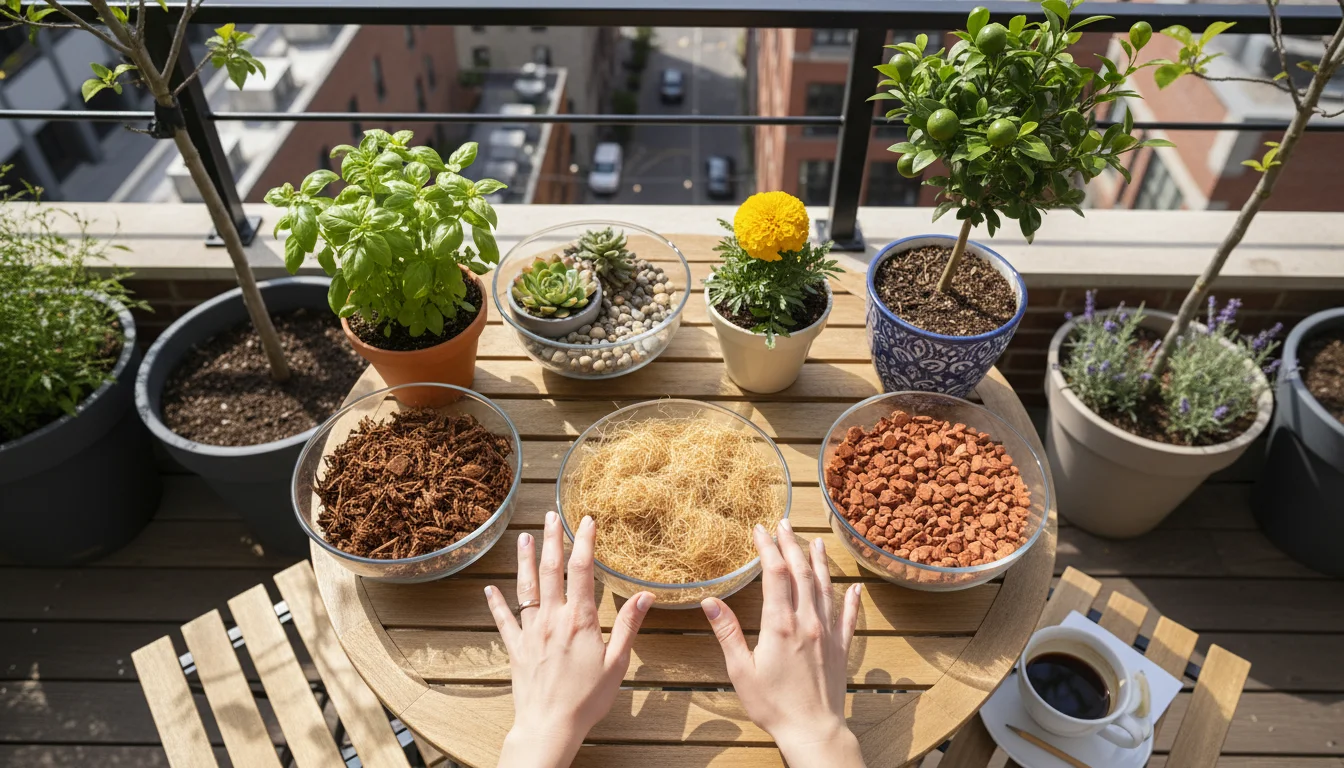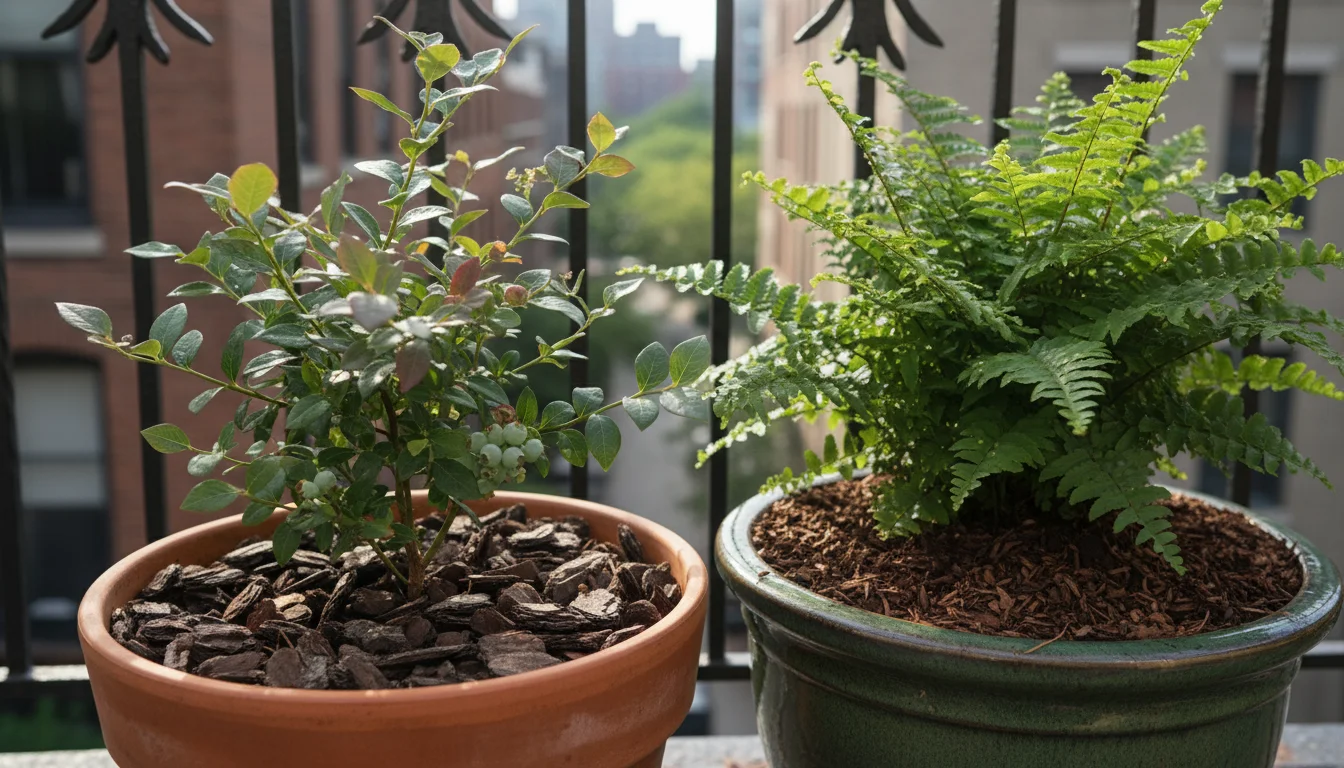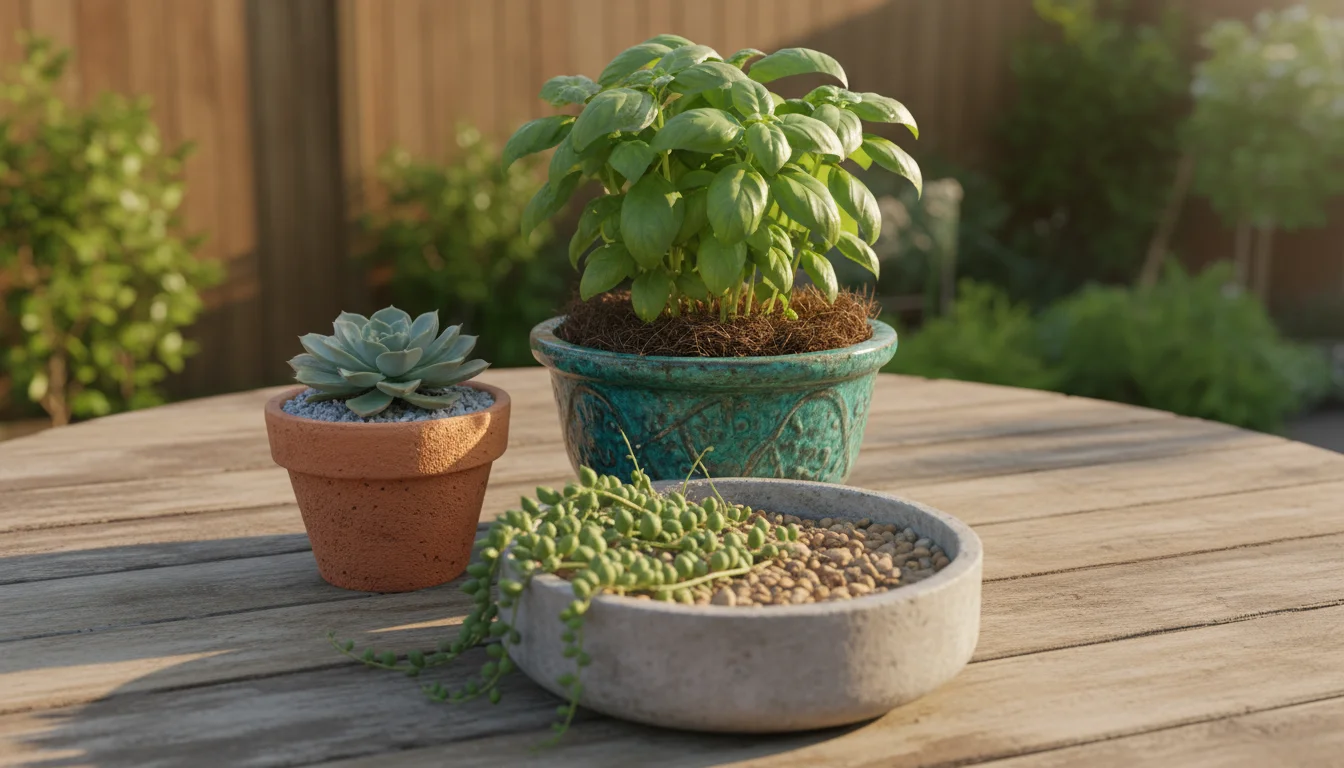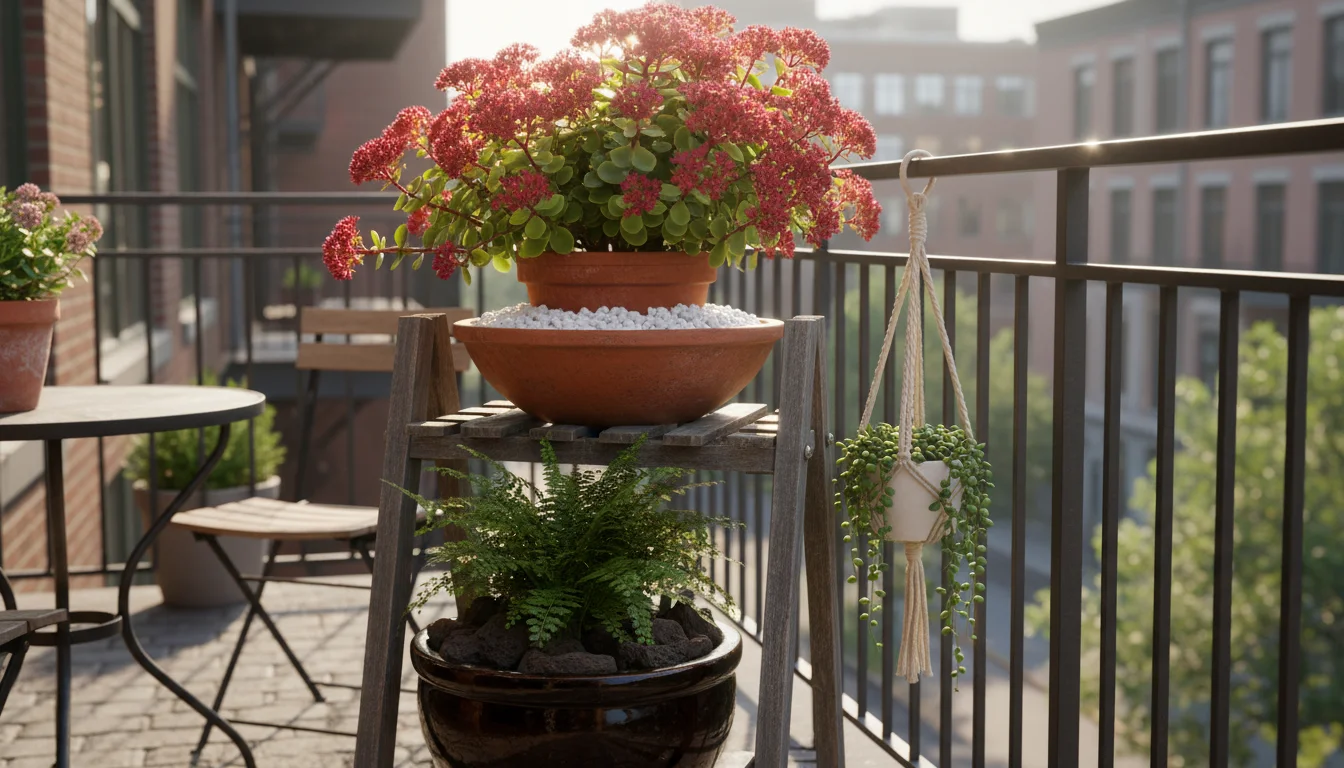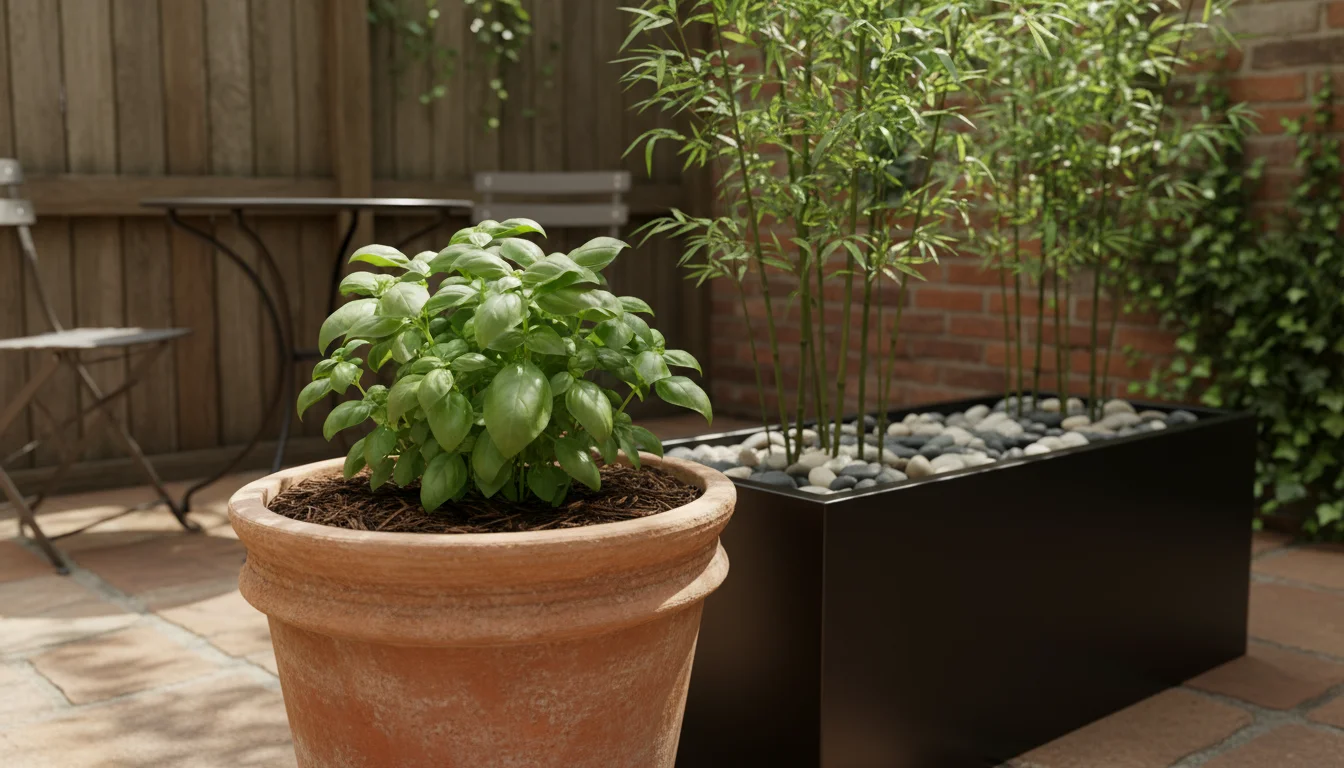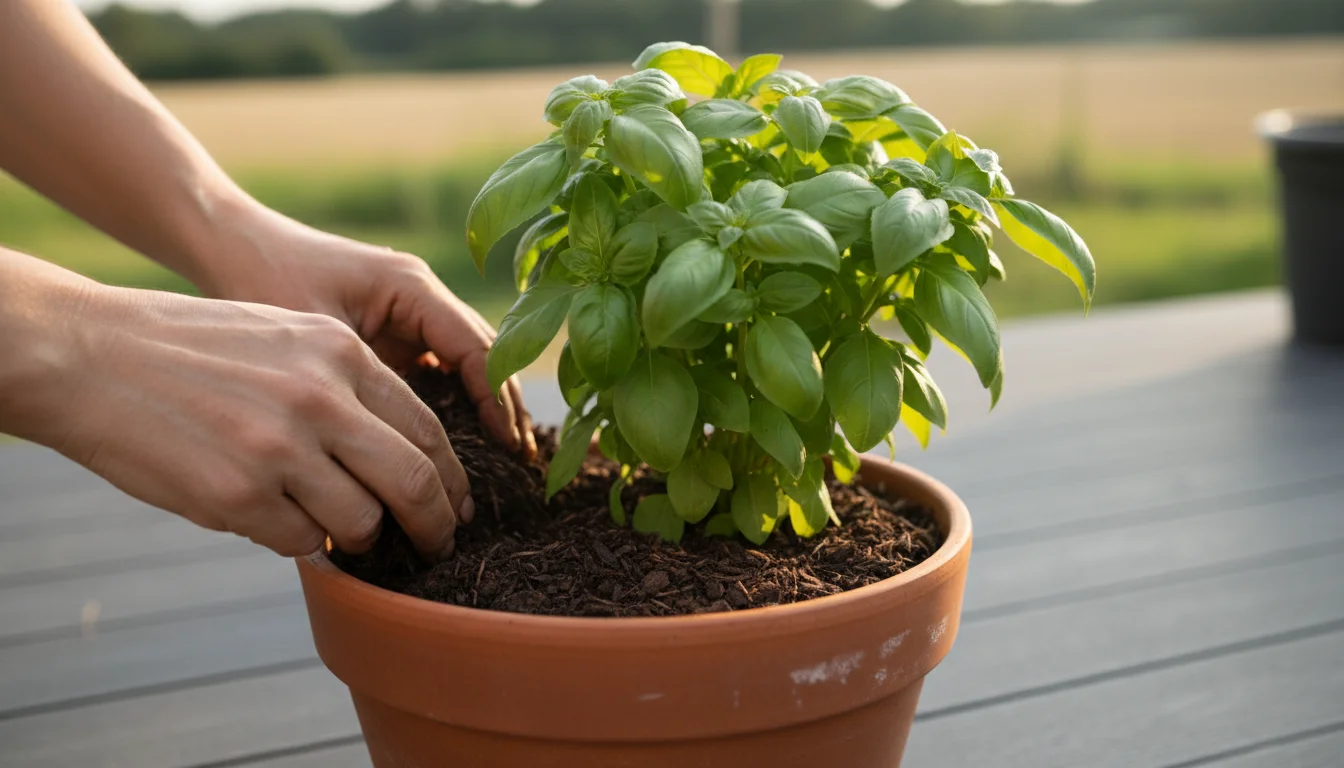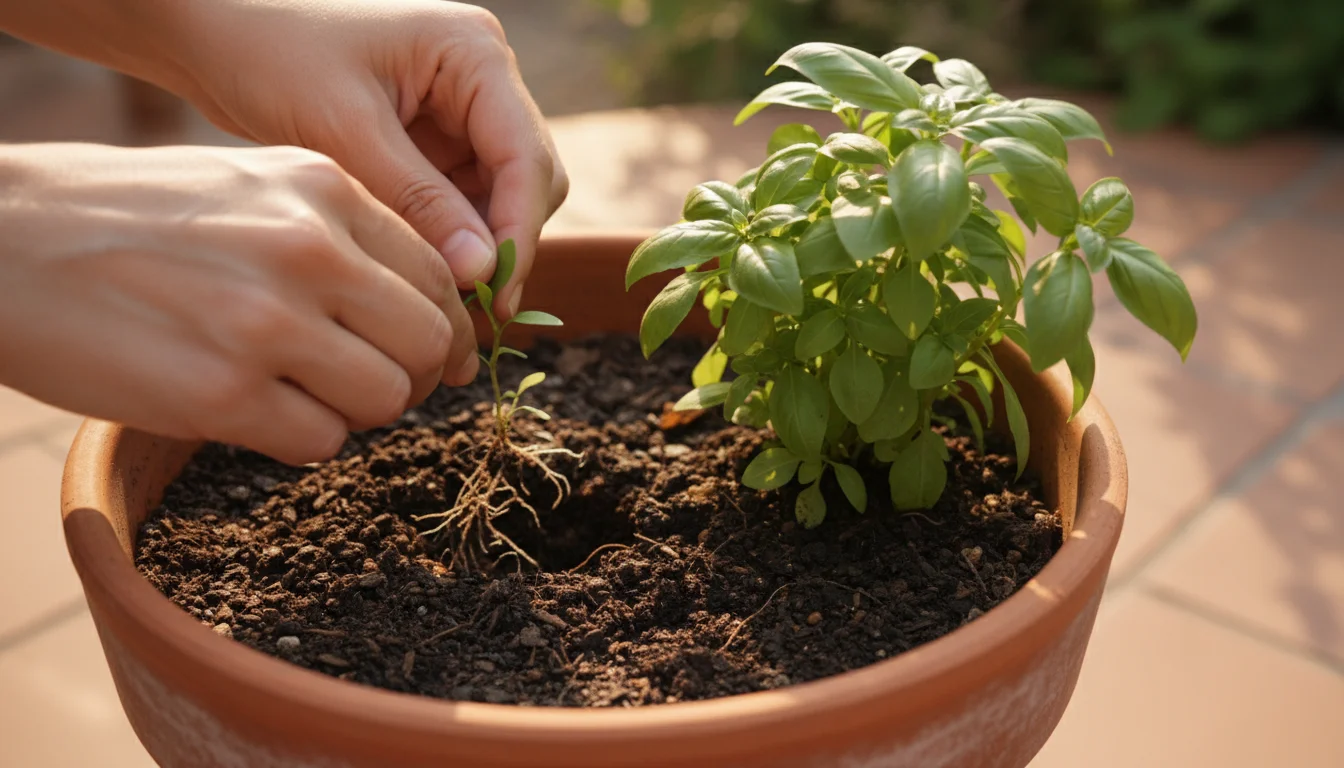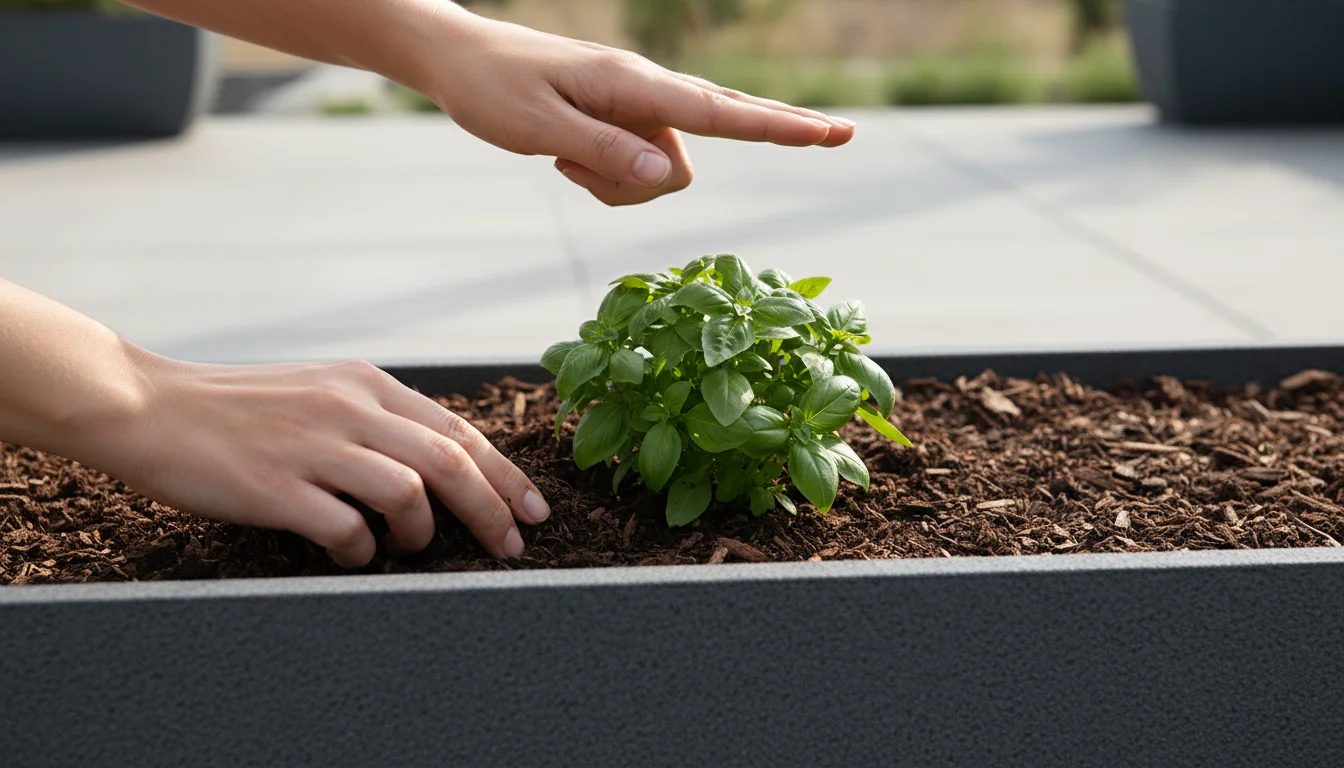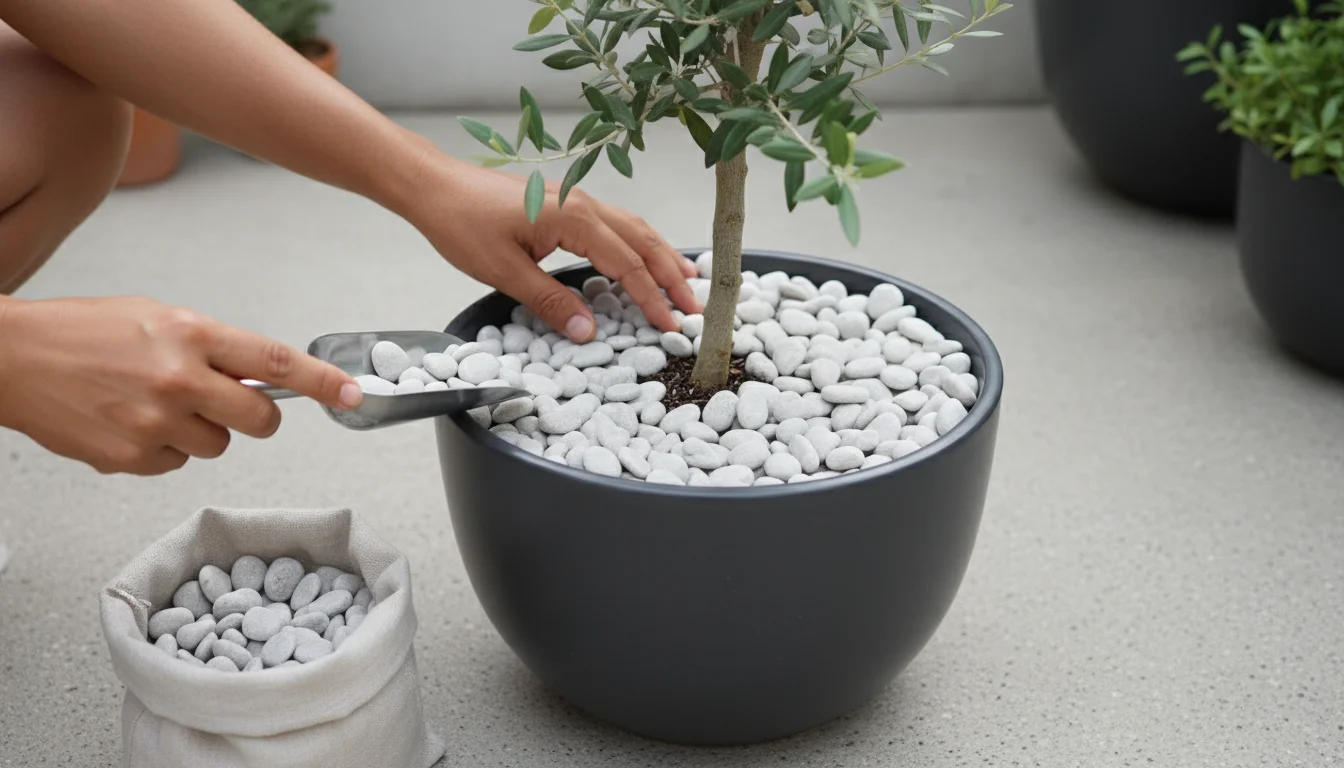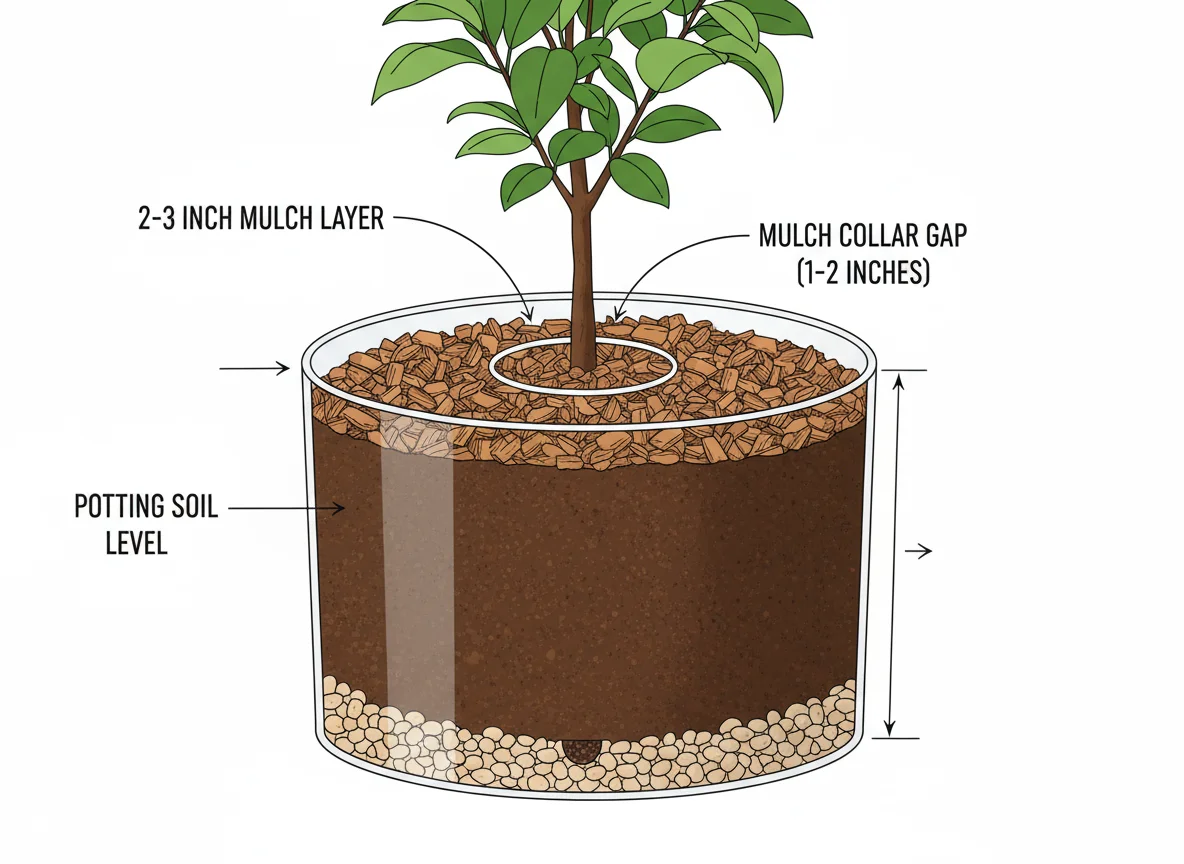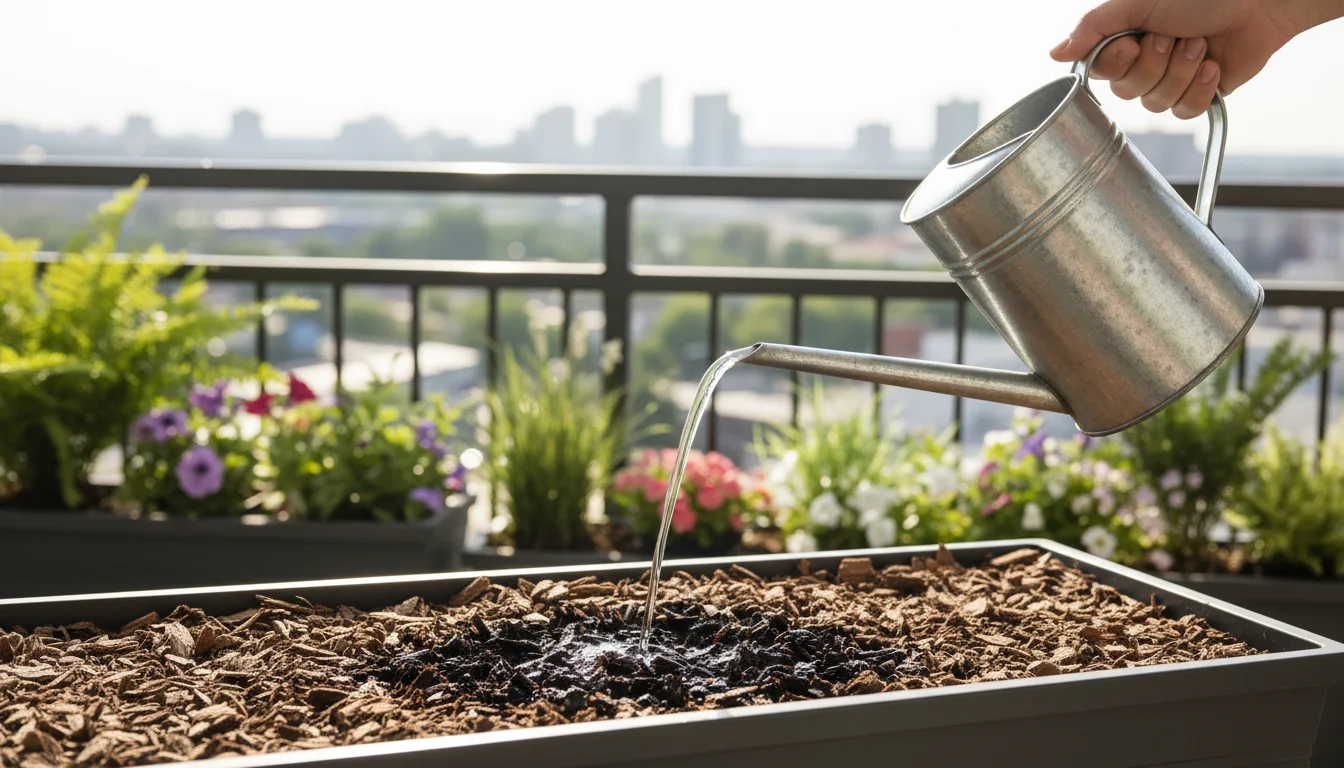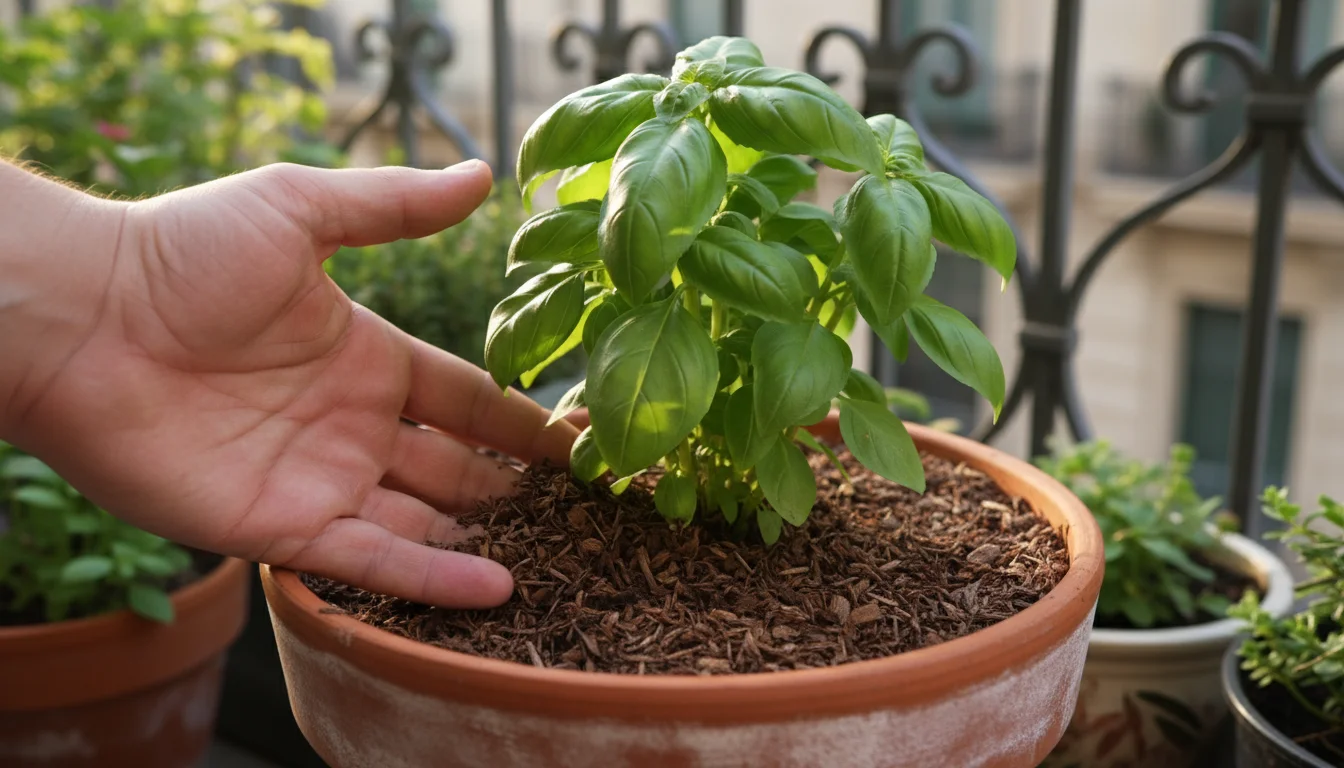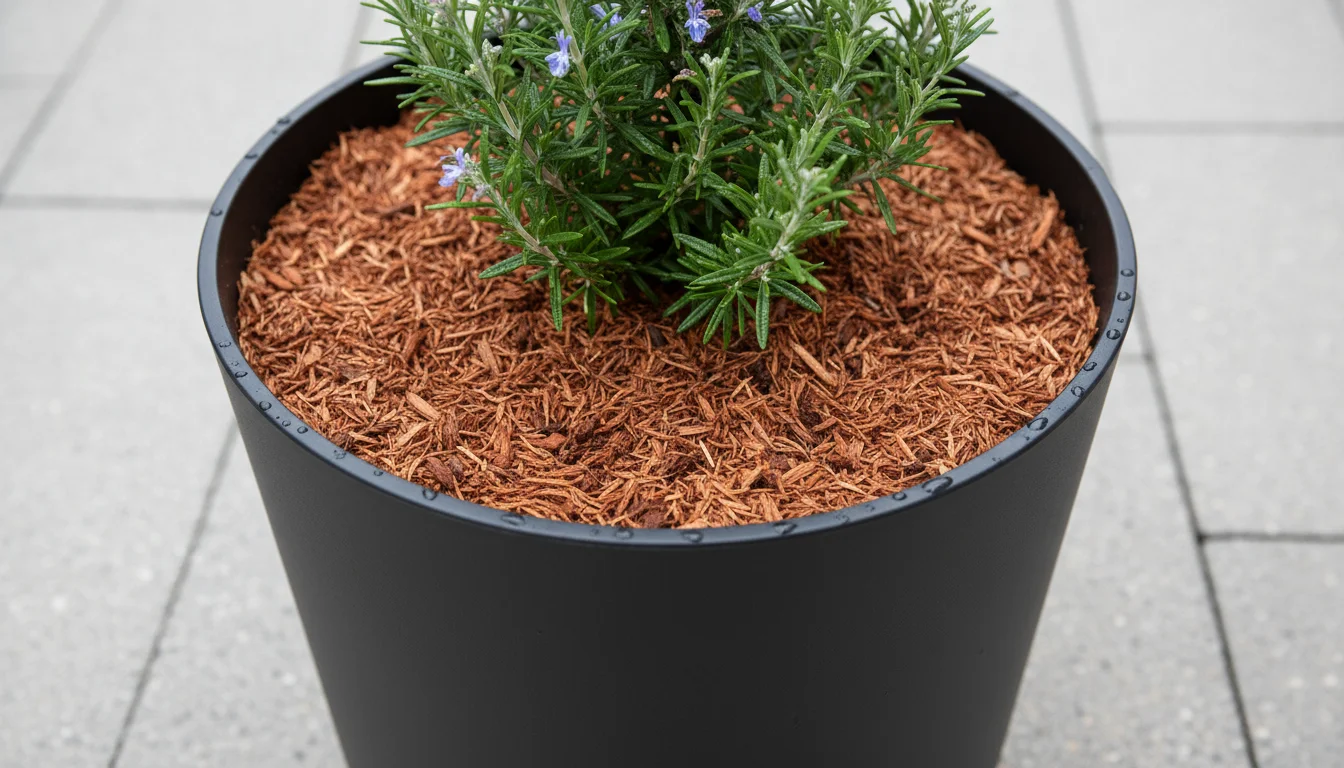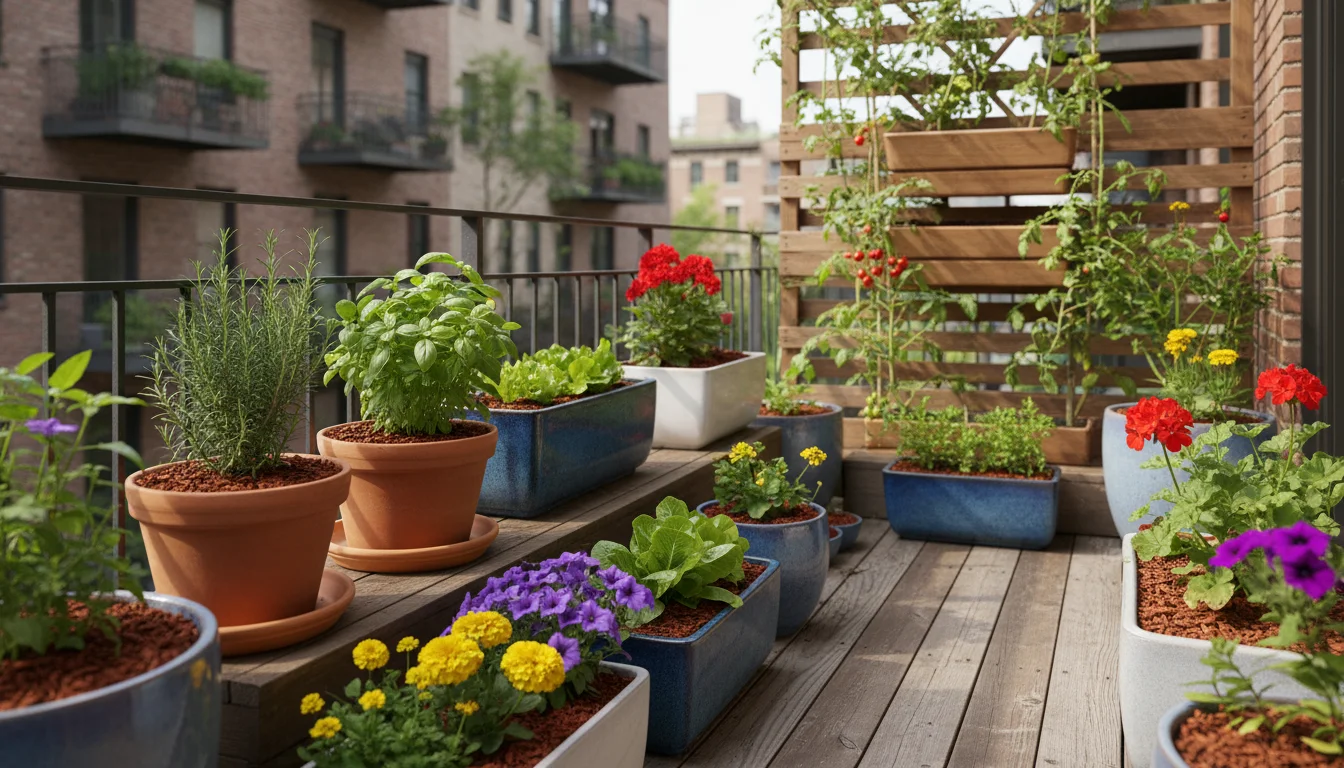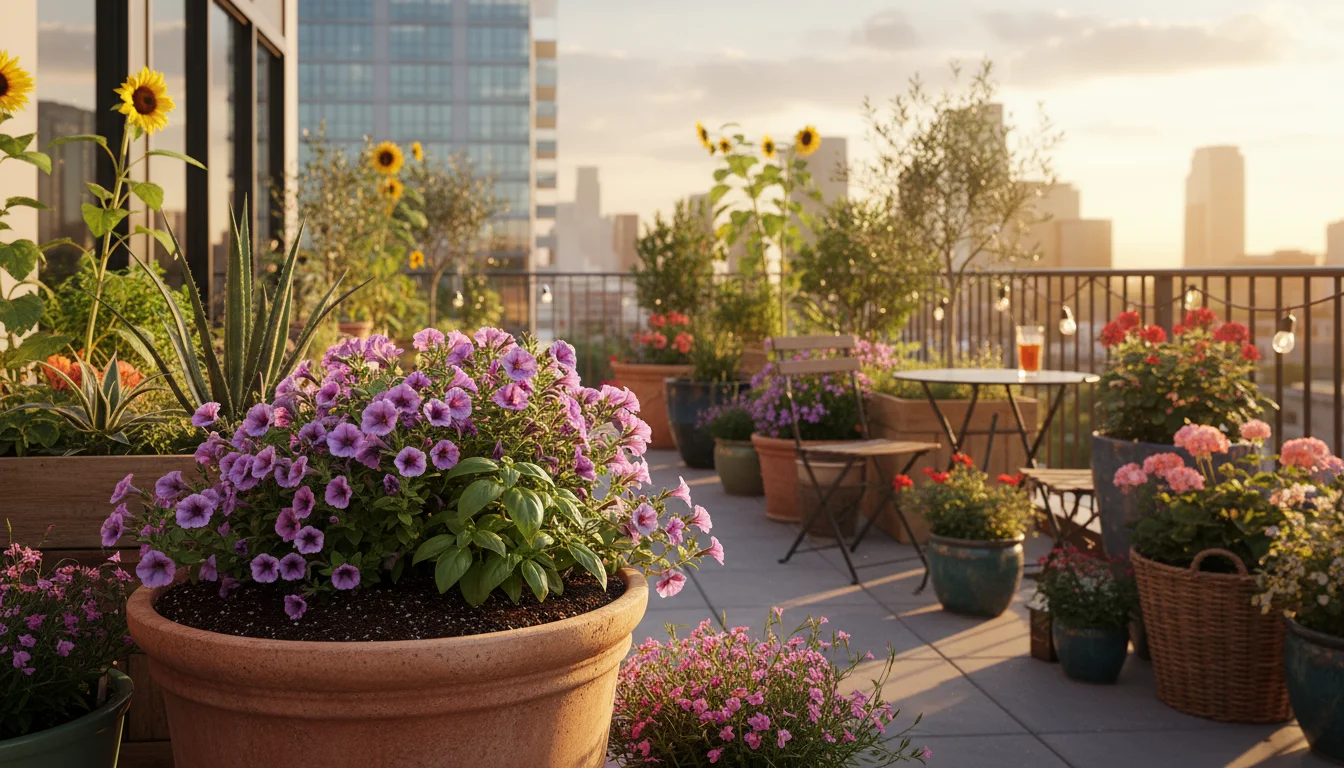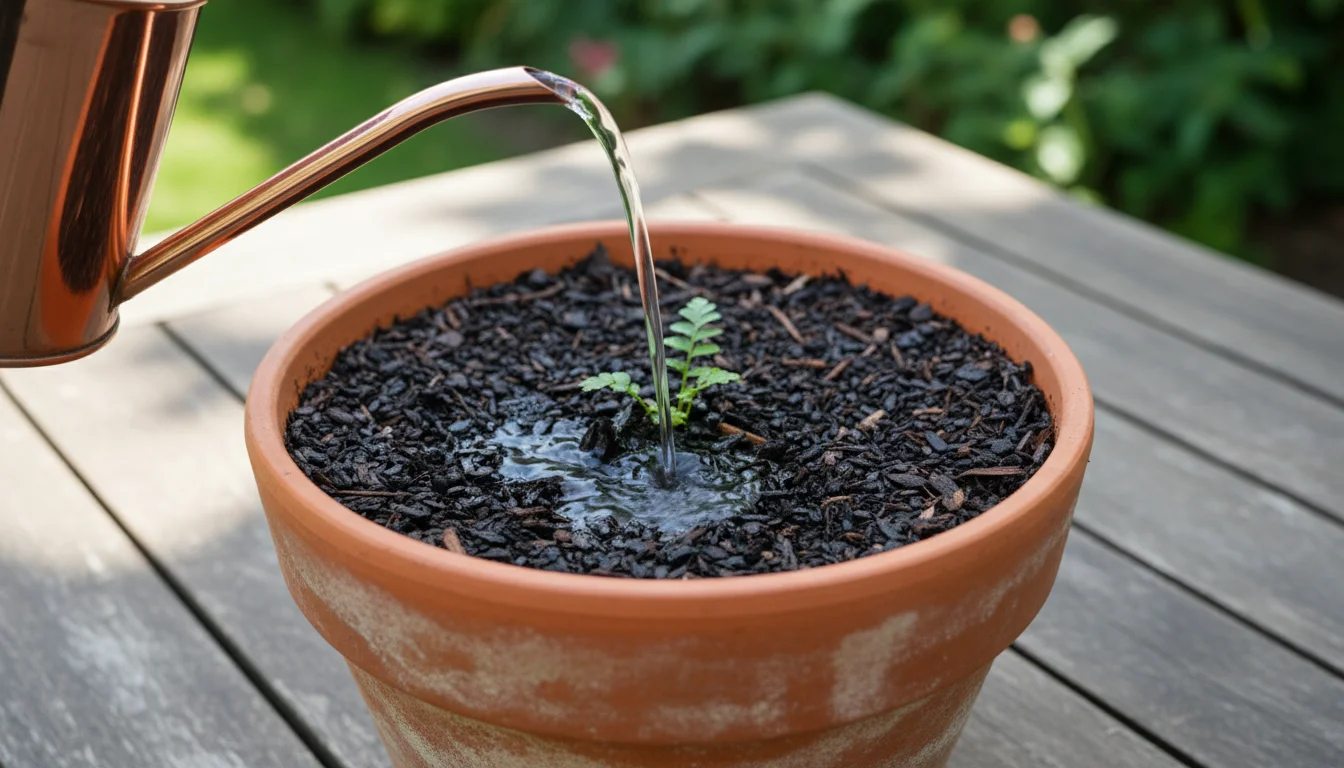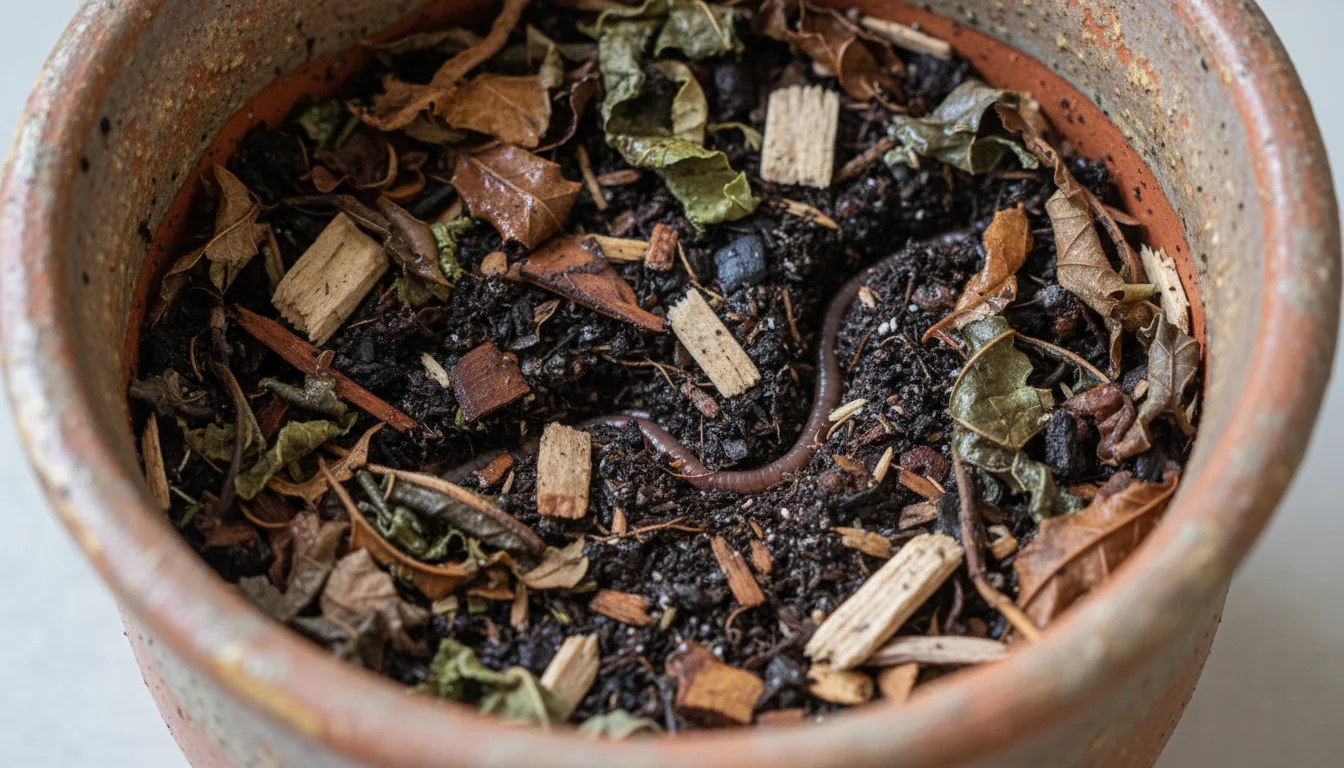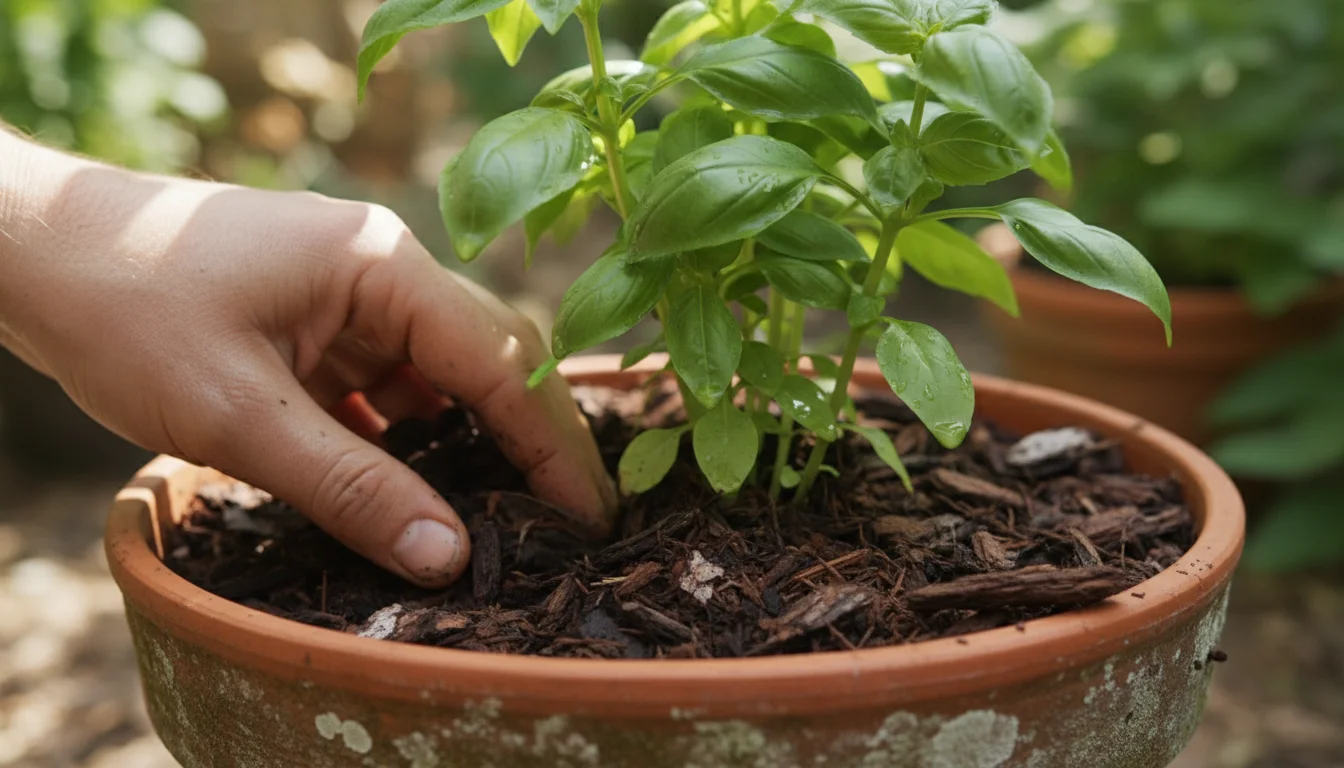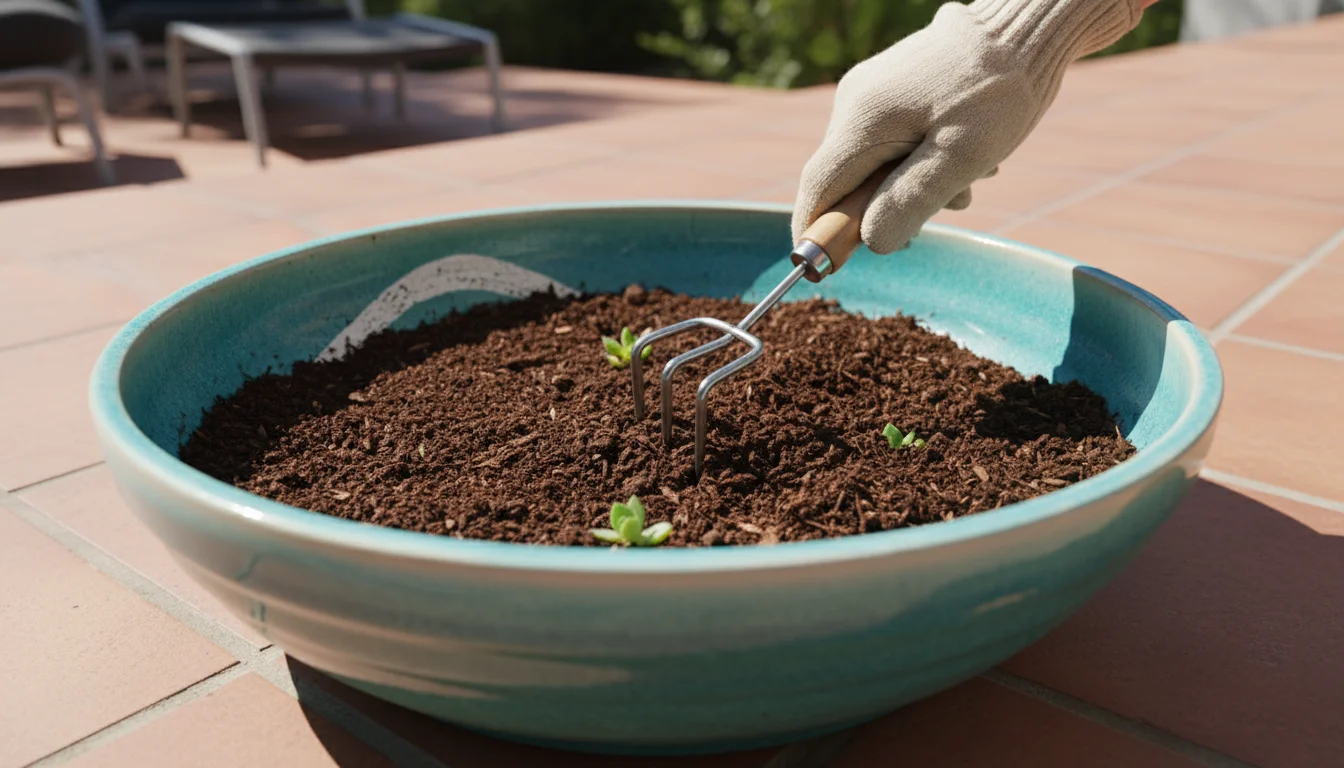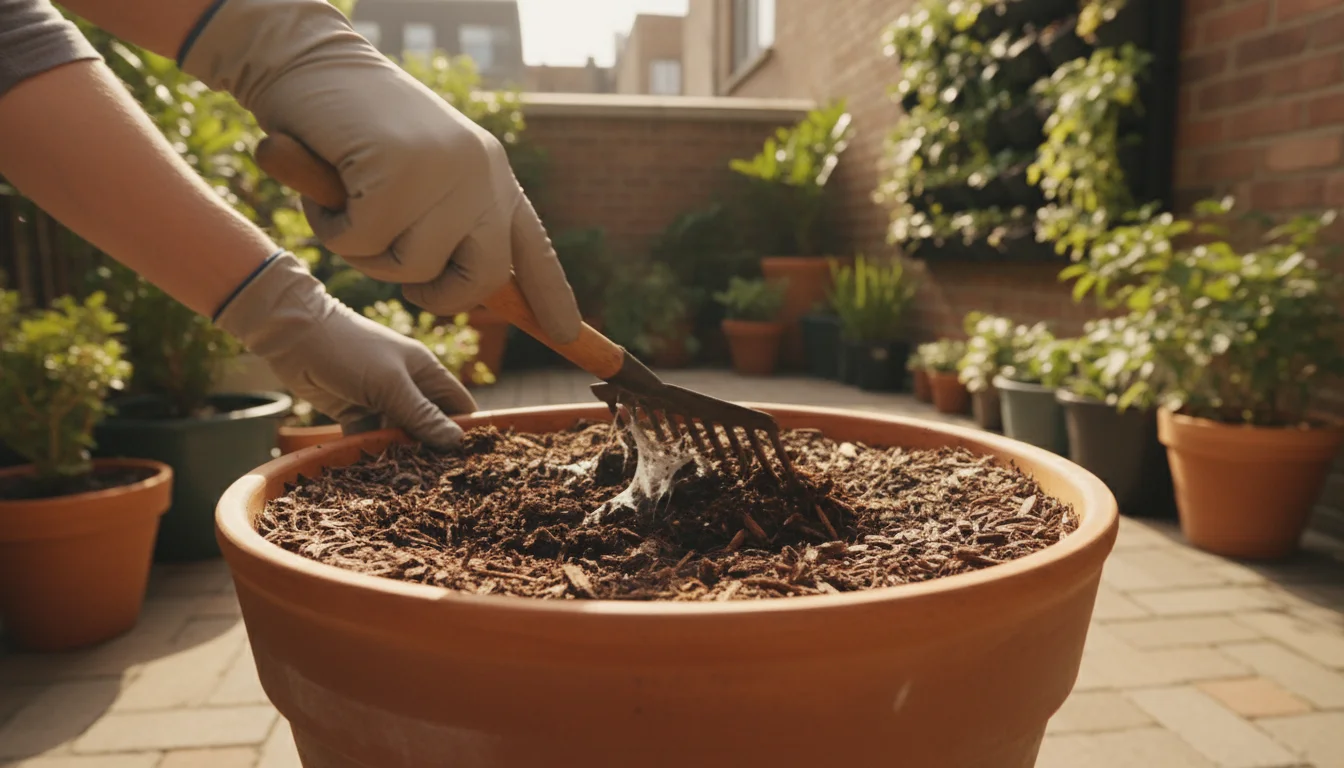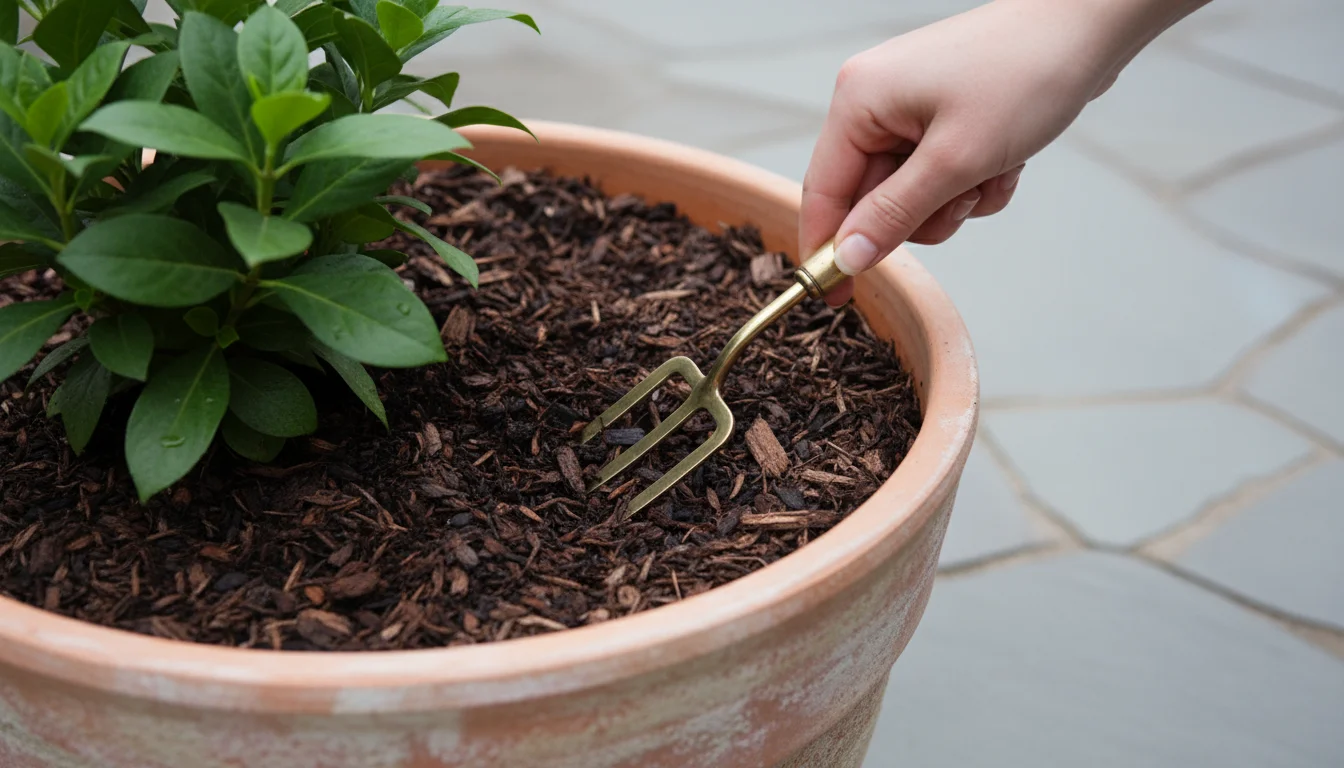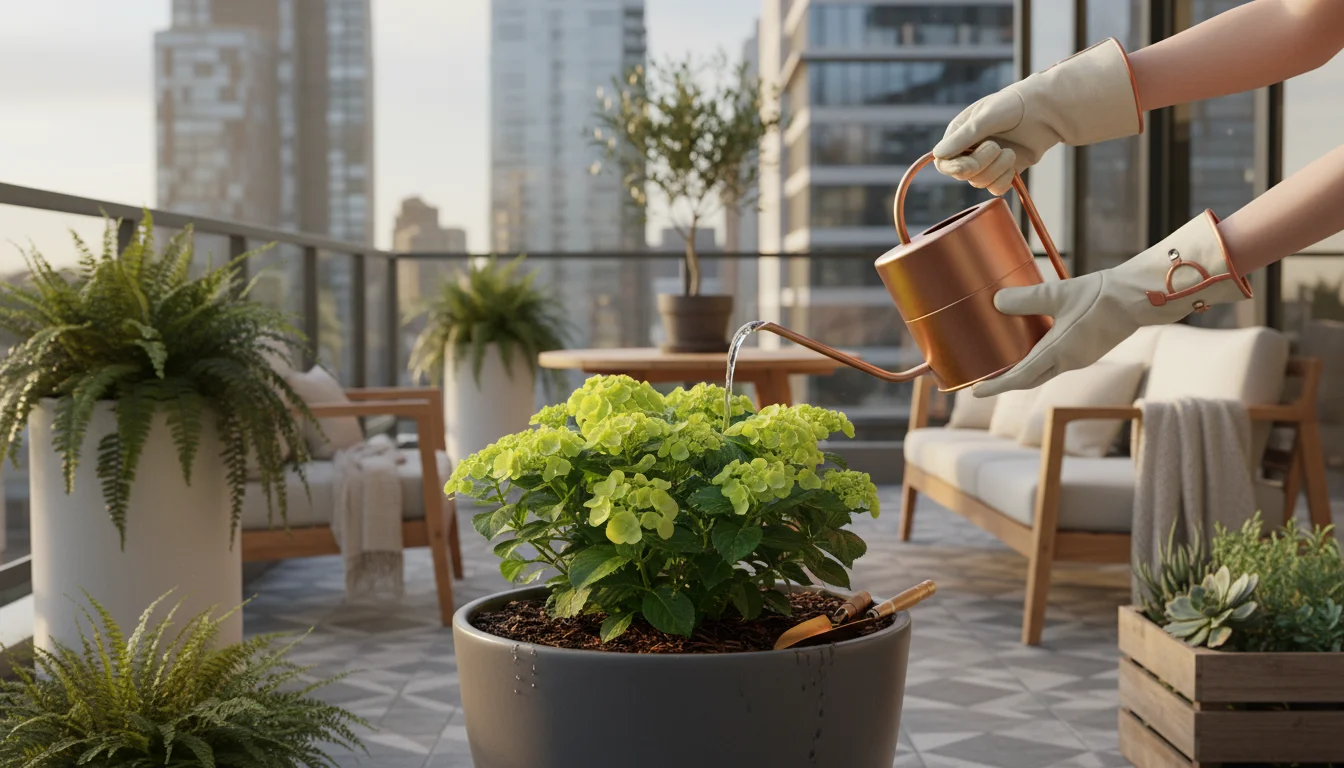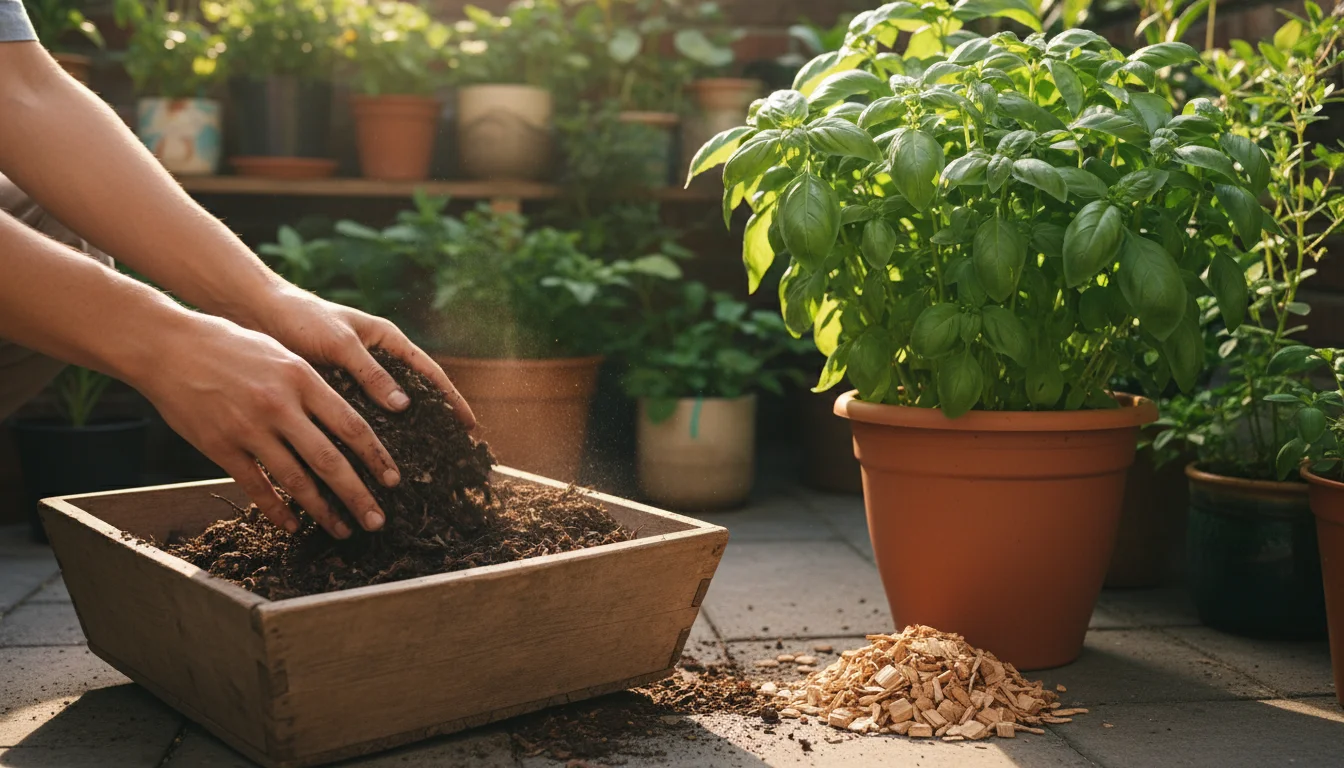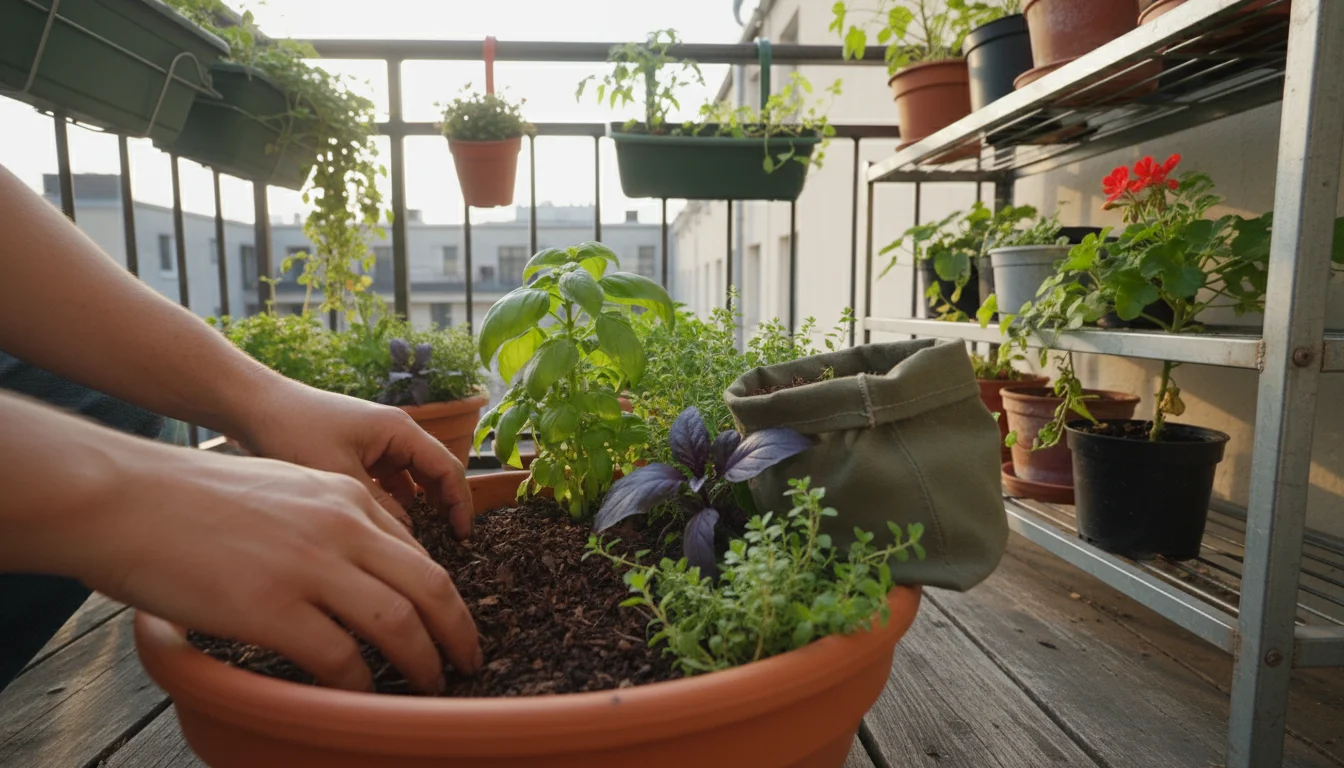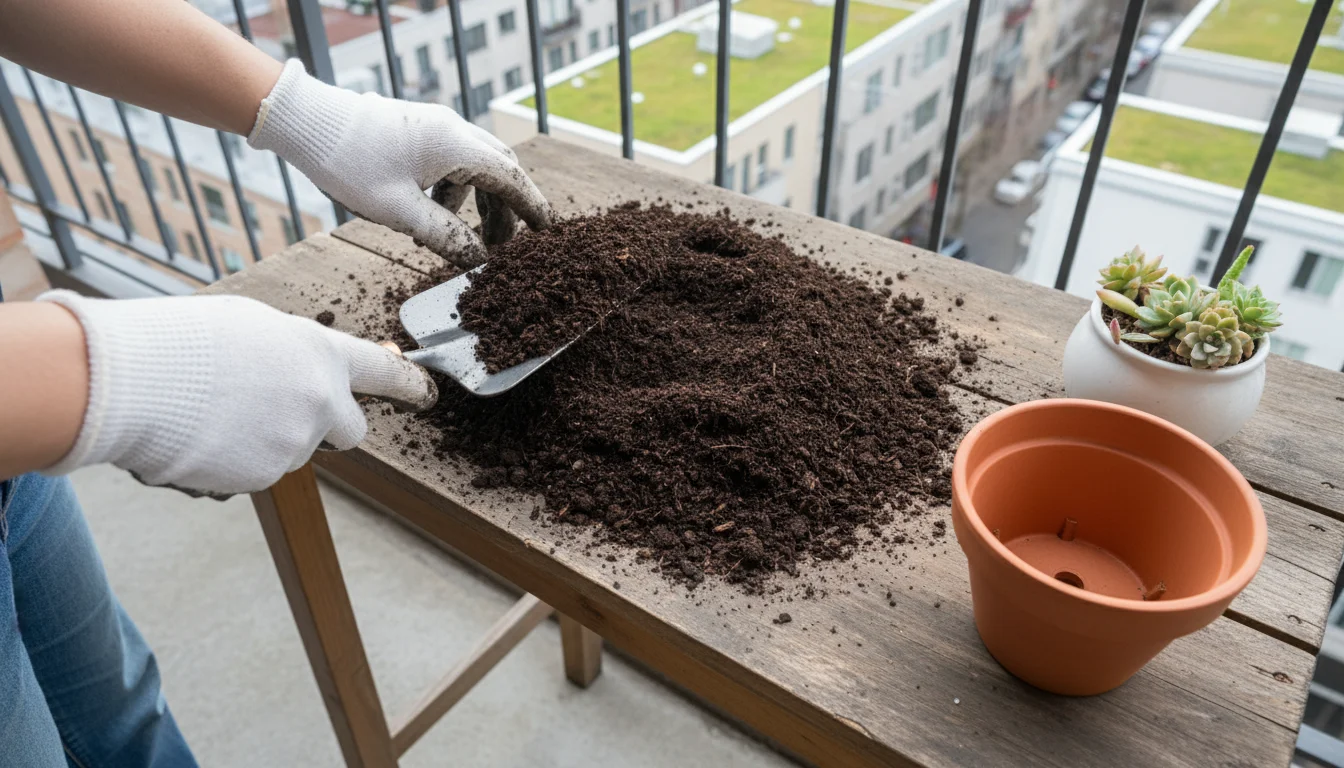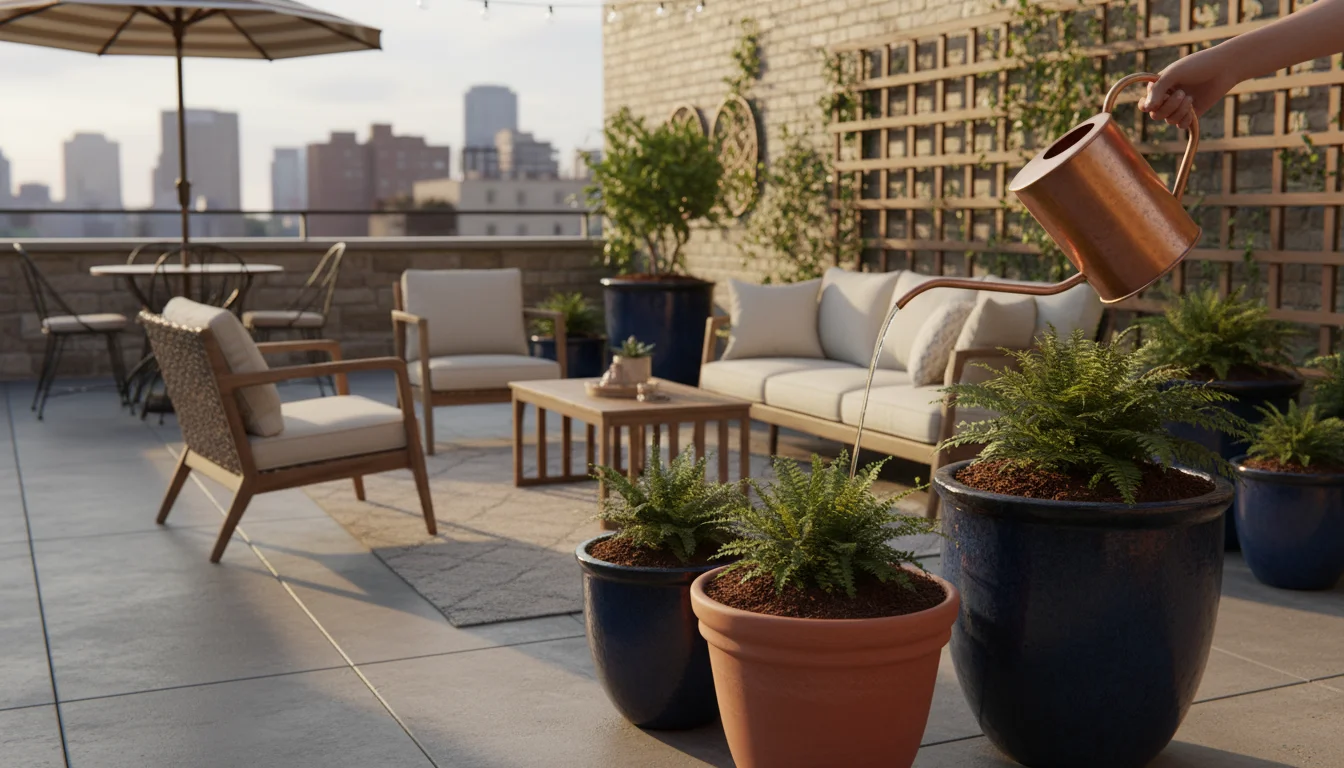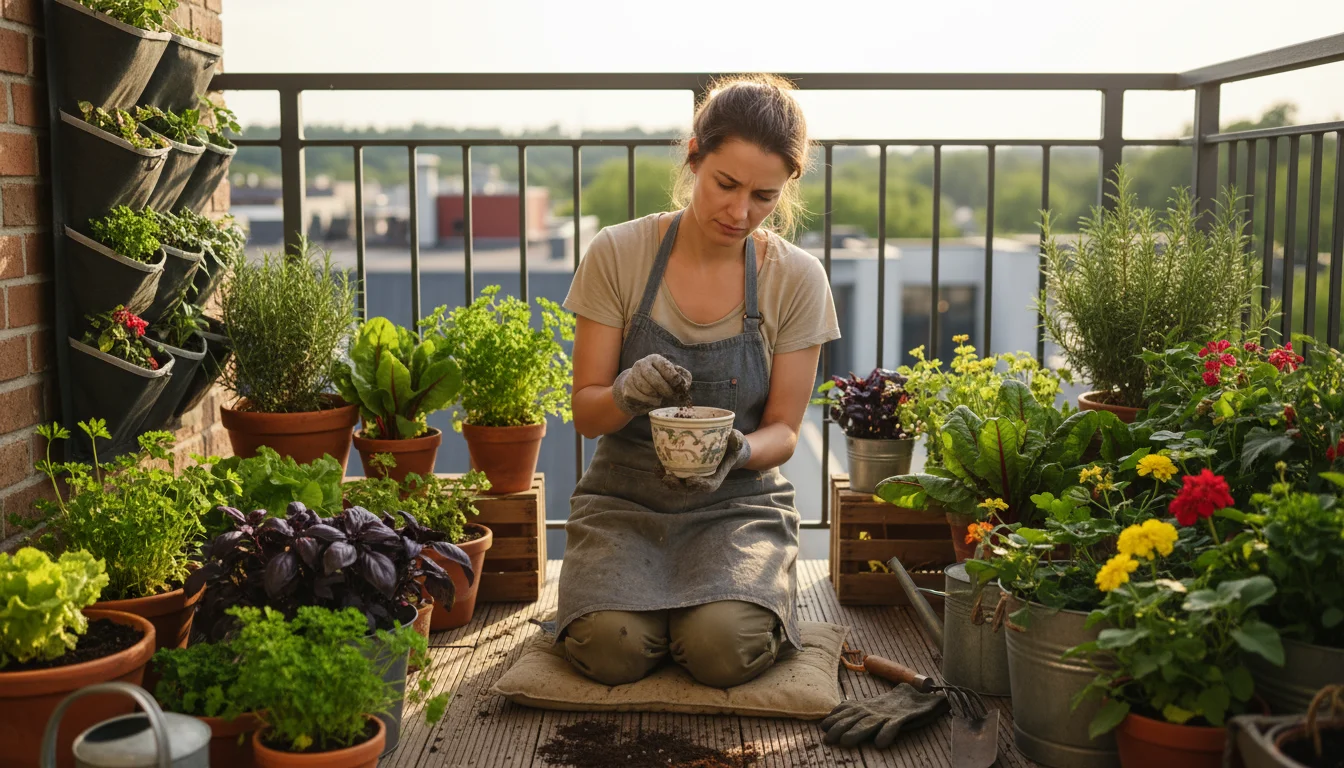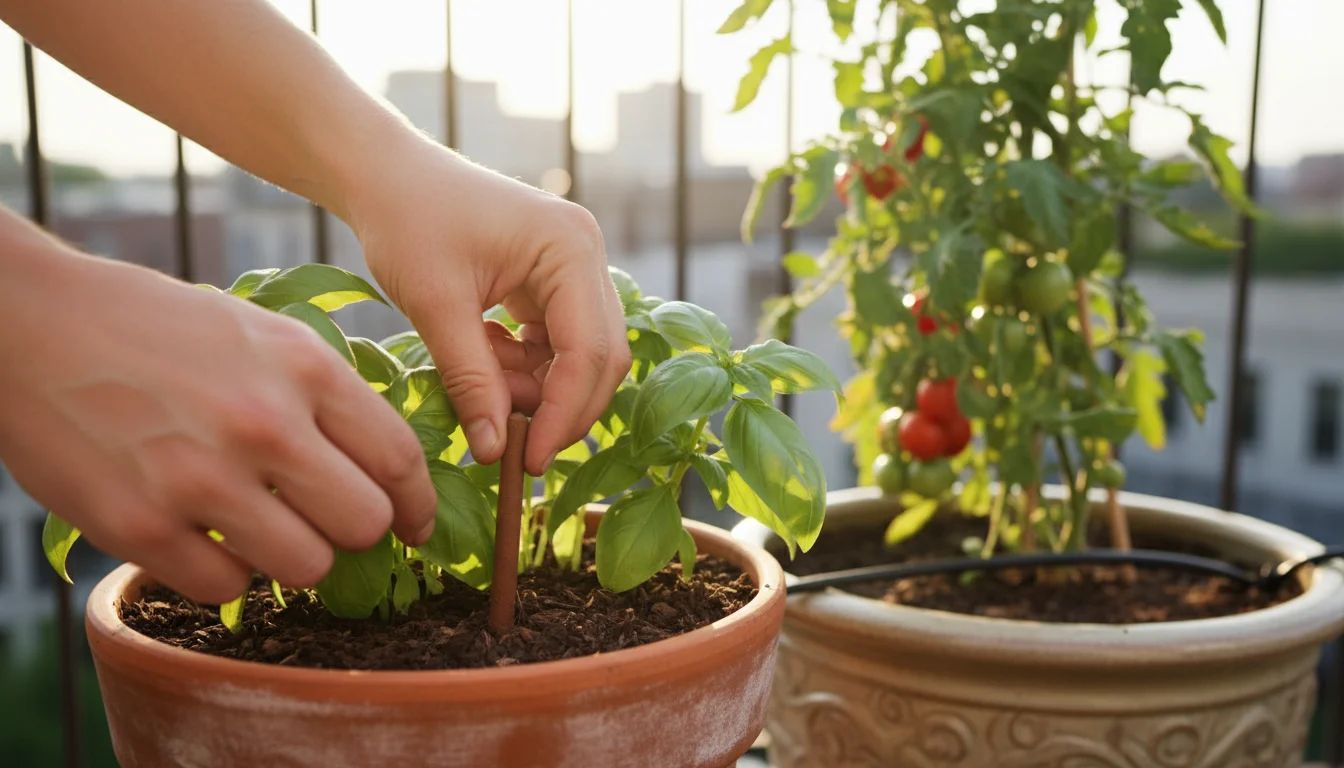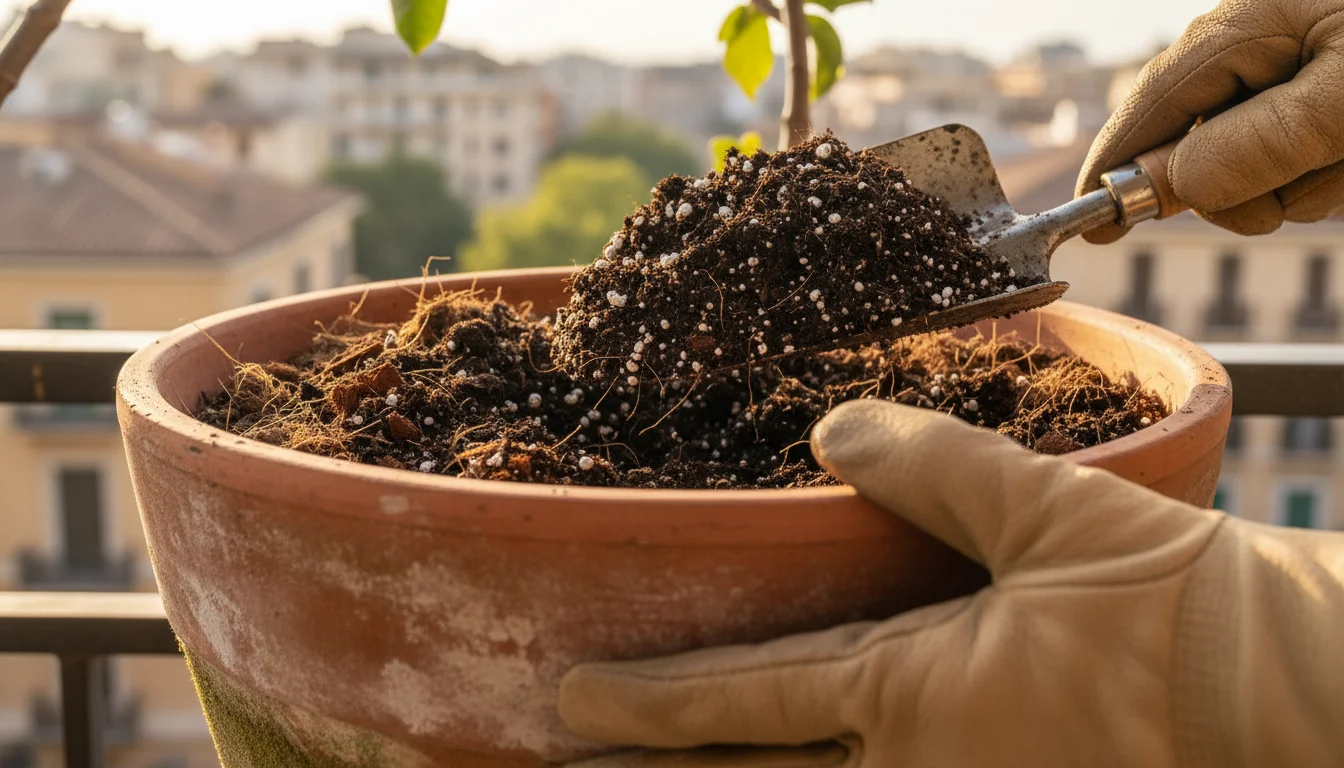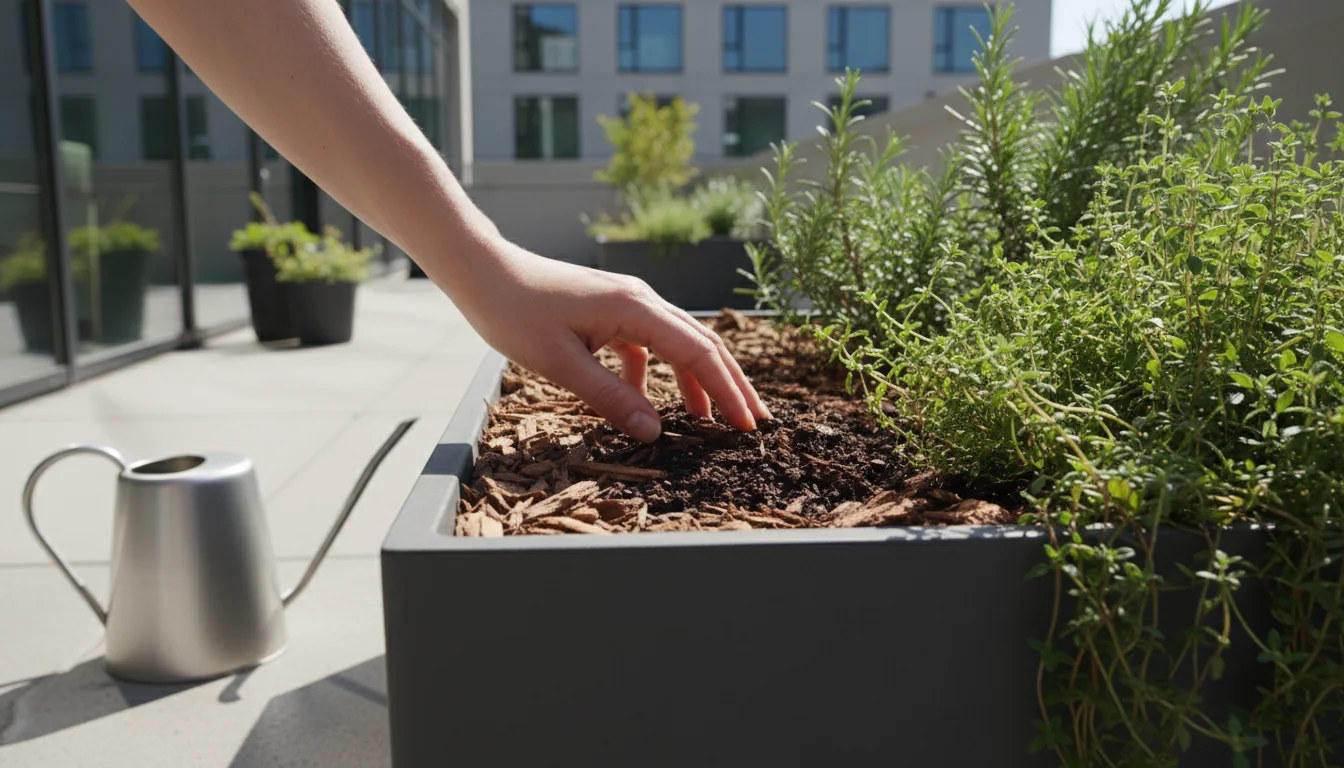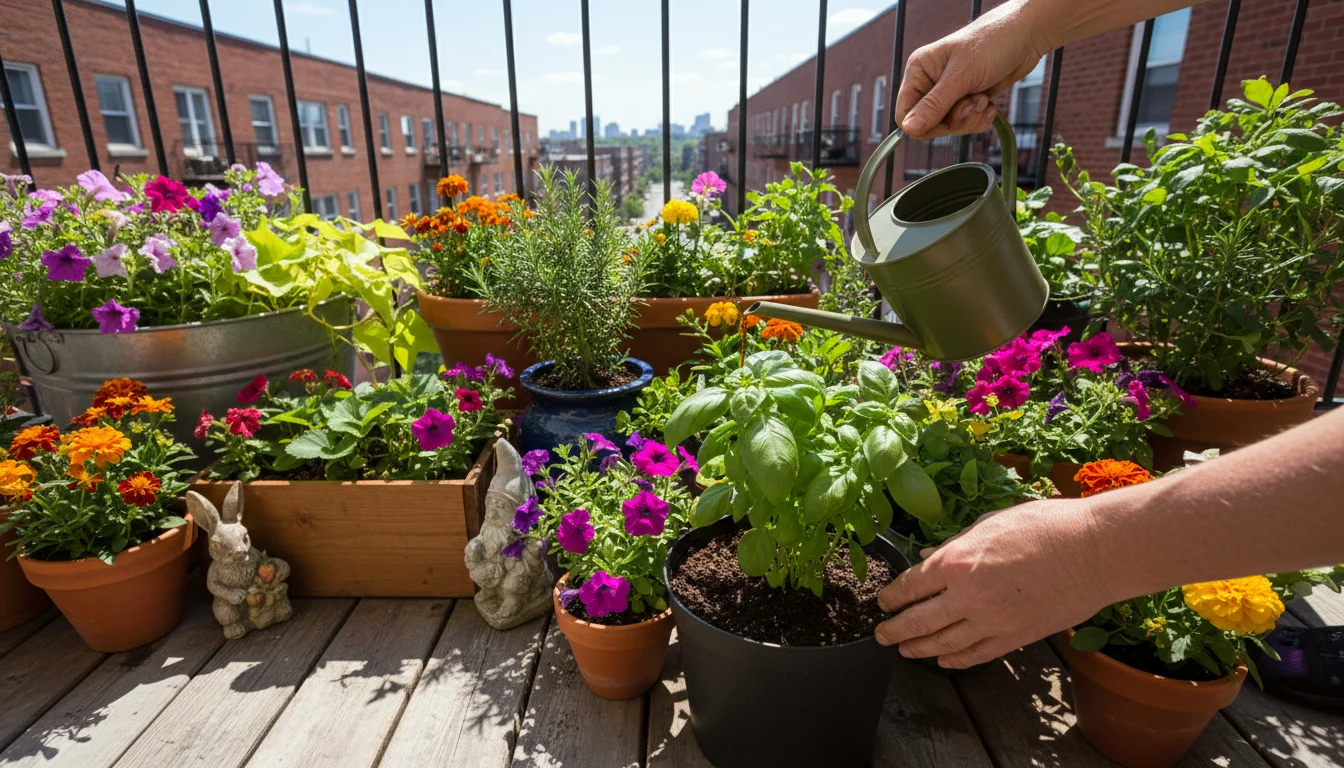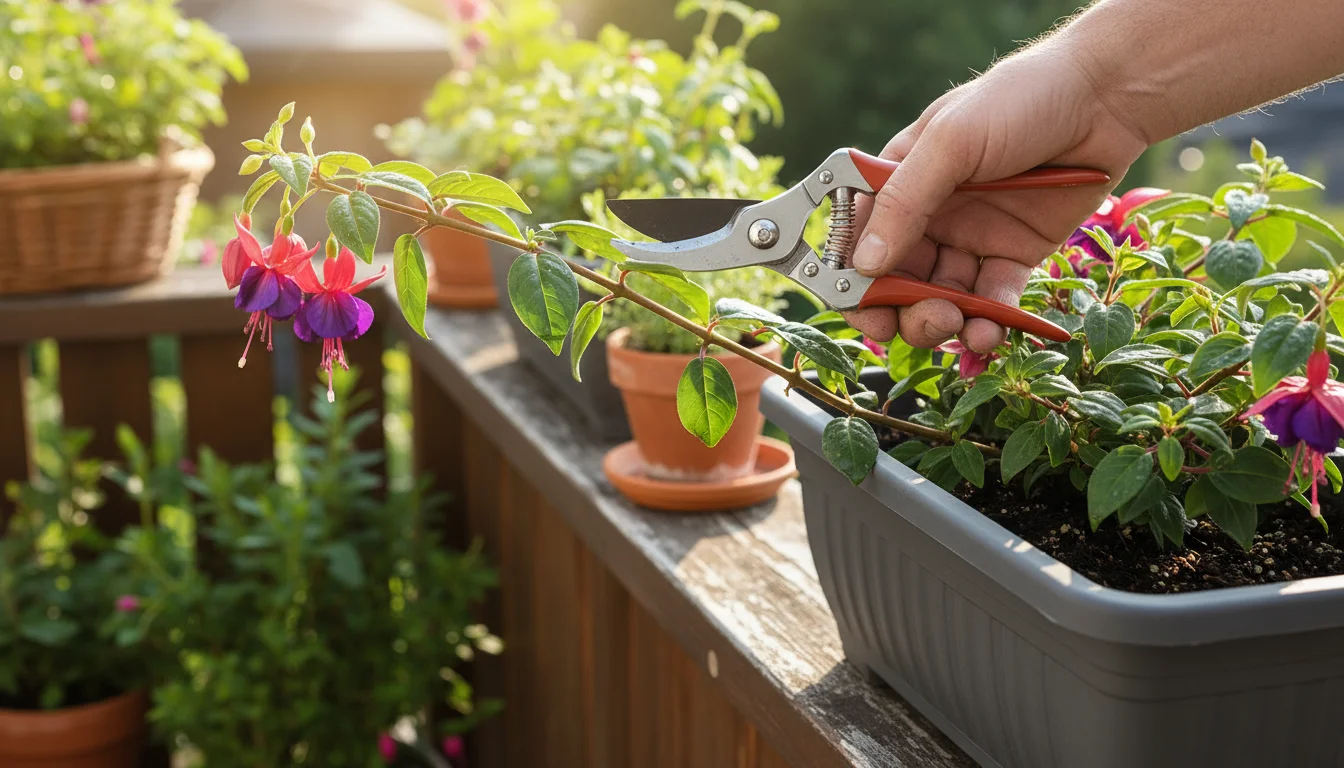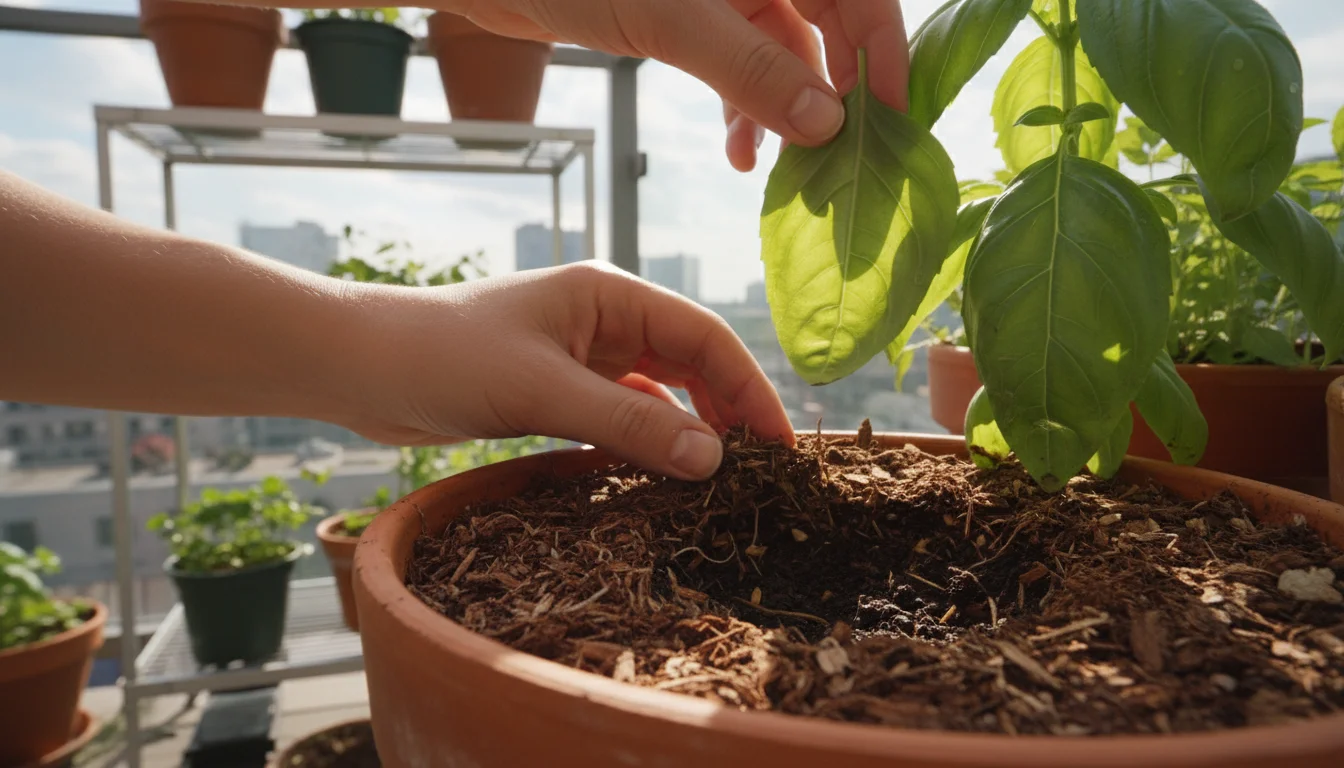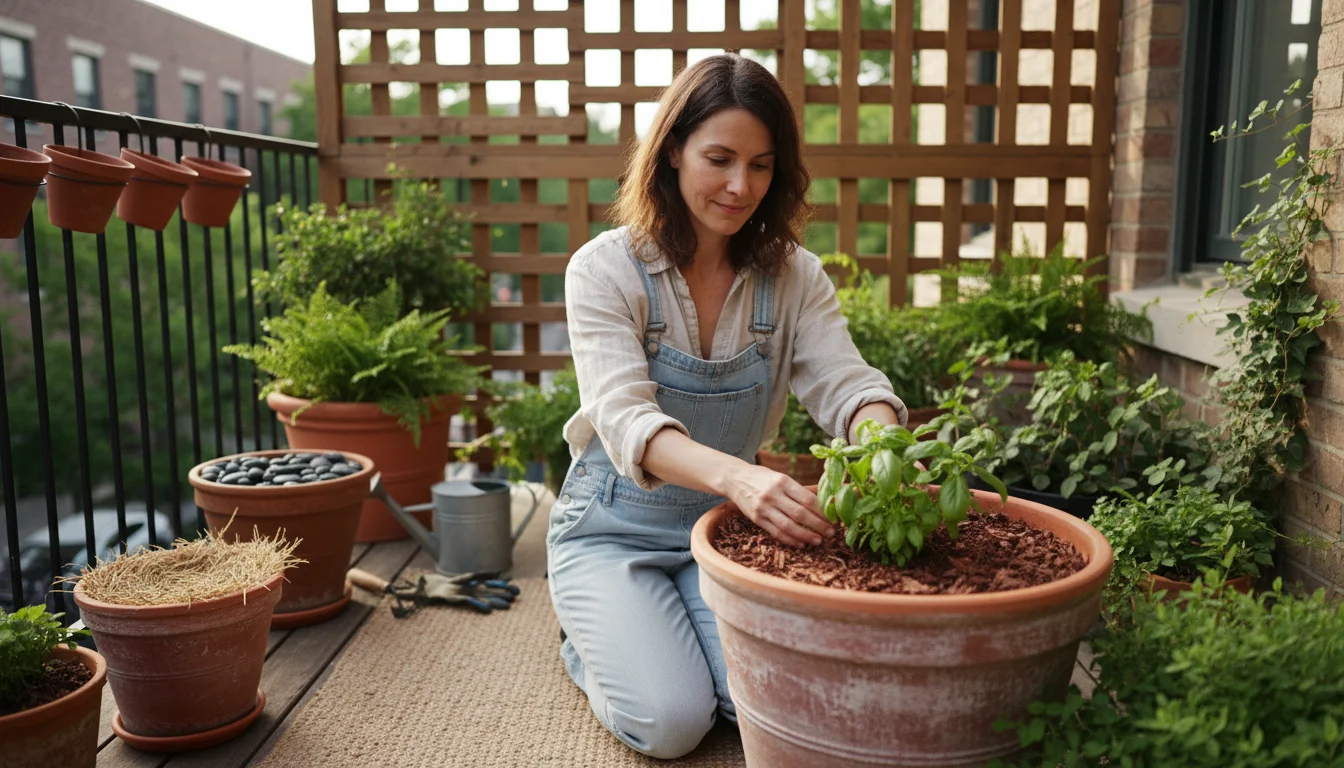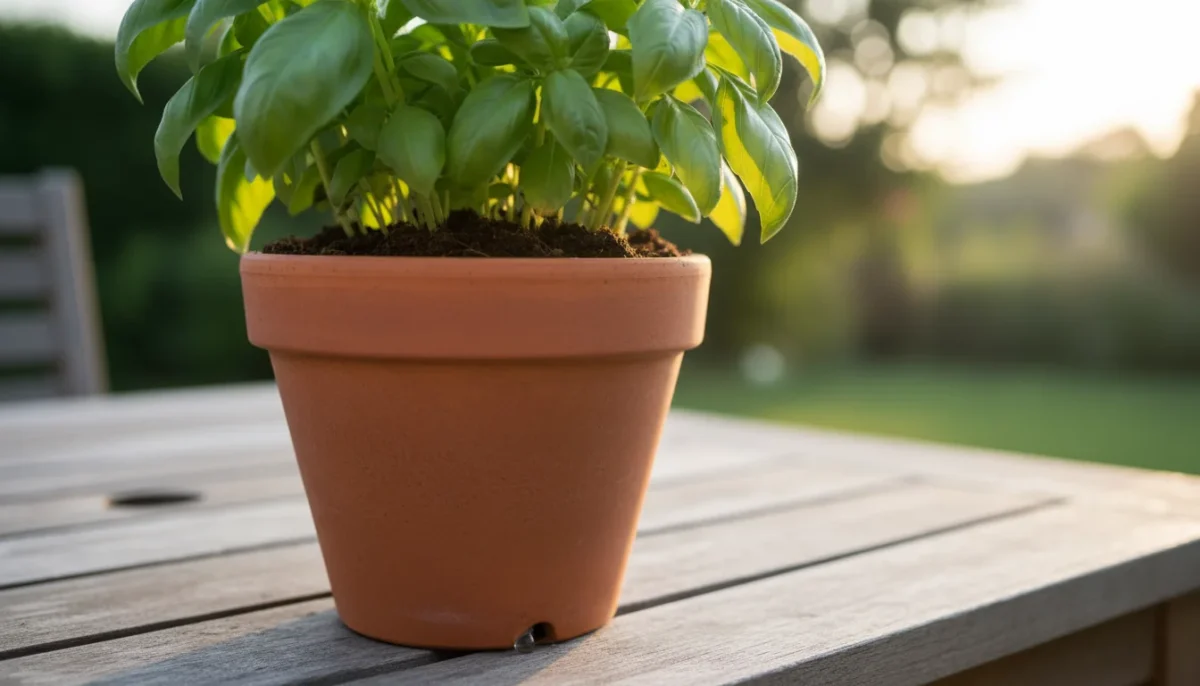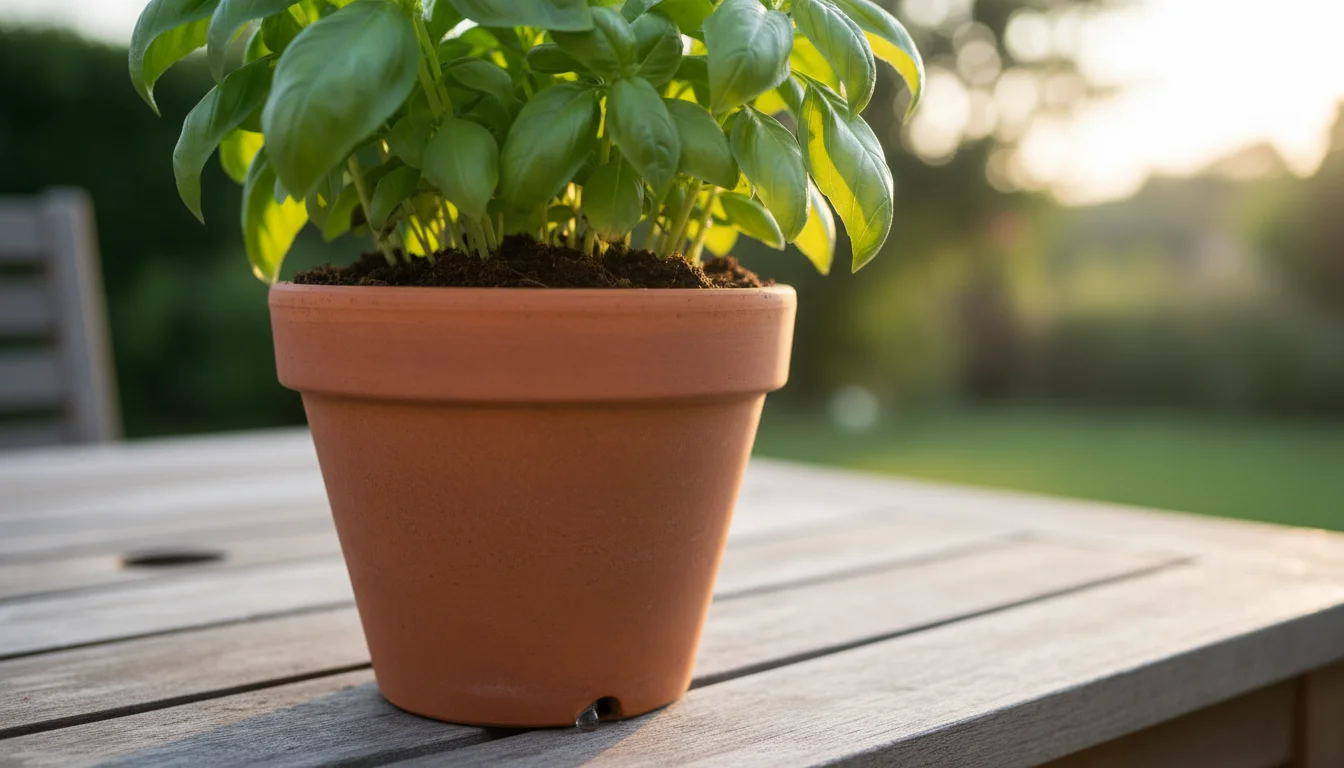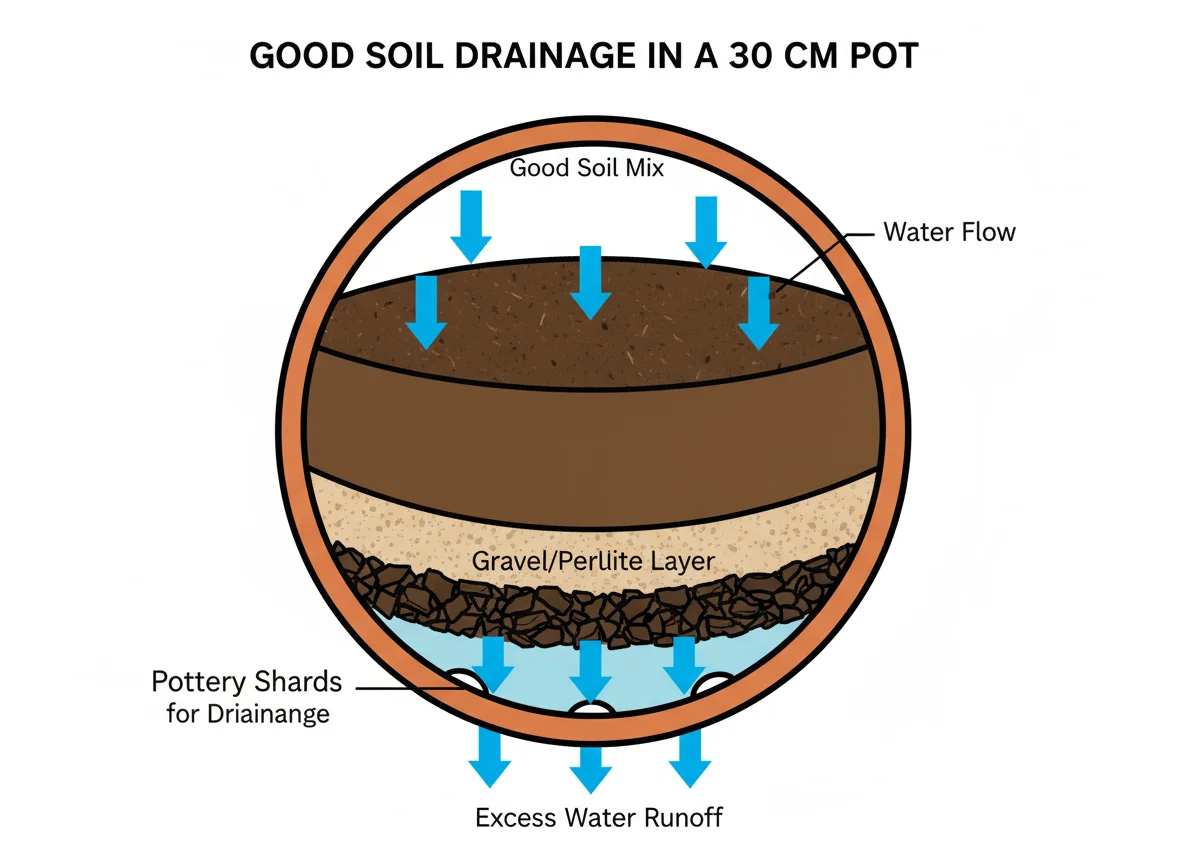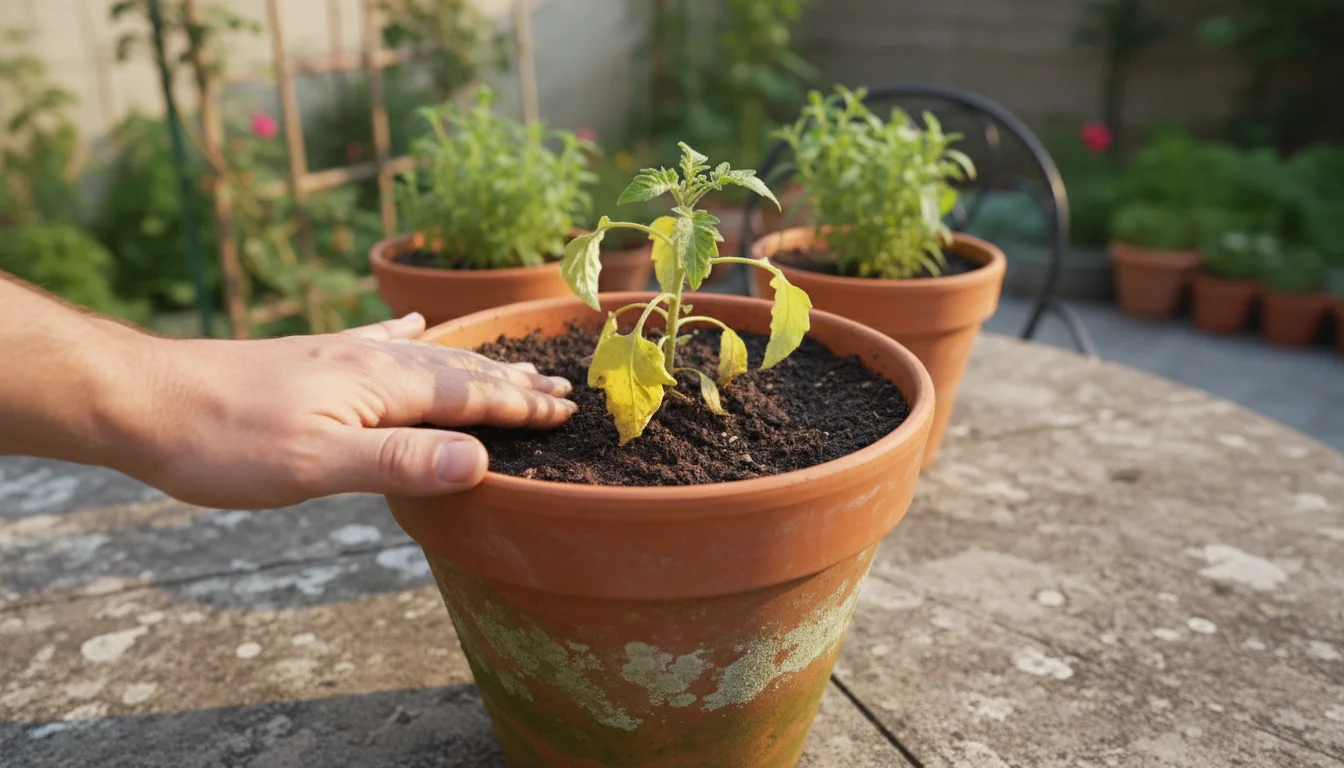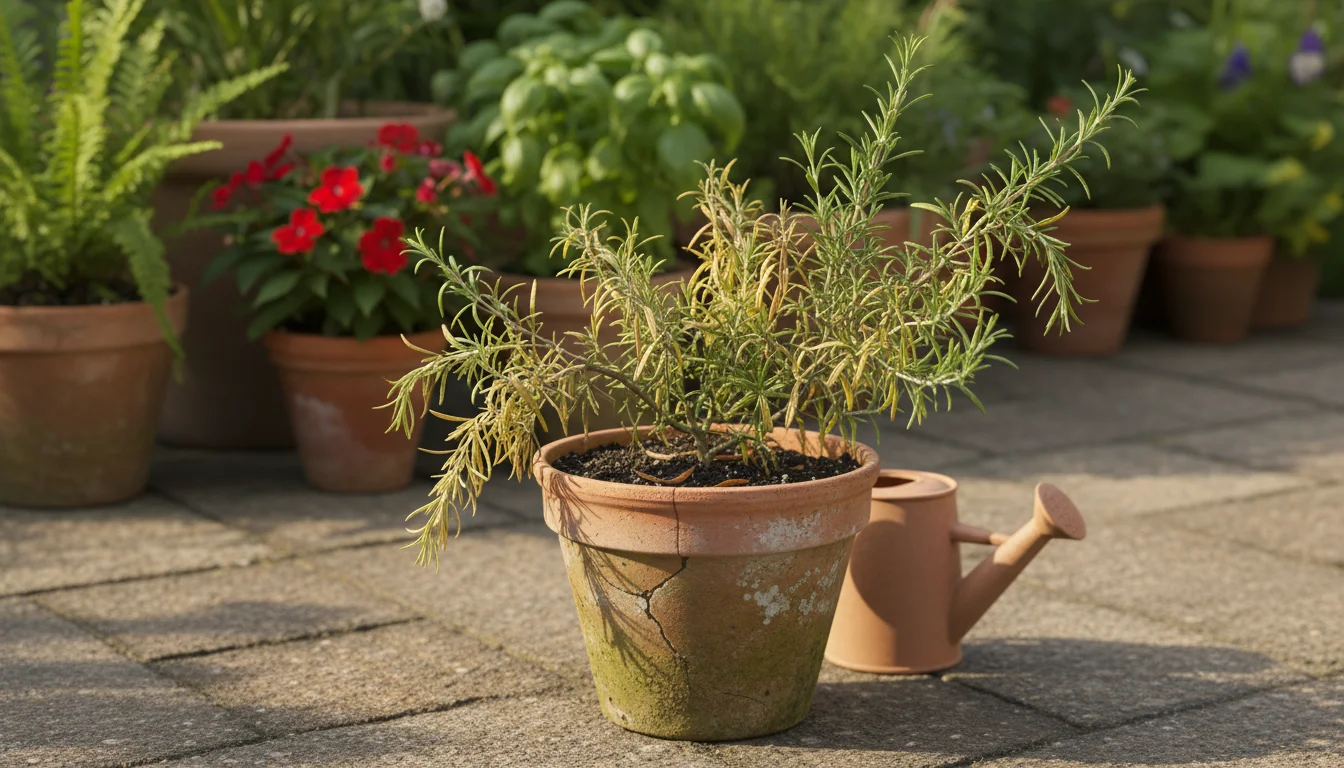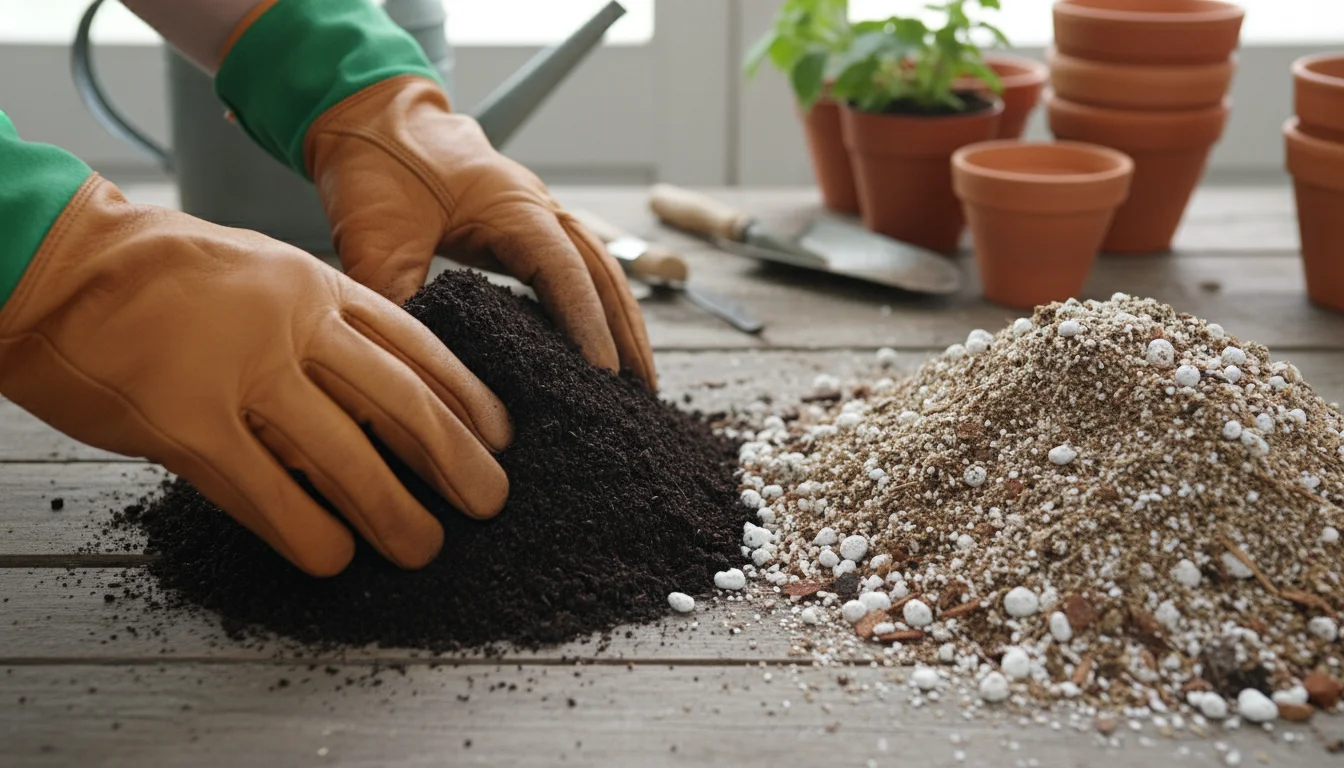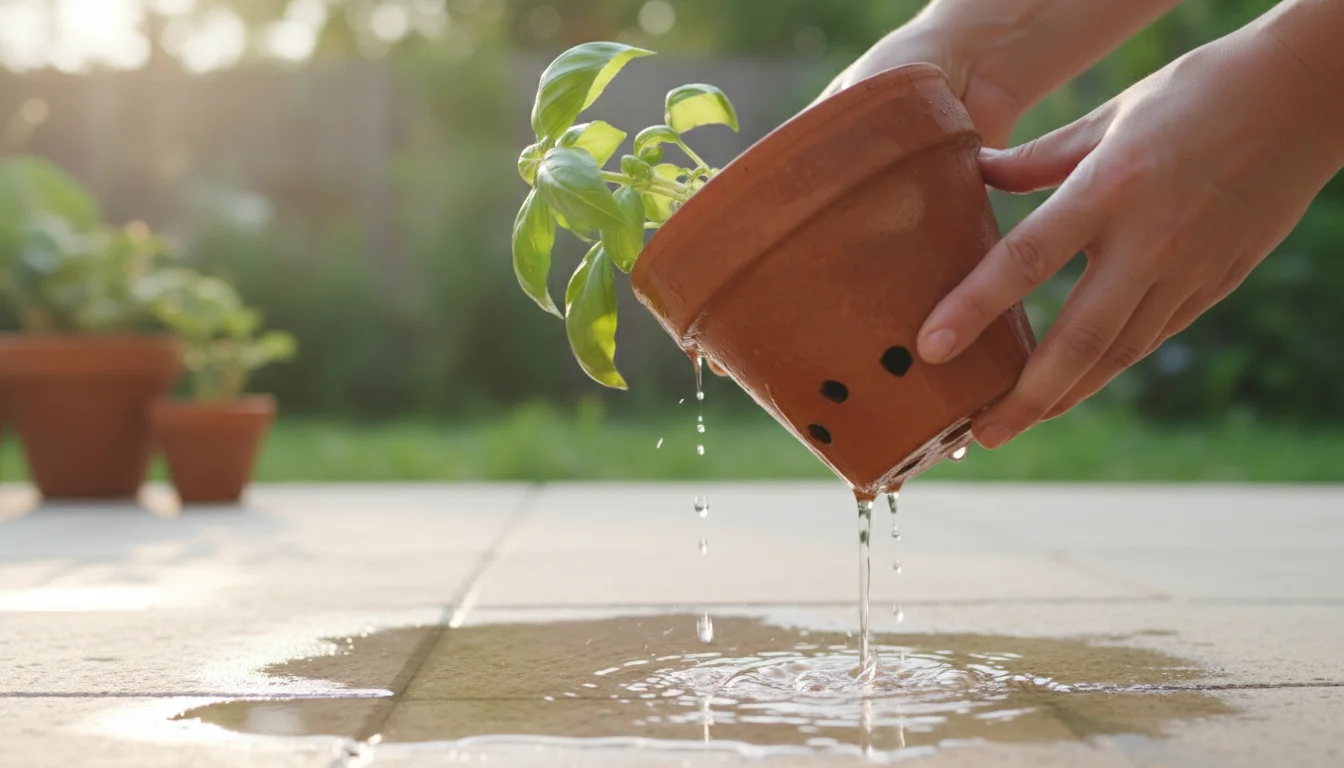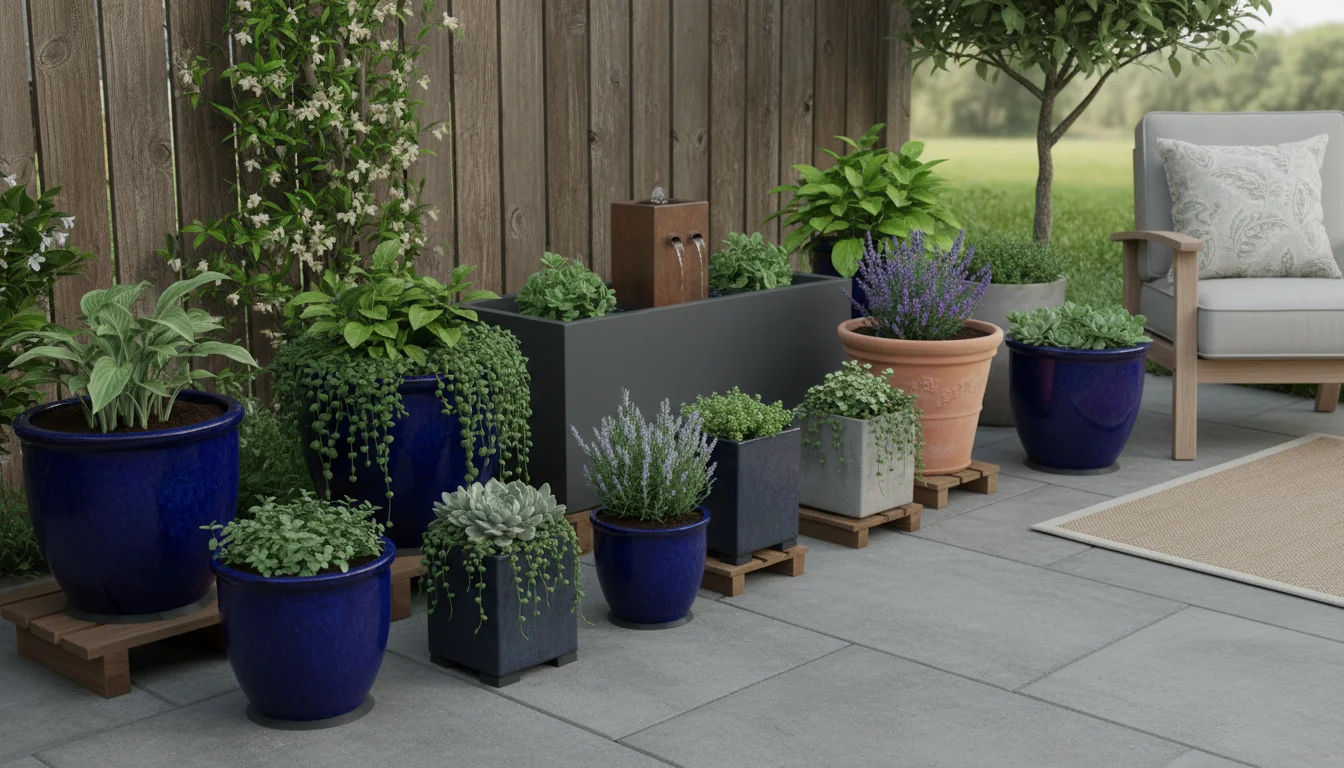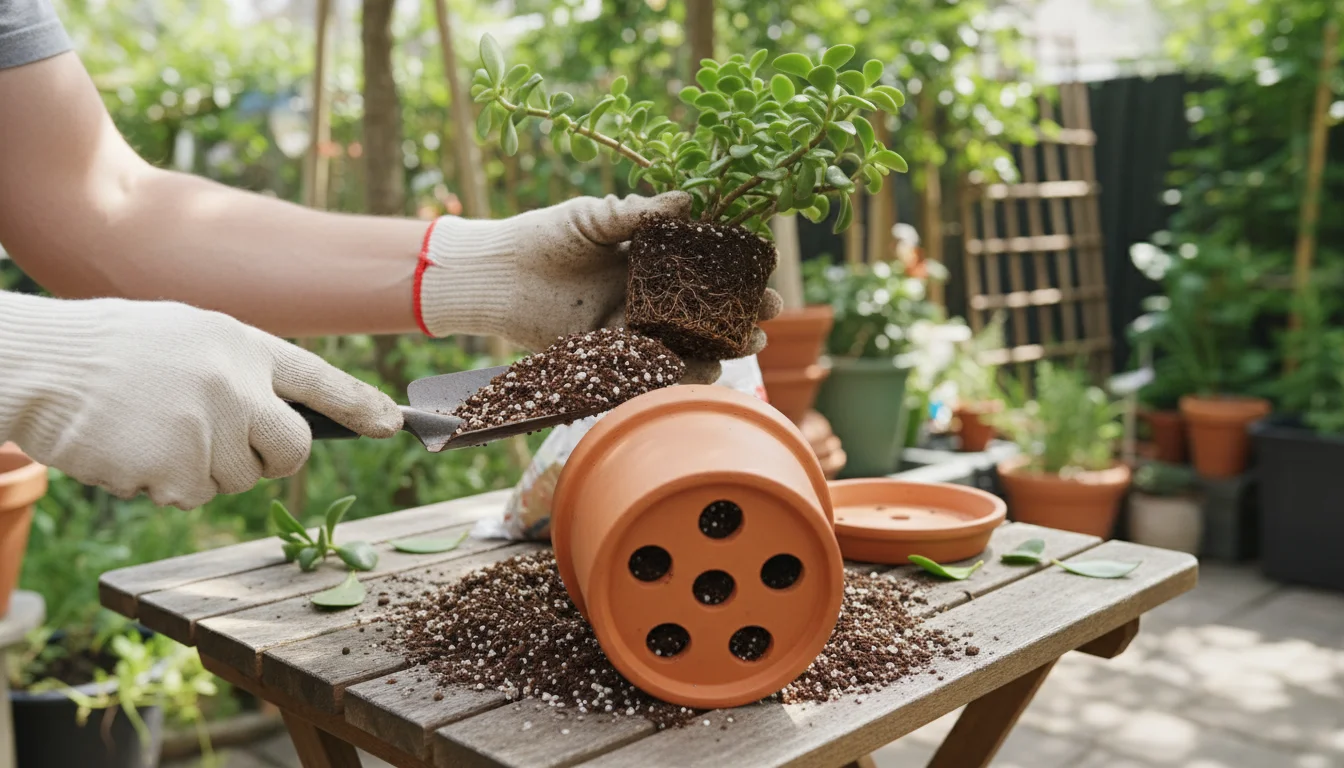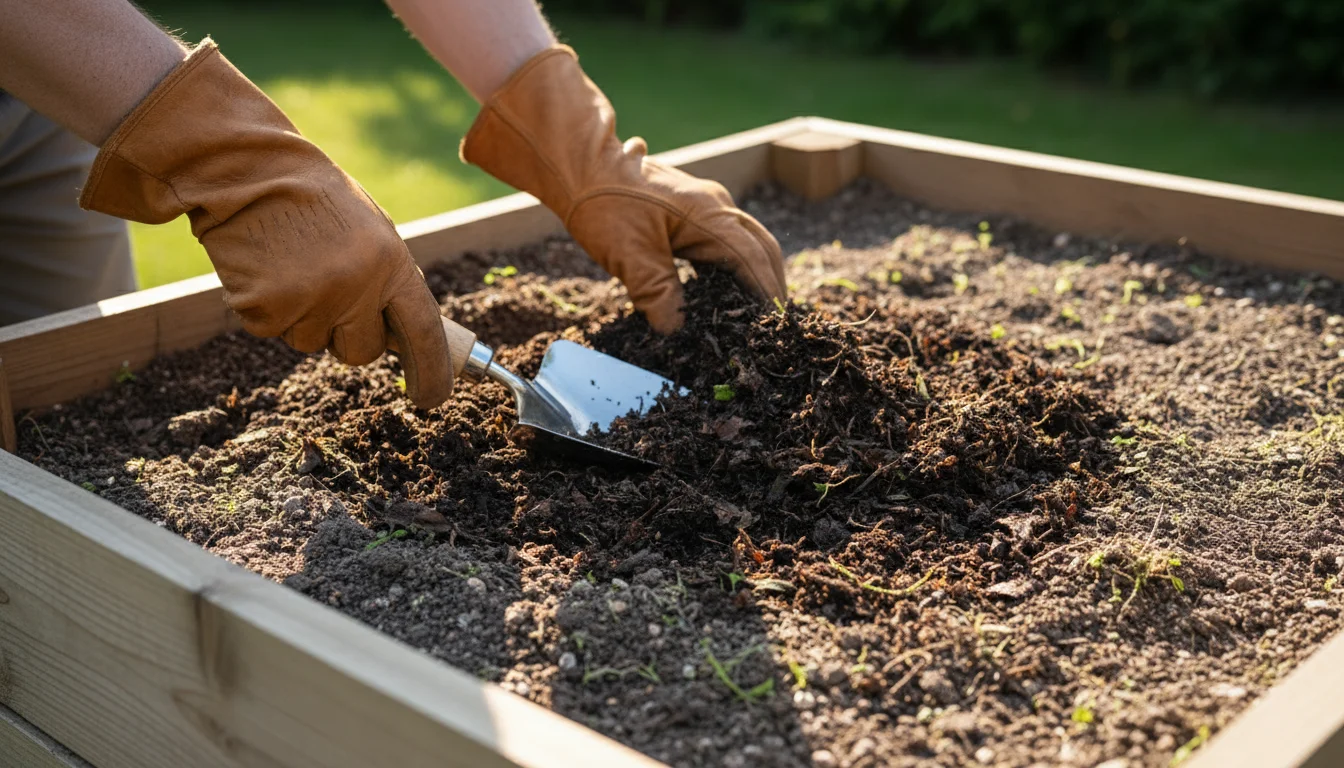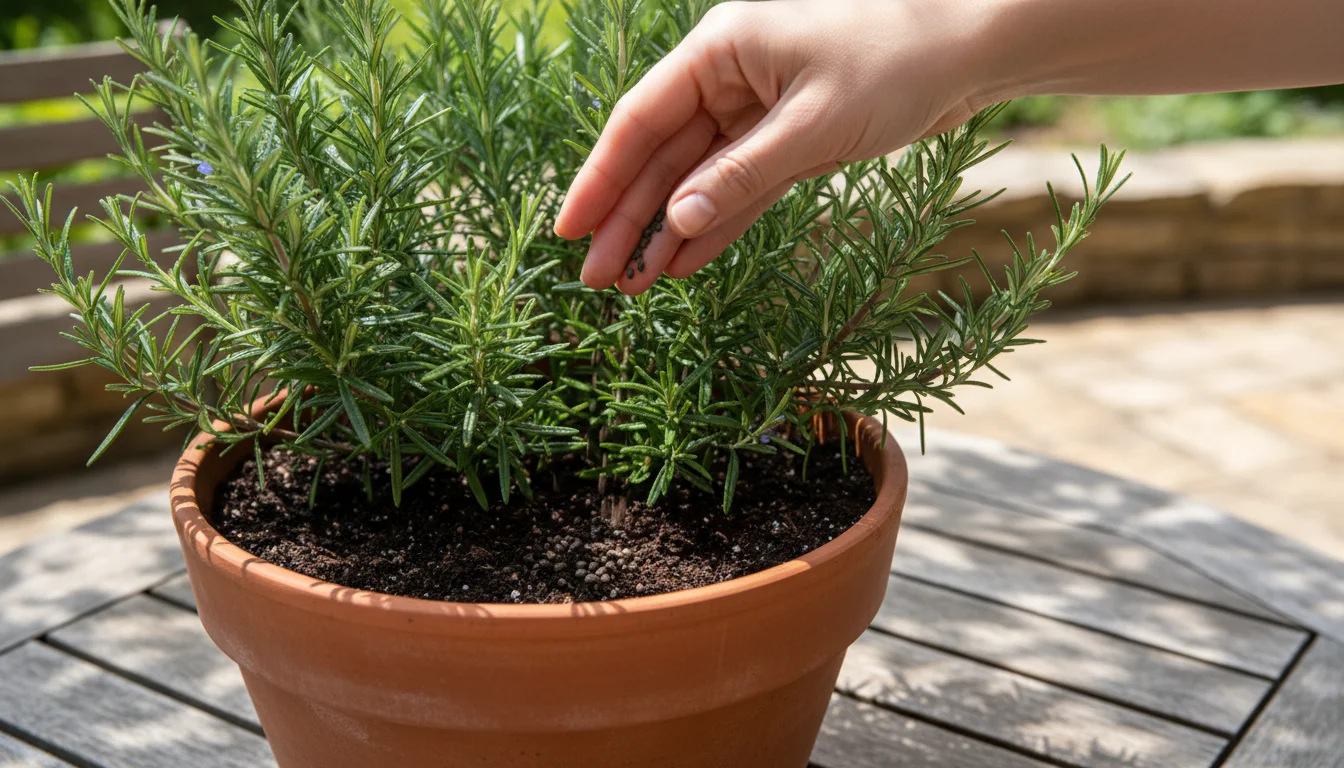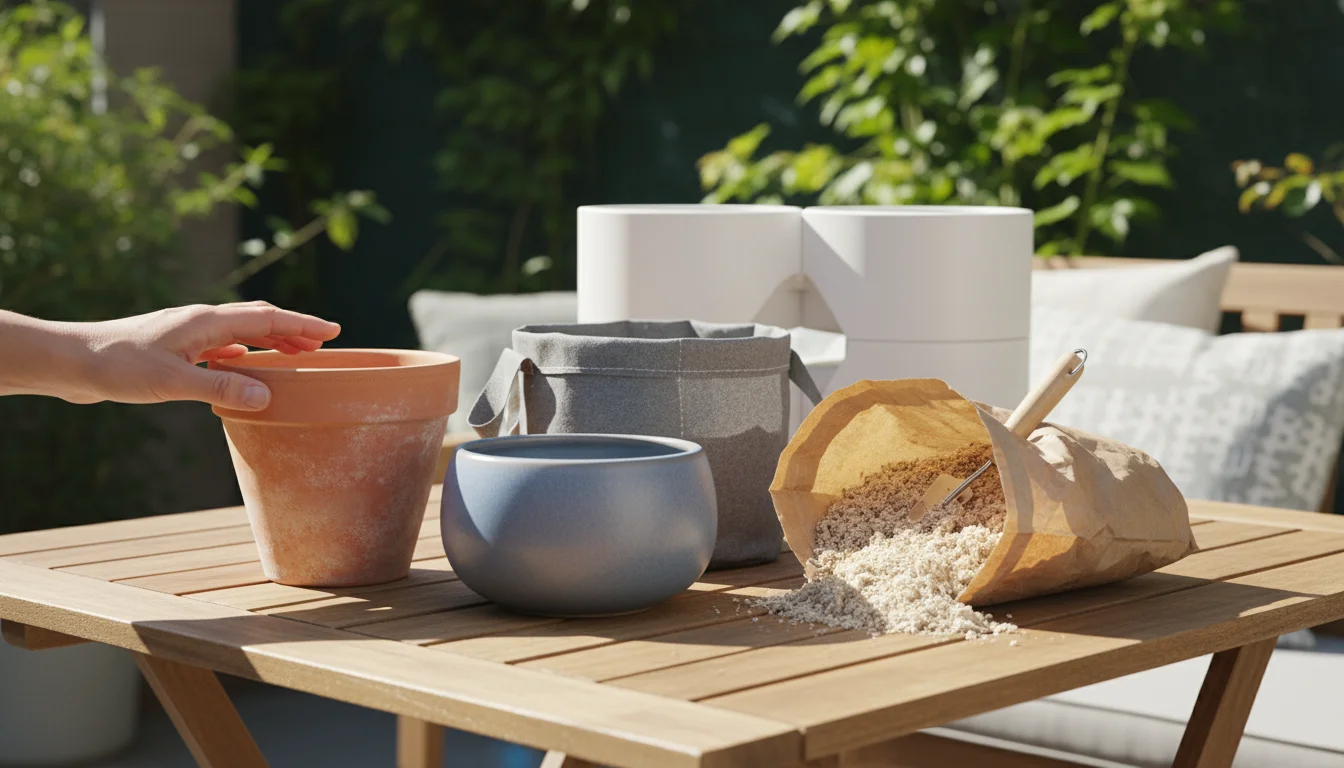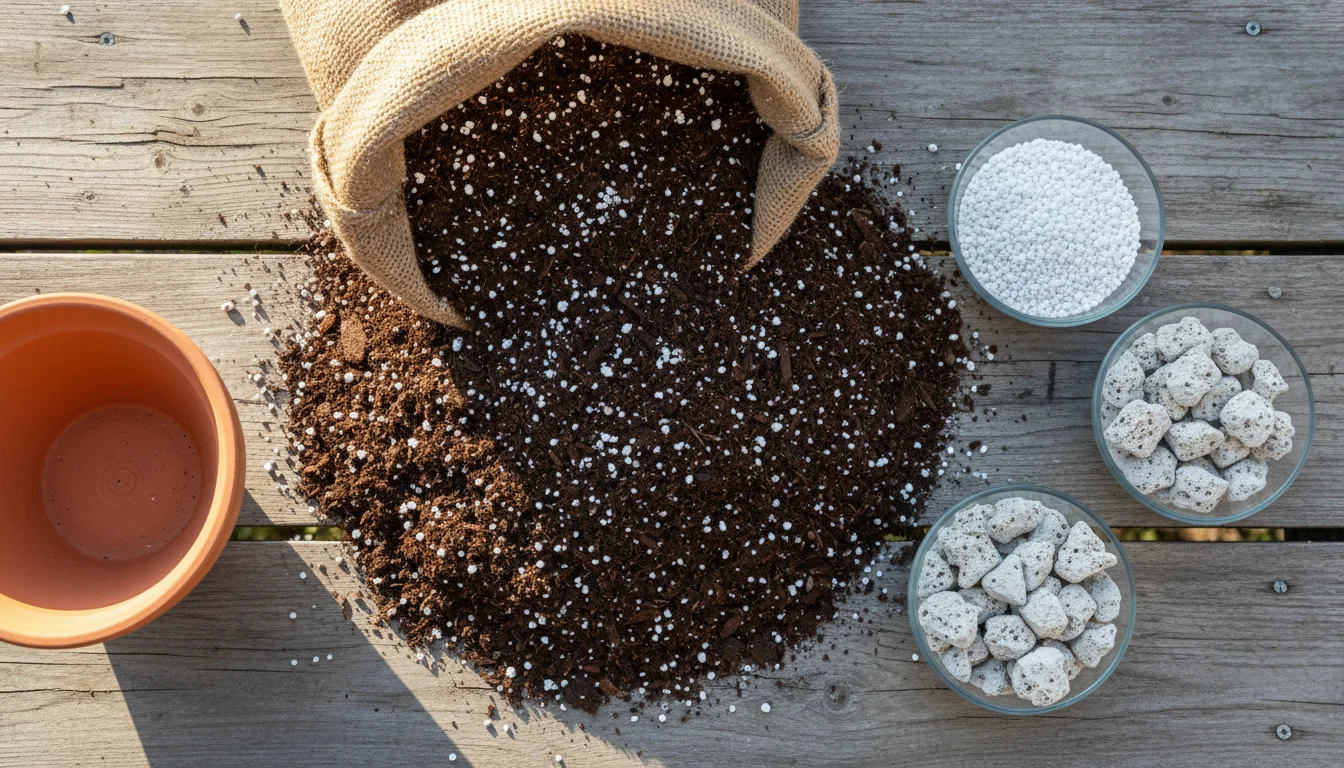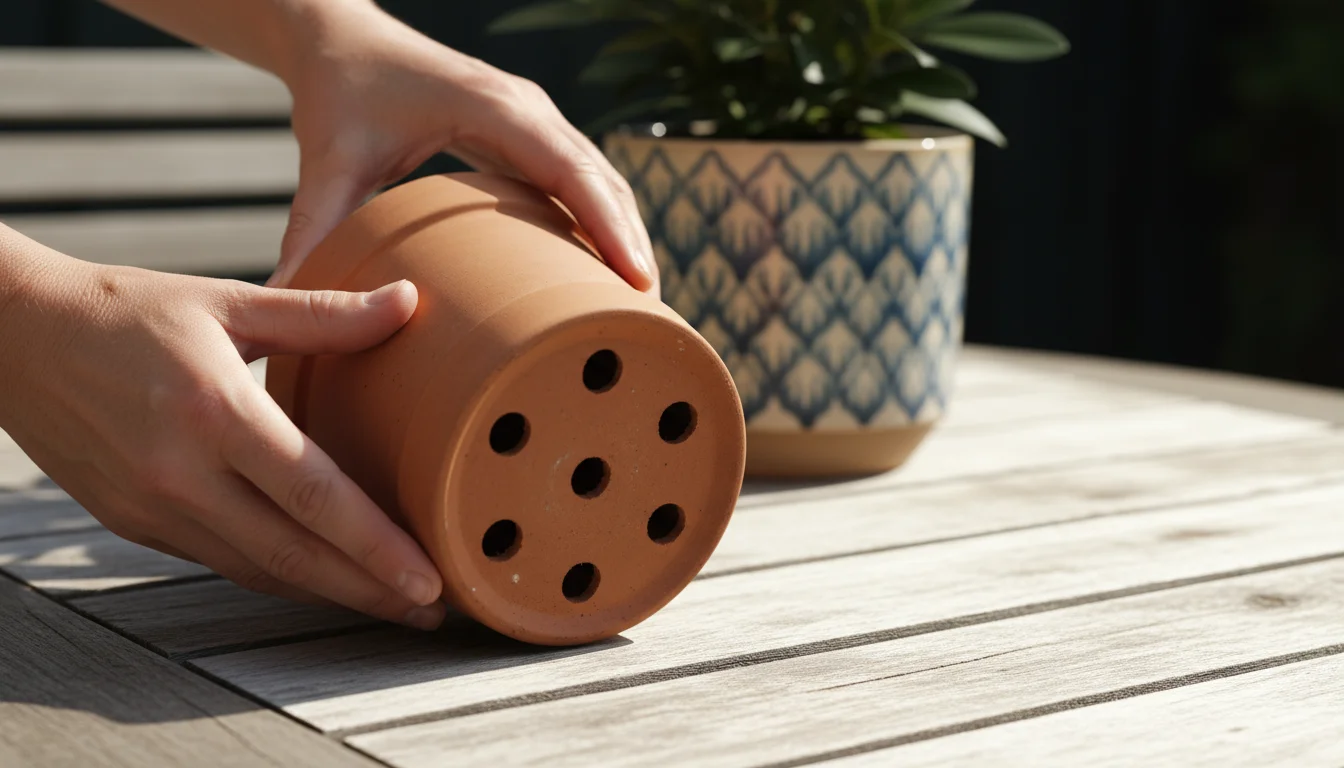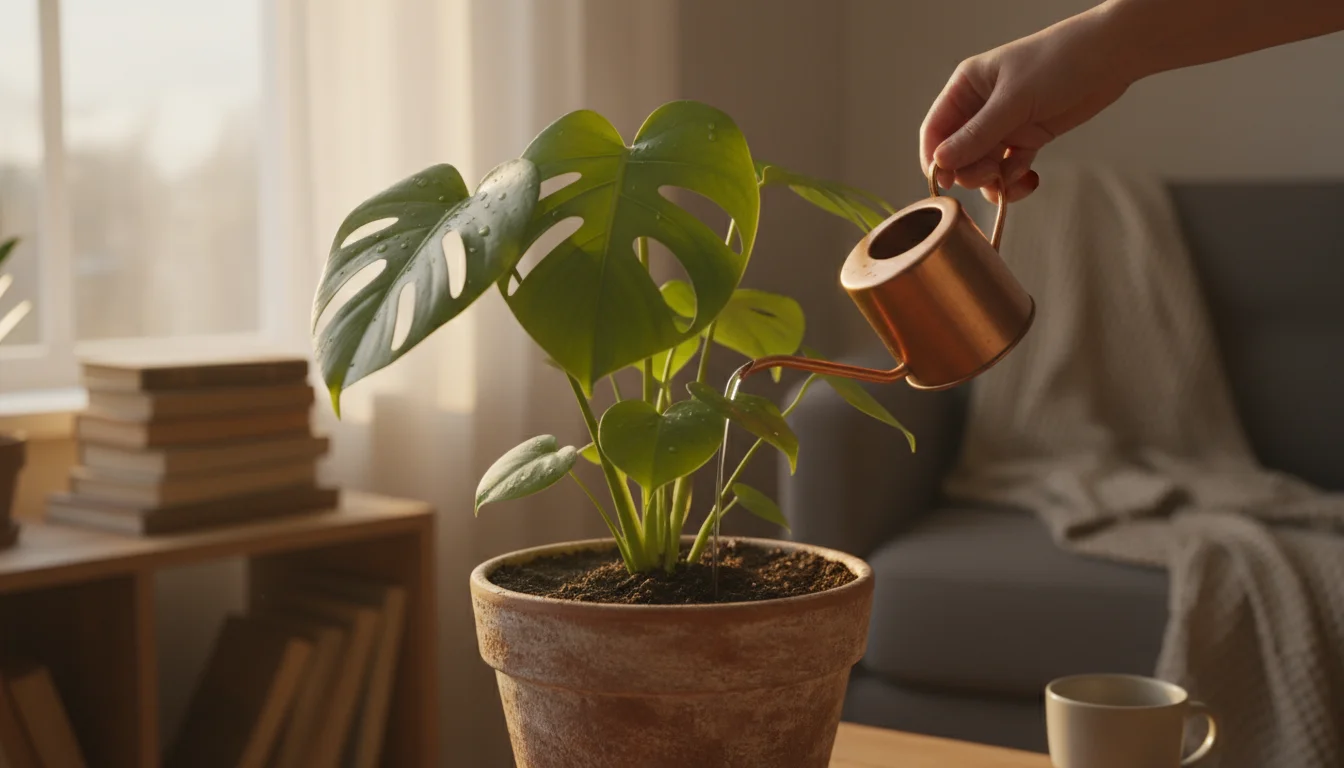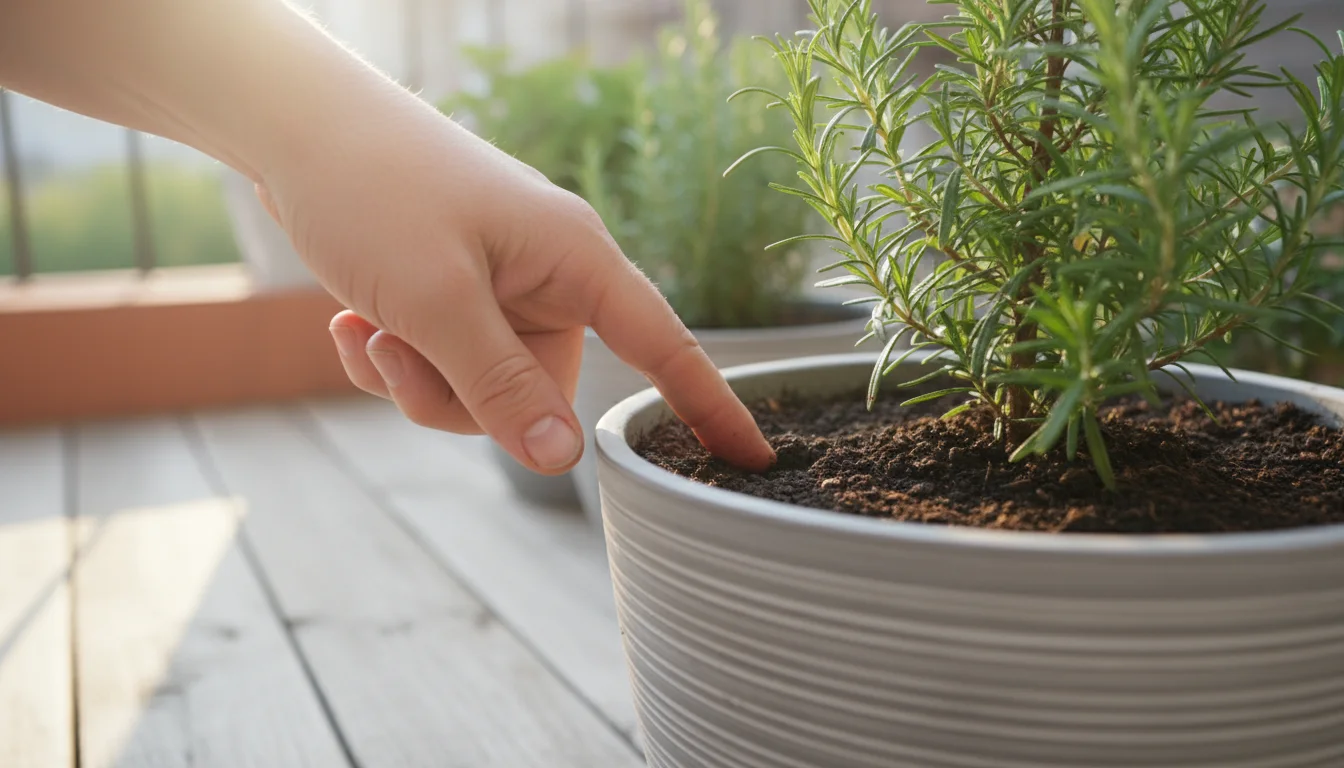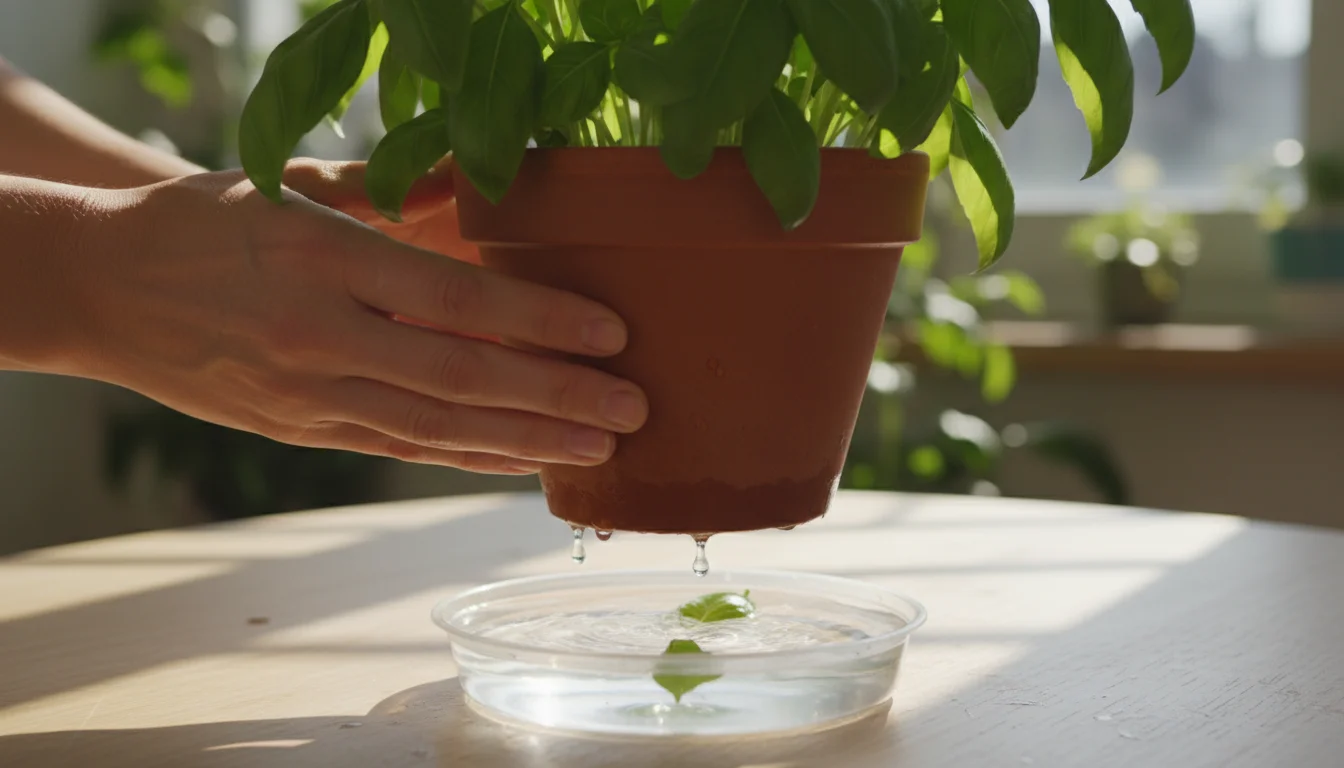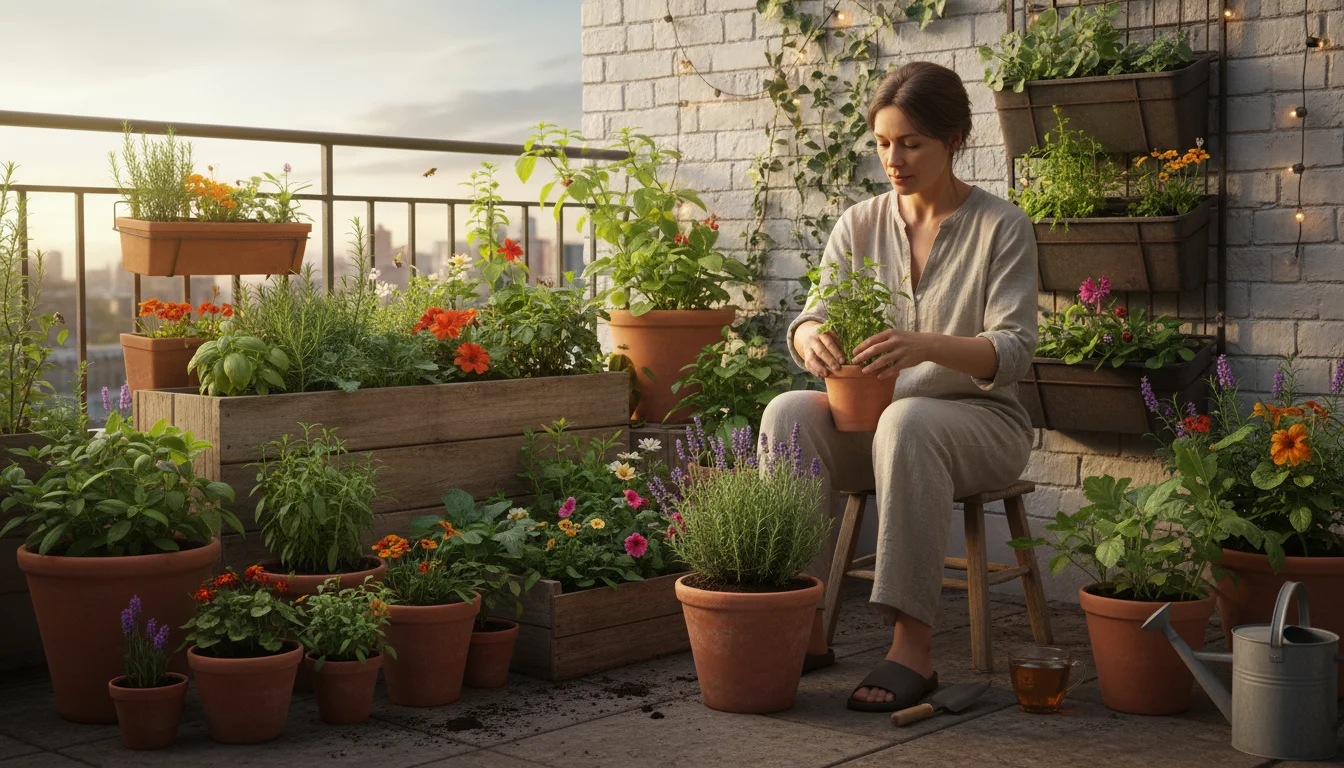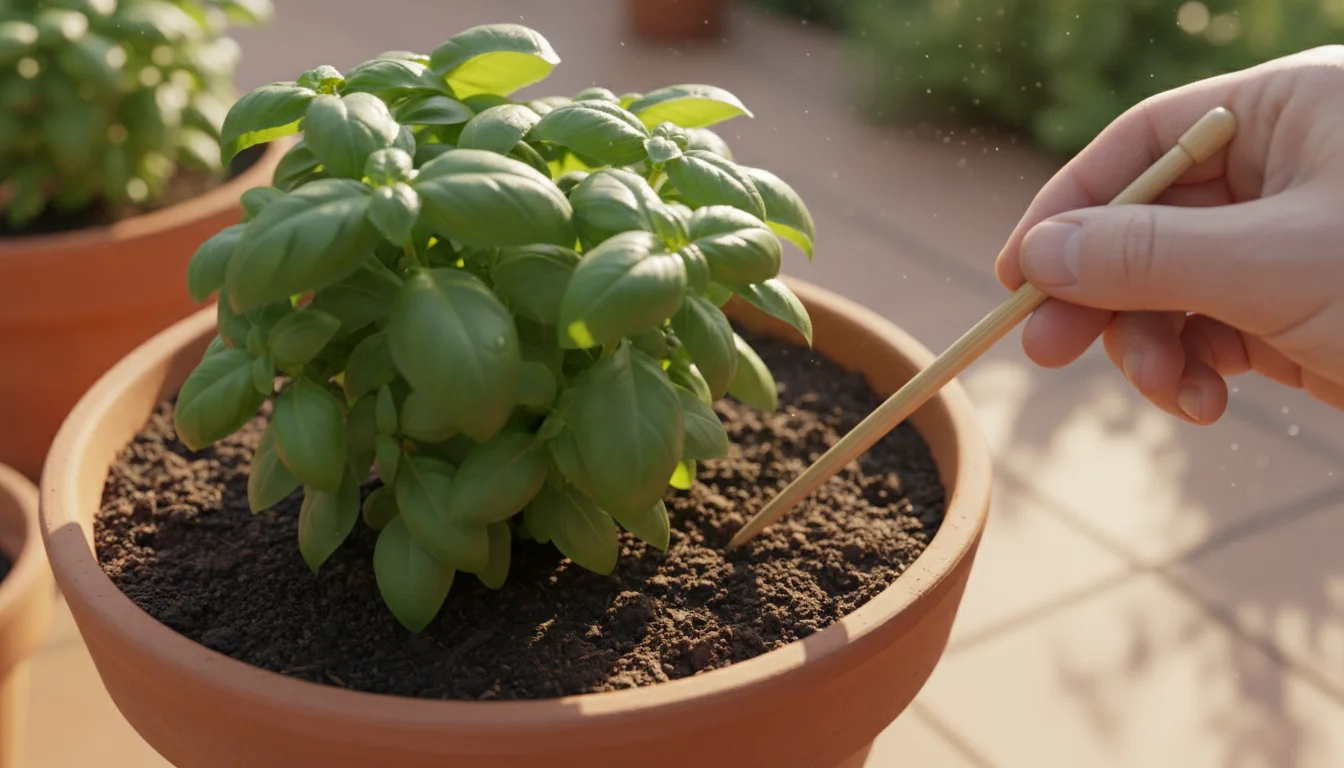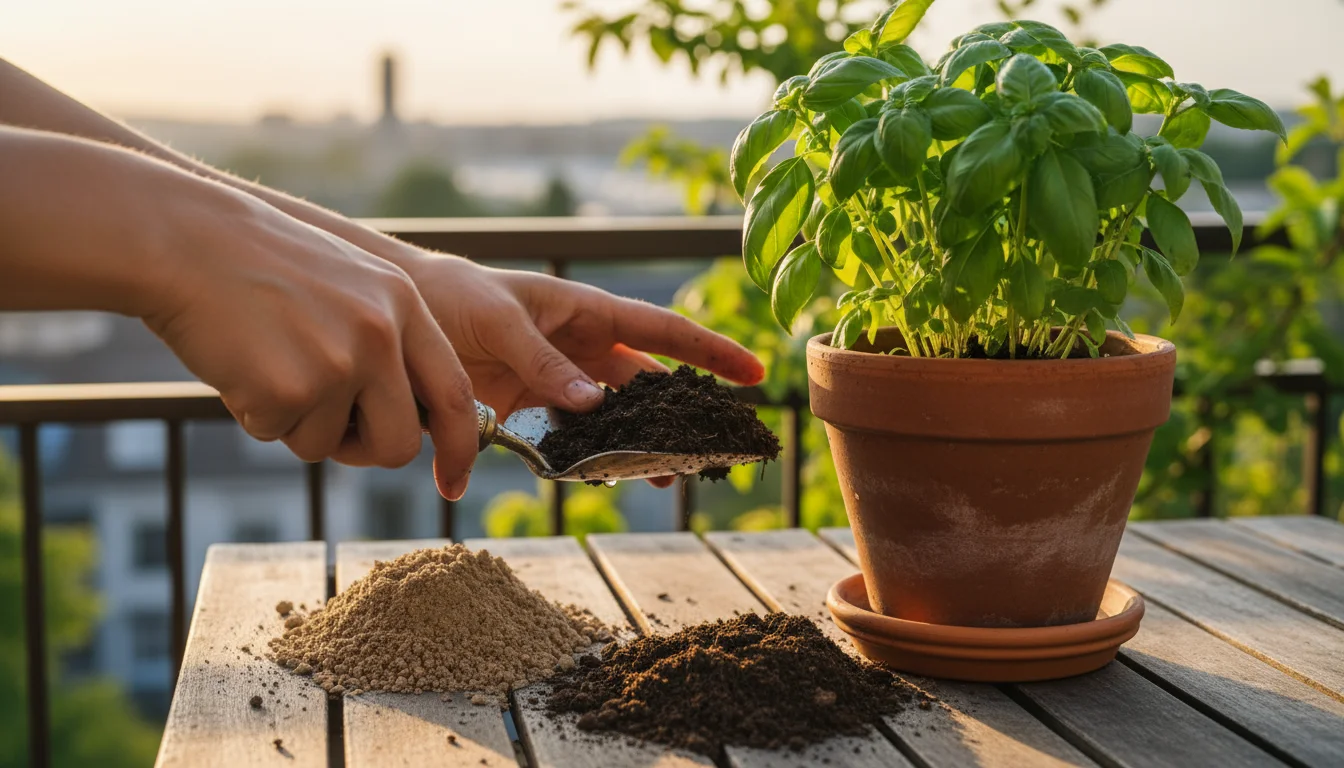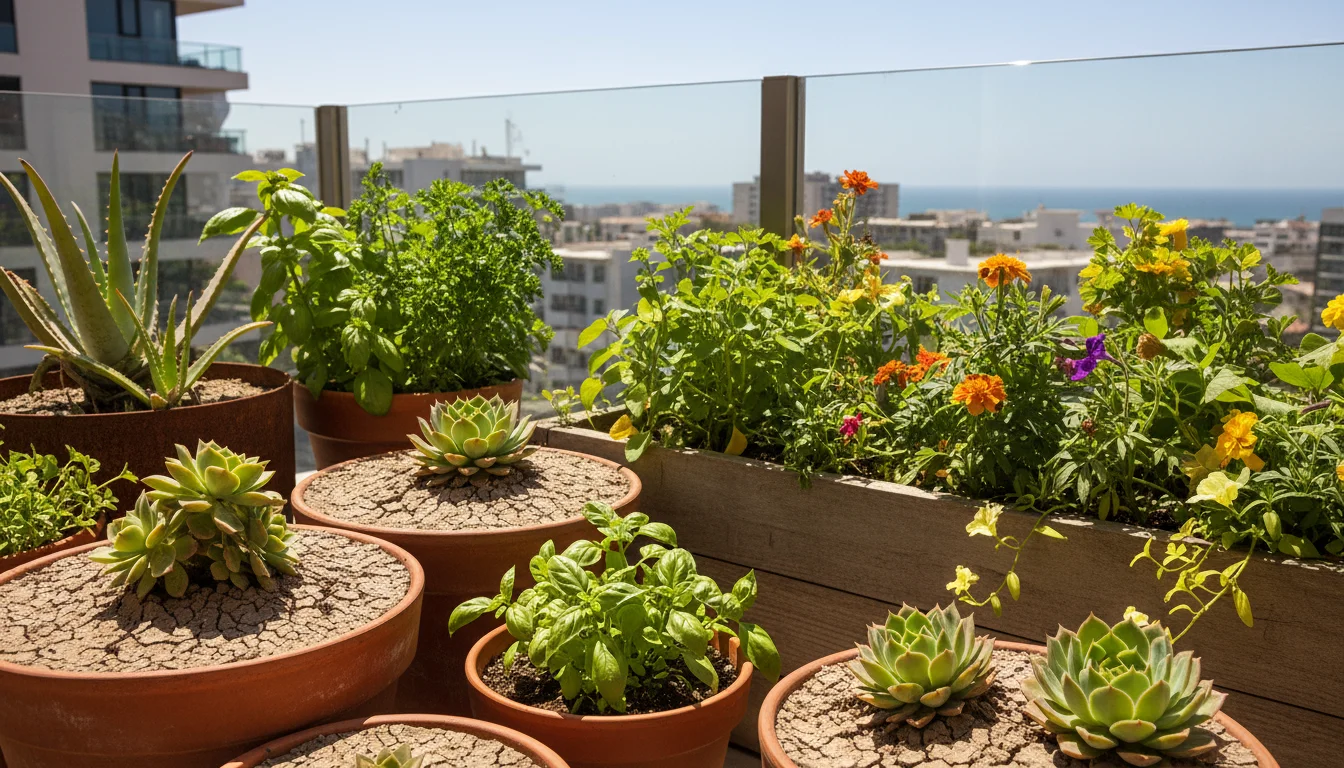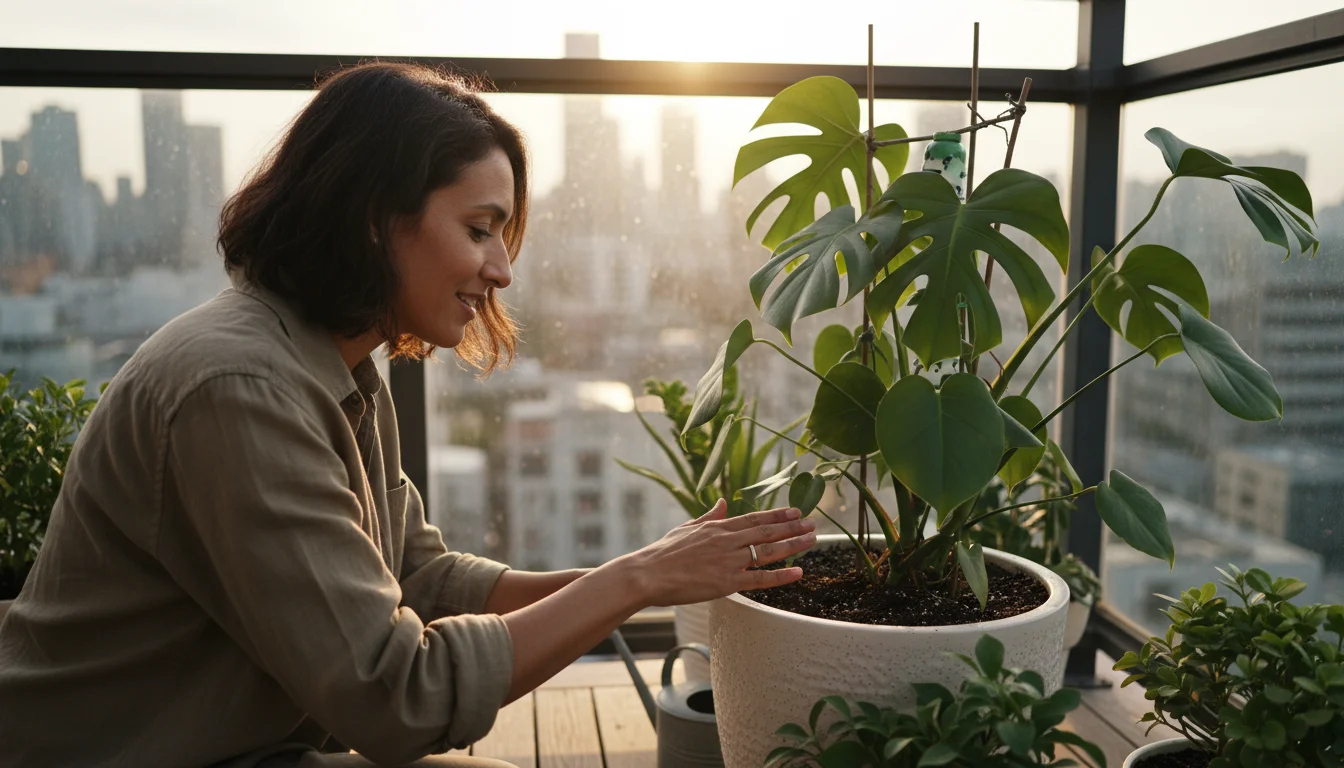As the vibrant colors of summer begin to fade and a chill enters the air, many gardeners face a bittersweet farewell to their beloved potted plants. For those with limited outdoor space or a deep attachment to a particularly prolific pepper plant or a stunning geranium, saying goodbye feels unnecessary. You do not have to let winter claim your favorites. Instead, rescue them! Overwintering your potted peppers and geraniums indoors saves you money, provides a head start on next season’s growth, and offers a rewarding gardening challenge.
This comprehensive guide walks you through the entire process, ensuring your cherished plants not only survive the winter but thrive, ready to burst into new life once spring arrives. We provide practical, actionable steps for both peppers and geraniums, helping you successfully transition them from your patio or balcony to a cozy indoor haven.
Why Overwinter Your Plants?
Overwintering your favorite potted plants offers several compelling advantages, especially for small-space gardeners and those aiming for a low-maintenance approach. It is an environmentally conscious decision that reaps significant benefits.
-
Save Money: Buying new plants every spring adds up quickly. Overwintering a healthy pepper plant or geranium means you bypass this annual expense. You invest once and enjoy multiple seasons of growth.
-
Larger, Earlier Harvests: An overwintered pepper plant is often more mature and robust than a new seedling. This translates to earlier fruit production and potentially a larger yield come next summer. Geraniums also establish themselves faster, offering earlier blooms.
-
Preserve Unique Varieties: Did you grow a rare chili pepper or a geranium with a particularly striking bloom? Overwintering ensures you do not lose those specific genetics. You can continue to enjoy your unique plants year after year.
-
Reduced Waste: Instead of composting or discarding spent annuals, you extend their lifespan. This reduces your gardening footprint, aligning with sustainable gardening practices.
-
Gardening Therapy: Tending to plants during the colder months provides a welcome connection to nature when outdoor gardening pauses. It keeps your green thumb active and offers a sense of accomplishment.
The decision to keep a pepper plant alive indoors over winter or care for potted geraniums in winter directly benefits your wallet and the environment, while enhancing your personal gardening journey.
Understanding Your Winter Guests: Peppers and Geraniums
While both peppers and geraniums are excellent candidates for bringing plants indoors, their specific needs during dormancy differ slightly. Understanding these nuances helps you provide optimal care.
Pepper Plants (Capsicum spp.)
Many common garden peppers, from bell peppers to spicy jalapeños and habaneros, are technically tender perennials. This means they live for more than one growing season in frost-free climates. In temperate zones, however, they die back with the first hard frost. Overwintering them indoors mimics their natural perennial cycle. During this period, you are not aiming for fruit production. Instead, you encourage a period of semi-dormancy, allowing the plant to rest and conserve energy.
- Goal: Maintain a living plant, not necessarily a producing one.
- Dormancy Level: Semi-dormant; they reduce growth but often retain leaves.
- Key Needs: Reduced water, cooler temperatures, some light.
Geraniums (Pelargonium spp.)
The vibrant plants commonly called “geraniums” in gardens are actually members of the Pelargonium genus, native to South Africa. Like peppers, they are tender perennials that cannot tolerate freezing temperatures. Overwintering geraniums is a time-honored tradition that allows gardeners to keep favorite varieties thriving. You aim for true dormancy or semi-dormancy, depending on your setup.
- Goal: Preserve the plant for new growth in spring.
- Dormancy Level: Can be fully dormant (bareroot) or semi-dormant (potted).
- Key Needs: Very reduced water, cool temperatures, minimal light for full dormancy. Potted plants need more light than bareroot.
The fall plant transition guide for both involves a critical shift in mindset from active growth to preservation.
Perfect Timing: When to Bring Plants Indoors
Successful overwintering hinges on precise timing. Bringing plants indoors too early can expose them to pests, while waiting too long risks irreversible cold damage. Monitor local weather forecasts carefully.
-
Watch the Forecast: Begin planning your indoor transition when nighttime temperatures consistently drop below 50°F (10°C). This typically occurs in early to mid-fall in many regions.
-
The “Danger Zone”: Aim to bring your plants inside before the first hard frost. A light frost, where temperatures dip just below freezing (32°F or 0°C) for a few hours, might cause minor leaf damage. A hard frost, sustained freezing temperatures, often kills tender plants or severely damages them. Do not wait for temperatures to hit the mid-30s; cold soil and air can stress plants significantly even before freezing.
-
Acclimatization (Optional but Recommended): If possible, gradually introduce your plants to their indoor environment. For a week or two, bring them indoors overnight and return them outside during the day. This reduces transplant shock, helping them adjust to lower light and humidity levels indoors.
This careful observation of environmental cues is a critical first step in how to keep a pepper plant alive indoors over winter and ensuring caring for potted geraniums in winter goes smoothly.
Pre-Winter Prep: Pruning for Success
Pruning is essential for preparing your plants for their indoor stay. It reduces the plant’s overall size, minimizes potential pest hiding spots, and directs the plant’s energy towards root health rather than extensive foliage.
For Pepper Plants:
-
Harvest All Remaining Fruit: Pick all peppers, ripe or unripe. The plant diverts energy to ripening fruit, energy it needs for survival. You can ripen green peppers indoors on a counter.
-
Aggressive Pruning: Pepper plants handle heavy pruning well. Using clean, sharp pruners, cut back stems by 50% to 75%. Aim for a sturdy framework, leaving two to three main branches and a few nodes (where leaves or branches emerge). Remove any yellowed, diseased, or leggy growth. The plant will look bare, but this conserves energy.
-
Remove Lower Leaves: Strip off any leaves that touch the soil. This minimizes disease risk and improves air circulation.
For Geraniums:
-
Deadhead and Remove Blooms: Snip off all spent flowers and any new flower buds. The plant needs to conserve energy, not produce flowers.
-
Prune for Shape and Size: Reduce the plant’s size by about one-half to two-thirds. Cut stems back to about 6-8 inches (15-20 cm) from the soil line, ensuring each stem has at least one node or leaf joint remaining. Remove any crossing, weak, or diseased stems. This promotes bushier growth in spring and reduces the plant’s footprint indoors.
-
Strip Lower Leaves: Remove any leaves that are yellowing or those that sit close enough to the soil to become damp, preventing fungal issues.
Proper pruning sets the stage for healthy overwintering peppers and geraniums, reducing stress and encouraging robust spring growth.
Pest Patrol: Eradicating Unwanted Guests
Bringing outdoor plants indoors inevitably risks introducing pests to your home. A thorough pest inspection and treatment are non-negotiable before the transition. Skipping this step can lead to an infestation that harms your overwintering plants and any other houseplants.
-
Thorough Visual Inspection: Before even thinking about bringing them inside, meticulously inspect every part of your plants. Check the undersides of leaves, along stems, and the soil surface. Look for aphids (tiny green, black, or red insects), whiteflies (small white moths that fly up when disturbed), spider mites (tiny dots, sometimes with fine webbing), and mealybugs (white, cottony masses).
-
Hose Down Vigorously: Use a strong spray of water from a hose to dislodge visible pests from leaves and stems. Ensure you spray the undersides too. This physically removes many insects. Repeat this daily for a few days if you notice a significant pest presence.
-
Insecticidal Soap Treatment: For more persistent pests, apply an insecticidal soap solution. Follow package directions for dilution. Spray the entire plant, making sure to cover all leaf surfaces, top and bottom. Insecticidal soap works by suffocating soft-bodied insects upon contact. You may need to apply it every 5-7 days for two to three weeks to break the pest life cycle. Neem oil is another organic option that can deter pests and fungi.
-
Soil Inspection and Treatment: Pests can also reside in the soil. Carefully inspect the soil surface for any signs of ants, fungus gnats, or other creepy crawlies. If you notice a high concentration of fungus gnats, which are attracted to moist soil, consider letting the soil dry out more between waterings, or top-dress with a layer of sand or diatomaceous earth.
-
Quarantine Period: Even after treatment, it is wise to quarantine new indoor plants for a week or two. Place them in a separate room or area away from your other houseplants. This allows you to monitor for any hidden pests that might emerge and prevents them from spreading.
This rigorous pest patrol is paramount for the health of your overwintering peppers, overwintering geraniums, and your entire indoor plant collection. Prevention remains easier than eradication.
The Great Transition: Potting and Soil
The pot and soil you choose significantly impact your plants’ health during their indoor dormancy. Proper drainage and a fresh growing medium are key to preventing rot and disease.
-
Evaluate Pot Size: If your pepper or geranium plant grew large outdoors, consider moving it to a slightly smaller pot for the winter. A smaller root ball requires less water, reducing the risk of overwatering indoors. Do not go too small; select a pot that comfortably accommodates the root system after pruning.
-
Fresh Potting Mix: Always use a fresh, high-quality potting mix. Do not reuse old soil, as it may harbor pests, diseases, or depleted nutrients. A good potting mix offers excellent drainage, which is crucial for indoor plants.
-
Ensure Drainage: Regardless of the pot material, it must have drainage holes. Water accumulation in the bottom of the pot leads to root rot, a death sentence for many plants. If your decorative pot lacks holes, use it as a cachepot (a decorative cover) for a utilitarian pot with drainage.
-
Repotting Process:
- Gently remove the plant from its current pot.
- Loosen any circling or matted roots at the bottom. Trim away any dead or unhealthy roots.
- Add a layer of fresh potting mix to the new pot.
- Center the plant, ensuring the top of the root ball sits about an inch below the rim of the pot.
- Fill around the root ball with more fresh potting mix, gently tamping it down to remove large air pockets. Do not compact it too tightly, as this hinders drainage and aeration.
- Water thoroughly after repotting.
For geraniums, some gardeners opt for a “bareroot” overwintering method, particularly for large or numerous plants. This involves:
-
Digging the plant up from the soil before frost.
-
Shaking off excess soil from the roots.
-
Pruning the foliage significantly, leaving just a few inches of stem.
-
Placing the bareroot plants in paper bags or newspaper, then storing them in a cool, dark, dry place (like a basement) where temperatures remain between 40-50°F (4-10°C). Check periodically and mist roots lightly if they appear shriveled.
-
Re-potting in fresh soil in late winter/early spring.
While effective for geraniums, this bareroot method is generally not recommended for overwintering peppers, which prefer to remain potted with some foliage.
Indoor Care Guide: Light, Water, Temperature
Once inside, your plants enter a period of reduced activity. Adjusting light, water, and temperature to mimic dormancy is crucial for their survival and health. This is your fall plant transition guide for indoor success.
Light Requirements:
-
Peppers: Need bright, indirect light. A south-facing window is ideal. East or west-facing windows can work, but rotate the plant periodically for even light exposure. If natural light is insufficient (common in winter), consider supplementing with a grow light for 8-12 hours a day. This helps prevent leggy growth.
-
Geraniums (Potted): Also prefer bright, indirect light. A sunny window will help them retain some foliage and stay compact. If light is minimal, they may drop most of their leaves and go into a deeper dormancy. They will still survive but will look less appealing.
Watering Schedule:
This is where most overwintering plants fail. Less is definitely more.
-
Peppers: Allow the top inch or two of soil to dry out completely before watering. Then, water thoroughly until it drains from the bottom. Do not let the pot sit in standing water. Depending on your home’s humidity and the pot size, this might mean watering every 1-3 weeks. Overwatering leads to root rot.
-
Geraniums (Potted): Water very sparingly. Allow the soil to dry out almost completely between waterings. If you are aiming for true dormancy, water perhaps once every 3-4 weeks, just enough to prevent the roots from shriveling. For plants retaining more foliage, water when the top two inches of soil are dry. Remember, caring for potted geraniums in winter means significantly less water.
Temperature and Humidity:
-
Ideal Temperature Range: Both peppers and geraniums prefer cooler indoor temperatures during winter dormancy, ideally between 50-60°F (10-15°C). Avoid placing them near heat vents or drafty windows. Cooler temperatures help them conserve energy and reduce pest activity.
-
Humidity: Homes in winter are often dry due to heating systems. While peppers and geraniums tolerate average household humidity, extremely dry air can stress them. You can increase local humidity with a pebble tray (a shallow tray filled with pebbles and water, ensuring the pot sits above the waterline) or a small humidifier. Misting is generally less effective for long-term humidity.
Fertilizing: Stop fertilizing both plants during their indoor dormancy. They are resting, not actively growing, and added nutrients at this stage can cause more harm than good. Resume light fertilization in late winter or early spring as new growth emerges.
Common Winter Challenges and Solutions
Even with the best intentions, you might encounter a few hurdles while keeping a pepper plant alive indoors over winter or caring for potted geraniums in winter. Knowing how to address them quickly helps save your plants.
-
Yellowing Leaves and Leaf Drop:
-
Cause: Often a sign of environmental shock, overwatering, or insufficient light. It is normal for plants to shed some lower leaves as they adjust to lower light and humidity. Peppers might drop a significant number of leaves, especially the lower ones.
-
Solution: Check your watering schedule. Ensure the soil dries out between waterings. Increase light if possible. If leaf drop is severe for peppers, trim back any dead branches. For geraniums, some leaf drop indicates dormancy; just ensure stems remain firm.
-
-
Leggy Growth:
-
Cause: Insufficient light. Plants stretch towards the nearest light source, resulting in weak, elongated stems with sparse foliage.
-
Solution: Move the plant to a brighter location. Supplement with a grow light if natural light is inadequate. You can prune back leggy growth in late winter to encourage bushier development in spring.
-
-
Pest Recurrence:
-
Cause: Pests can be tenacious. Eggs or nymphs may have been missed during the initial inspection, or new pests could have entered from other sources.
-
Solution: Immediately isolate the affected plant. Repeat the pest treatment steps: hose down, apply insecticidal soap or neem oil every 5-7 days until the pests are gone. Consistency is key.
-
-
Root Rot:
-
Cause: Almost always due to overwatering and/or poor drainage. Symptoms include wilting leaves despite moist soil, a foul odor from the soil, and mushy stems.
-
Solution: Act quickly. Remove the plant from its pot. Trim off any black, mushy, or unhealthy roots. Repot into fresh, well-draining soil in a clean pot with proper drainage. Allow the plant to dry out significantly before the next watering. It is a severe condition, and recovery is not always guaranteed, but early intervention helps.
-
-
Fungus Gnats:
-
Cause: These small, black, mosquito-like flies thrive in consistently moist potting mix, feeding on decaying organic matter and sometimes delicate plant roots.
-
Solution: The best defense is allowing the top inch or two of soil to dry out completely between waterings, eliminating their breeding ground. You can also use sticky traps to catch adults, or apply a layer of sand or diatomaceous earth to the soil surface to deter them.
-
Regularly inspecting your plants and promptly addressing issues helps ensure a successful overwintering period.
Spring Awakening: Reintroducing Plants Outdoors
As winter retreats and warmer temperatures return, your overwintered plants are ready for their grand re-entry to the outdoors. This transition, like bringing them indoors, requires a gradual approach to avoid shock.
-
Timing the Return: Wait until all danger of frost has passed and nighttime temperatures consistently stay above 50°F (10°C). This is usually late spring, around April or May, depending on your climate zone.
-
Gradual Acclimatization (Hardening Off): This step is critical. Do not move your plants directly from indoors to full sun. The sudden change in light, temperature, and wind can severely burn leaves and shock the plant.
-
Week 1: Place plants in a shaded, protected spot outdoors for a few hours each day, perhaps morning only. Bring them inside every night.
-
Week 2: Increase their time outdoors and gradually expose them to more light. Move them to an area that gets morning sun, then shift to part-day sun. Continue bringing them in at night if temperatures are still cool.
-
Week 3: By now, they should tolerate a full day outside in partial sun. Start leaving them out overnight if nighttime temperatures are reliably warm. Gradually transition them to their final, sunny location.
-
-
Pruning for Spring Growth: As new growth emerges, you can lightly prune your plants again to shape them and encourage bushier development. For peppers, pinch back new growth tips to promote branching. For geraniums, trim any remaining leggy stems to encourage a compact form.
-
Fertilization: Once plants are settled back outdoors and show active new growth, begin a regular fertilization schedule with a balanced liquid fertilizer, following product instructions. This helps fuel their transition back to vigorous outdoor growth and flowering/fruiting.
-
Repotting (Optional): If your plants grew significantly indoors, or if you plan for an even larger harvest, consider repotting them into slightly larger containers with fresh potting mix after hardening off.
This careful reintroduction ensures your overwintered peppers and geraniums bounce back strong, ready to provide another season of beauty and bounty.
Frequently Asked Questions
Can I overwinter all types of peppers?
Most common garden peppers (Capsicum annuum, Capsicum chinense, Capsicum frutescens, Capsicum baccatum, Capsicum pubescens) are tender perennials and excellent candidates for overwintering. This includes bell peppers, jalapeños, habaneros, and many ornamental varieties. Some rarer or very compact types might have different specific needs, but the general principles apply.
Do I need special equipment to overwinter plants?
While a grow light certainly helps, it is not always mandatory. If you have a bright, south-facing window that receives ample indirect light, your plants can survive. However, a simple LED grow light significantly improves their chances, reducing legginess and encouraging healthier dormancy. Other essential items include sharp pruners, insecticidal soap, and fresh potting mix.
My geraniums look almost dead after overwintering; is that normal?
Yes, particularly if you overwintered them in a very cool, dim spot or used the bareroot method. Geraniums often drop most or all of their leaves during dormancy, entering a resting state. As long as the stems are firm and not mushy, the plant is likely still alive. In spring, when you provide warmth, light, and water, they should sprout new growth from the nodes.
How do I prevent pests from returning indoors?
Vigilance is key. Regularly inspect your plants, especially the undersides of leaves, every time you water. Maintain good air circulation around your plants. If you notice any signs of pests, immediately isolate the affected plant and treat it with insecticidal soap or neem oil. A proactive approach helps prevent major infestations.
Can I overwinter other plants using these methods?
Many other tender perennials benefit from similar overwintering techniques. Examples include fuchsias, impatiens (certain types), coleus, and some herbs like rosemary. Research the specific needs of each plant, as some prefer cooler dormancy while others prefer warmer, brighter conditions, but the general principles of pruning, pest control, and reduced watering often apply.
For trustworthy gardening information, visit: Connecticut Agricultural Experiment Station, Massachusetts Horticultural Society and Denver Botanic Gardens. These organizations provide expert, research-based advice for gardeners at all levels.
Disclaimer: This article is for informational purposes only and is not a substitute for professional gardening advice. Always consult local extension services or horticulture experts for region-specific guidance.
